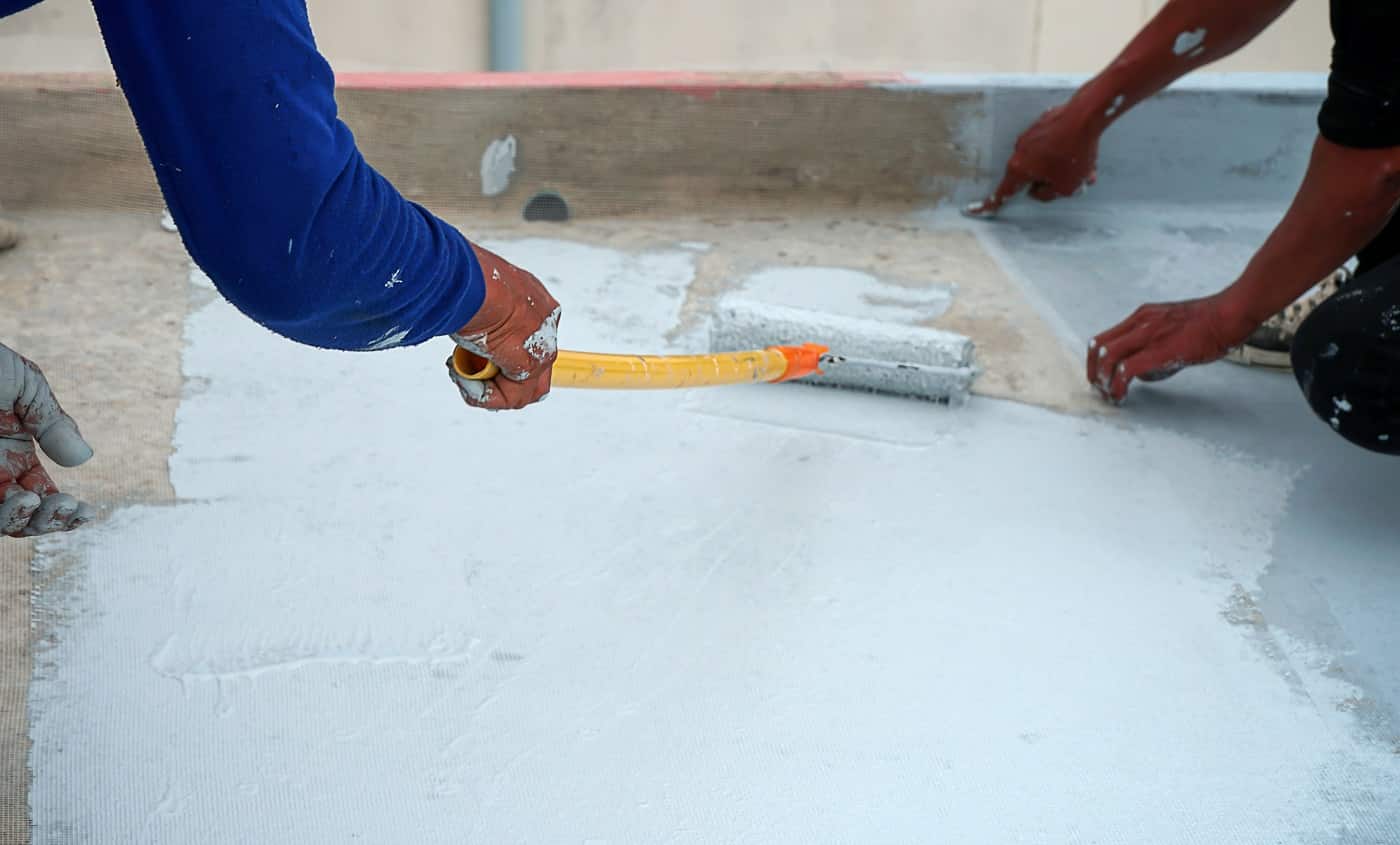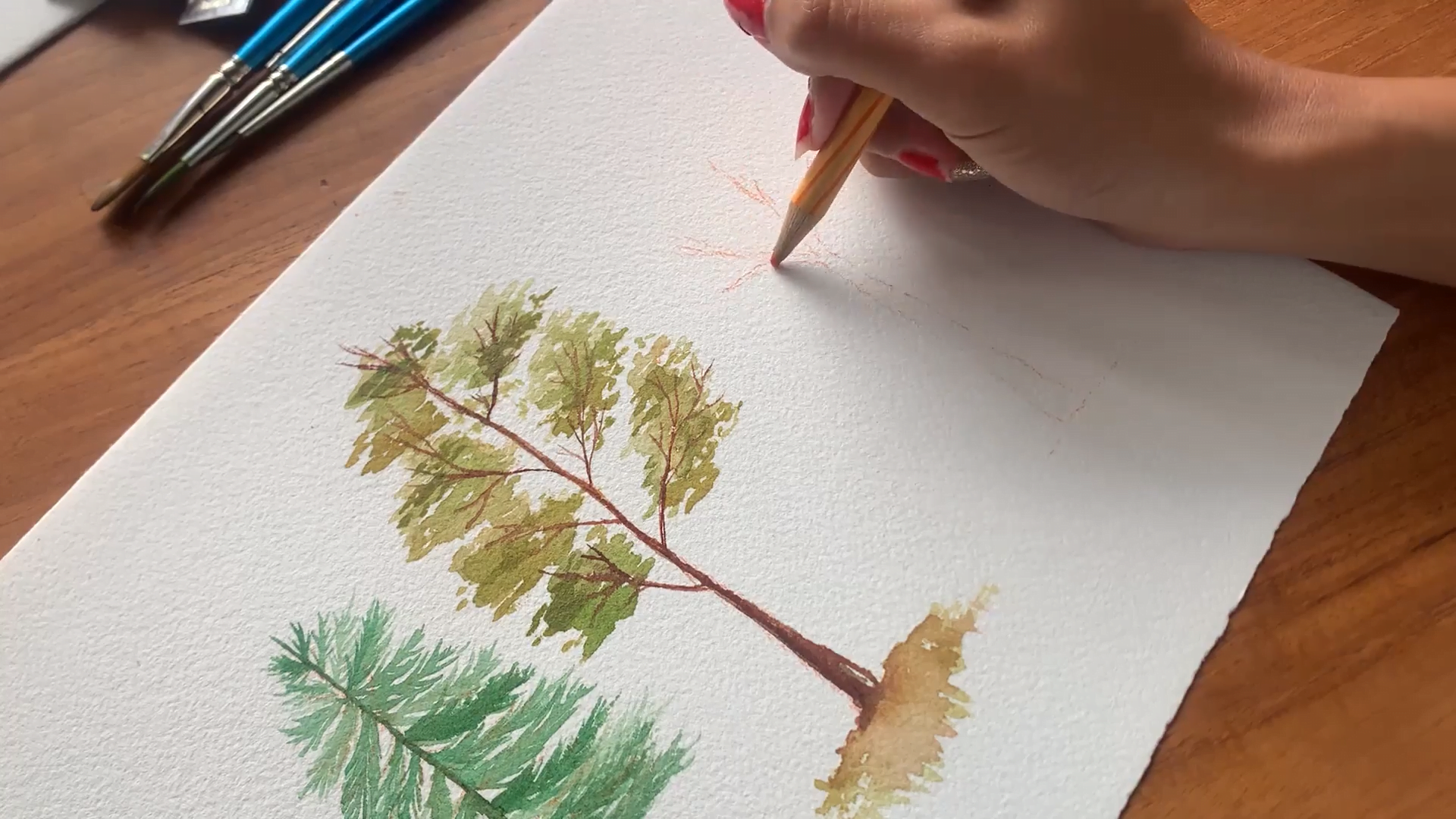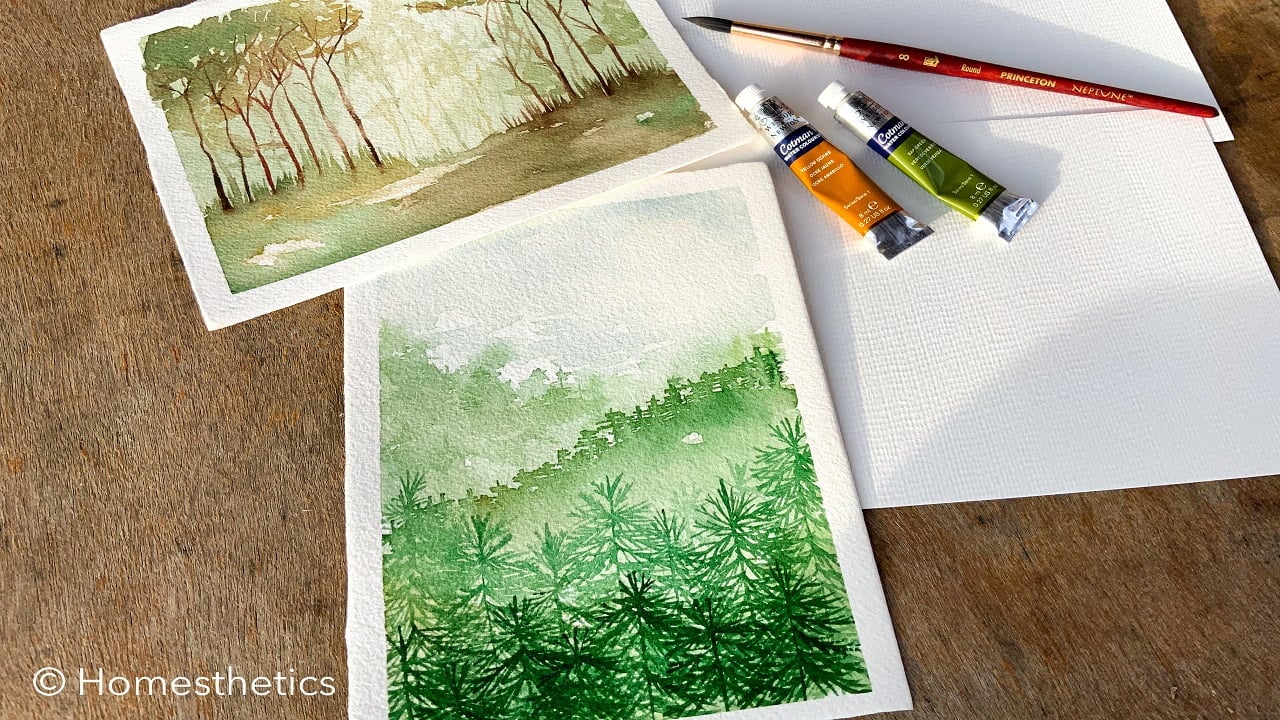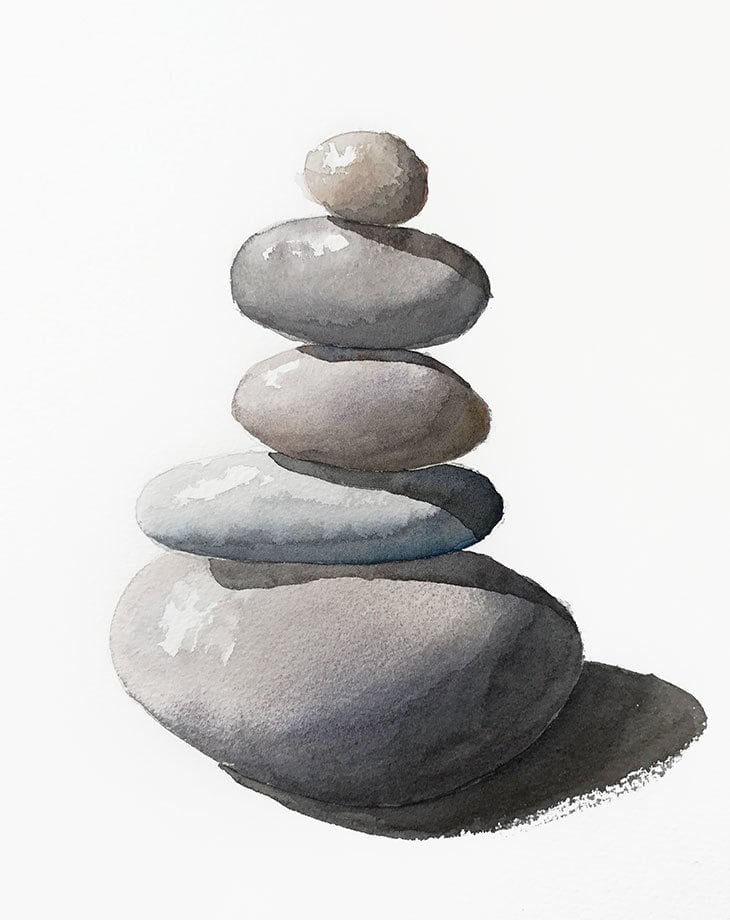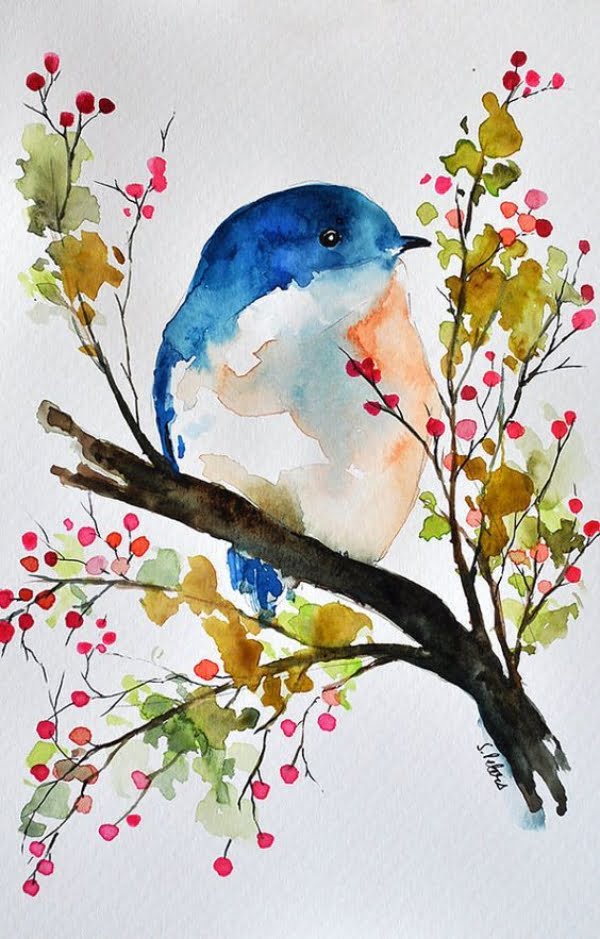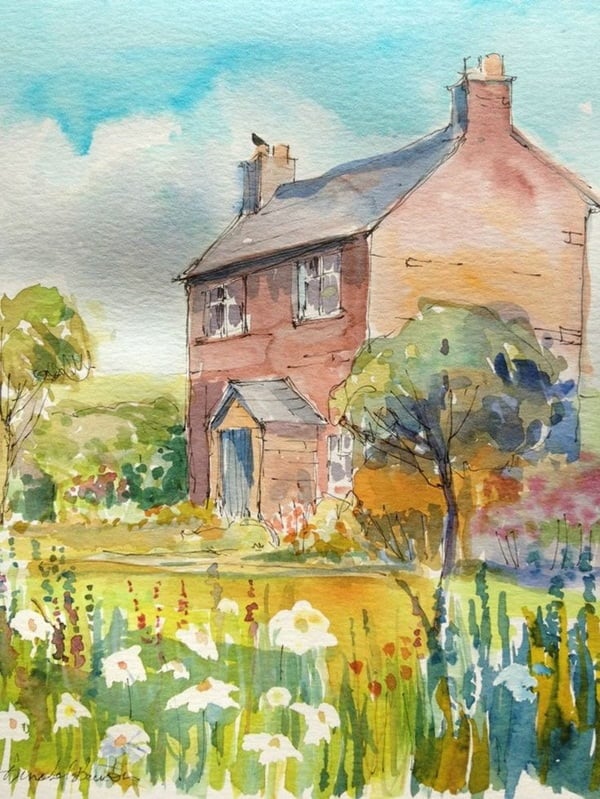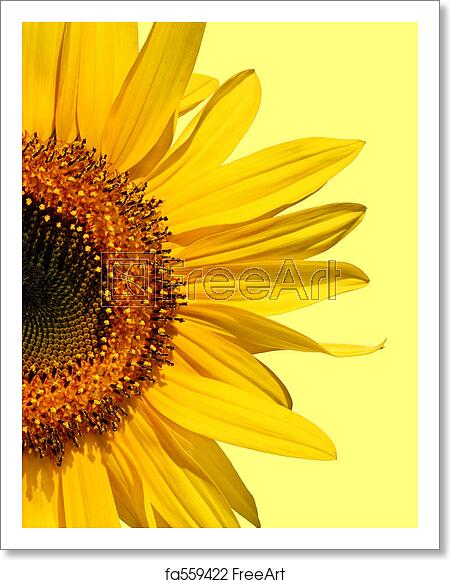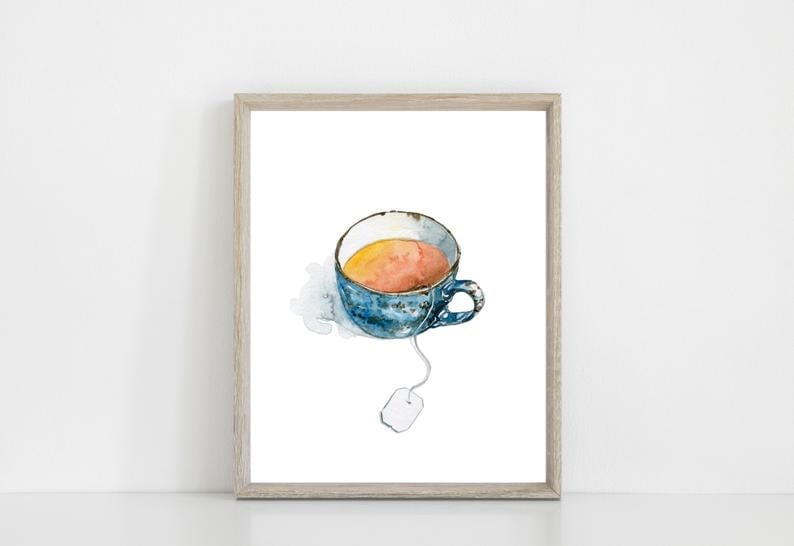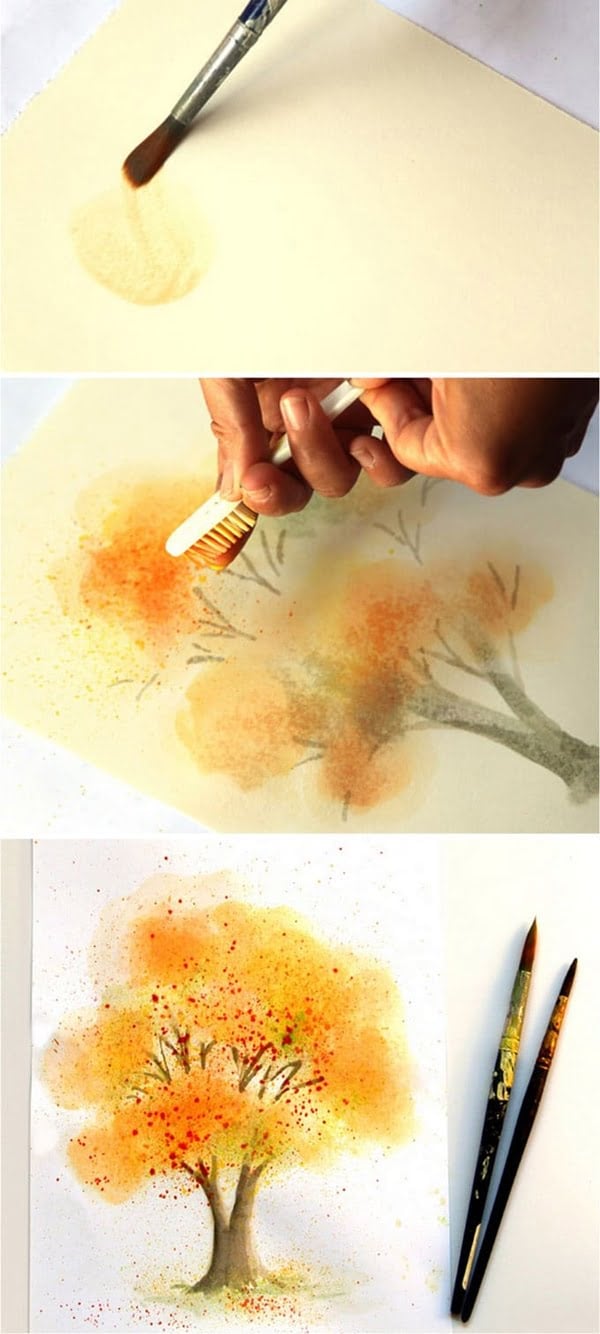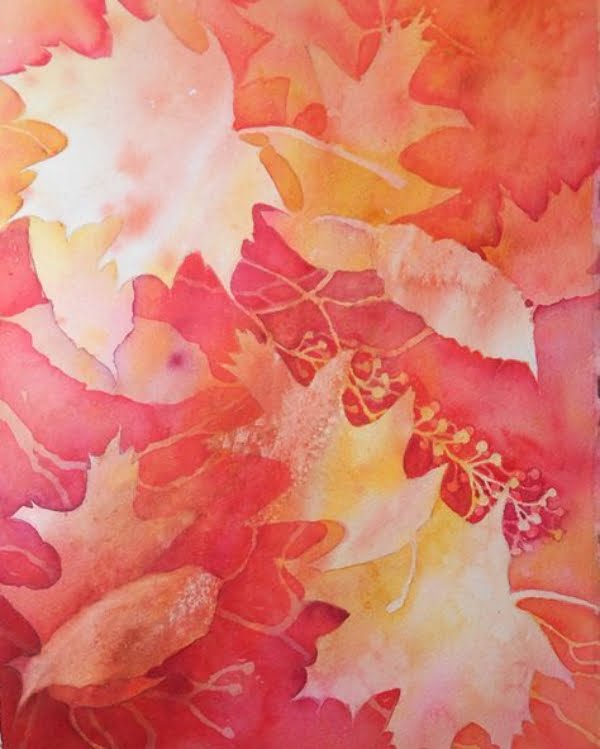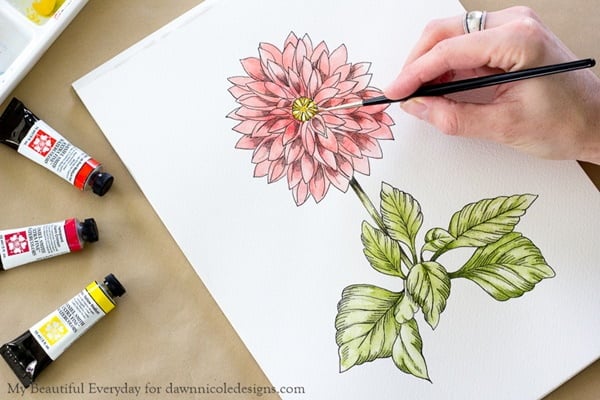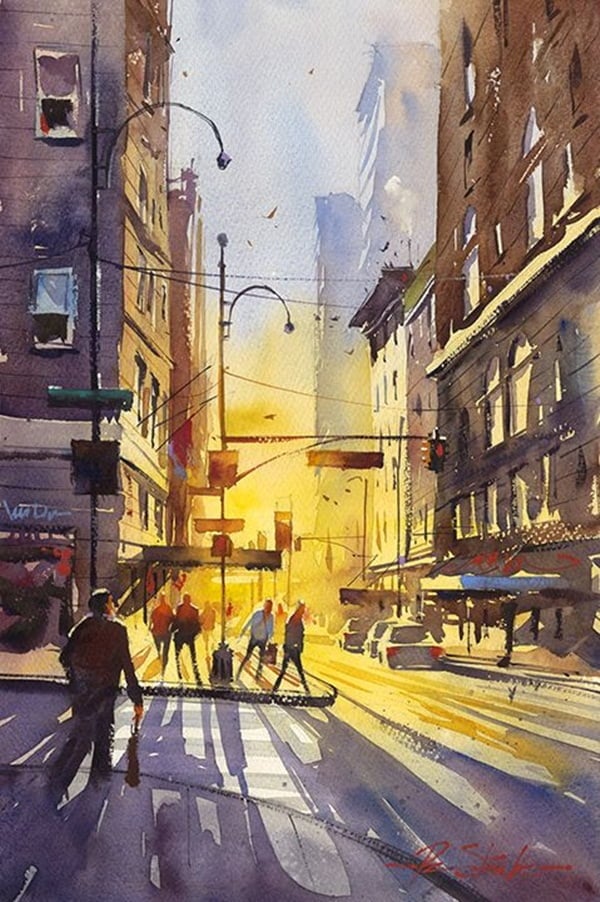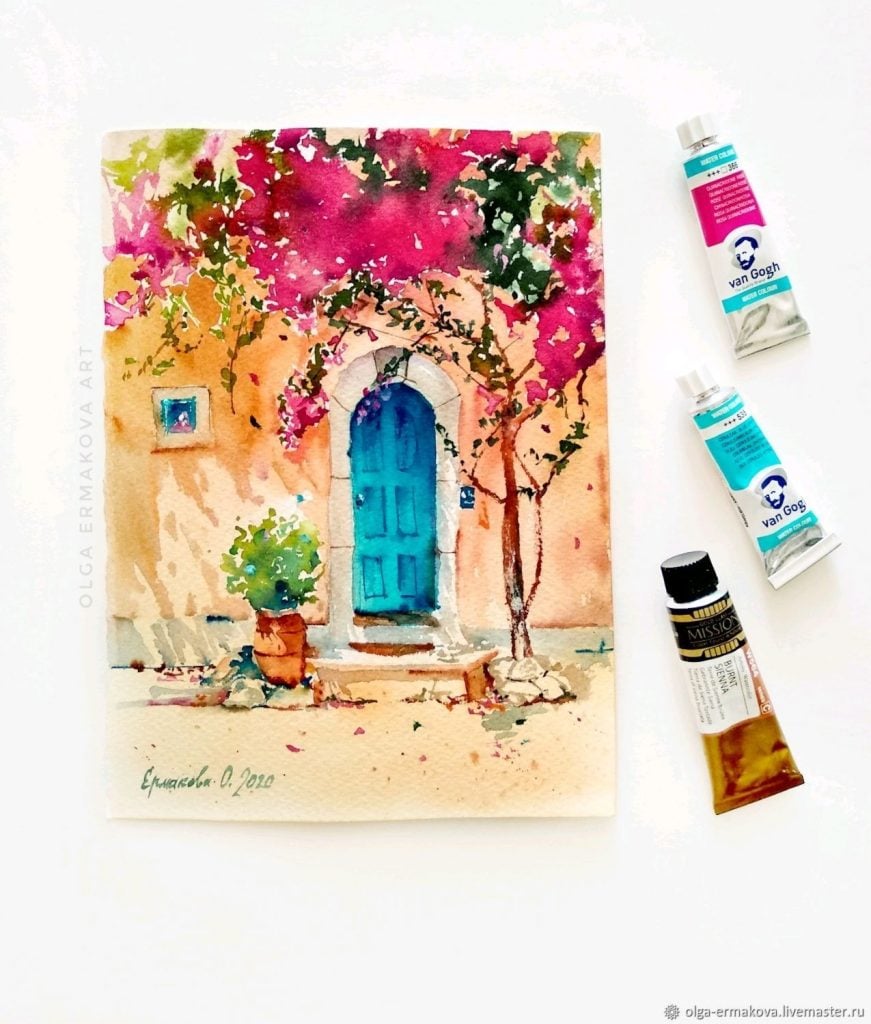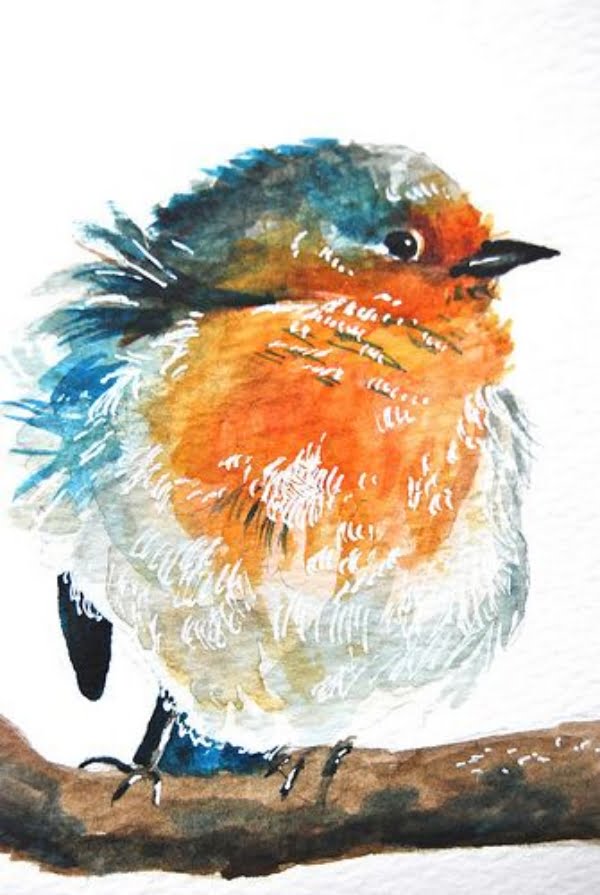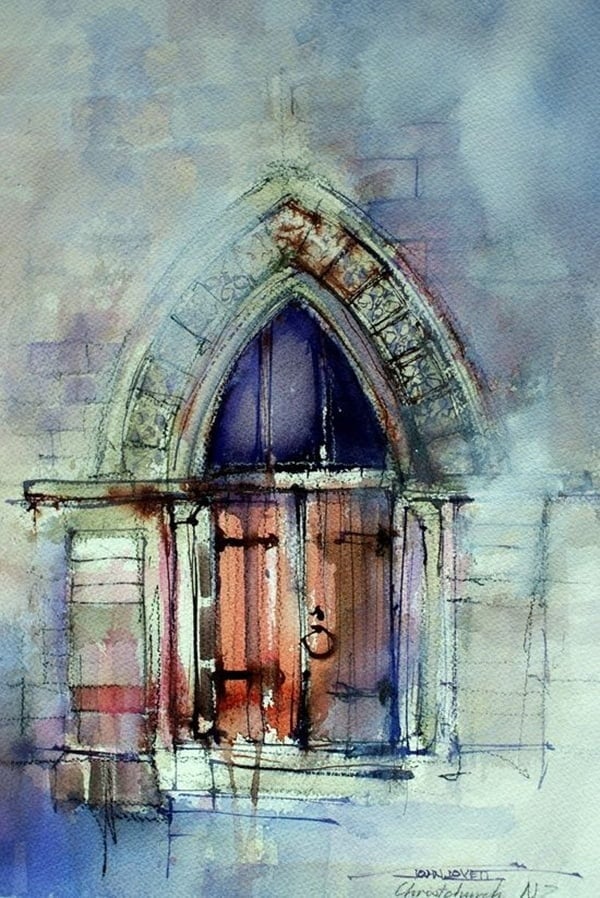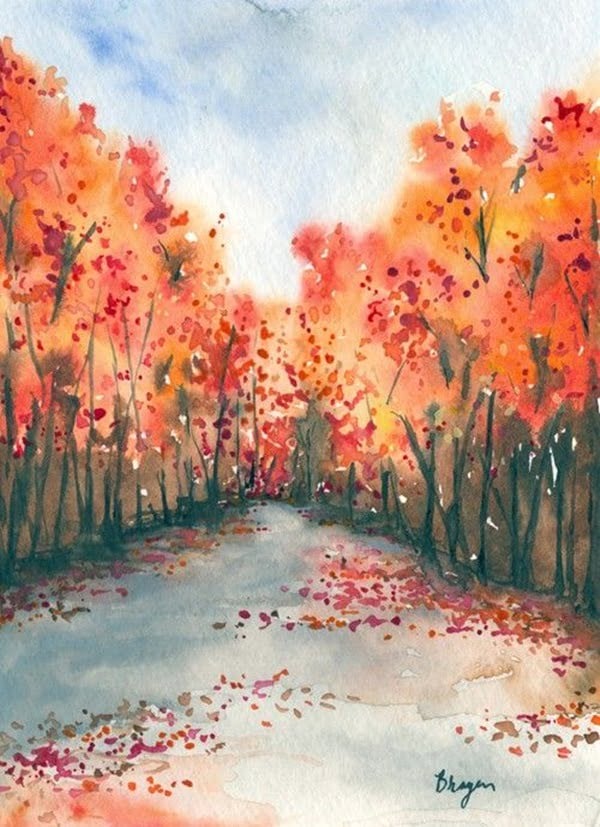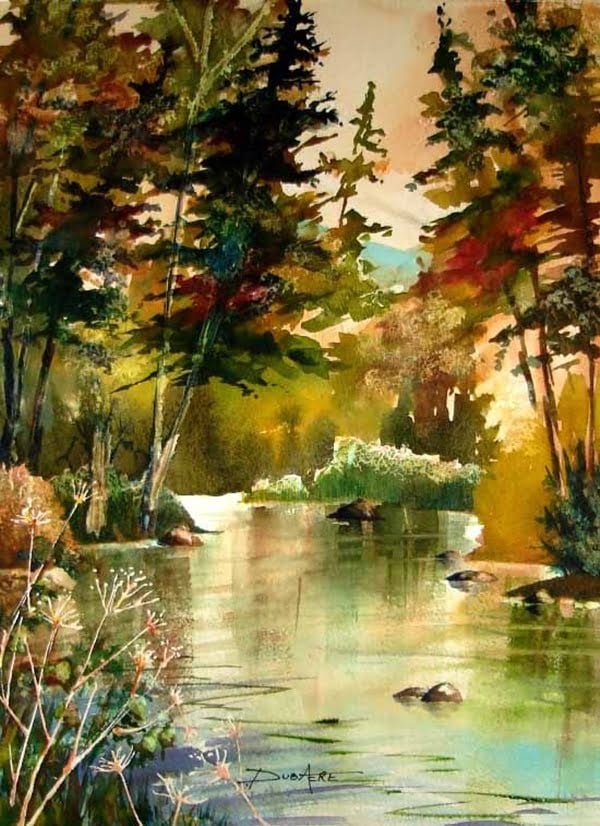If you feel that you need to give your Christmas preparations this year a makeover to revitalize your home, you will understand the importance of buying more decorative items. One of the most integral parts of Christmas decorations in every American home is the inclusion of burlap ribbons and wreaths.
For those of you who are looking for some fresh décor ideas to make your house beautiful, ambient, warm, and cozy this year and fully enjoy the Christmas spirit, we have put together a list of the best Christmas decoration burlap ribbons and burlap wreaths that you should consider buying.
Best Burlap Ribbon Options
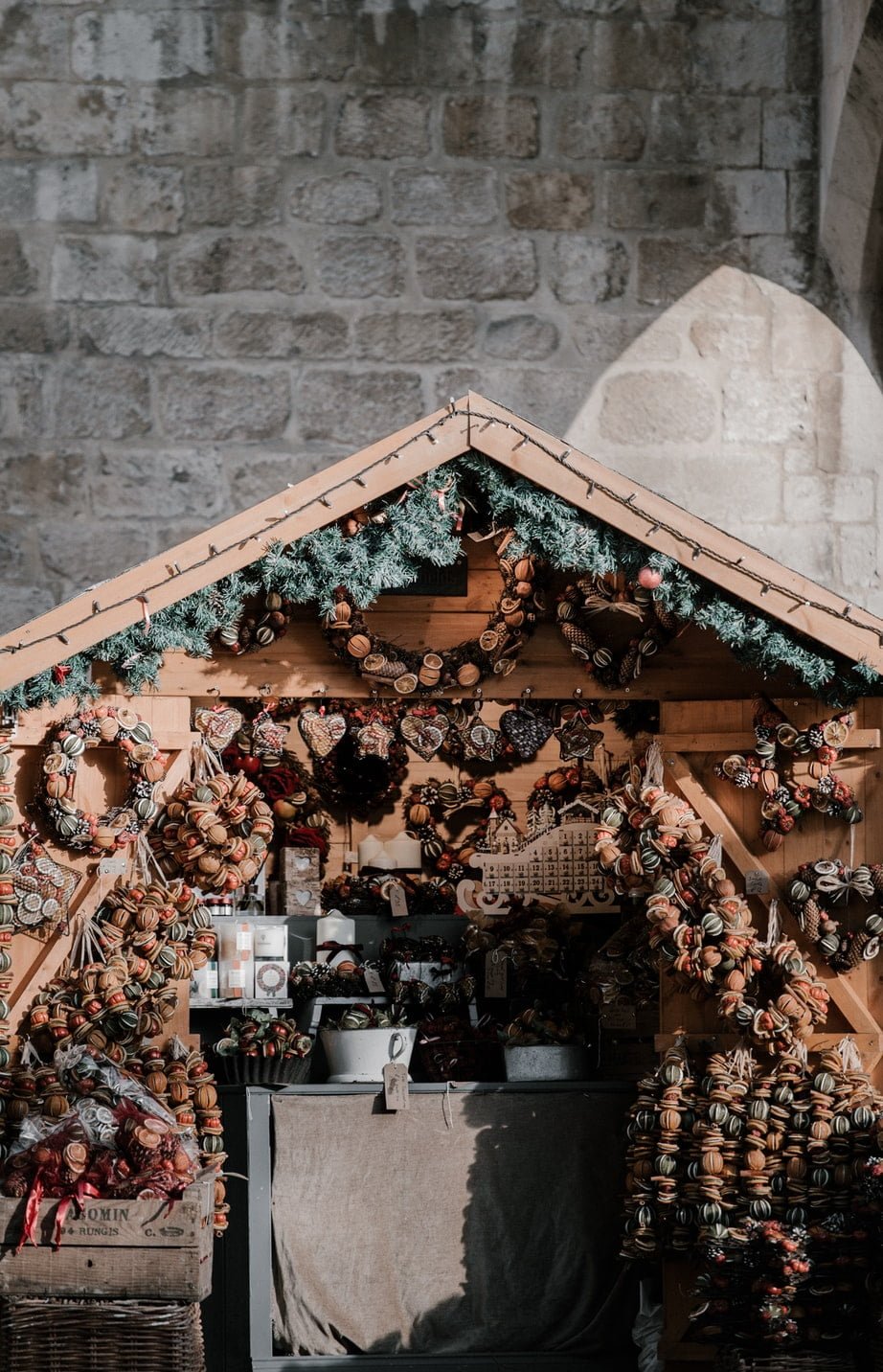
We are going to start off with reviews of some of the best burlap ribbon options that you can purchase for Christmas 2022.
1. Natural Burlap Ribbon Rolls Set by Etercycle – Most Practical Set
Etercycle came out with a burlap ribbon roll set that includes 12 different styles of burlap ribbon rolls. It is our top choice as it is the most pragmatic product out there. It is the perfect Christmas décor item.
All of the items within the Natural Burlap Ribbon Rolls Set by Etercycle are made using soft and natural jute material, which is durable and of good quality. The burlap ribbon rolls consist of ribbons made in a way that they are not easy to break or tear. This means that the Natural Burlap Ribbon Rolls Set by Etercycle is an investment that can last a long time before any natural wear and tear start to affect its quality.
Each of the ribbons in the Natural Burlap Ribbon Rolls Set by Etercycle is 6-and-a-half feet long with varying width options that you can choose from. There is a jute twine in the package as well as four burlap flowers with two different designs that you can choose.
Easy to use, the Natural Burlap Ribbon Rolls Set by Etercycle comes in small rolls that you can cut at any length and shape. You can use the set and combine all the different burlap ribbon rolls to be as creative as you want to be with your Christmas decoration needs.
2. Burlap Ribbon Twine Set by M&A Décor – Best Unique Burlap Ribbon Set
M&A Décor really knows how to help people prepare for special occasions throughout the year with their wonderful line of products. It comes as no surprise that when looking for the best products to help you prepare for Christmas celebrations this year, a product by M&A Décor is also on the list.
The Burlap Ribbon Twine Set for Crafts Wired 2 inch ribbon jute string on a spool by M&A Décor is a set of wired burlap lace and jute twine, perfect for all kinds of Christmas decoration options. The burlap ribbons in the Burlap Ribbon Twine Set for Crafts Wired by M&A Décor are 2 inches wide and 5 yards long. It is safe to say that there is more than enough length in one set for the entire Christmas decorations for your home.
The Burlap Ribbon Twine Set for Crafts Wired by M&A Décor features wired ribbons that make it a lot easier for you to create as many shapes as necessary or your Christmas decoration options. You can go for customized decor as simple or as complex as you require. How you use the Burlap Ribbon Twine Set for Crafts Wired by M&A Décor is all a matter of your personal preference.
3. Natural Burlap Roll with White Lace Trims – Easy to Use Burlap Ribbon Set
SS Shovan is known for its Christmas decoration items. The reason for this is that their products are simple and elegant. Very easy to use, SS Shovan products help customers get a complete look for their Christmas decorations so that they can enjoy the holiday season with the cozy and warm vibes that their products create.
The Natural Burlap Ribbon Roll with White Lace Trims Tape by SS Shovan comes in a set of 6 different rolls of natural burlap ribbons. Their white lace trips have an intricate yet elegant design, giving a rustic aesthetic to the products.
79 inches of ribbon in each spool of the Natural Burlap Ribbon Roll with White Lace Trims Tape by SS Shovan give you more than enough length to make your own way as far as Christmas decorations are concerned. Use your imagination and craft the perfect set of ribbon decorative elements for your home’s Christmas decoration this year.
The Natural Burlap Ribbon Roll with White Lace Trims Tape by SS Shovan is definitely one investment you want to make for an enjoyable and memorable Christmas with your family this year. Set your imagination free with this product and satisfy your creativity by exploring your decorative options through this wonderful product.
4. Natural Burlap Ribbon with Lace – Best Short Burlap Ribbon
When you are finalizing your Christmas preparation list for decorating your home, you might think you are done and you have almost everything sorted out. But after a few days, you may feel like something is missing and there a need to add to the decorations. That’s where you need something like this.
LWR Crafts introduced this simple and effective product in convenient packaging. The Natural Burlap Ribbon with Lace by LWR Crafts is a 2 3/8 inch thick ribbon that is around 6 feet long. Made from completely natural jute fabric and embellished with lace in blue color, the Natural Burlap Ribbon with Lace by LWR Crafts is a pretty good way to add to your Christmas décor without making it too obvious.
For those who love the simplicity and do not want wastage, the Natural Burlap Ribbon with Lace by LWR Crafts is perfect for decorating your home this Christmas. LWR Crafts has created this product with lacings of four different colors that you can choose from White, blue, pink, and grey. You can choose a combination of the different colors to create wonderful decorations so that you and your family can enjoy a warmer and cozier Christmas this year.
5. Natural Burlap Flowers Set by Amaoz – Best Burlap Ribbon and Flower Set
Sometimes, you need a comprehensive solution when it comes to your Christmas decorations. While it is fun to be able to make your own Christmas decoration ornaments by customizing the ribbon spools, it can be a lot of effort. That is where products like the Natural Burlap Flowers Set by Amaoz come in to make your life easier.
The Natural Burlap Flowers Set by Amaoz is a complete set of natural burlap ribbons, which has readymade burlap flowers that have a unique and rustic feel to them. The fabric used is natural jute, which is adorable and has a chic finish to it.
The Natural Burlap Flowers Set by Amaoz consists of a set of 12 different handmade burlap ribbon flowers as well as other cute decorative elements. That and the fact that there are four different rolls of burlap ribbons Natural Burlap Flowers Set by Amaoz that are laced with exquisitely done white trimmings make it a set that you should really consider getting this year.
The best thing about it is that you can use the Natural Burlap Flowers Set by Amaoz for decorations throughout the year for a variety of different applications, other than for Christmas decorations.
6. Burlap Ribbon with Artificial Vine Leaves – Best Artificial Leaves Set
Are you looking to achieve a greener and more natural look for your Christmas decorations this year? Sometimes, it pays off to go for something out of the box when it comes to your Christmas décor and create an ambiance that is odd yet refreshing at the same time.
If you really are going for it, then the Natural Jute Twine, 5MM Burlap Leaf Ribbon with Artificial Vine Green Leaves is your best bet to getting creative with your Christmas decorations this year. The premium quality Natural Jute Twine, 5MM Burlap Leaf Ribbon with Artificial Vine Green Leaves is essentially a burlap ribbon with artificial leaves attached, which creates a natural-looking environment.
If you are looking to add a touch of nature to the ornamental display on this auspicious occasion, then the Natural Jute Twine, 5MM Burlap Leaf Ribbon with Artificial Vine Green Leaves gives you the ability to do just that. The jute rope used is 4-ply which allows it to remain soft yet durable at the same time.
The Natural Jute Twine, 5MM Burlap Leaf Ribbon with Artificial Vine Green Leaves is the best way to add some greens in a natural style to your home for creating a warmer and cozier ambiance for Christmas this year.
7. Burlap Ribbon for Christmas Decoration - Best Sturdy Burlap Ribbon
If you want the perfect product to put the finishing touches of all your hard work into your Christmas decorations, you want to add something that has a delicate look along with a strong finish so that it can stay this way throughout the holiday season. David Accessories has made just something that might fit that role.
The Burlap Ribbon for Christmas Decoration by David Accessories is a simple solution for all the Christmas decoration enthusiasts who are looking for a solid bit of ornamental ribbon, which will make their decorative work look even better this Christmas. The Burlap Ribbon for Christmas Decoration by David Accessories consists of a readymade and well-bound burlap ribbon flower.
In order to ensure that this beauty retains its shape for a long time, the ribbon used in the Burlap Ribbon for Christmas Decoration by David Accessories is covered with a thin layer of plastic that keeps it in a study shape for a long time. It is so easy to use. All you have to do is find a place for it and stick it there. It does not get simpler than that when you do not have the time to keep on fixing your decoration every day.
8. Colored Burlap Ribbon by Darice – Best Red Burlap Ribbon
Christmas holidays and the color red have a special connection with each other. There is no Christmas you will ever see without a necessary dash of this beautiful color adorning Christmas decorations throughout American homes or around the world. How about getting a beautiful burlap ribbon that allows you to get the most elegant shade of red as part of your Christmas decorations this year?
We think that the Red Colored Burlap Ribbon by Darice is by far the most superior quality red burlap ribbon that we have come across. Made from 100 percent pure jute material, this is a high-quality ribbon. One of the biggest complaints that people have with Jute ribbons is the fact that the sides are so fragile that the whole thing starts to fall apart. Not the Red Colored Burlap Ribbon by Darice.
Darice put in a lot of effort in its products to make sure that the Red Colored Burlap Ribbon does not fall apart. The sides are sewn properly to make sure that the whole ribbon stays well put together in your Christmas decorations throughout the holiday season without the need of fixing or replacing the decorations every single day.
9. Red and Black Plaid Christmas Ribbon – Best Plaid Burlap Ribbon
Perhaps one of our most favorite when it comes to the recommended burlap ribbons that you should consider for your Christmas decorations this year, the Red and Black Plaid Burlap Ribbon Christmas Wired Ribbon by Uratot is one thing you do not want to miss out on.
If there is anything that can make your home’s Christmas decorations warmer, cozier and a lot more welcoming with the spirit of Christmas, it is the Red and Black Plaid Burlap Ribbon Christmas Wired Ribbon by Uratot. It is simply too good not to use for your Christmas if you do not already use it every year.
The Red and Black Plaid Burlap Ribbon Christmas Wired Ribbon by Uratot has a beautiful and classic style adorned with an immaculate composition of black checks on a red-colored fabric that is soft to the touch and so warm.
Easy to use, convenient and so well made, the Red and Black Plaid Burlap Ribbon Christmas Wired Ribbon by Uratot is a bit of an investment to make in terms of how much it costs but it is one thing you will regret not buying. It is easily one of the top recommendations for burlap ribbons to help you create a warm and cozy Christmas home.
Best Burlap Wreath Options for a Cozier Christmas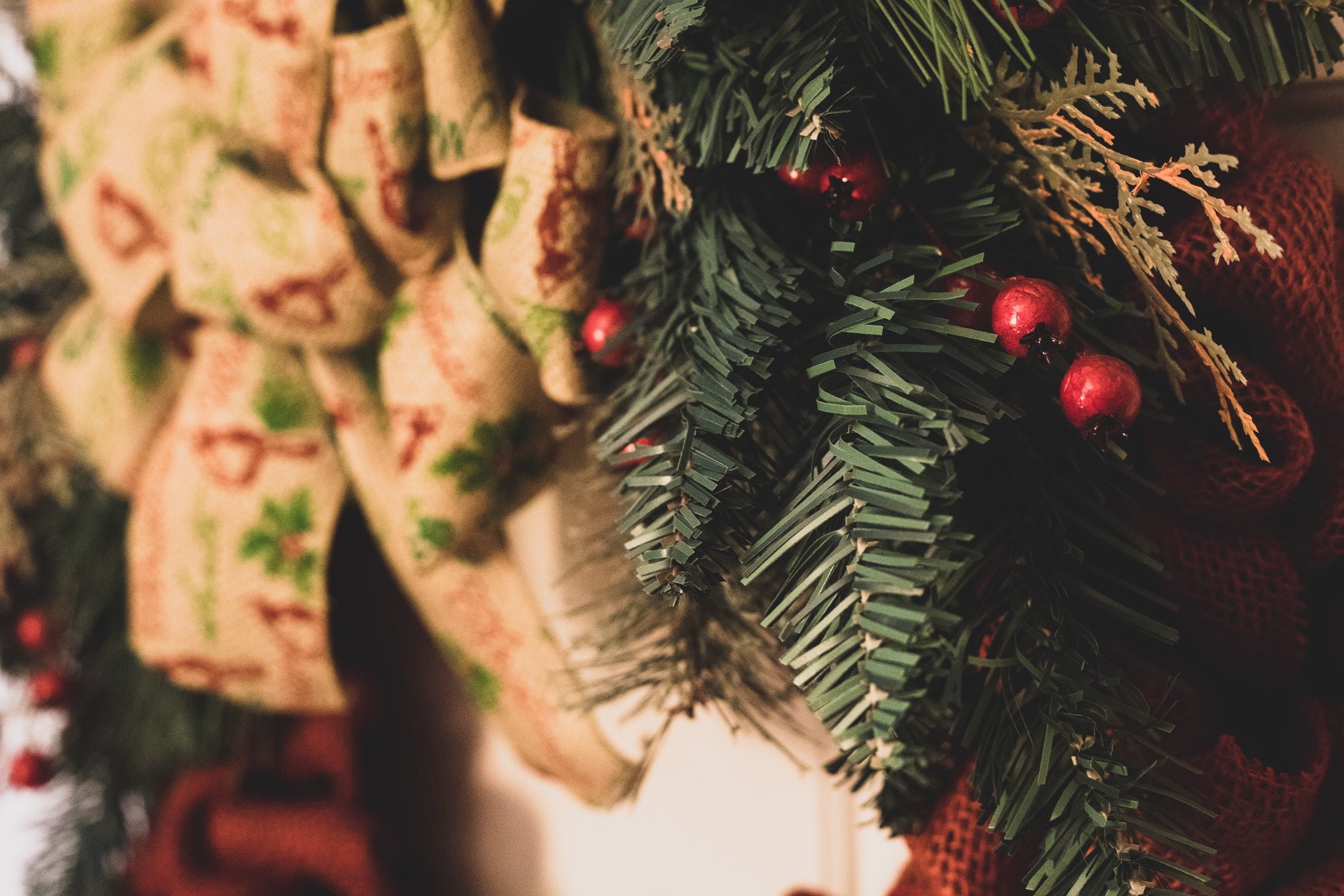
Now that we have taken a look at some of the best burlap ribbons that you can consider for your Christmas decorations this year, we think it is right about the time we take a look at burlap wreaths. After all, your Christmas decorations can never be complete without wreaths in there, can they?
10. Handcrafted Burlap Christmas Door Wreath – Best Jute Wreath
No Christmas decoration is complete without a wreath hanging on the door that opens into your home, is it? Well, if you are looking to make an impact of going green and you want to get a wreath that is eco-friendly, we have just the thing on this list for you.
The Inch Handcraft Natural Burlap Christmas Door Wreath by Huashen is made from pure jute that has a rustic finish to it. Adorn it with any number of ornamental elements to give it a more Christmas-like touch and you have the perfect wreath to hang from your door. This wreath is made of handcrafted and completely natural burlap with a 22-inch diameter. You get plenty of room to design this wreath according to your preferred style. Whether you are going for something extravagant or something incredibly simplistic, you will be able to pull it off with this natural burlap Christmas door wreath made by Huashen.
Make your Christmas cozier and warmer with our top pick for the best Christmas burlap wreath by getting the Inch Handcraft Natural Burlap Christmas Door Wreath by Huashen. The price is so reasonable, you might not be able to help yourself and get some more of these to gift to your friends and family as well.
11. Decorative Rustic Wreath with Burlap and Vine Accents – Best Rustic Wreath
The best wreath you can get to add a classic-looking and rustic aesthetic to your Christmas decorations is just what you need. Something designed keeping in mind the fact that people like to add their own touch to the wreath, the Decorative Rustic Wreath with Burlap and Vine Accents by Darice is definitely a very good investment to make.
Made using a combination of burlap and vine accents, the Decorative Rustic Wreath with Burlap and Vine Accents by Darice is effectively like an empty canvas for the Christmas decoration DIY enthusiast who wants to get their own way with how they adorn their doors this year’s Christmas.
The wreath measures 16 inches in diameter while being around 2 inches deep. This means you have plenty of room to add as many ornamental decorations and really become creative with how you design your own wreath for this Christmas.
The Decorative Rustic Wreath with Burlap and Vine Accents by Darice is a very popular item that starts flying off of the shelves as soon as it comes in stock. So you should make it a point to get one of these as soon as you can. You can go for as complex or as simple an aesthetic as you want with the Decorative Rustic Wreath with Burlap and Vine Accents by Darice.
12. Green Burlap Round Xmas Wreath – Best Green Burlap Wreath Simple
When it comes to Christmas wreaths, nothing gets better than a beautiful and green-colored burlap wreath. Sometimes, sticking to the classics is all you need. If you do not want to go for something that uses artificial plastics and other synthetic decorations, the Green Burlap Round Wreath for Christmas by VHC Brands is perfect.
Imagine getting the same aesthetic as those nature-centric Christmas decoration wreaths without the use of any plastic. That is what the Green Burlap Round Wreath for Christmas by VHC Brands offers you. This simple yet elegantly designed wreath is a highly customizable wreath that comes in a deep green color that resembles the color of pine needles.
This Christmas wreath also comes with a 12-inch thick 3-ply twine which allows you to easily hang it once you are done with designing this wreath and adding everything you want to so that your Christmas is warmer and cozier this year.
Aligning with the Christmas spirit aesthetic, you can adorn the Green Burlap Round Wreath for Christmas by VHC Brands with as many ornaments as you want to give it that extra bit of vibrancy to make the best of your Christmas celebrations this year.
13. Burlap Wreath by Palmetto Moon Boutique – Best Ready to Use Burlap Wreath
Who says that all your purchases have to be something that you need to put extra work into to hang as a part of your Christmas decorations? Sometimes, you just do not have the kind of time to add more decorations to the wreath. That is where the Burlap Wreath by Palmetto Moon Boutique comes in to make your life easier.
The Burlap Wreath by Palmetto Moon Boutique is a ready-to-use wreath designed and manufactured by Palmetto Moon Boutique. This is a handmade and incredibly ornate Christmas wreath that really has an ethereal quality to it.
The Burlap Wreath by Palmetto Moon Boutique is a mint-colored burlap wreath, which is intricately decorated with a lot of simple colored elements complete with a beautifully-knotted burlap ribbon flower to make it look even better. This wreath is so well made that you can hang it on your door straight from the box but the burlap material allows you to add as many decorations to it as you would want to make it look just right to hang on your door for this Christmas.
The Burlap Wreath by Palmetto Moon Boutique is an easy-to-use wreath that you just have to hang on your door straight out of its packaging.
14. Burlap Pumpkin Wreath by Accent Depot – Perfect Pumpkin Colored Wreath
Are you tired of getting the same old green-colored wreaths for Christmas every year? We get that it is a good idea to stick with traditional color schemes, but you have to admit that it does kind of tend to get a little bit boring. If you’re looking to change things up a little bit, you might have the perfect solution with the Burlap Pumpkin Wreath by Accent Depot The Lakeside Collection.
The Burlap Pumpkin Wreath by Accent Depot The Lakeside Collection is a burlap wreath that has that distinctive autumn leaf color, which has a shade almost like it’s made from pumpkin essence itself. This beauty is a vibrant wreath that you do not have to do much to make even better.
Simply using the Burlap Pumpkin Wreath by Accent Depot The Lakeside Collection as it comes out of the package is enough. But if you want, you can adorn it with ornaments to give it a splash of different colors to make your door even more welcoming during this Christmas season.
This is definitely one of our top choices when it comes to Christmas decorations since it allows us to take our Christmas decorations out of the norm. you can even use this as a centerpiece for your overall Christmas decorations and hang it inside the house along with other decorations to get that extra special look this Christmas.
15. Brown and Beige Plaid Wreath by Burton & Burton – Best Neutral Colored Wreath
Are you looking for a burlap wreath to adorn your windows or your door this holiday season that has a more somber look? If you are, then Burton & Burton might have made just the perfect thing for you. Something that is neither too boring nor too flashy, their Brown and Beige Plaid Wreath is ideal.
The Brown and Beige Plaid Wreath by Burton & Burton has a neutral color scheme, which is a mix of both brown and beige-colored burlap ribbons with embellishments of white-colored lace intricately worked into the ribbons. The pine needles composed within the whole burlap ribbon wreath make for a look that is both somber and Christmas-esque at the same time.
The Brown and Beige Plaid Wreath by Burton & Burton has a strong foam housing that allows you to add as many ornamental elements to it as you want to create a look that will suit your needs this Christmas season. Whether you are going for a display on the door, the walls inside your home or in the windows, the Brown and Beige Plaid Wreath by Burton & Burton is a special product that will not disappoint you.
16. Speckled Easter Eggs Burlap Wreath – Best Out-of the-Box Wreath
While you might find this entry on the list a bit odd, Easter Wreath is a company that makes wreaths for use on Christmas, but that does not mean you cannot take advantage of them and utilize them as a part of your Christmas celebrations, right?
For those of you who have a sense of adventure and a little willingness to do a bit of DIY, the Speckled Easter Eggs Burlap Wreath by Easter Wreath makes for a pretty fantastic Christmas wreath. Made using burlap and foam, the Speckled Easter Eggs Burlap Wreath by Easter Wreath features a string for easy hanging and has a host of different pale-colored eggs adorning it.
If you take the time out and paint the eggs on the Speckled Easter Eggs Burlap Wreath by Easter Wreath based on a Christmas theme, you will get a unique and incredibly beautiful wreath for Christmas this year, which everyone will fall in love with. You can even leave the eggs unpainted and choose to decorate it with different colored ribbons for that warm and vibrant look so that you can reuse this wreath when the Easter holidays arrive. What more could you ask for?
Get your whole family involved and get a Speckled Easter Eggs Burlap Wreath by Easter Wreath to make your Christmas a lot cozier and warmer.
17. Chevron Burlap Wreath by Simply Blessed Gifts – Best Multi-Material Wreath
If you want to make the most of your Christmas decorations and take advantage of two of the most popular Christmas wreath trends, you might want to consider getting the Black and Natural Chevron Burlap Wreath by Simply Blessed Gifts.
The Black and Natural Chevron Burlap Wreath by Simply Blessed Gifts is actually a brilliantly designed Christmas decoration wreath. Manufactured using the most popular wreath materials right now: Burlap and Chevron, the Black and Natural Chevron Burlap Wreath by Simply Blessed Gifts has an intricate design that gives it a completely different aesthetic than what you are used to. You can use the Christmas wreath and hang it up straight as it is from the box or decorate it further to create a more vibrant and colorful look this Christmas. The choice is up to you but however you choose to go about it, one thing is guaranteed – this will make one of the loveliest parts of your home’s Christmas decorations this year.
Both the chevron and the burlap are beautifully interwoven into the Black and Natural Chevron Burlap Wreath by Simply Blessed Gifts to make a beautiful wreath that is just perfect to make your Christmas warmer and cozier this year.
Final Thoughts
If you have been reusing old Christmas decorations every year, you must probably be surprised to know about the different kinds of options for you to choose from.
We hope that the reviews of all the best burlap ribbons and burlap wreaths will give you quite a few ideas on how to plan your home’s Christmas decorations this year.
Related Articles
14 Awe-Inspiring Ceramic Christmas Decorations
19 Christmas Tree Paper Decorations for a Delicate Look
14 Best Christmas Tree Lights to Consider This Year

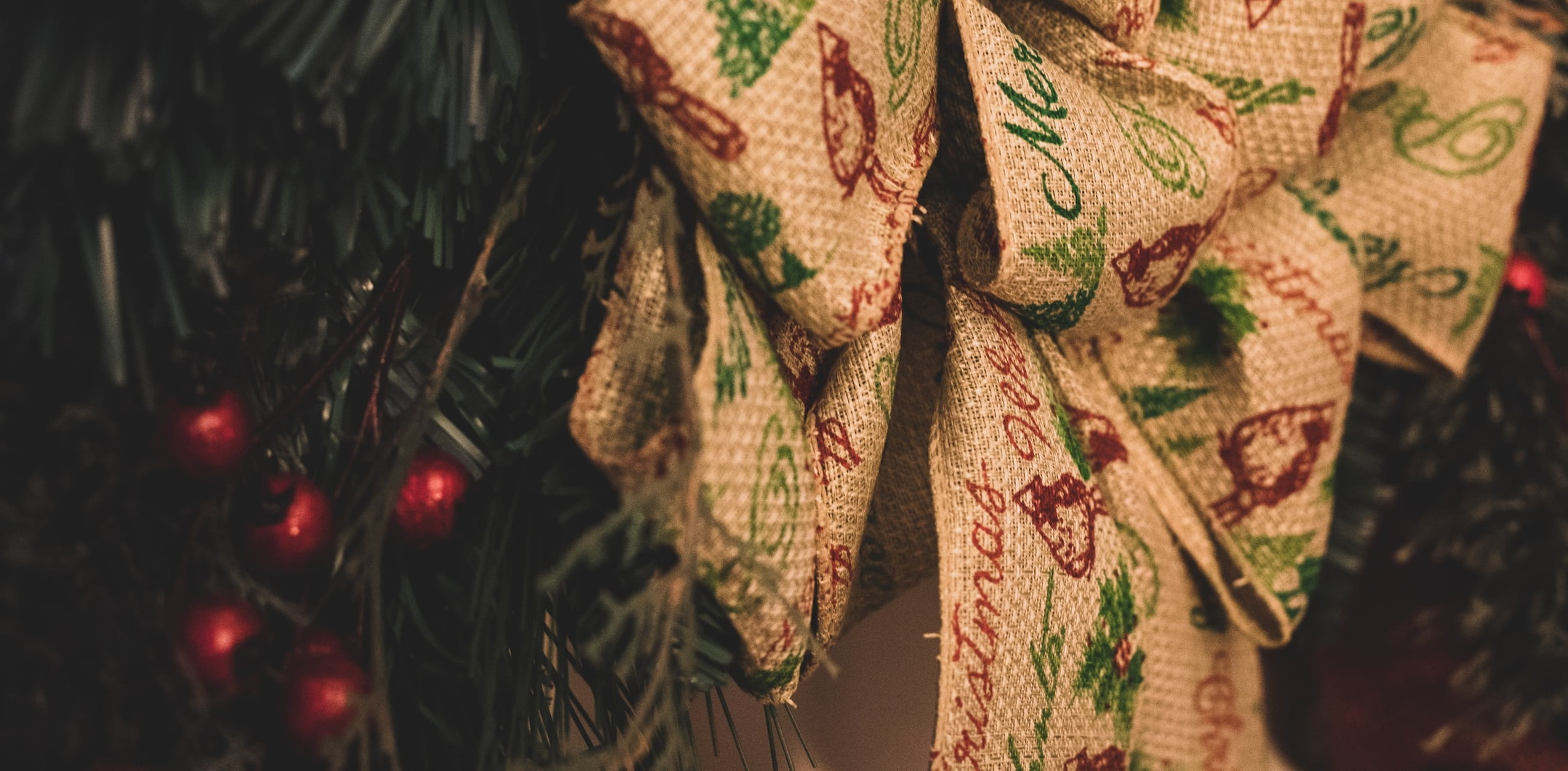





























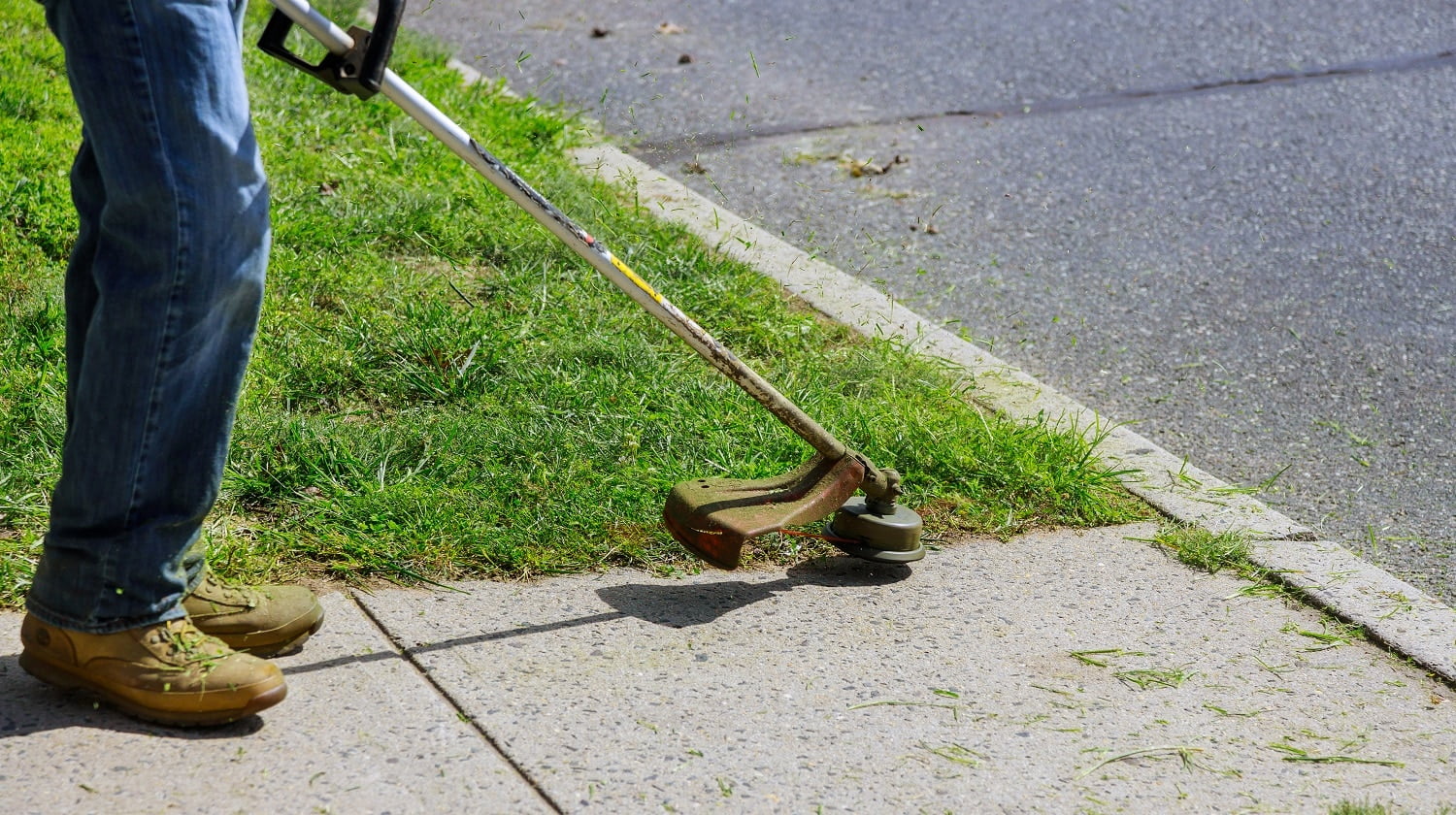
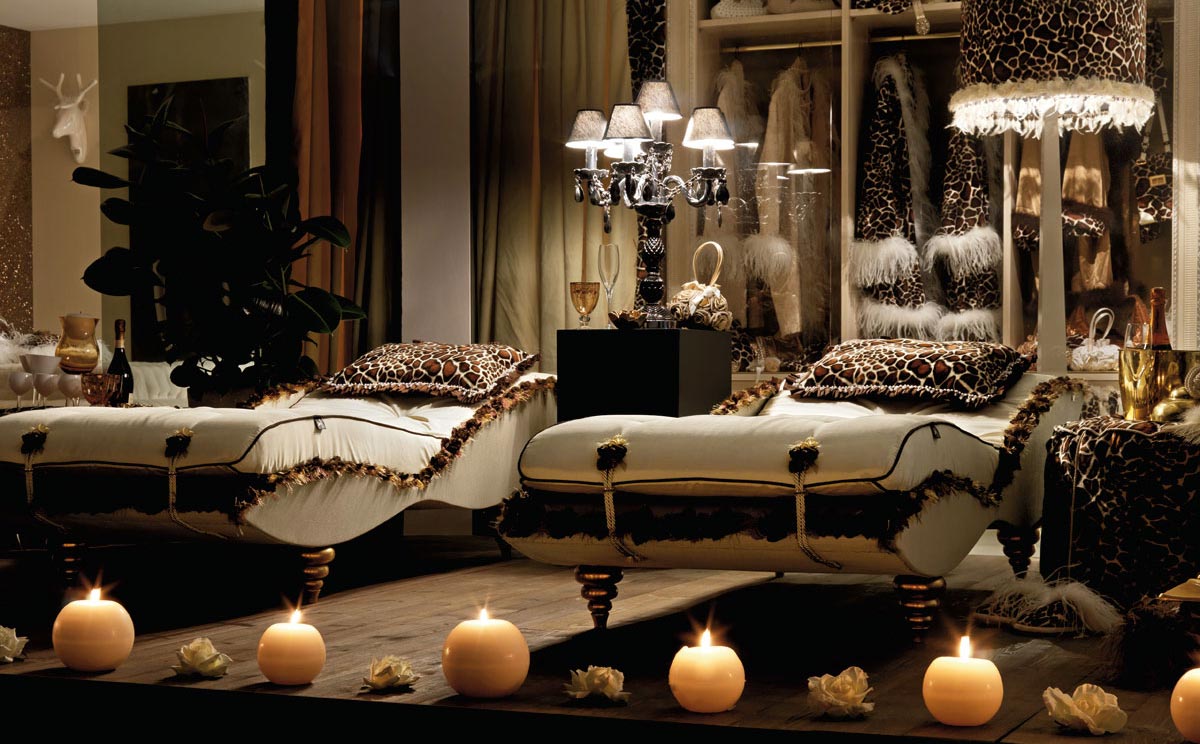

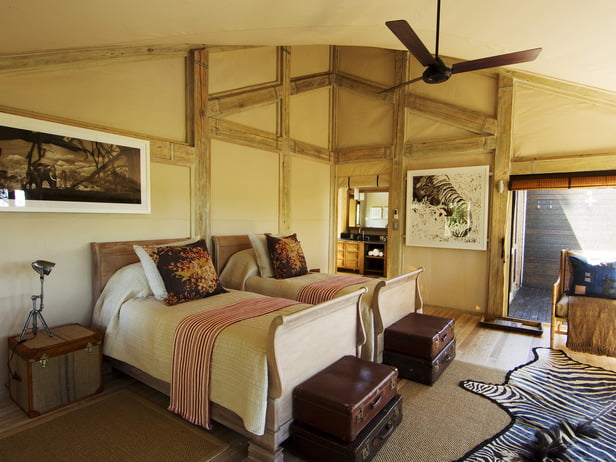




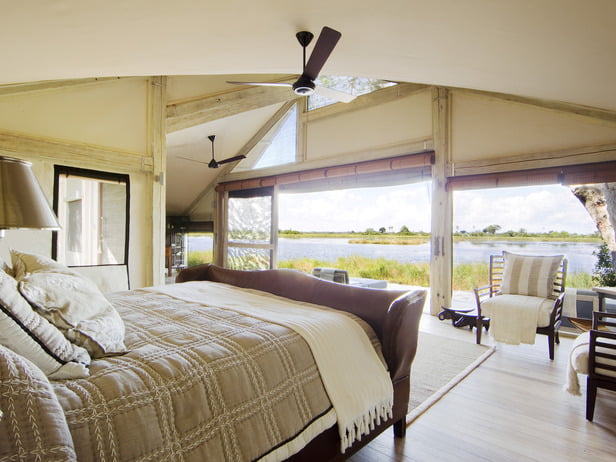
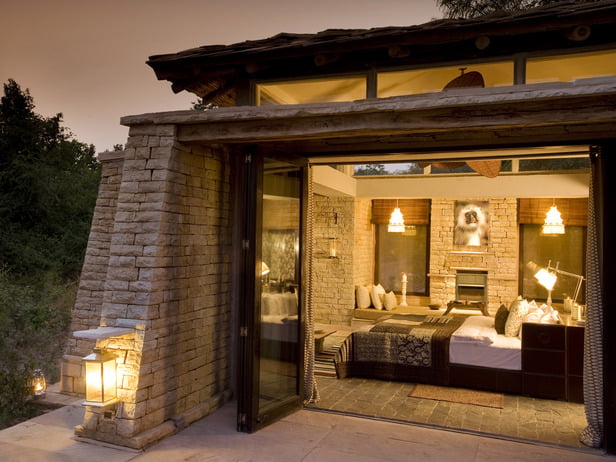
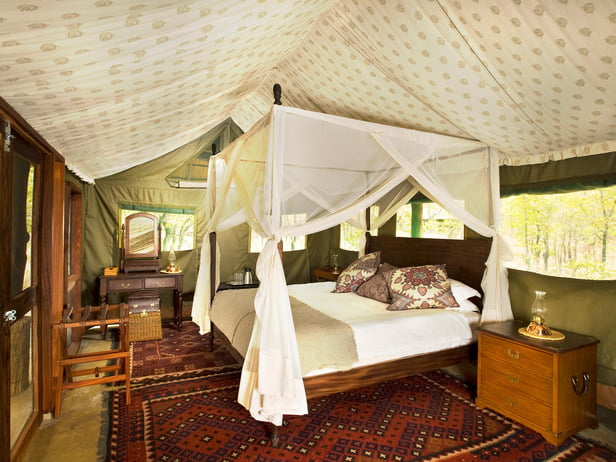

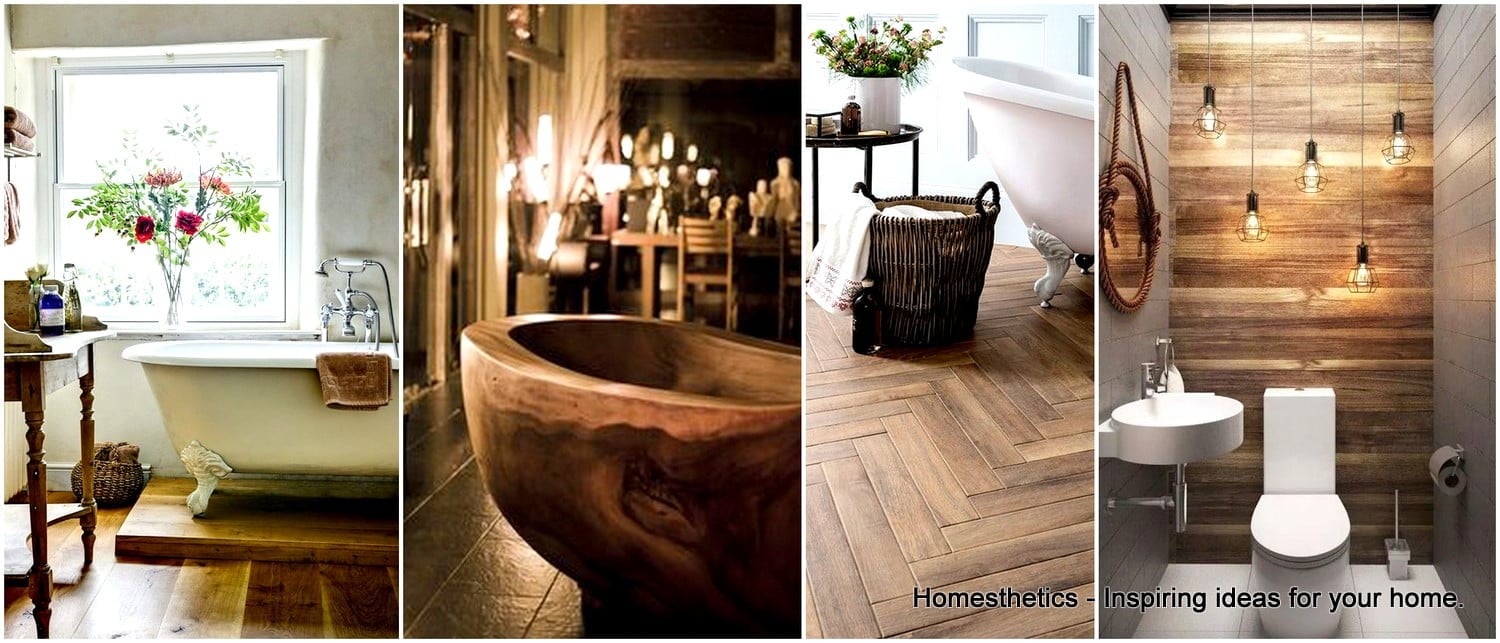
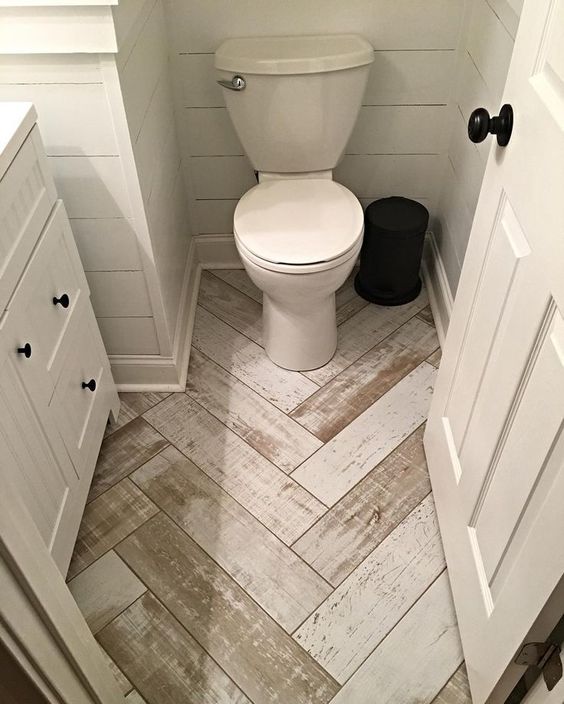
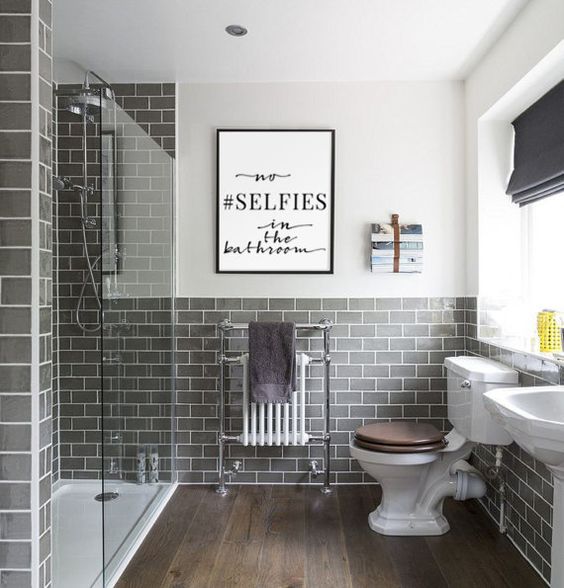
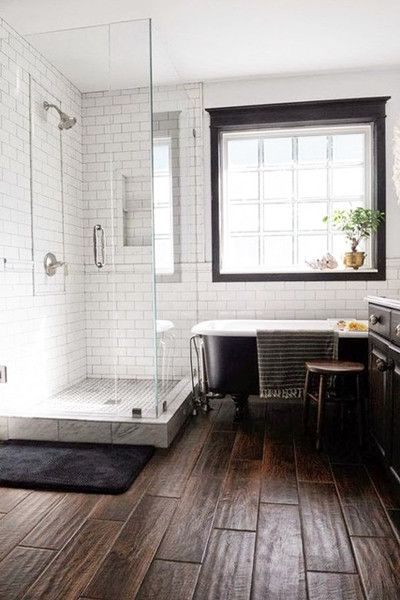
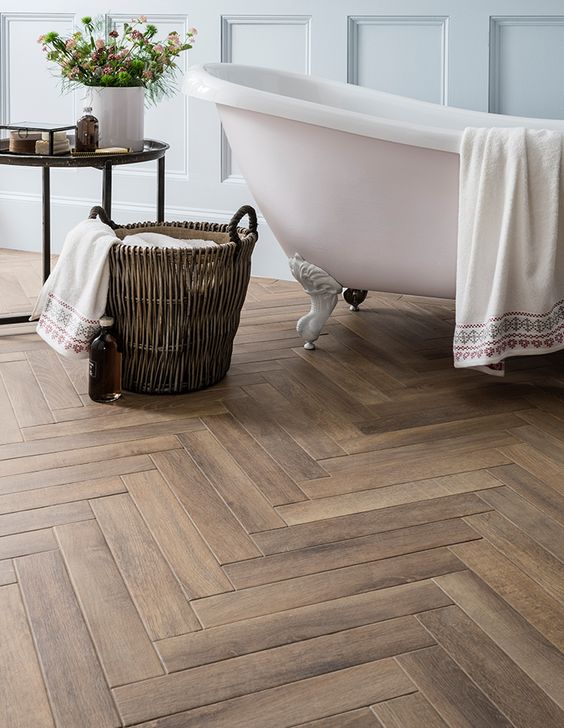
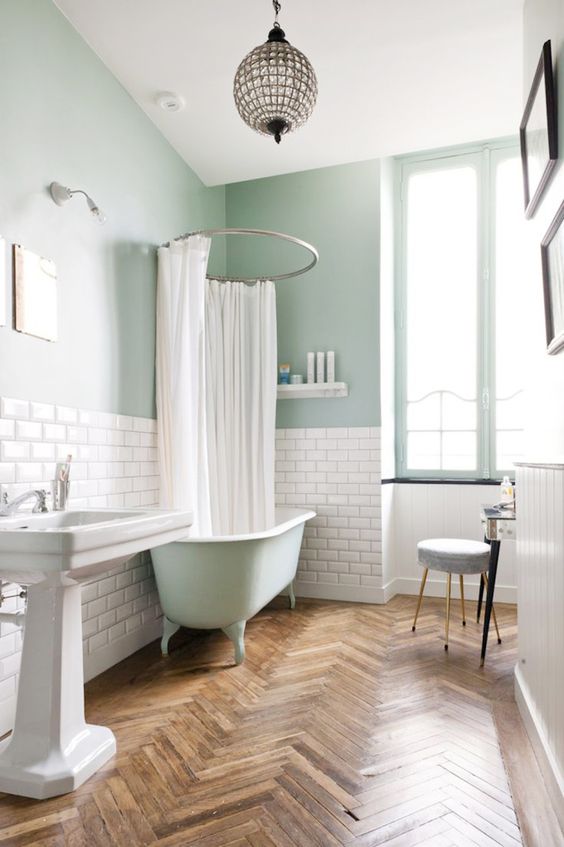
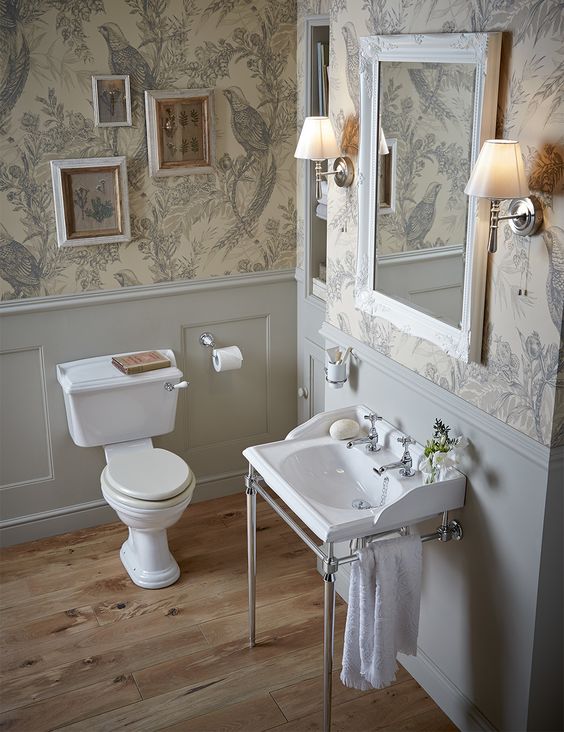
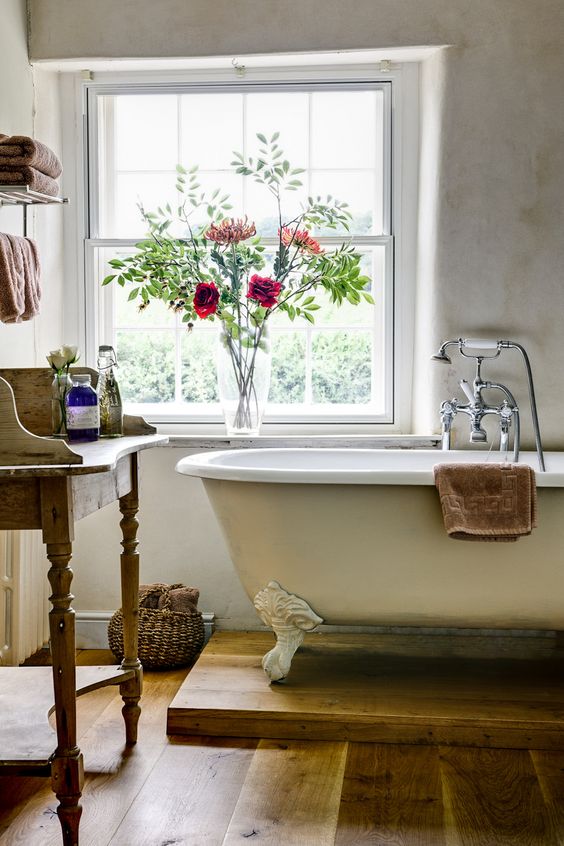
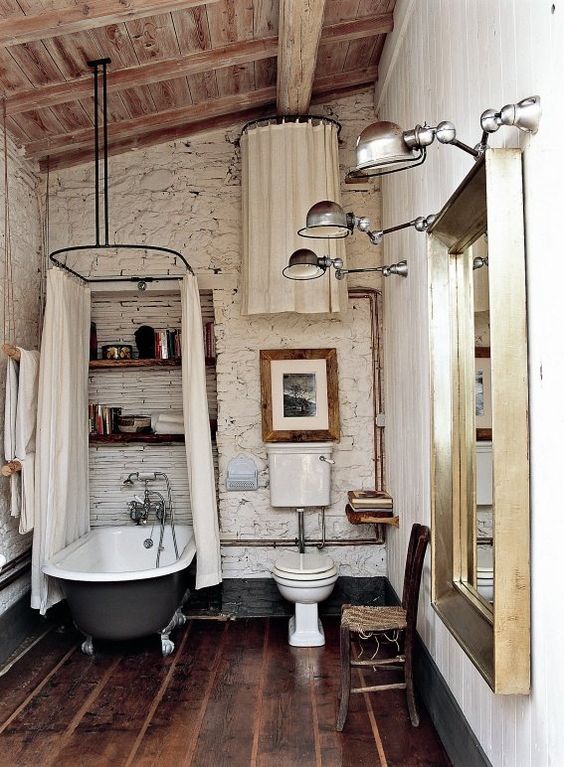
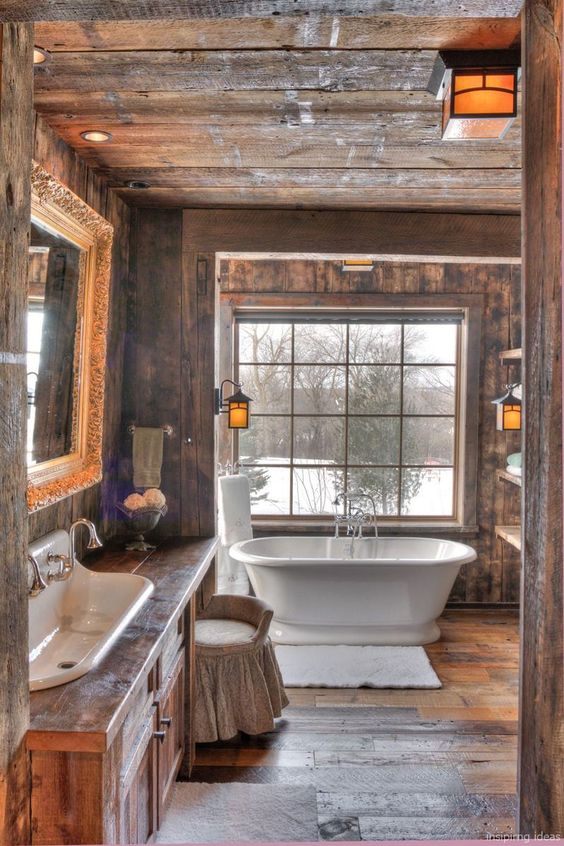
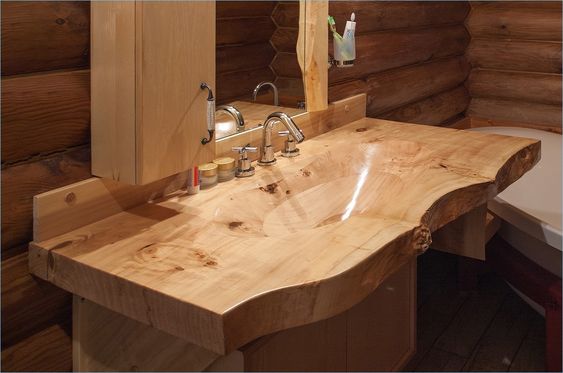
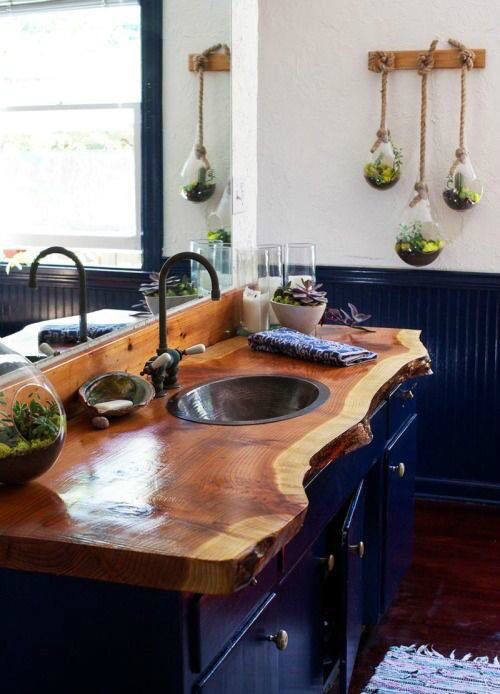
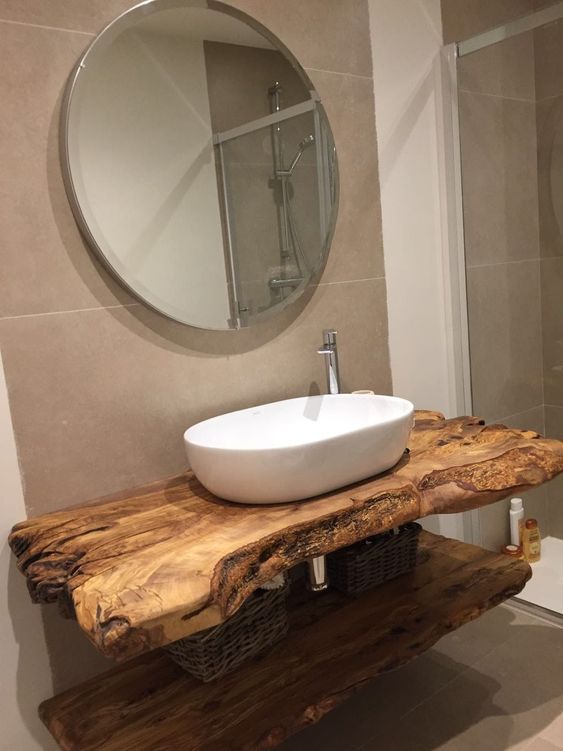
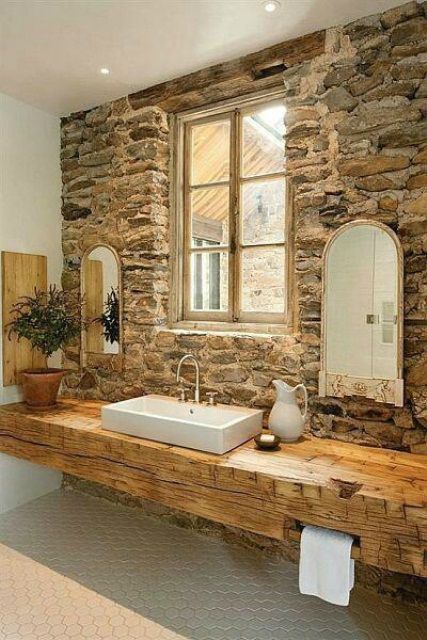
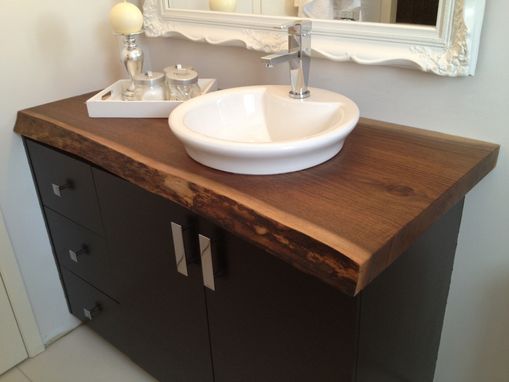
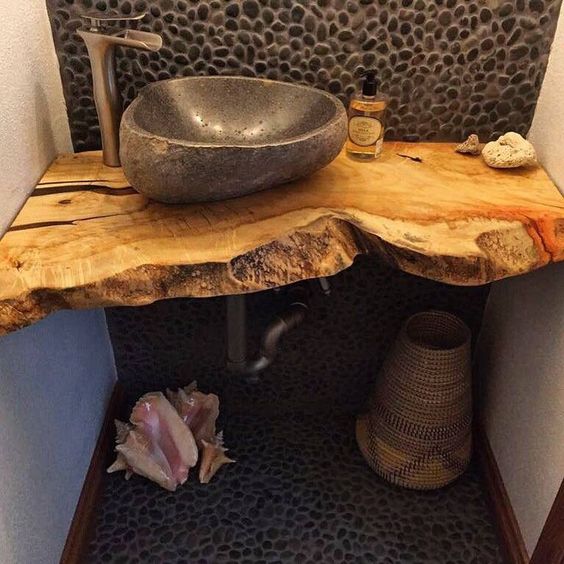
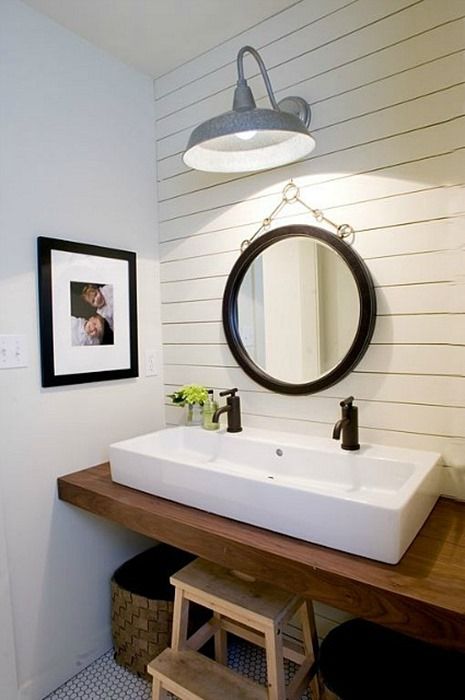
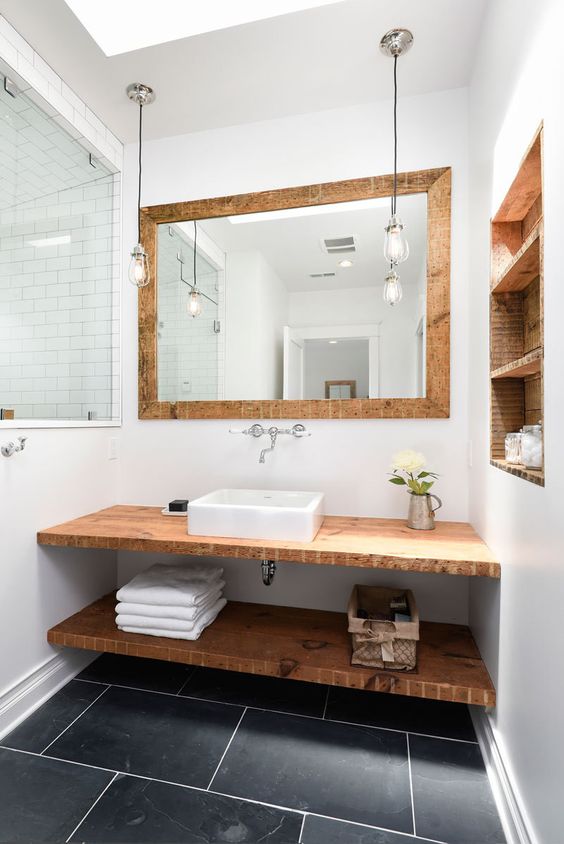
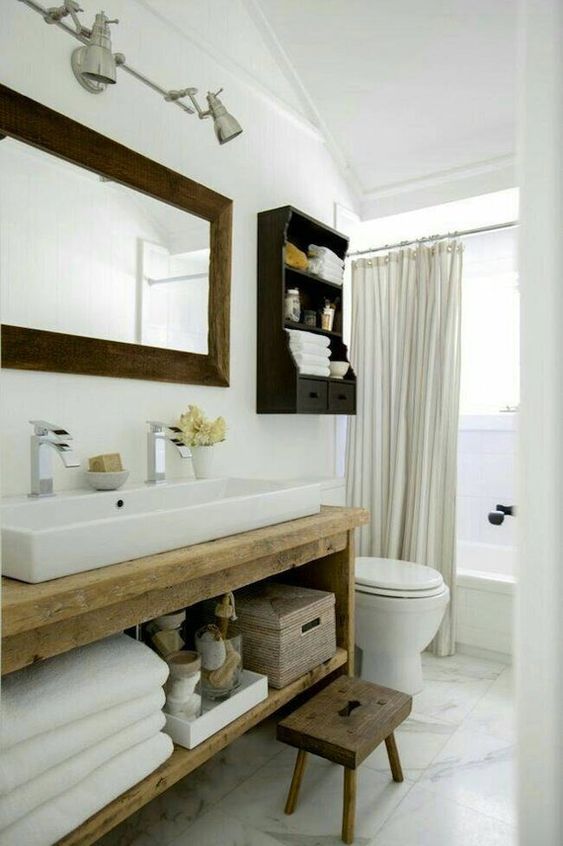
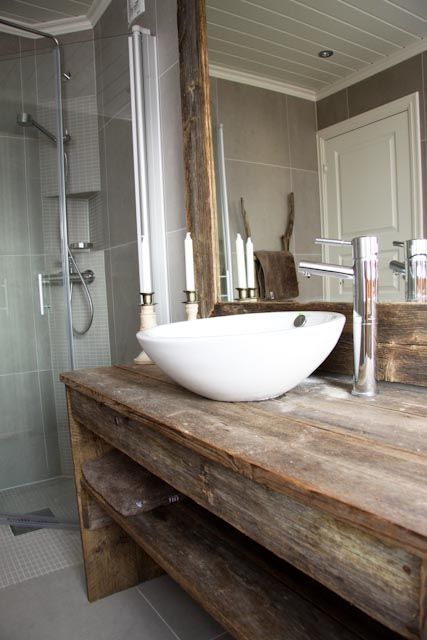
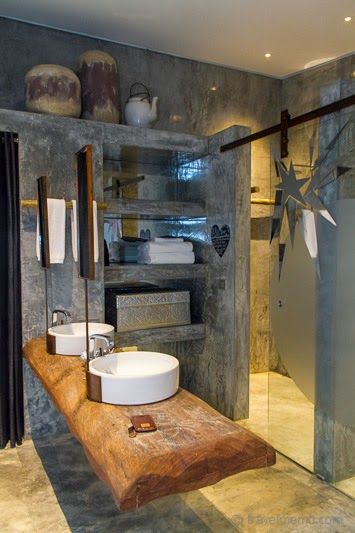
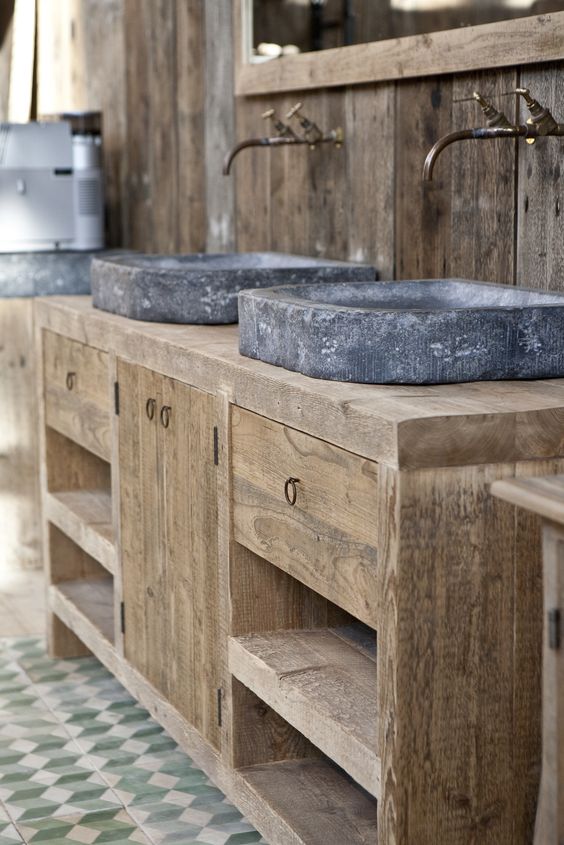
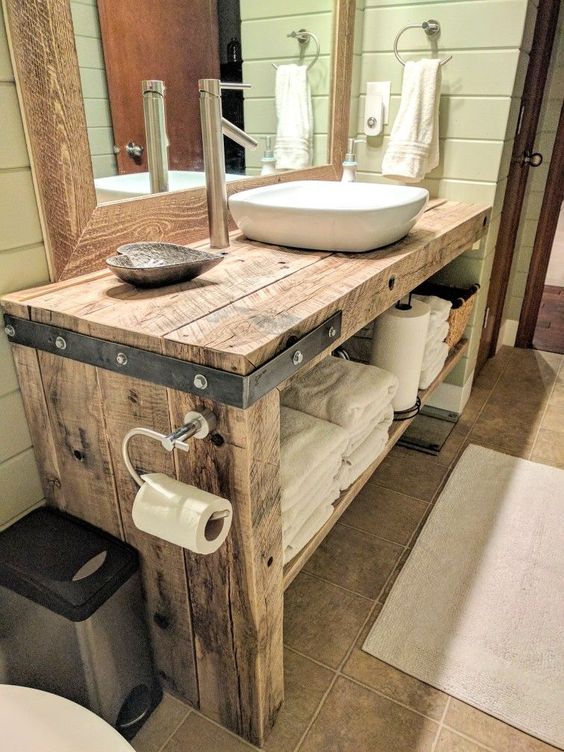
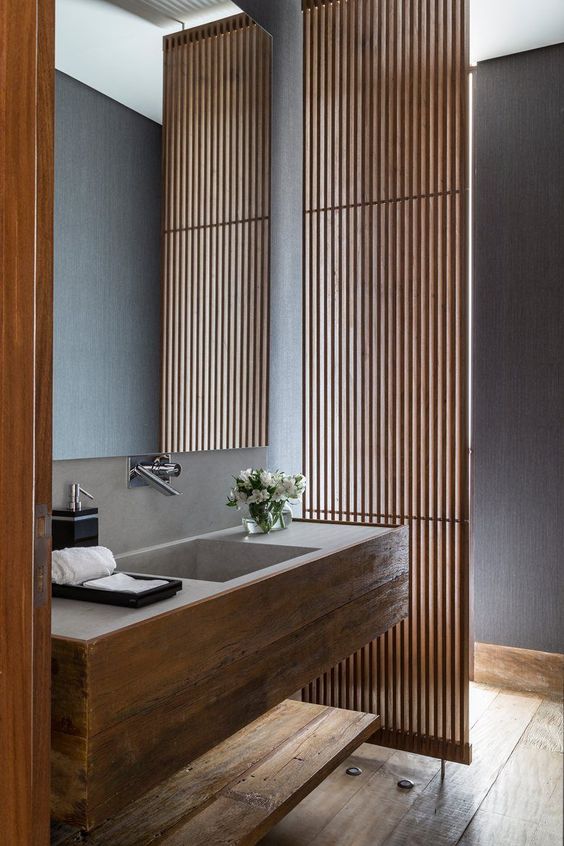
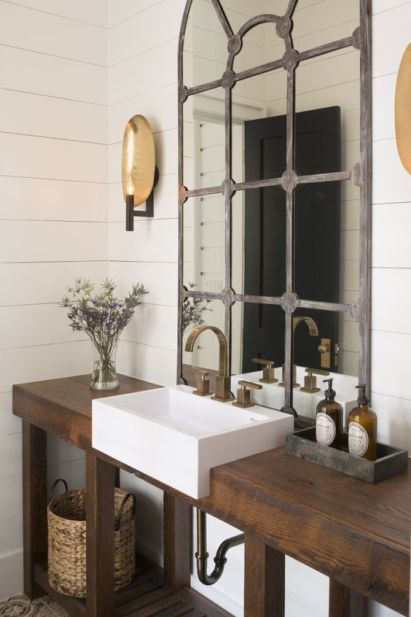
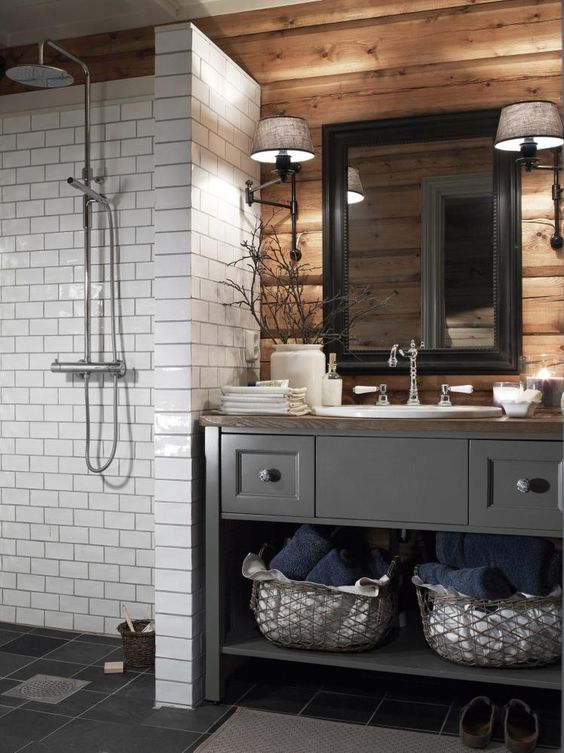
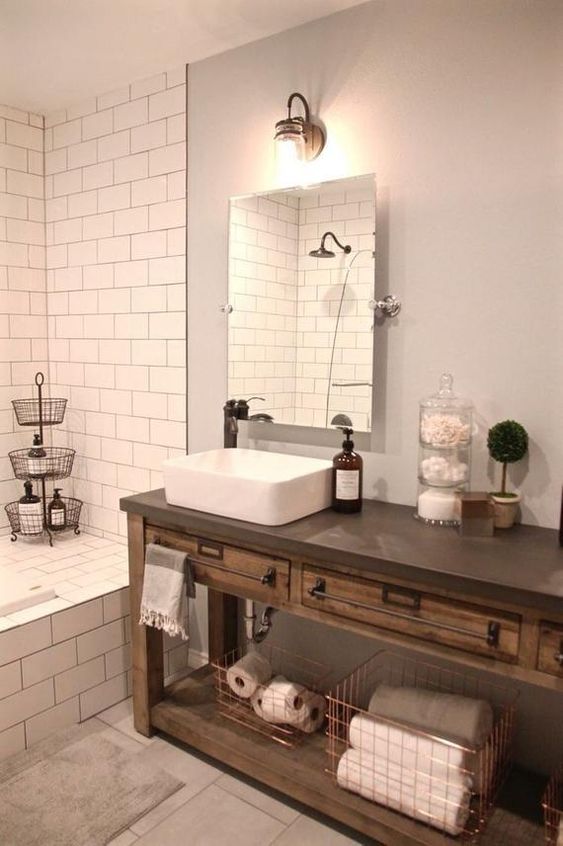
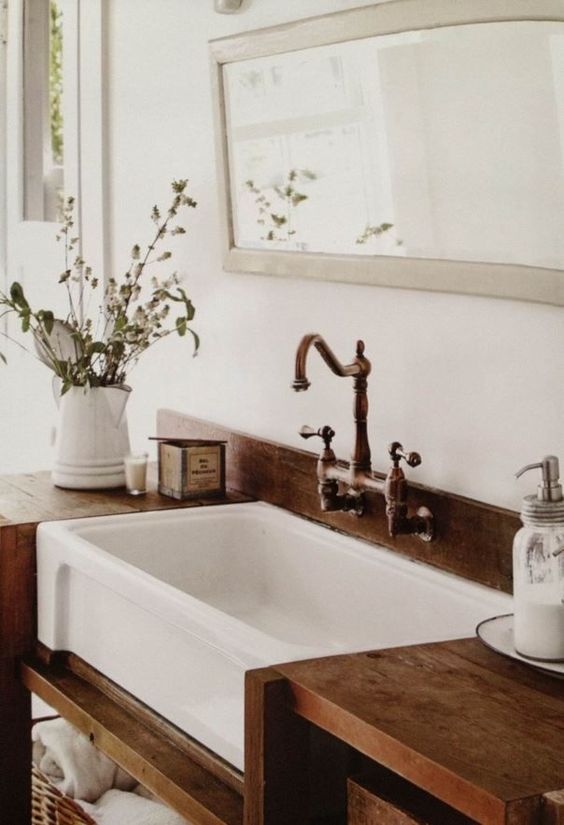
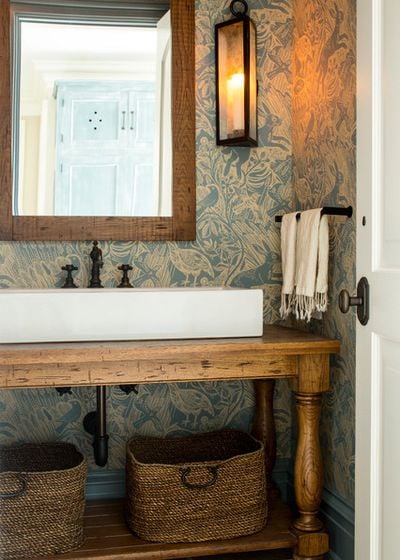
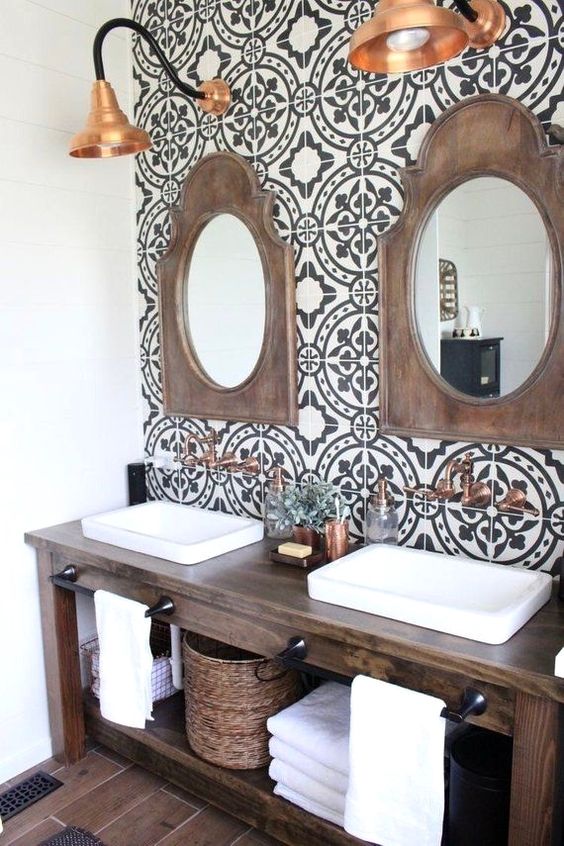
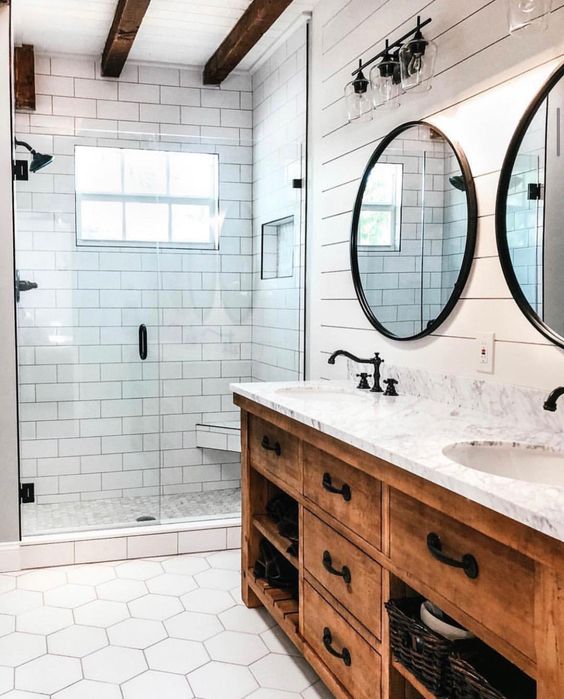
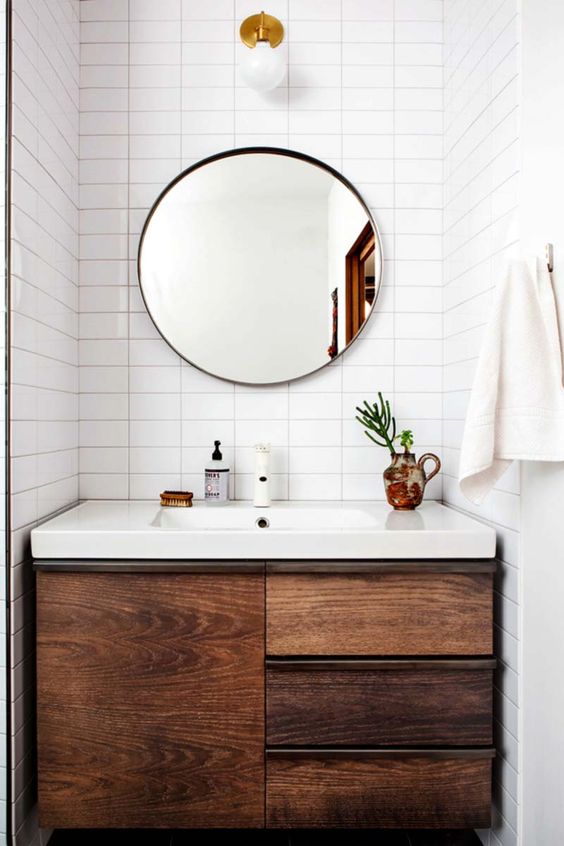
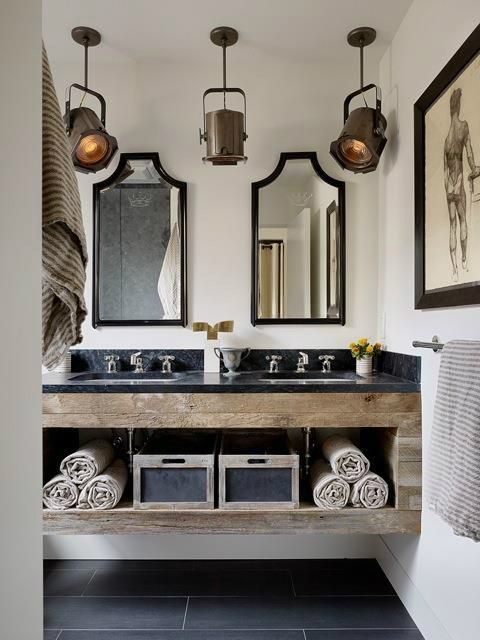
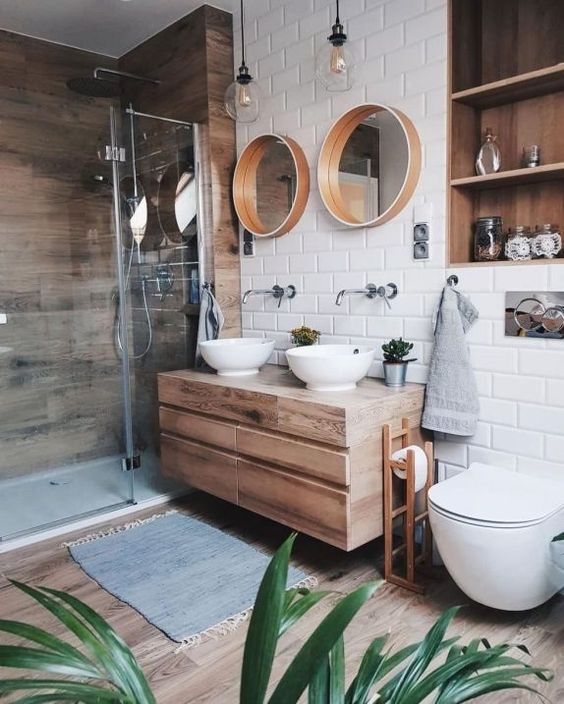
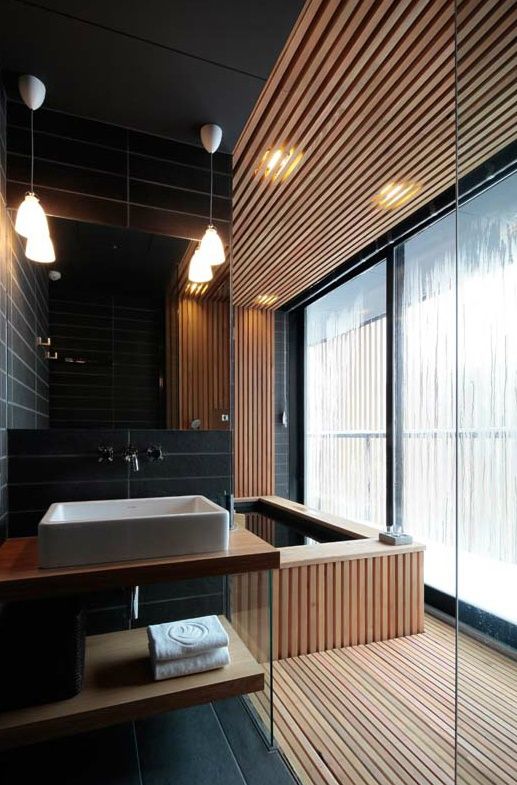
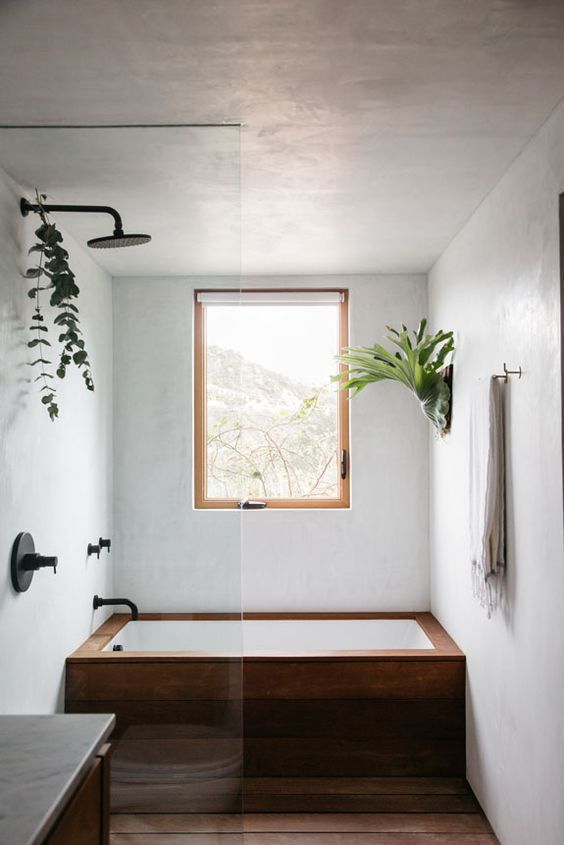
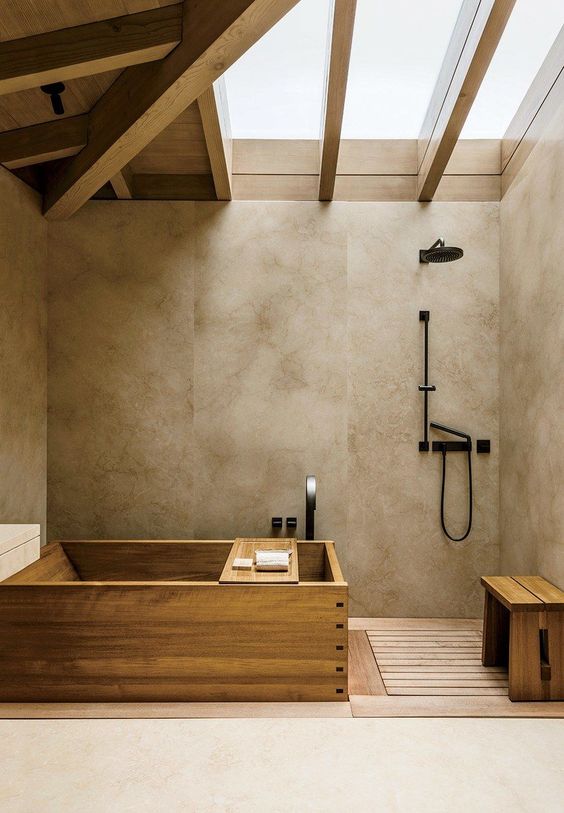
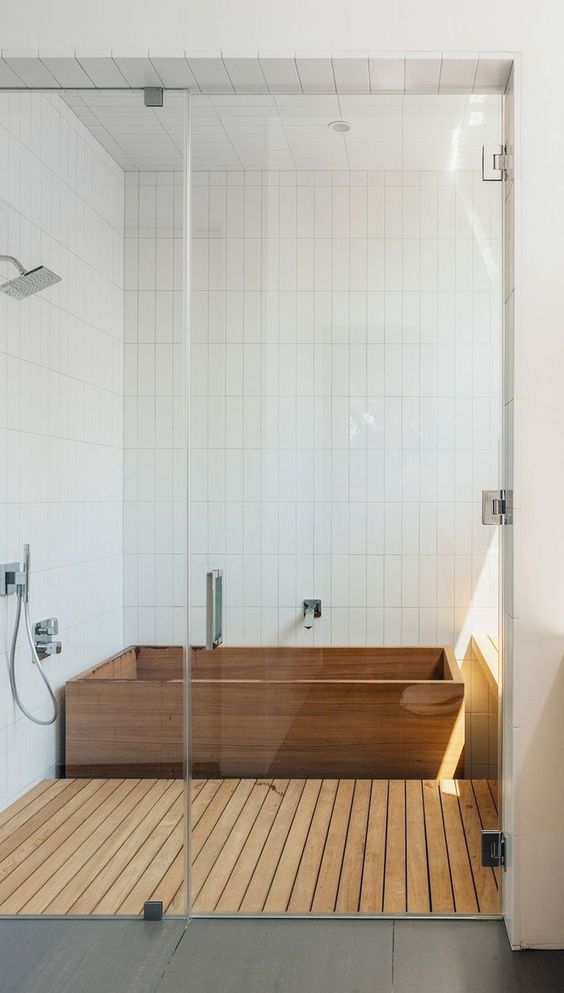
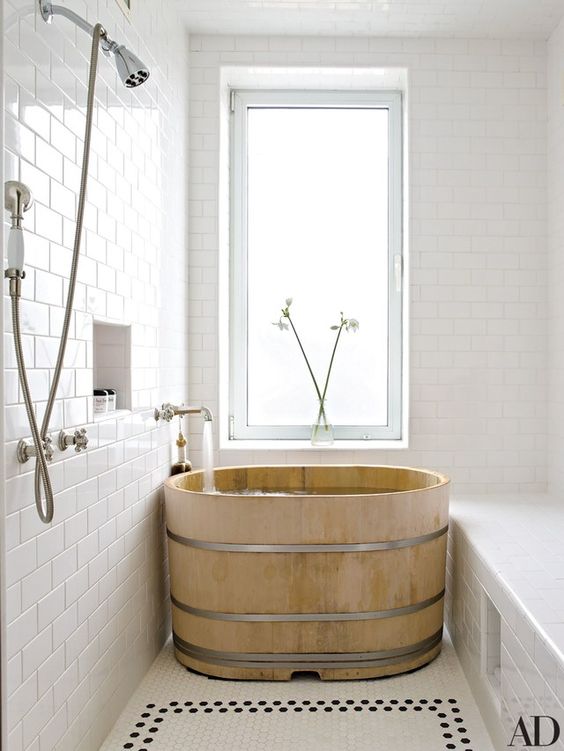
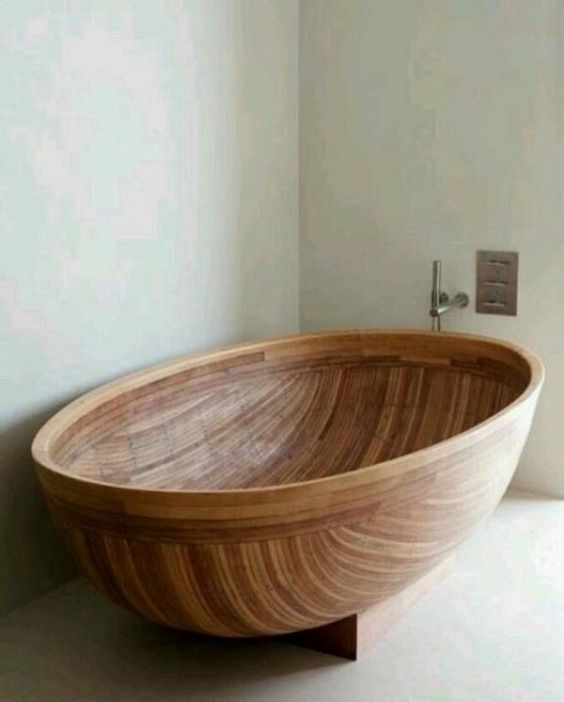
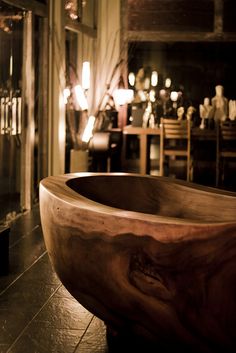
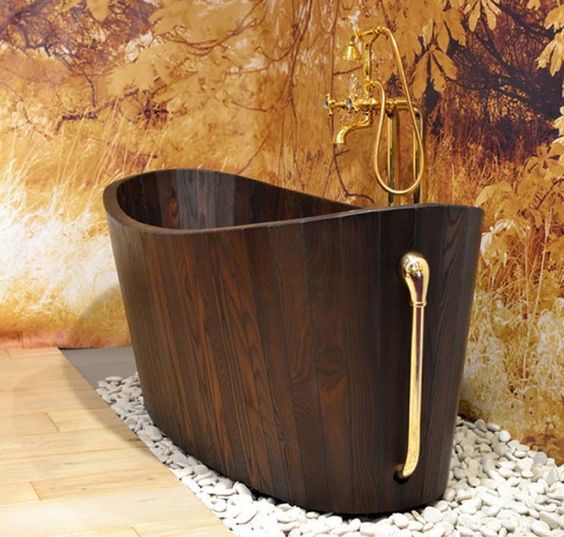
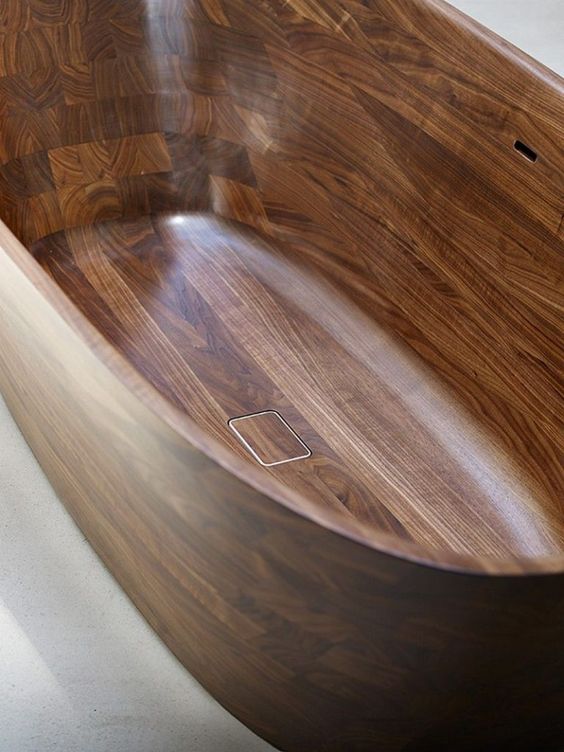
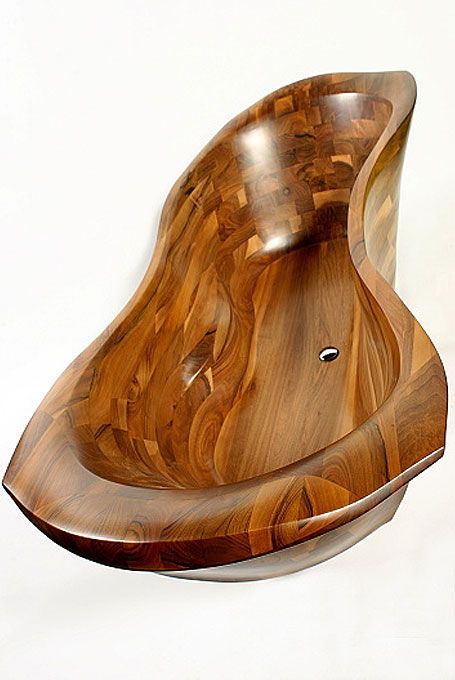
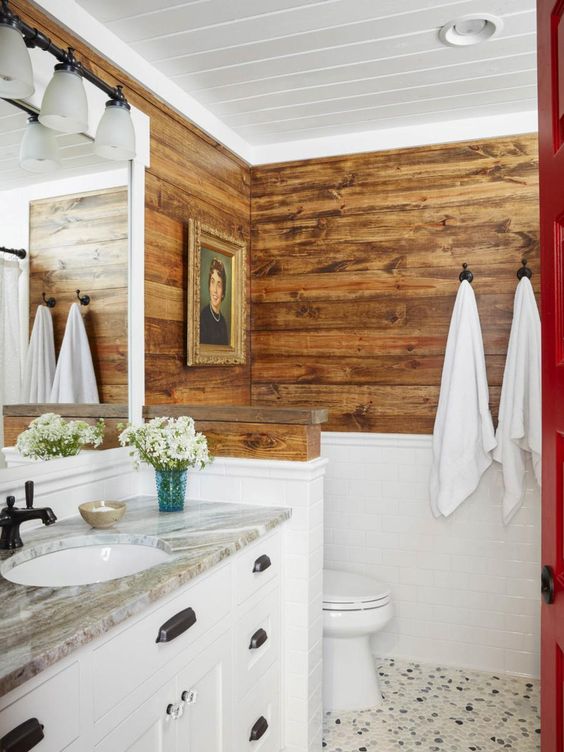
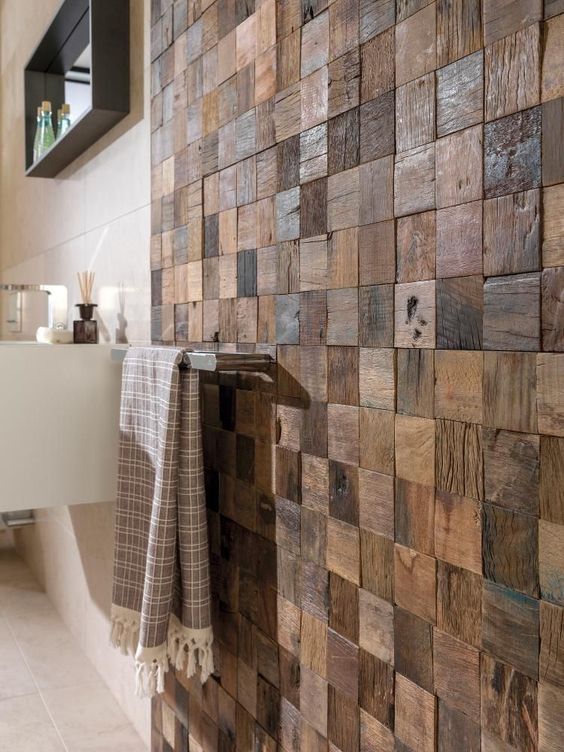
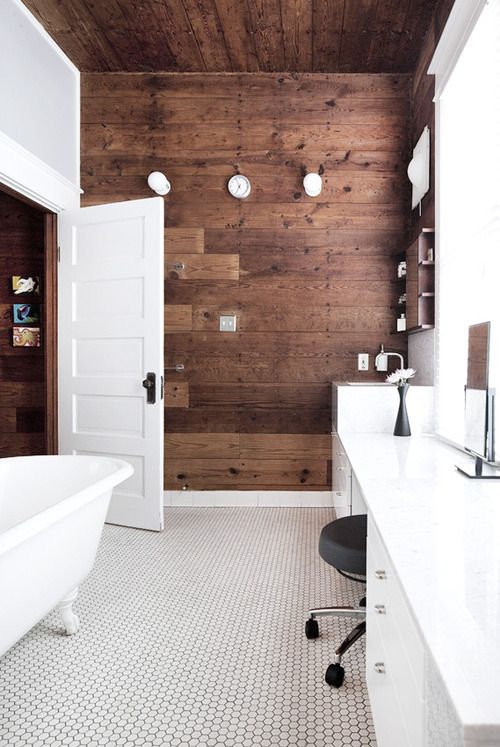
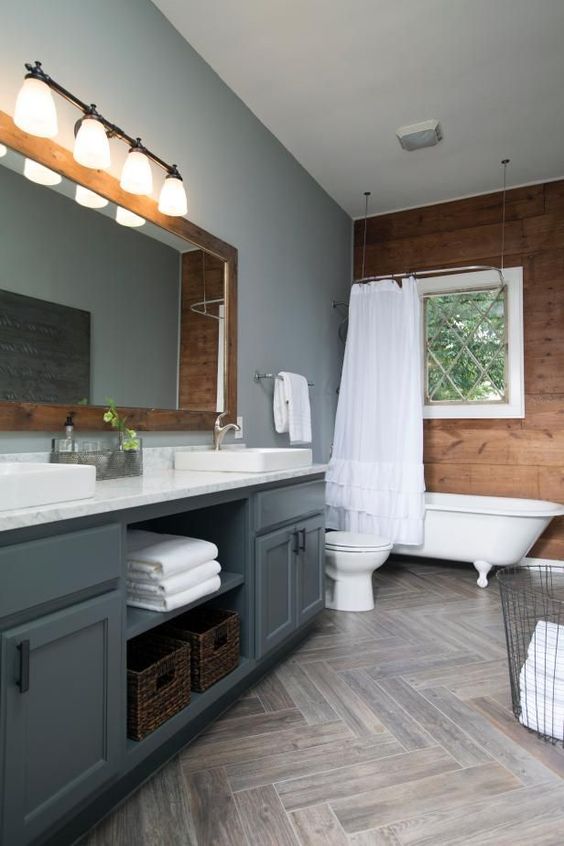
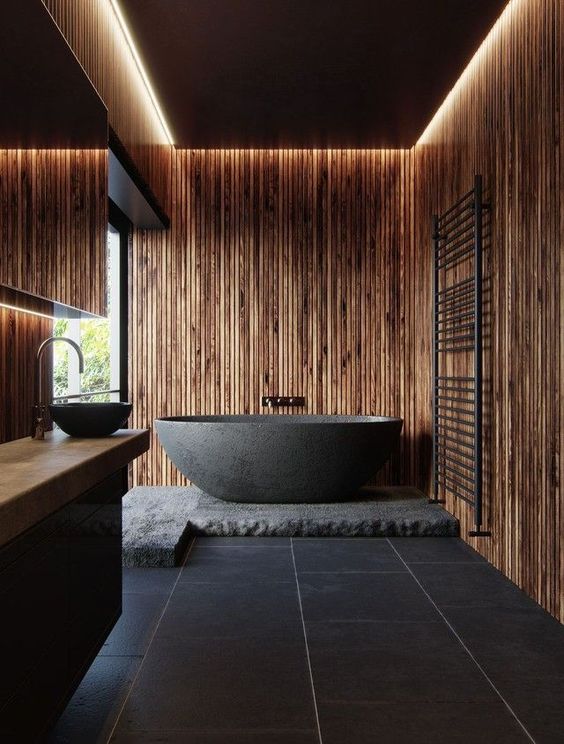
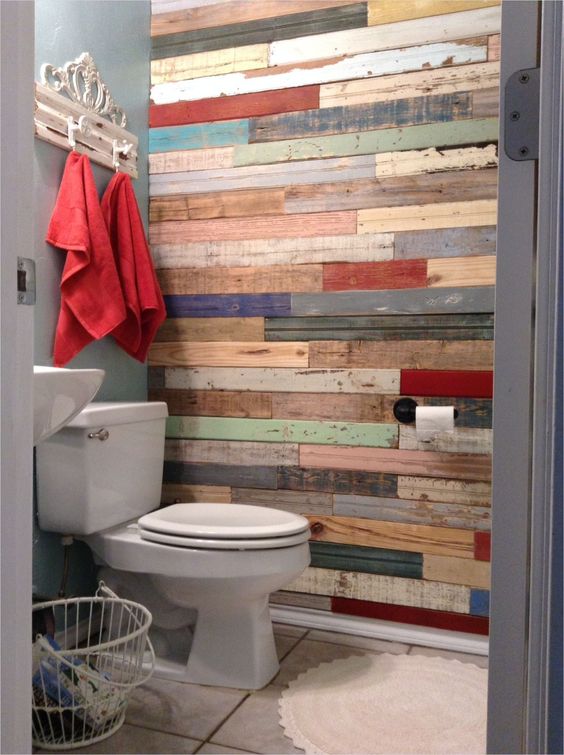
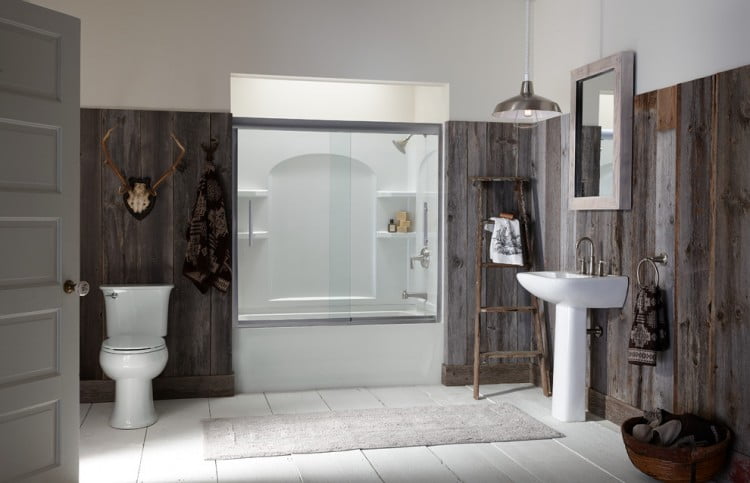
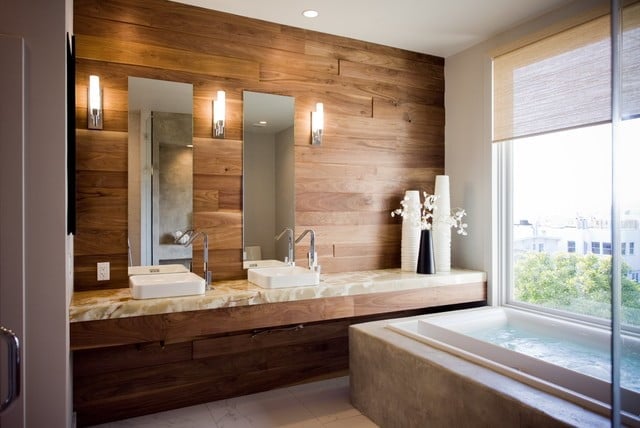
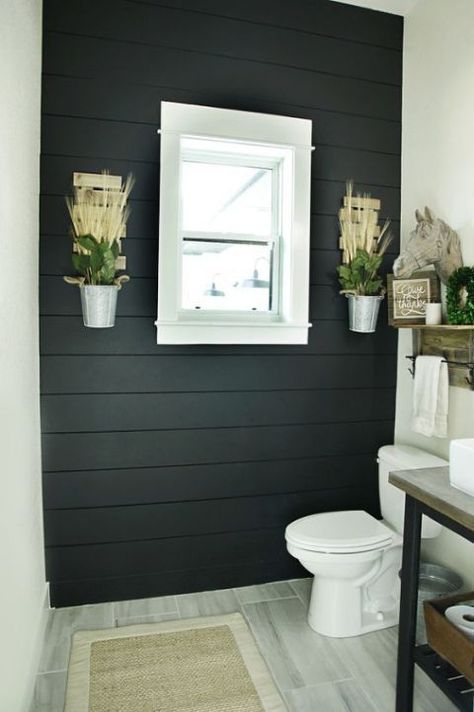
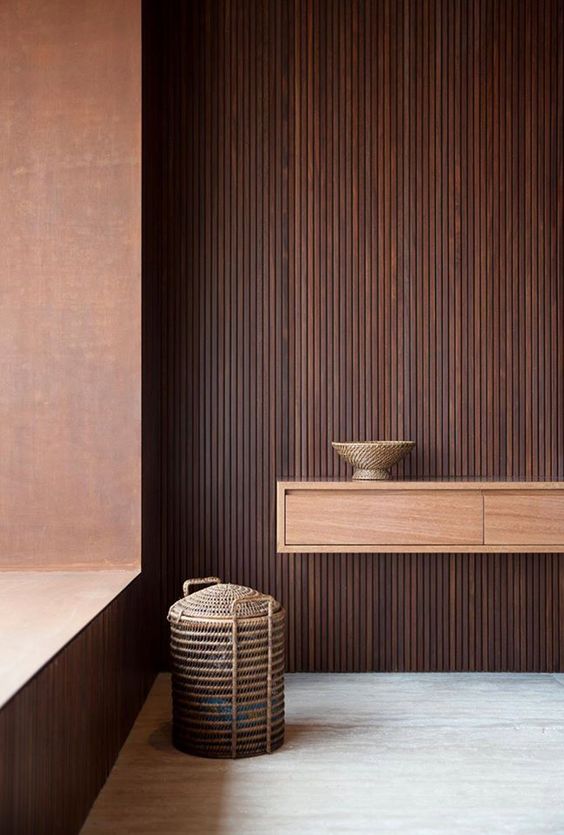
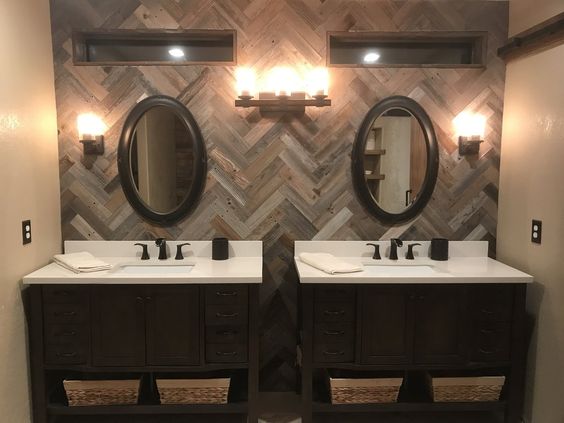
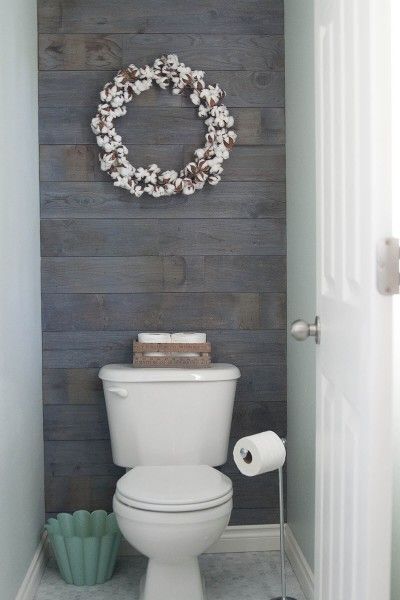
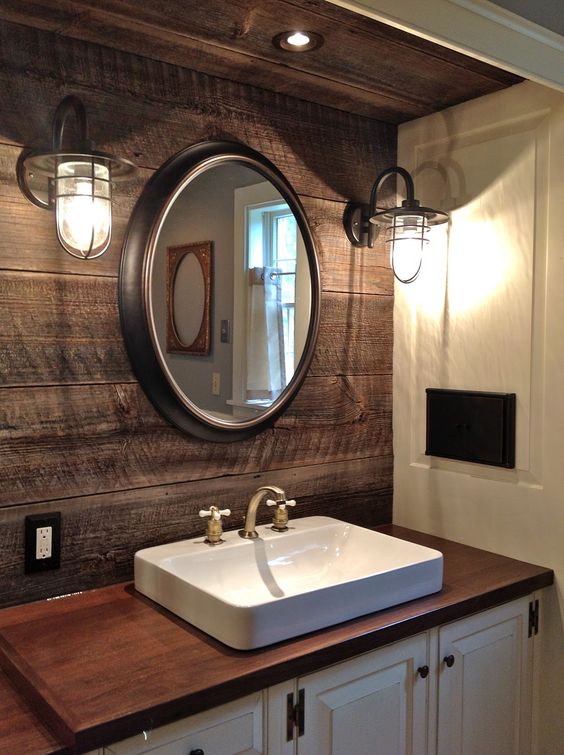
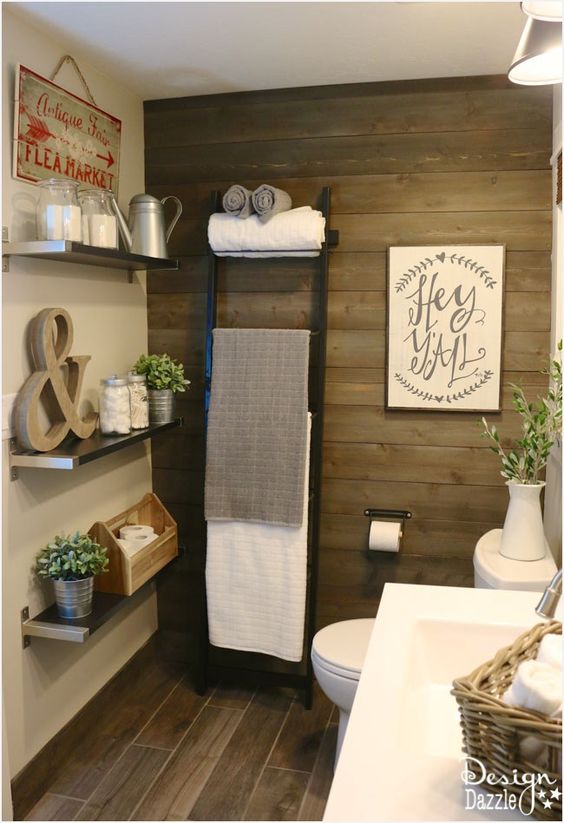
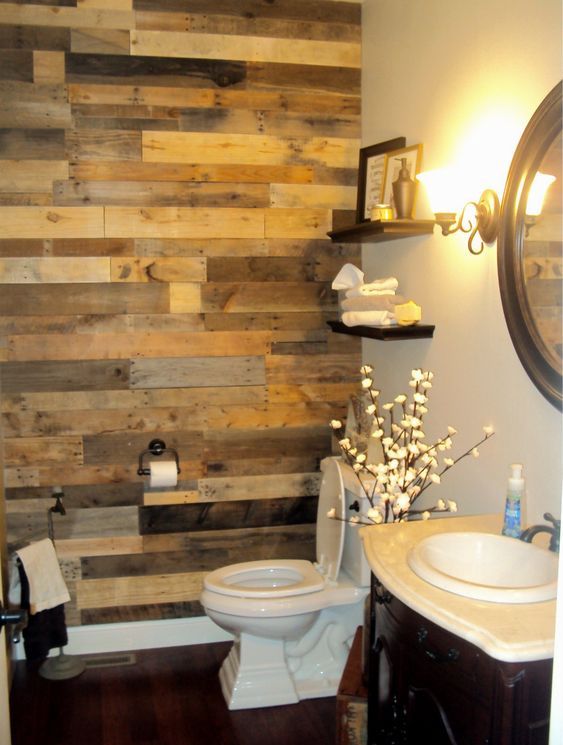
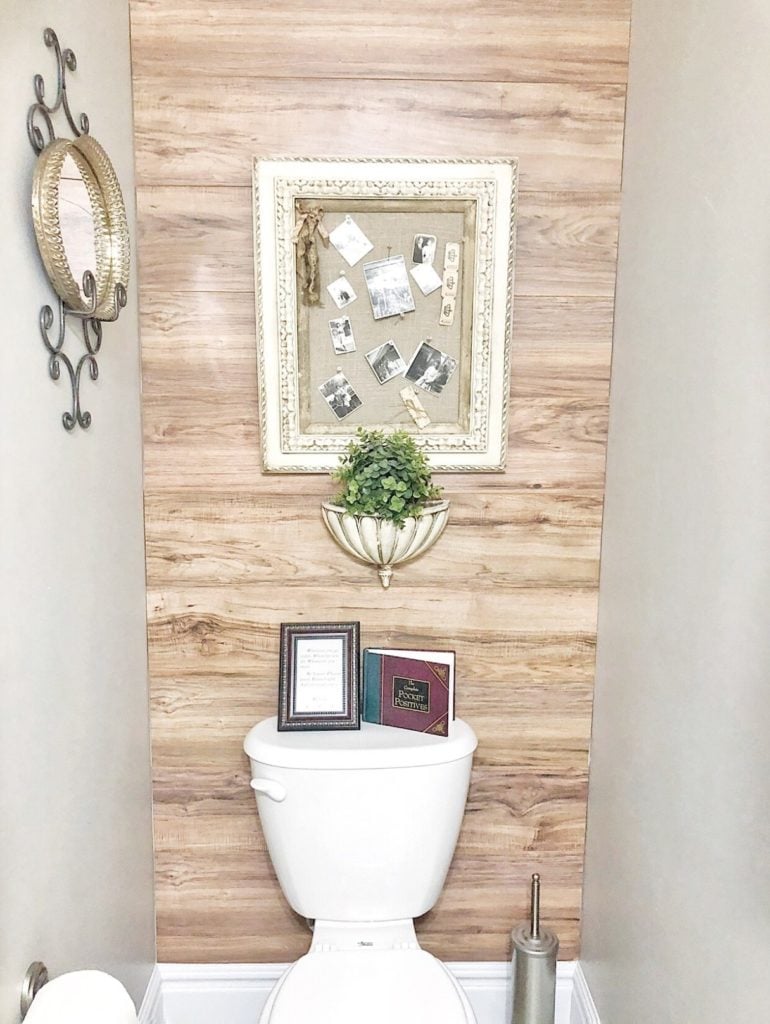
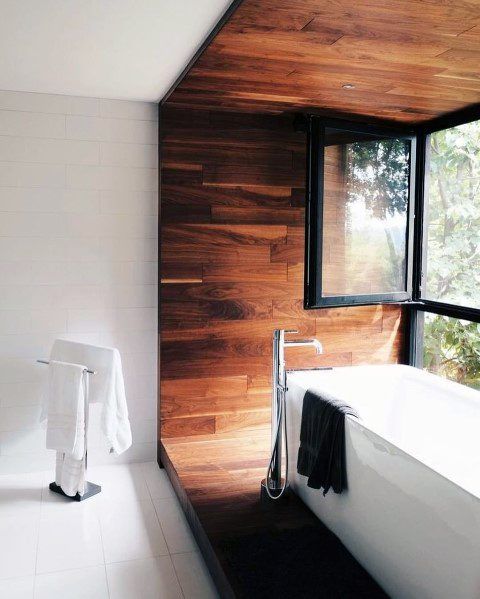
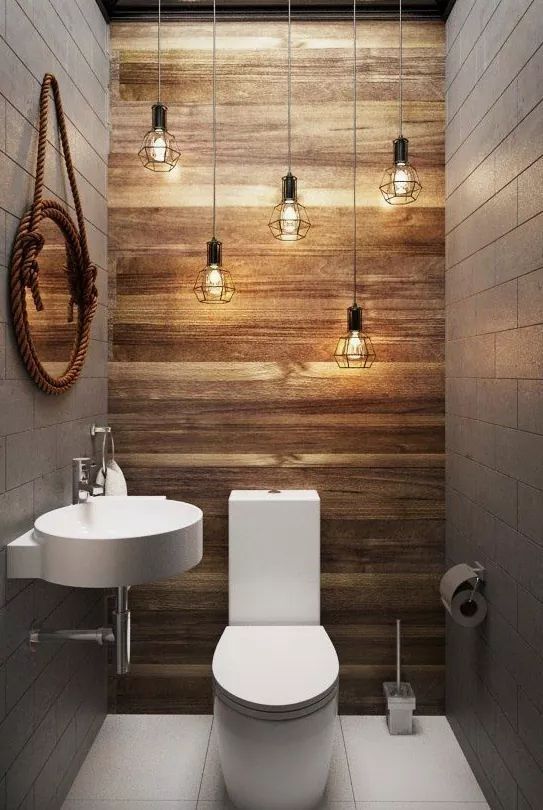
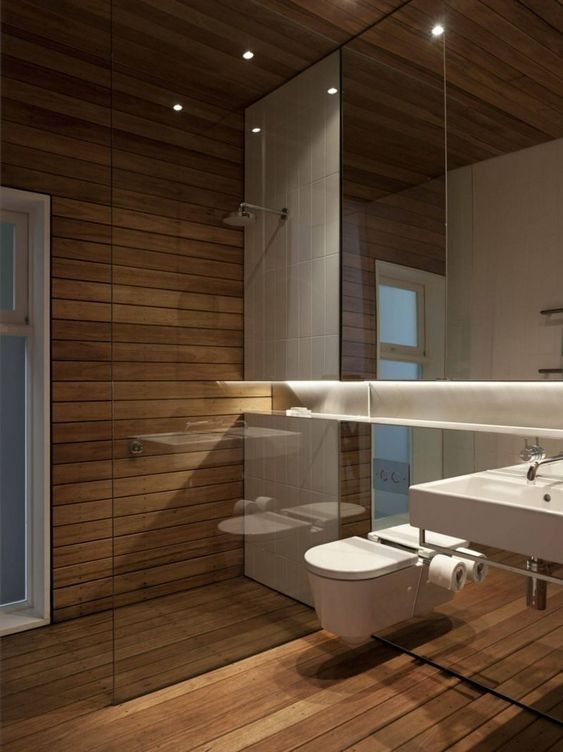
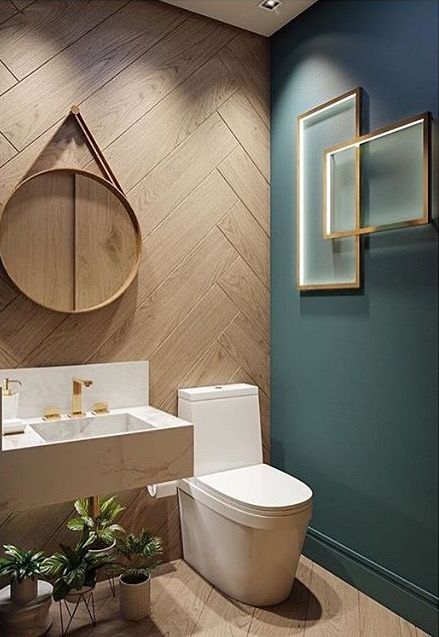
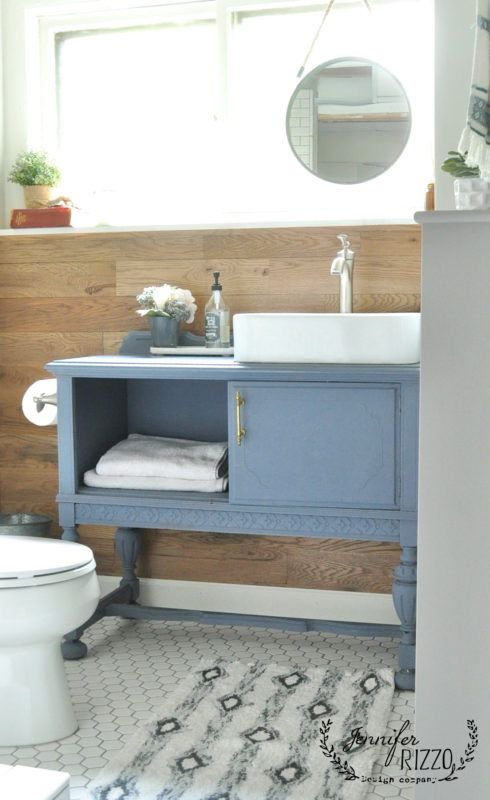
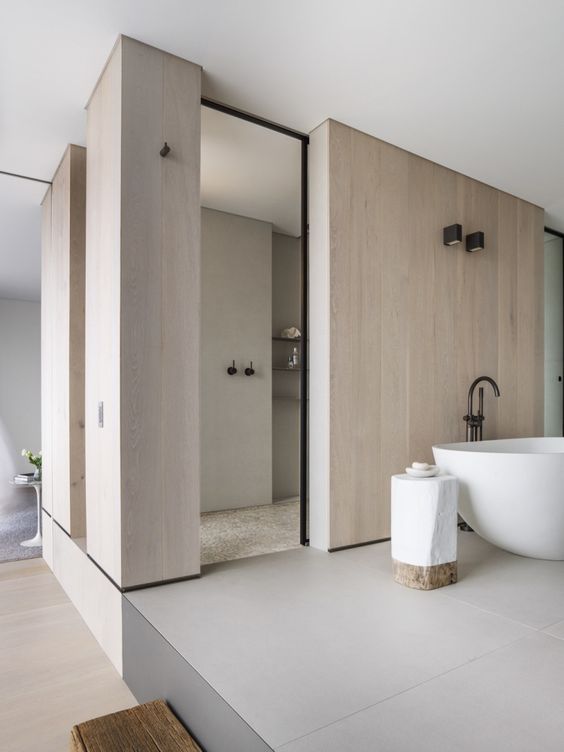
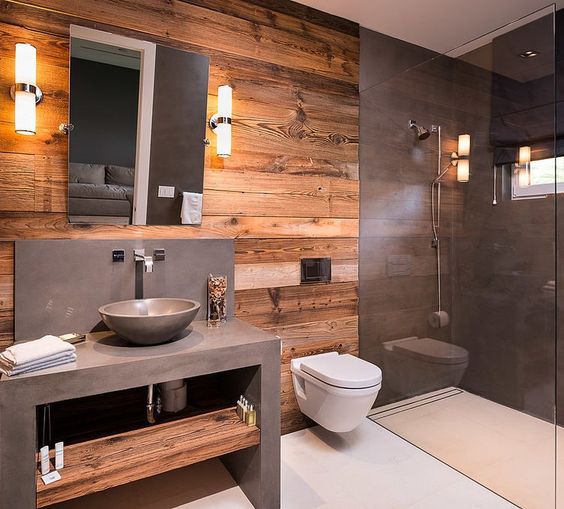
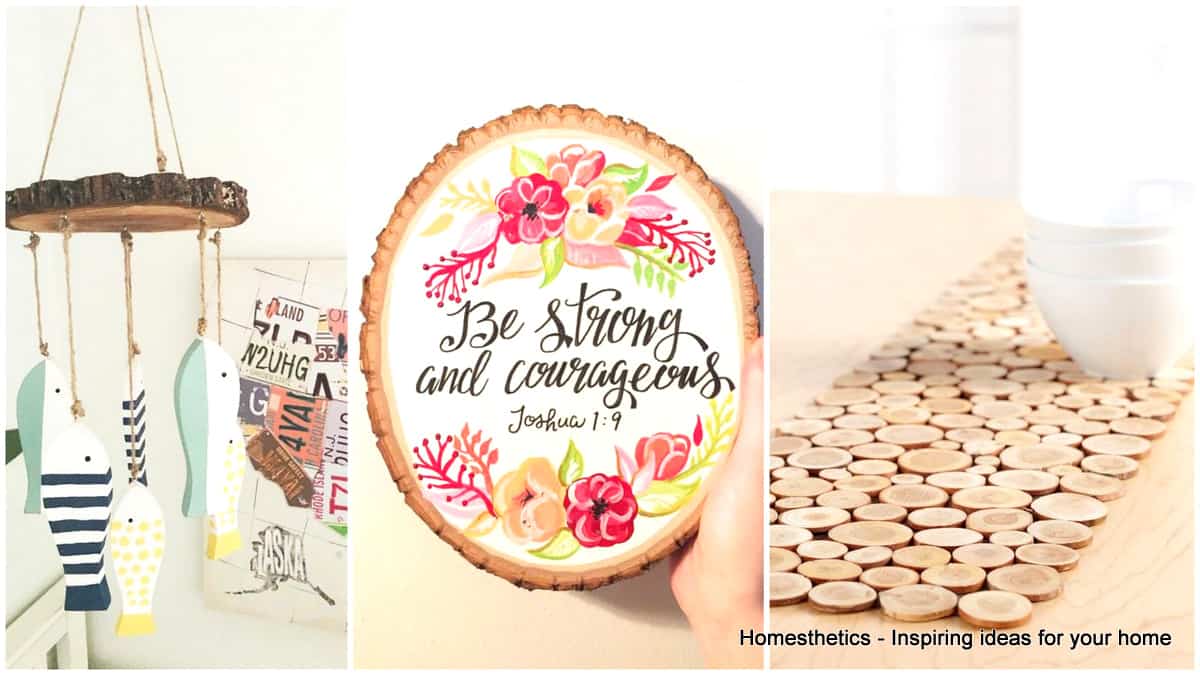
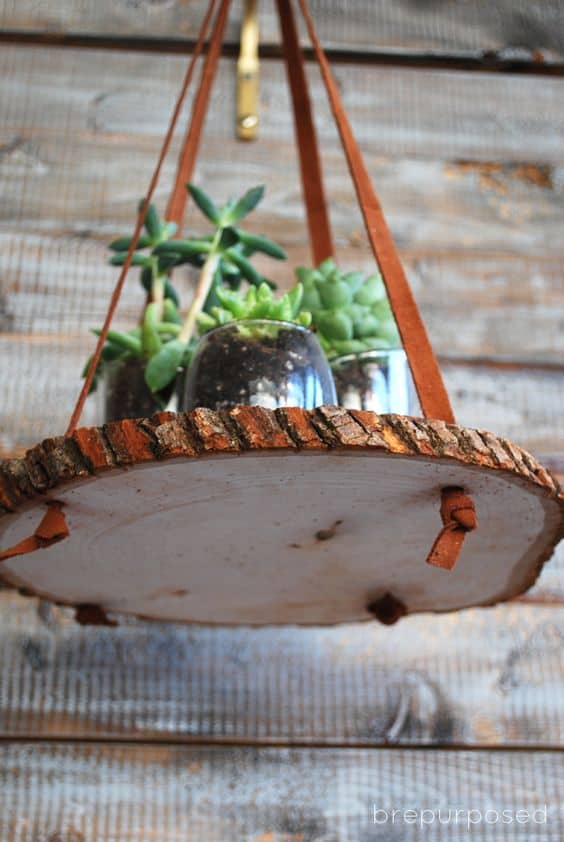
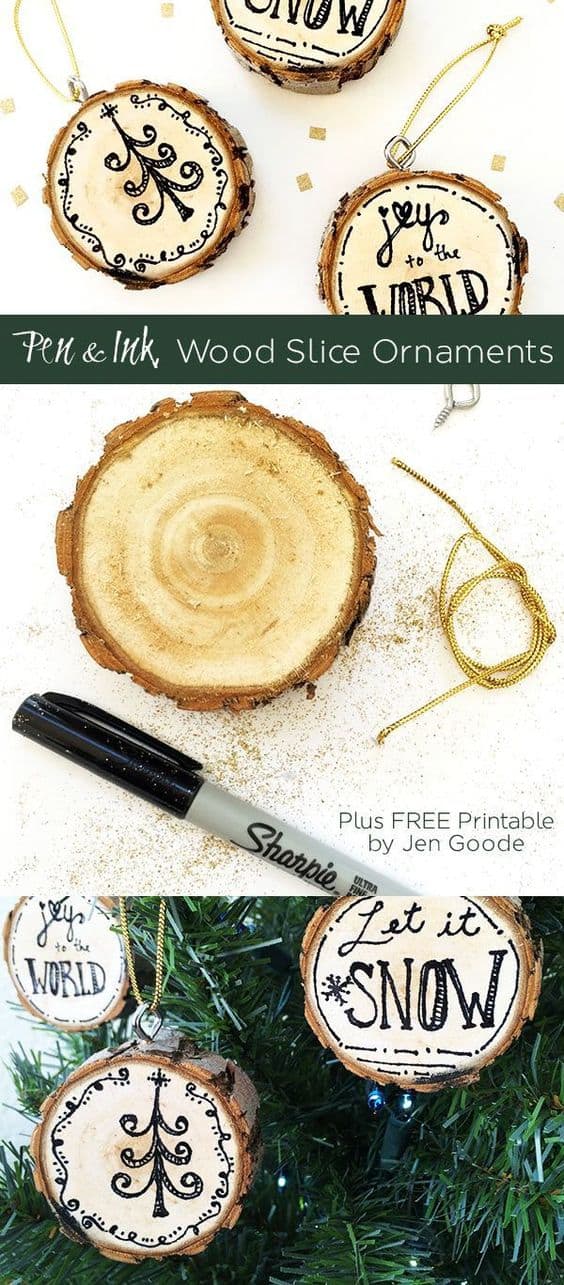
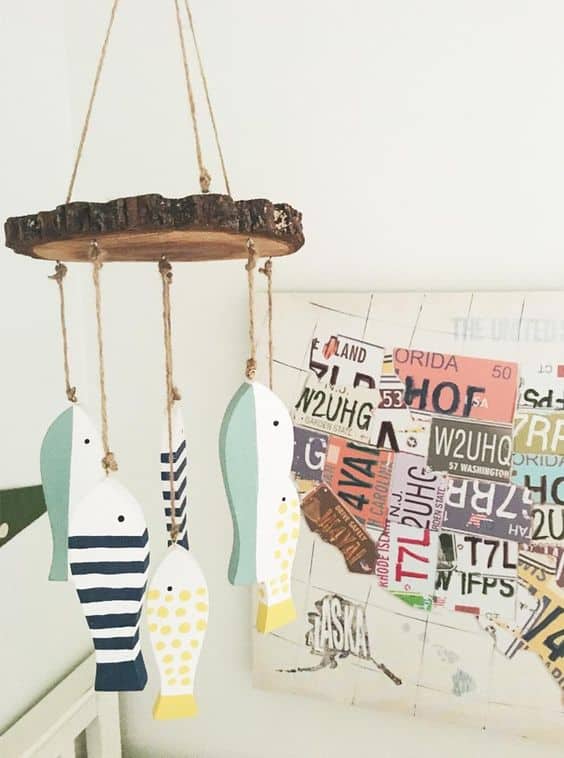
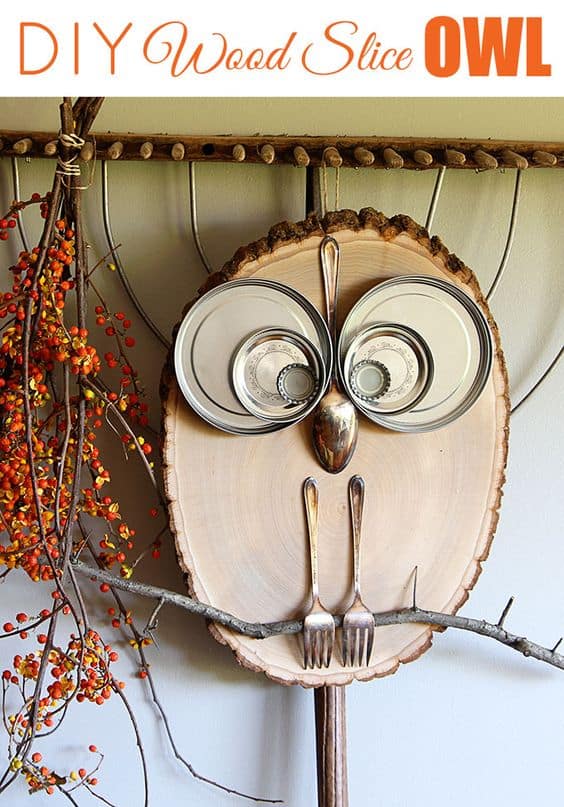
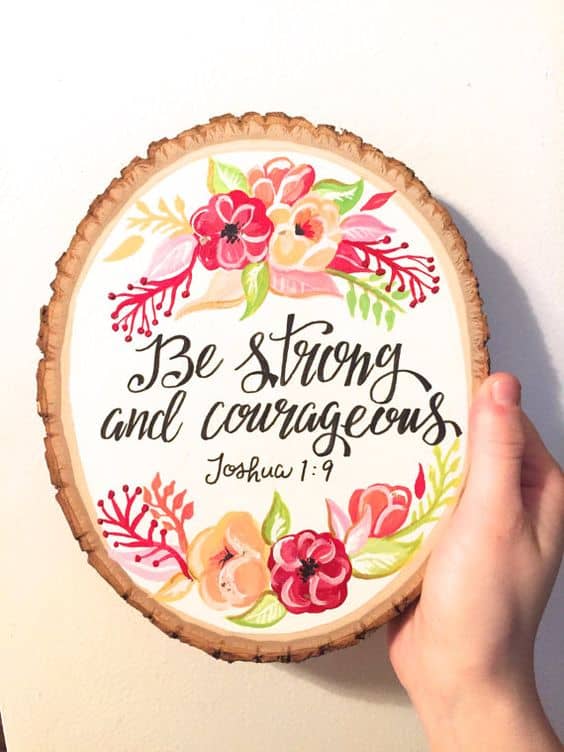
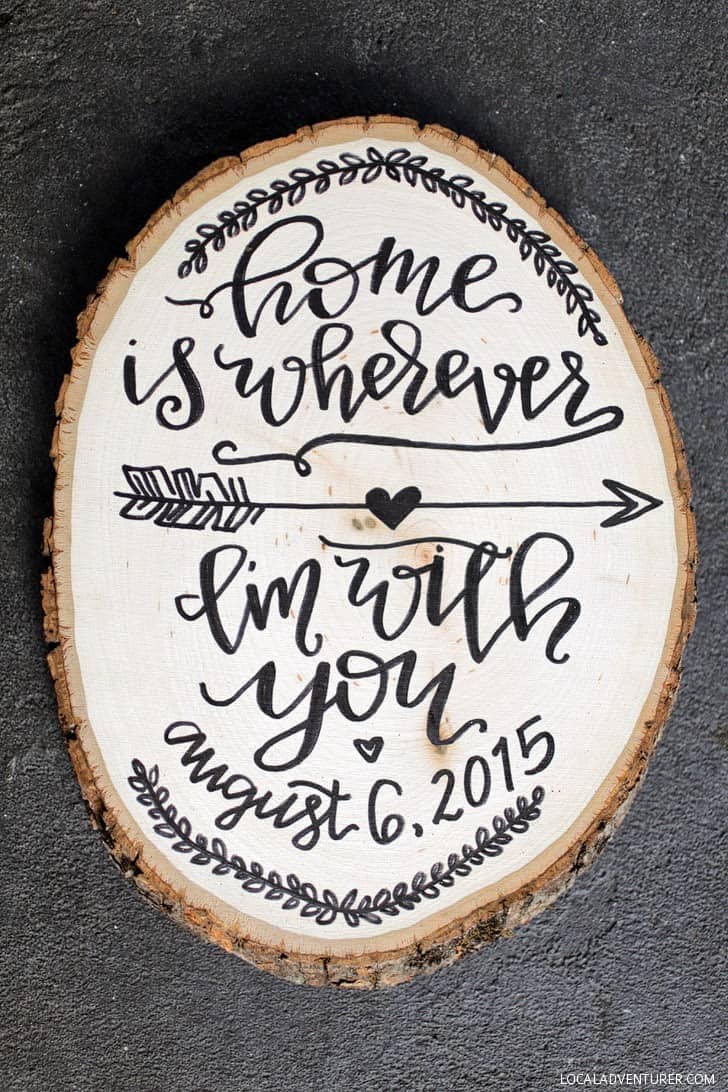
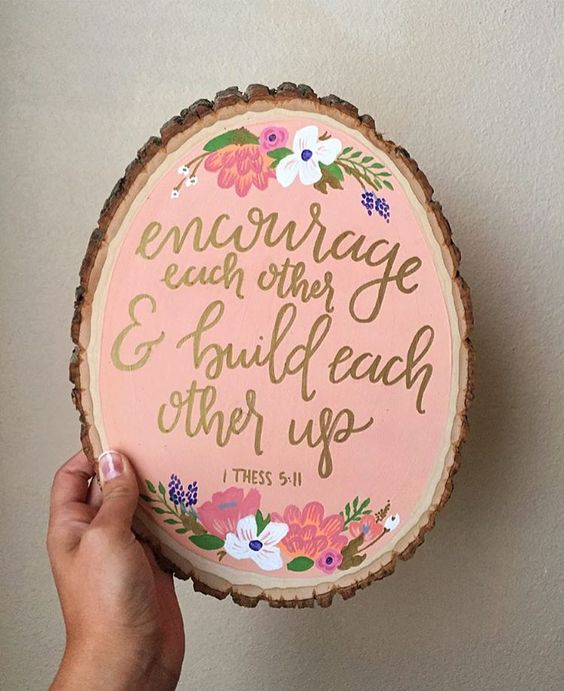
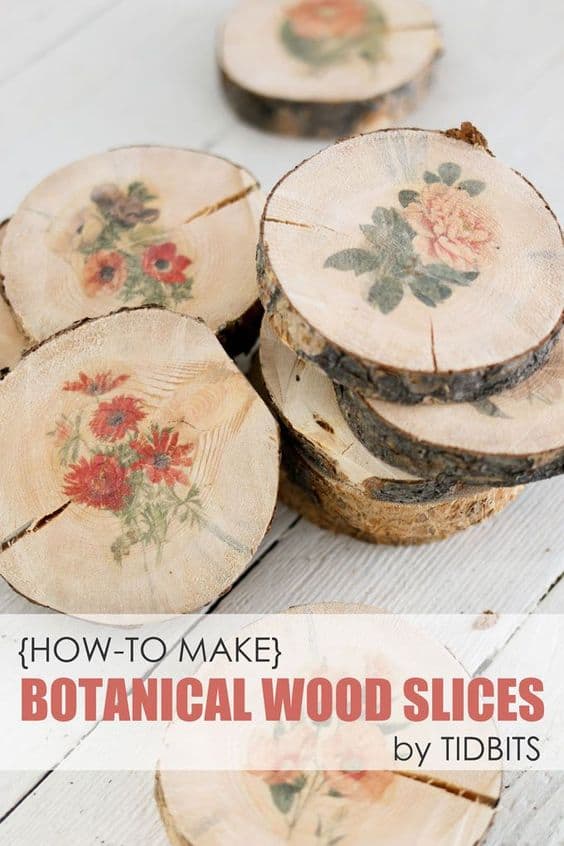
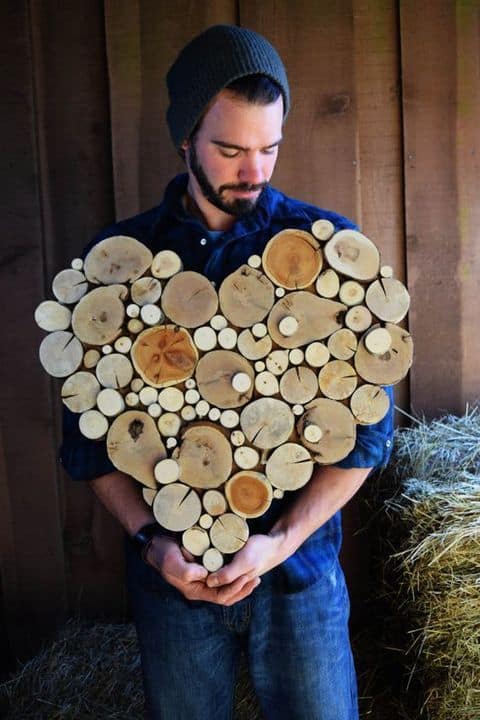
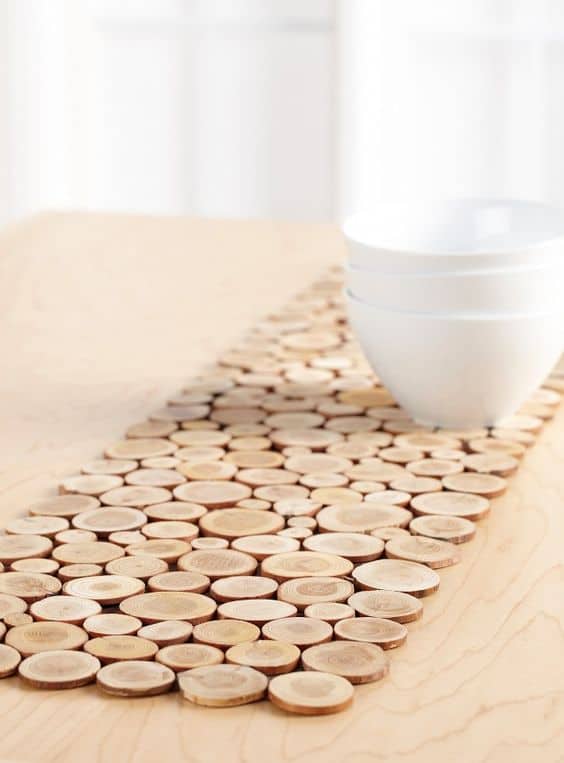
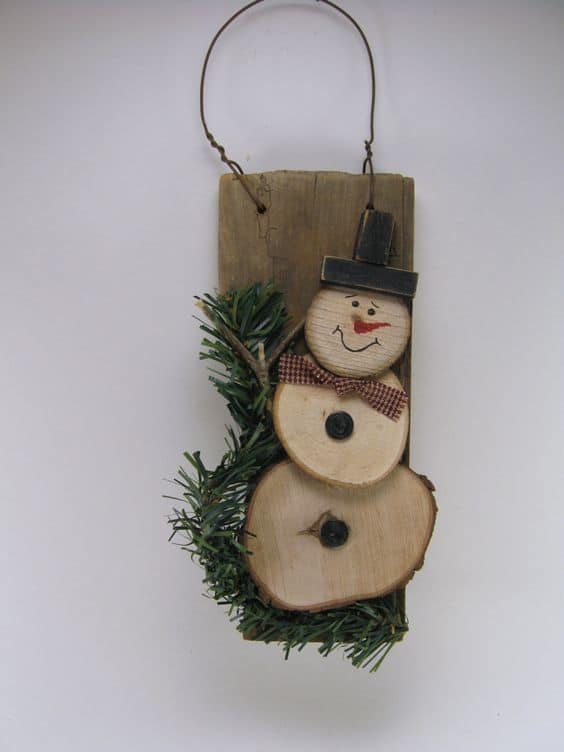
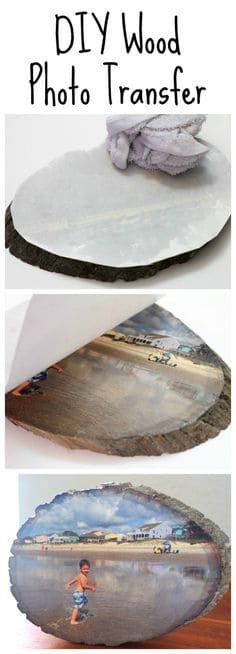
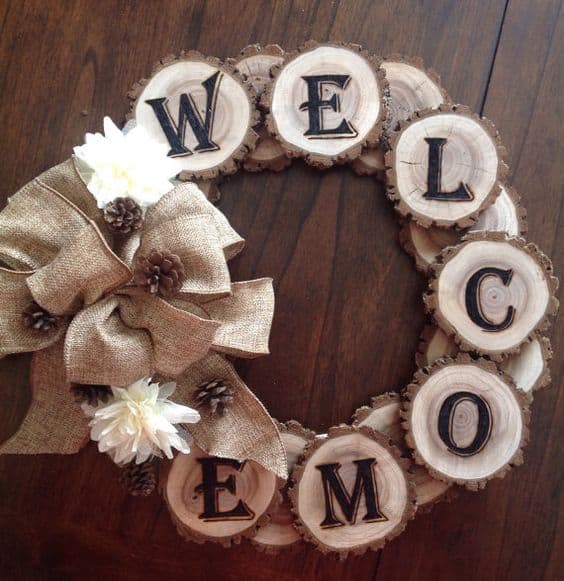
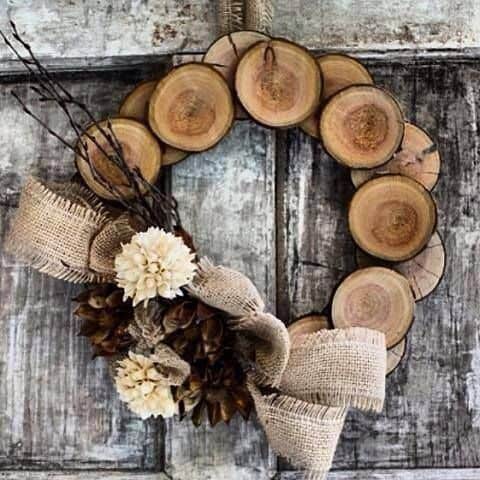
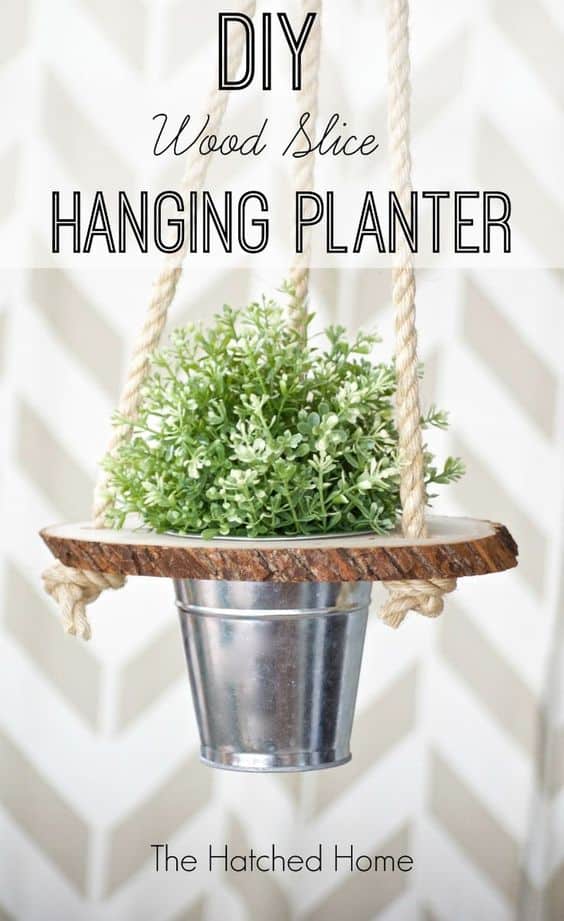

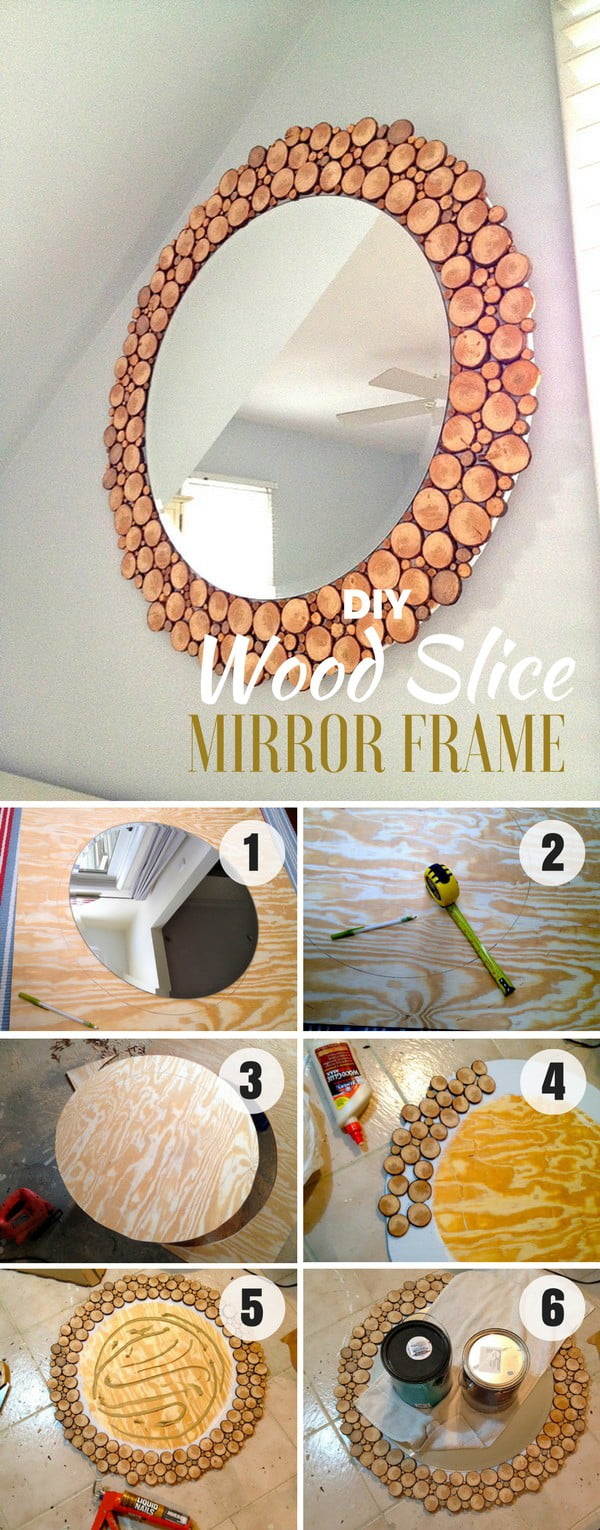
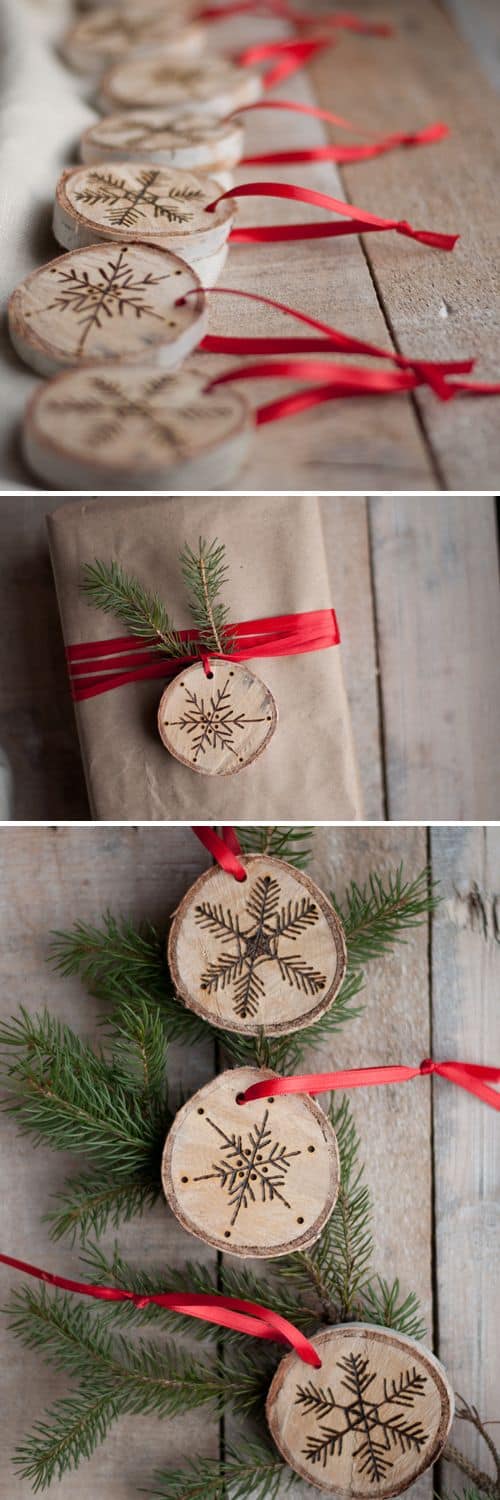
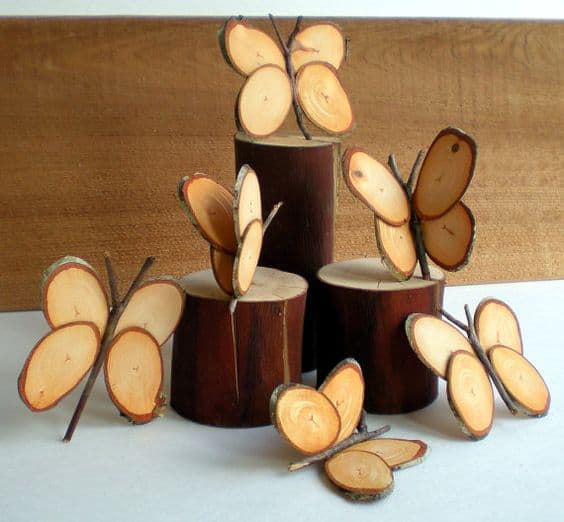
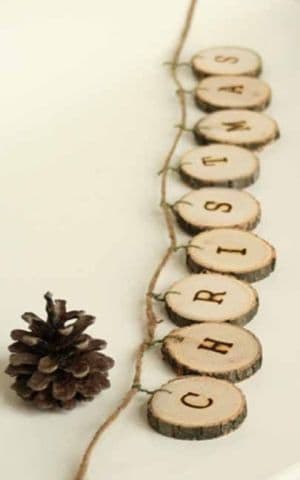
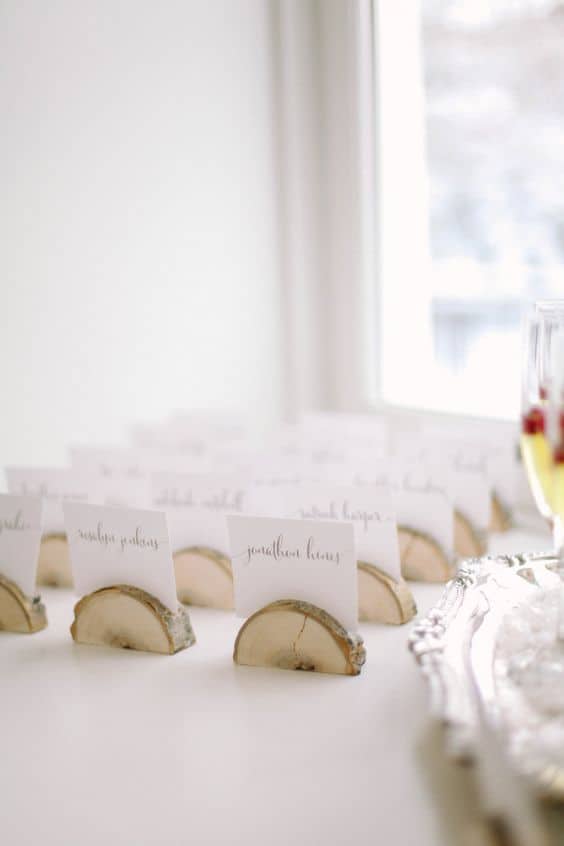
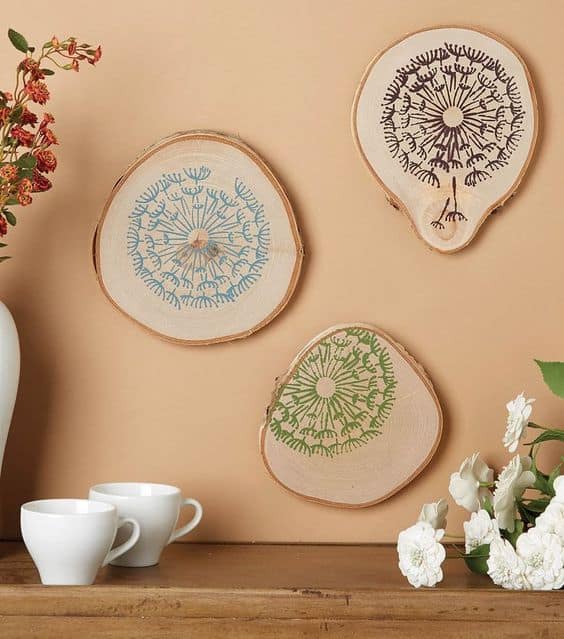
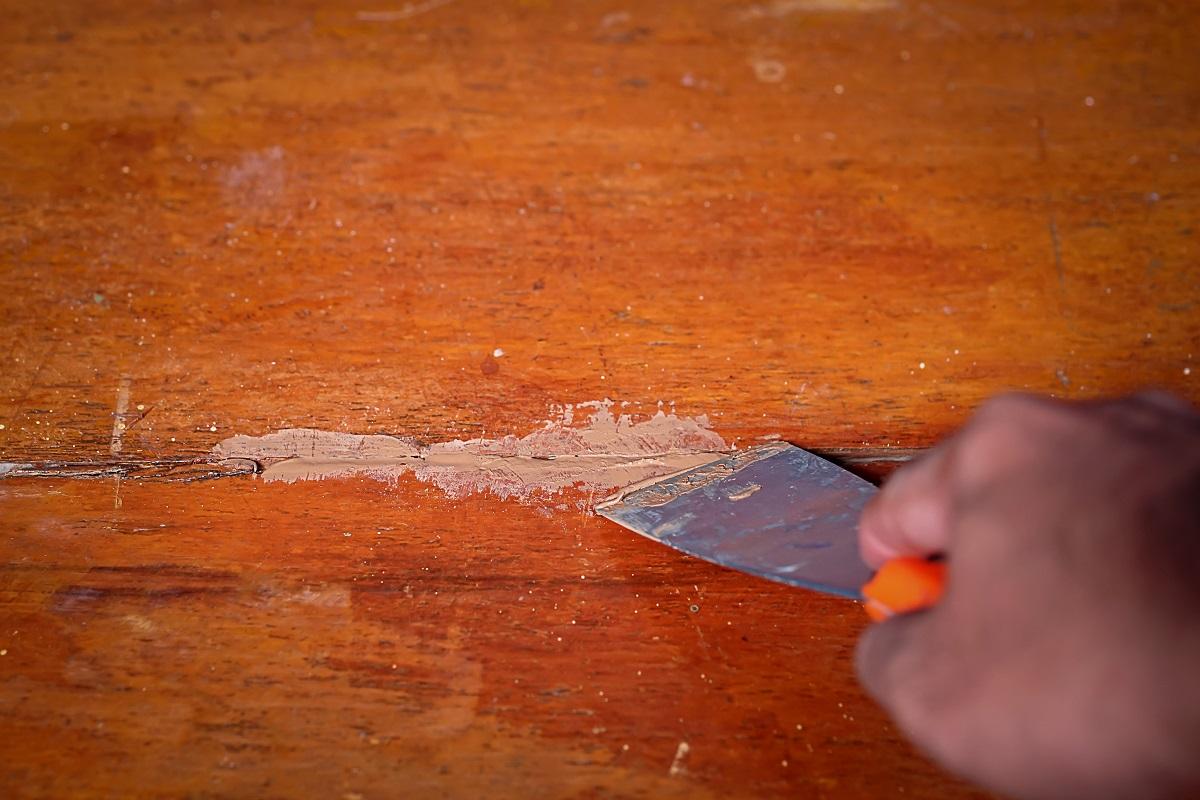
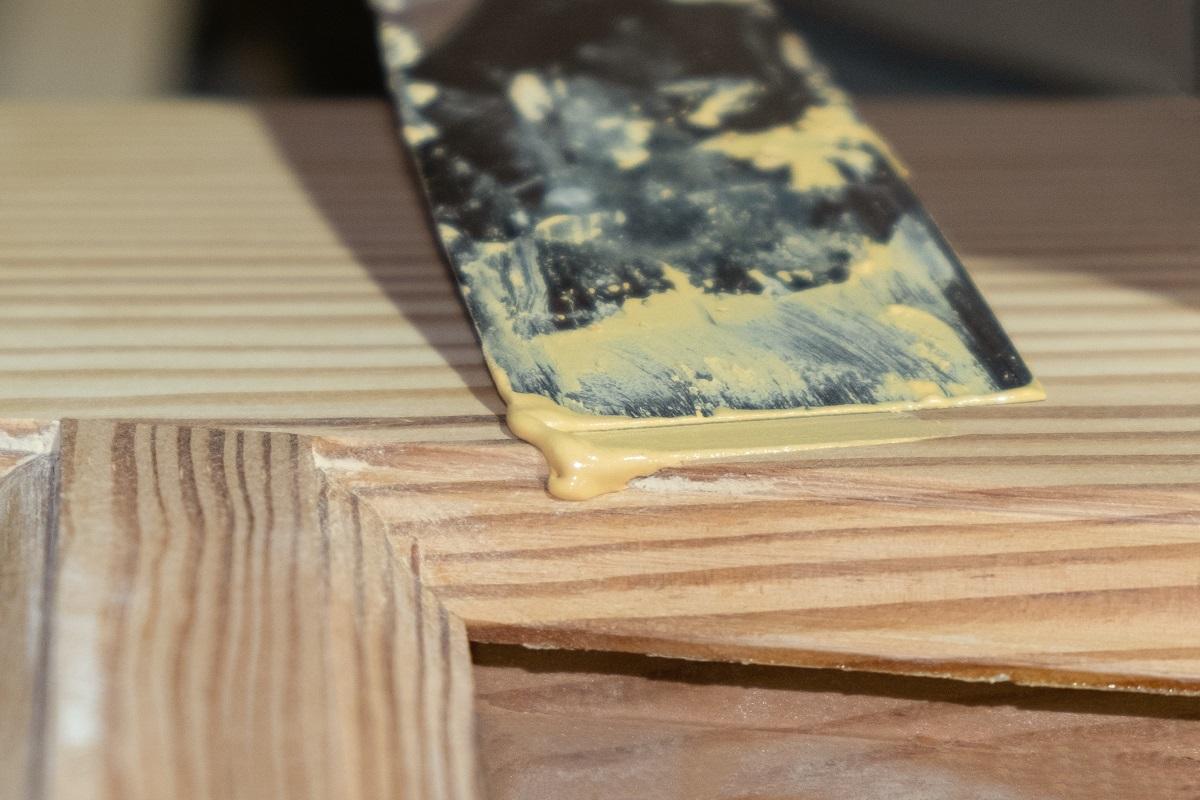










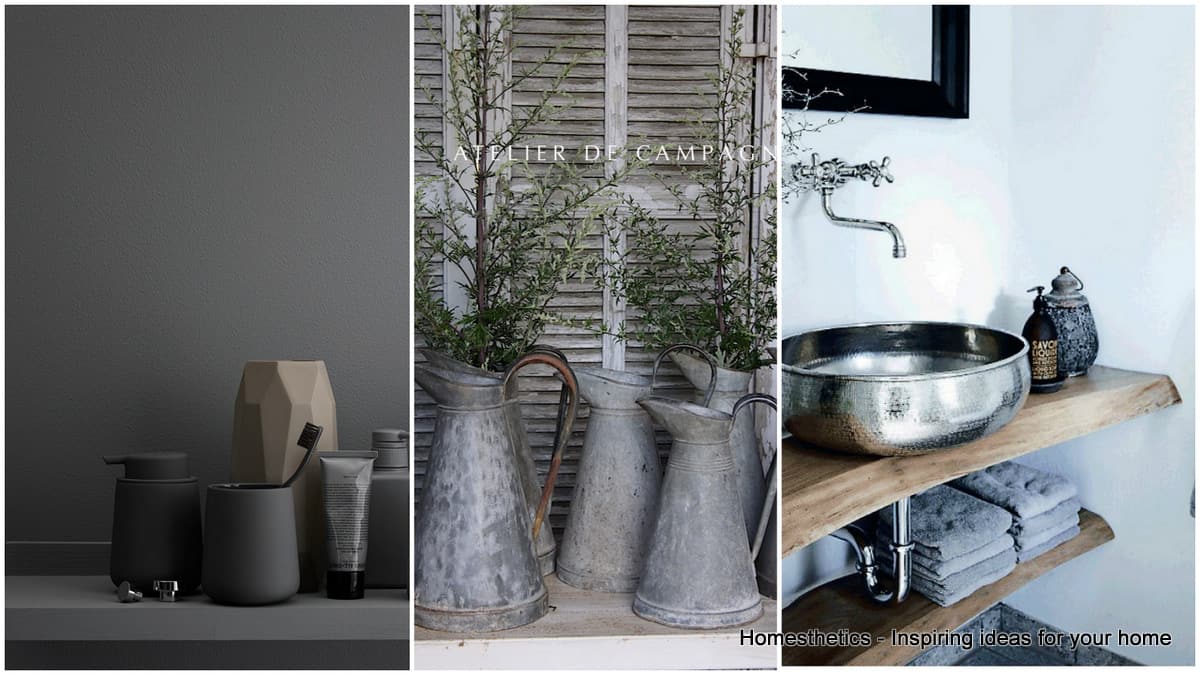
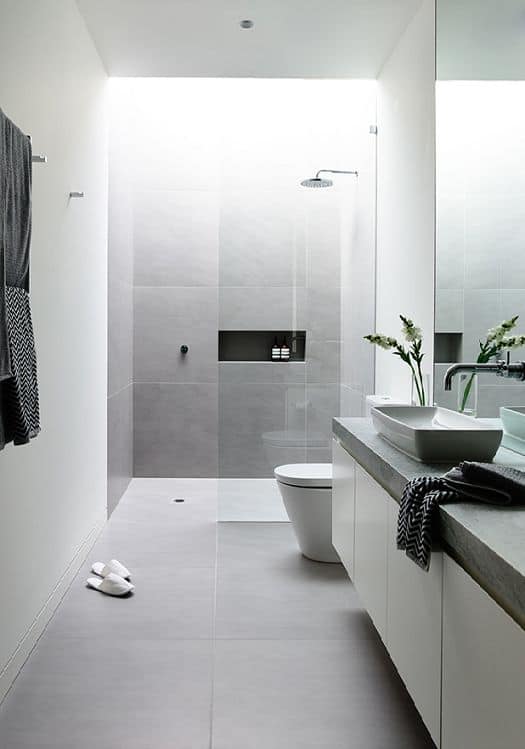
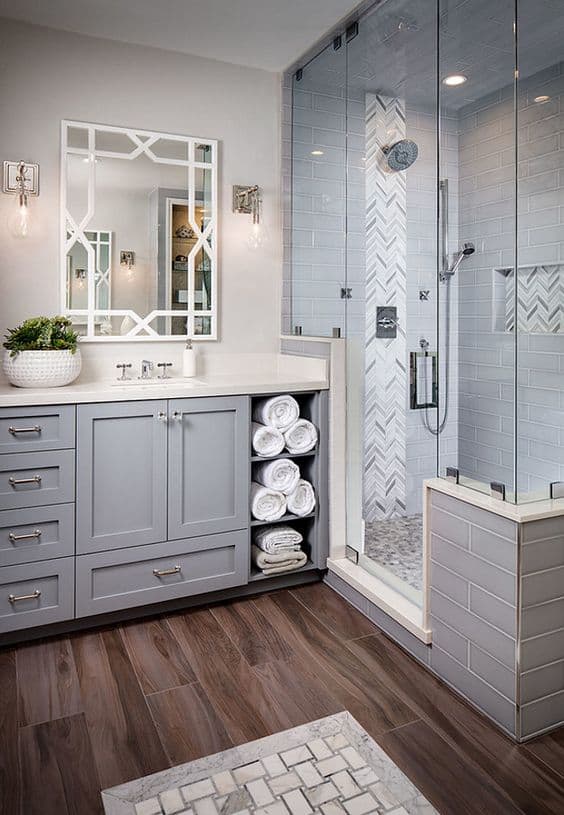
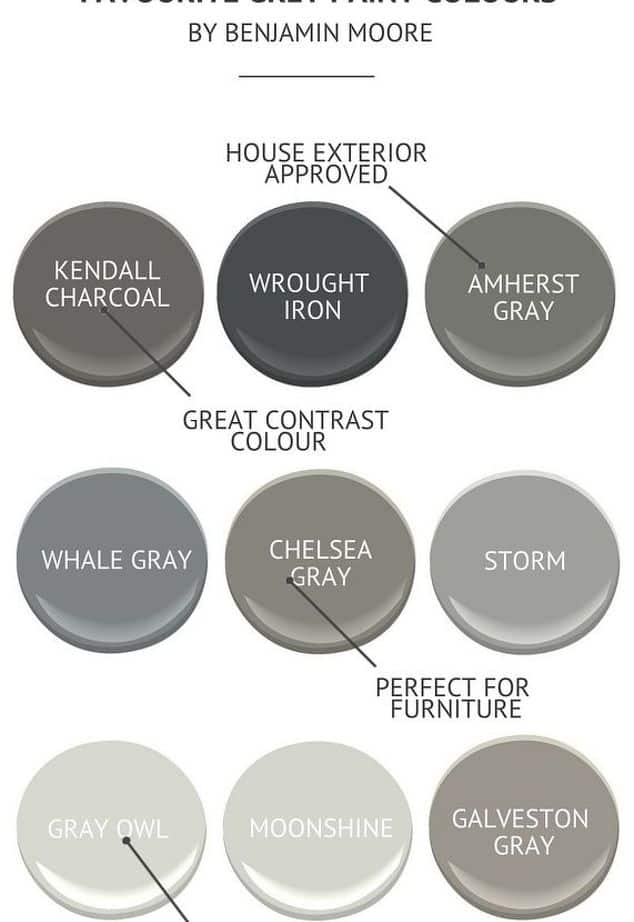
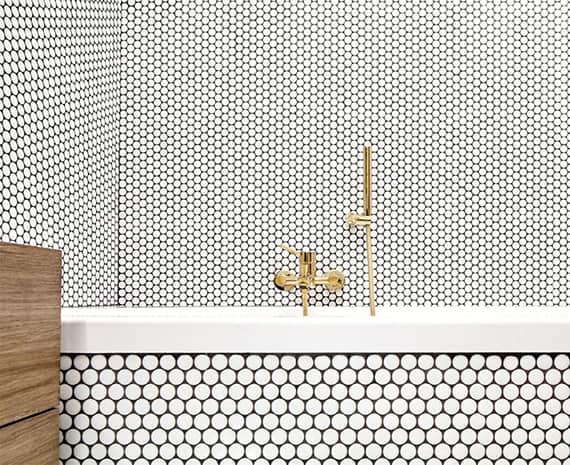
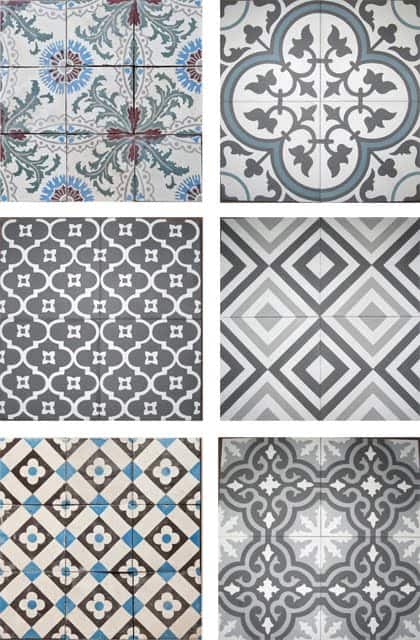
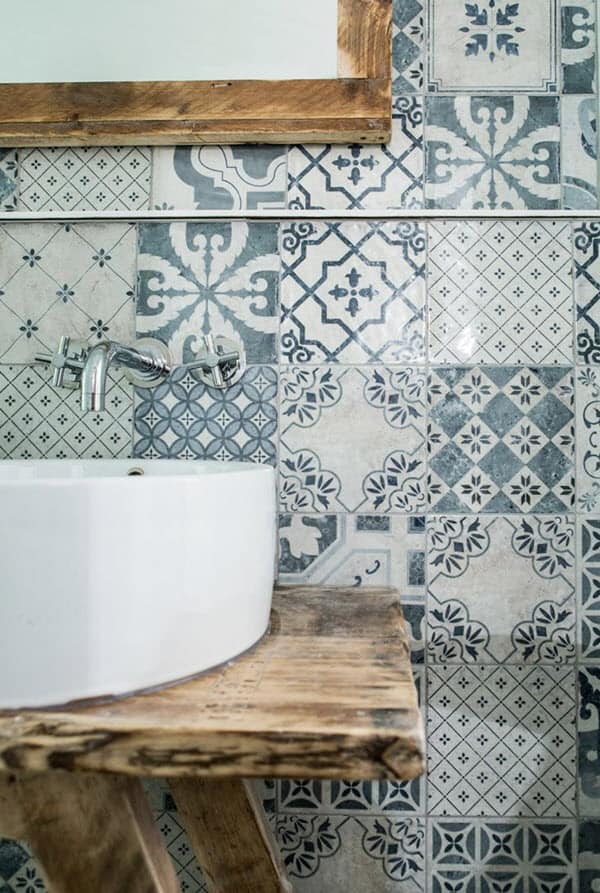

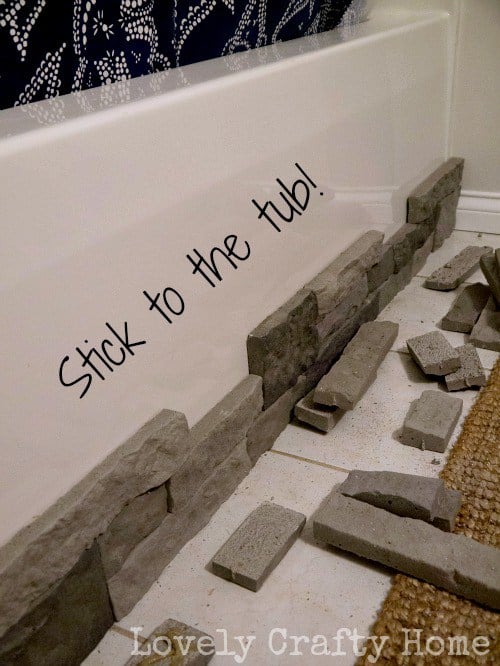
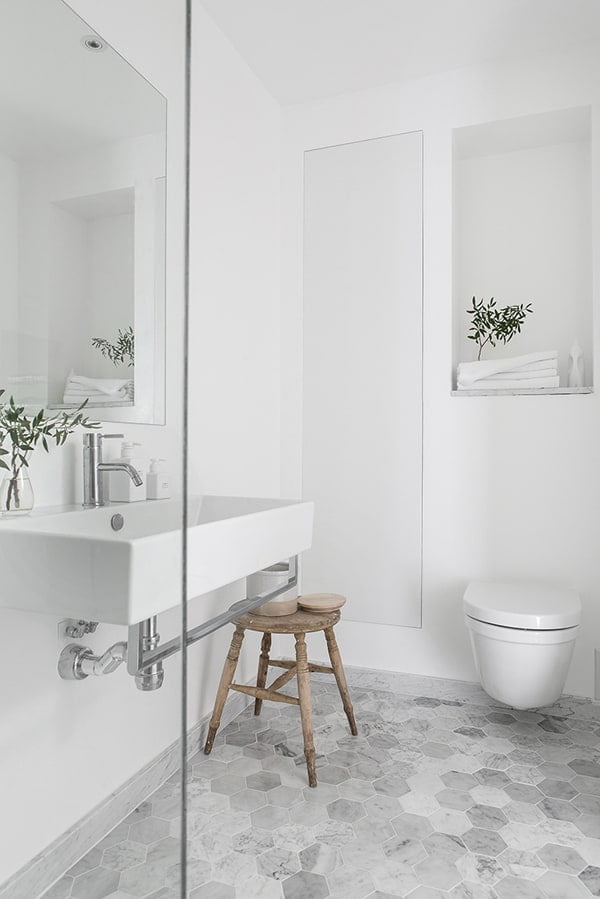
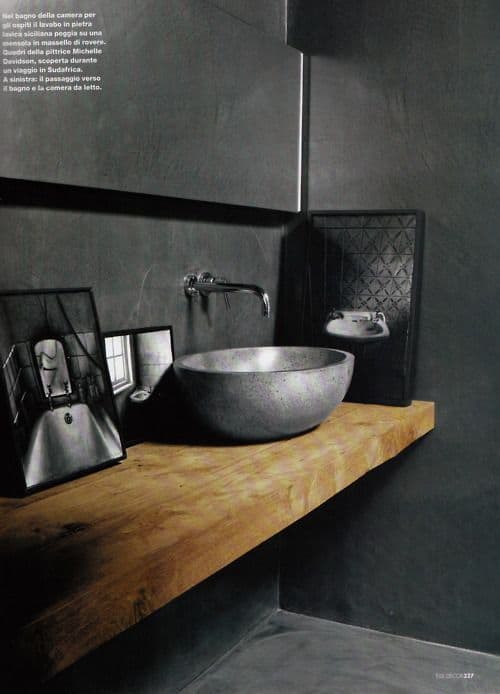
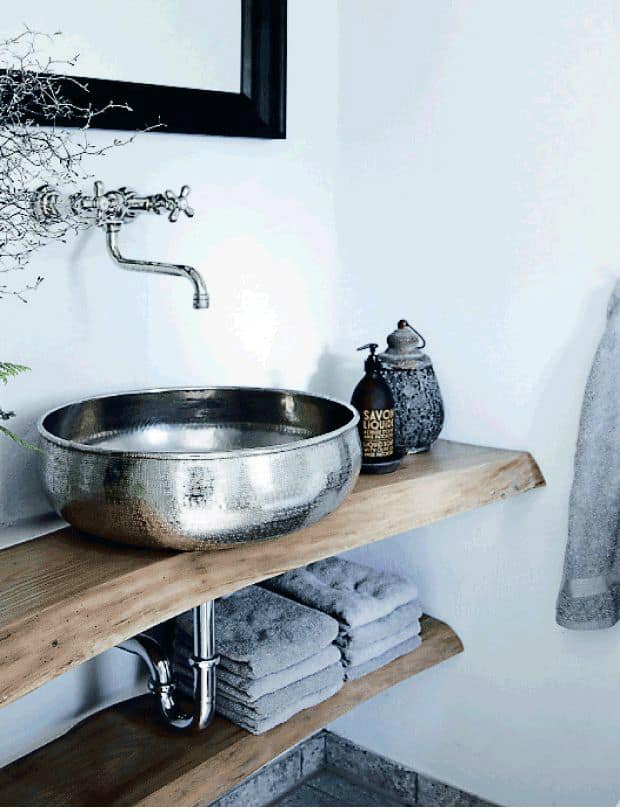
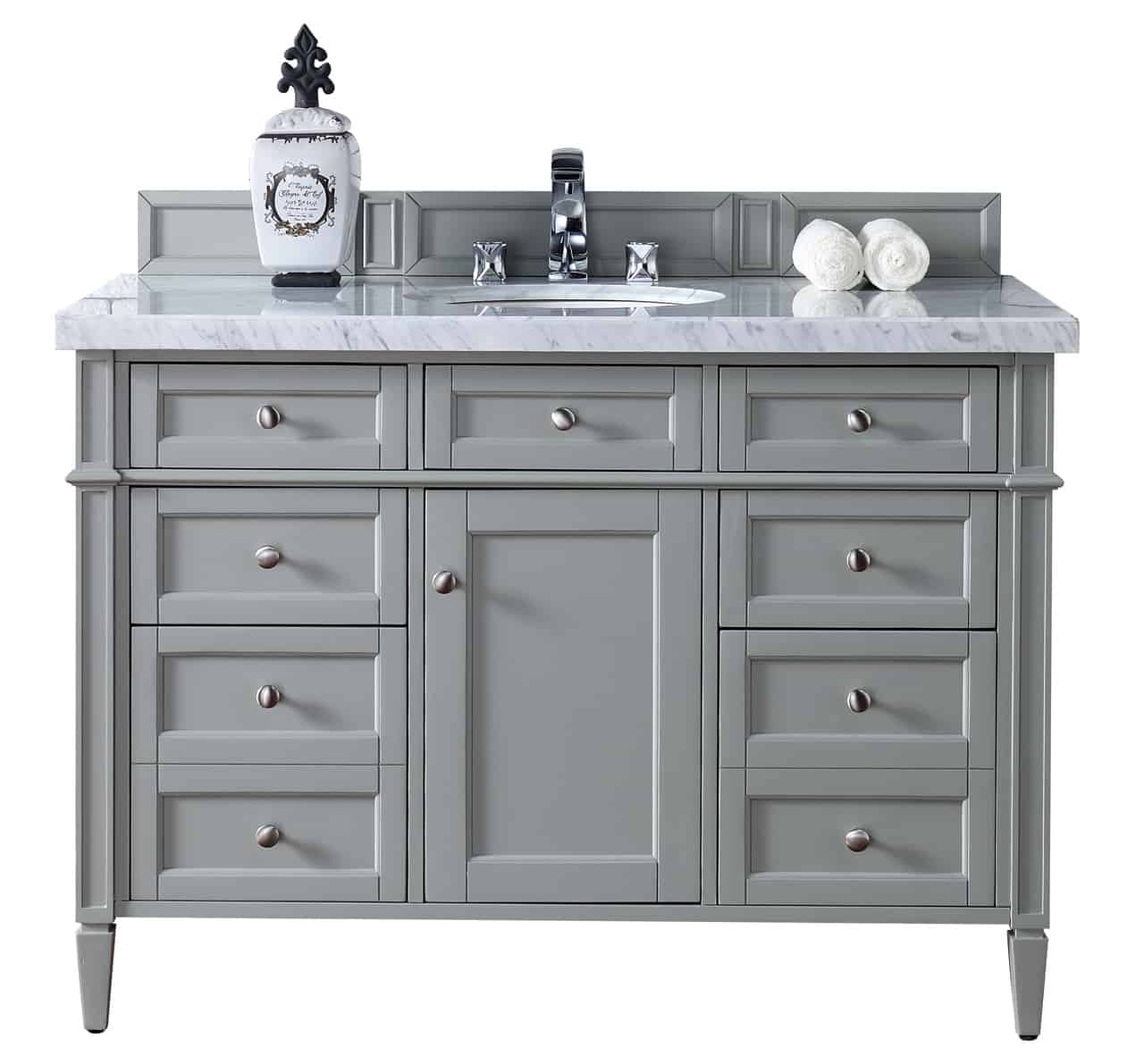
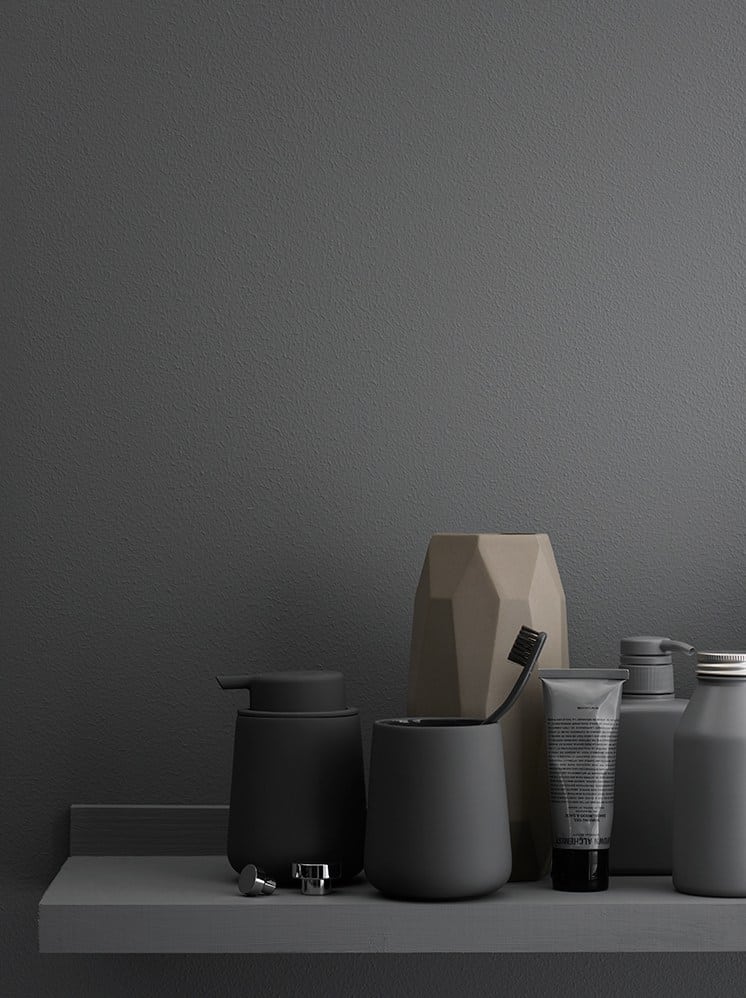
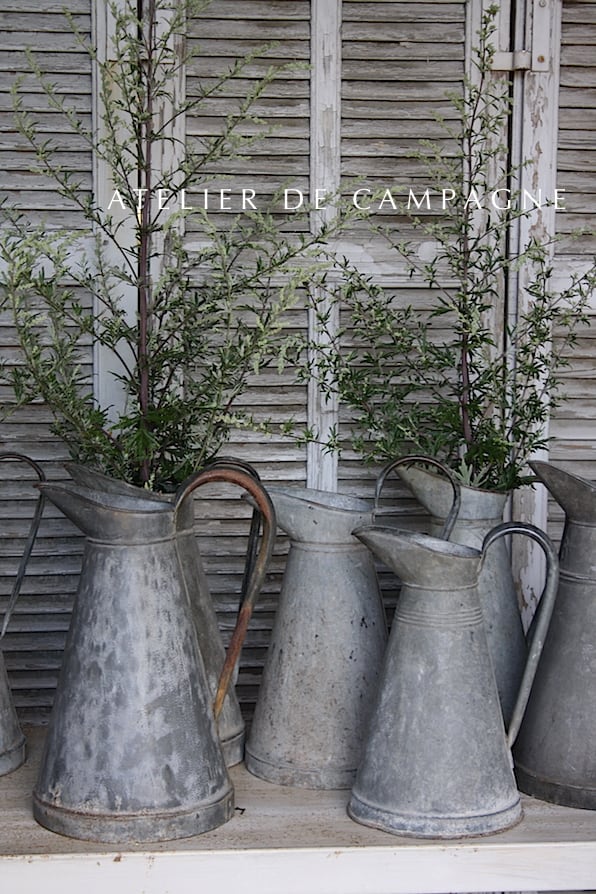
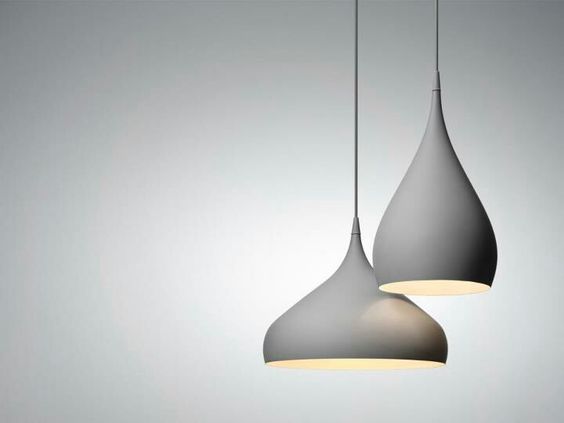
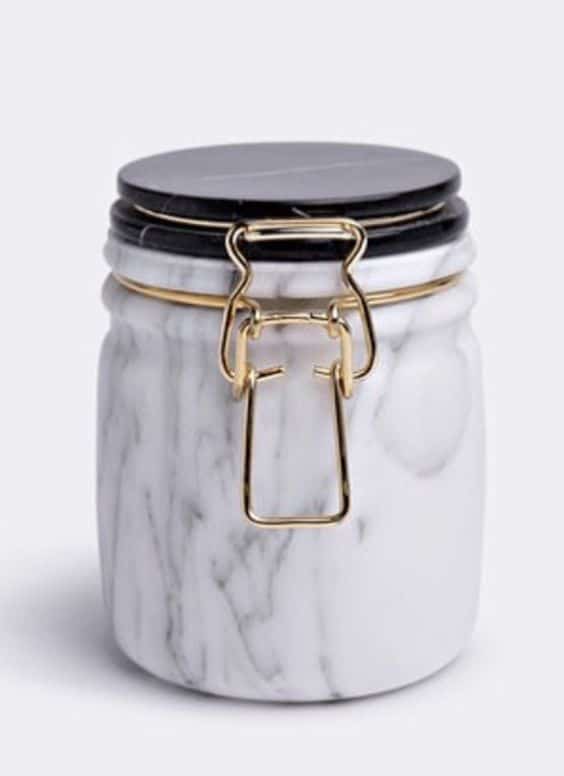
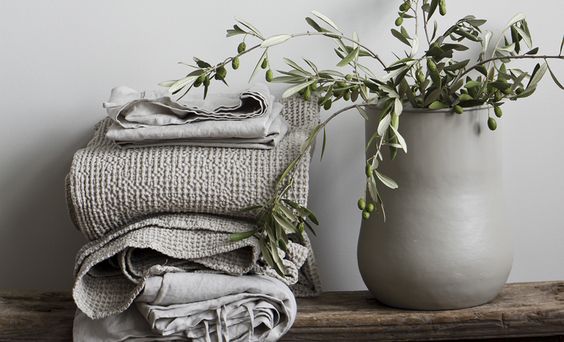
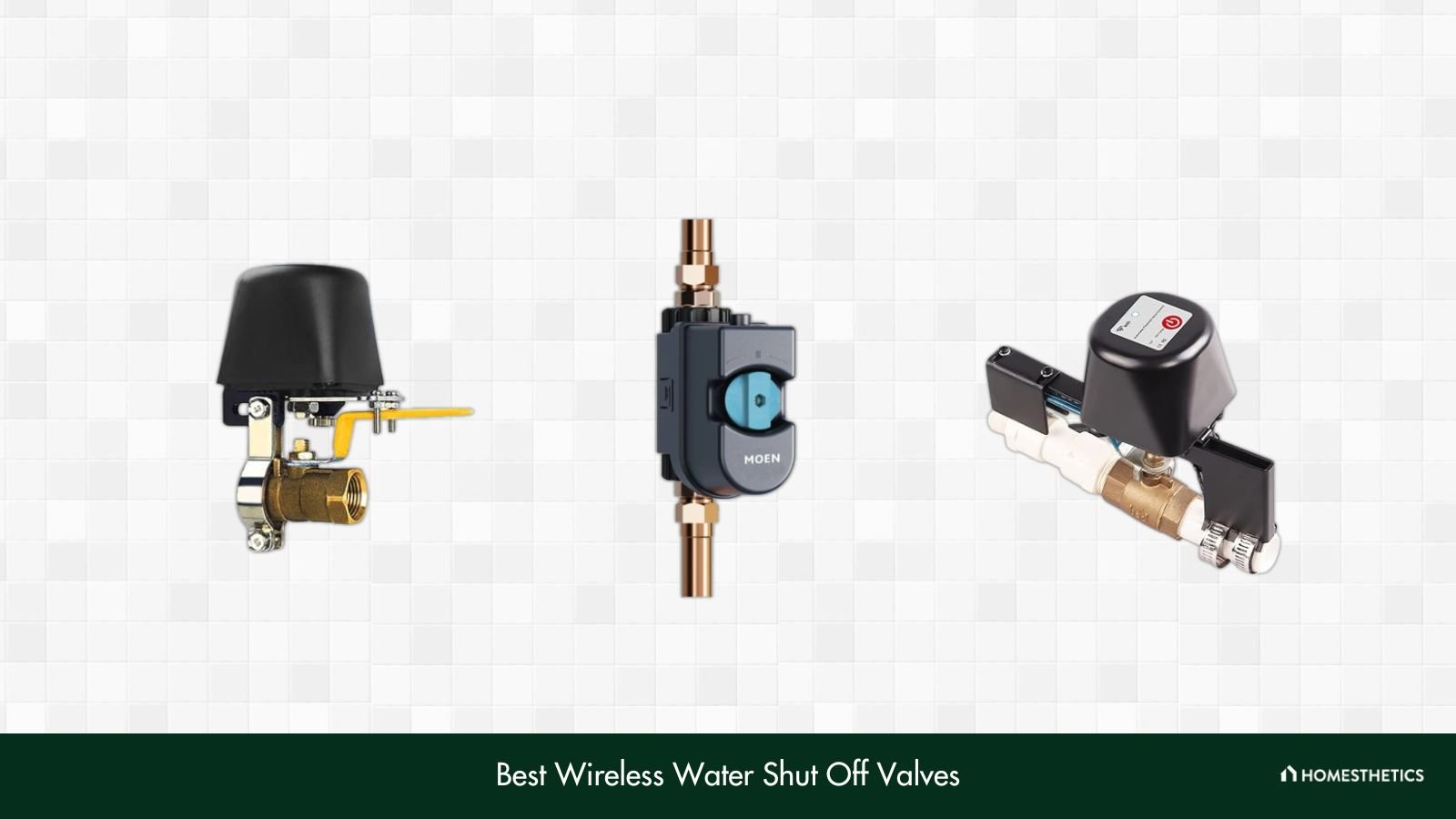
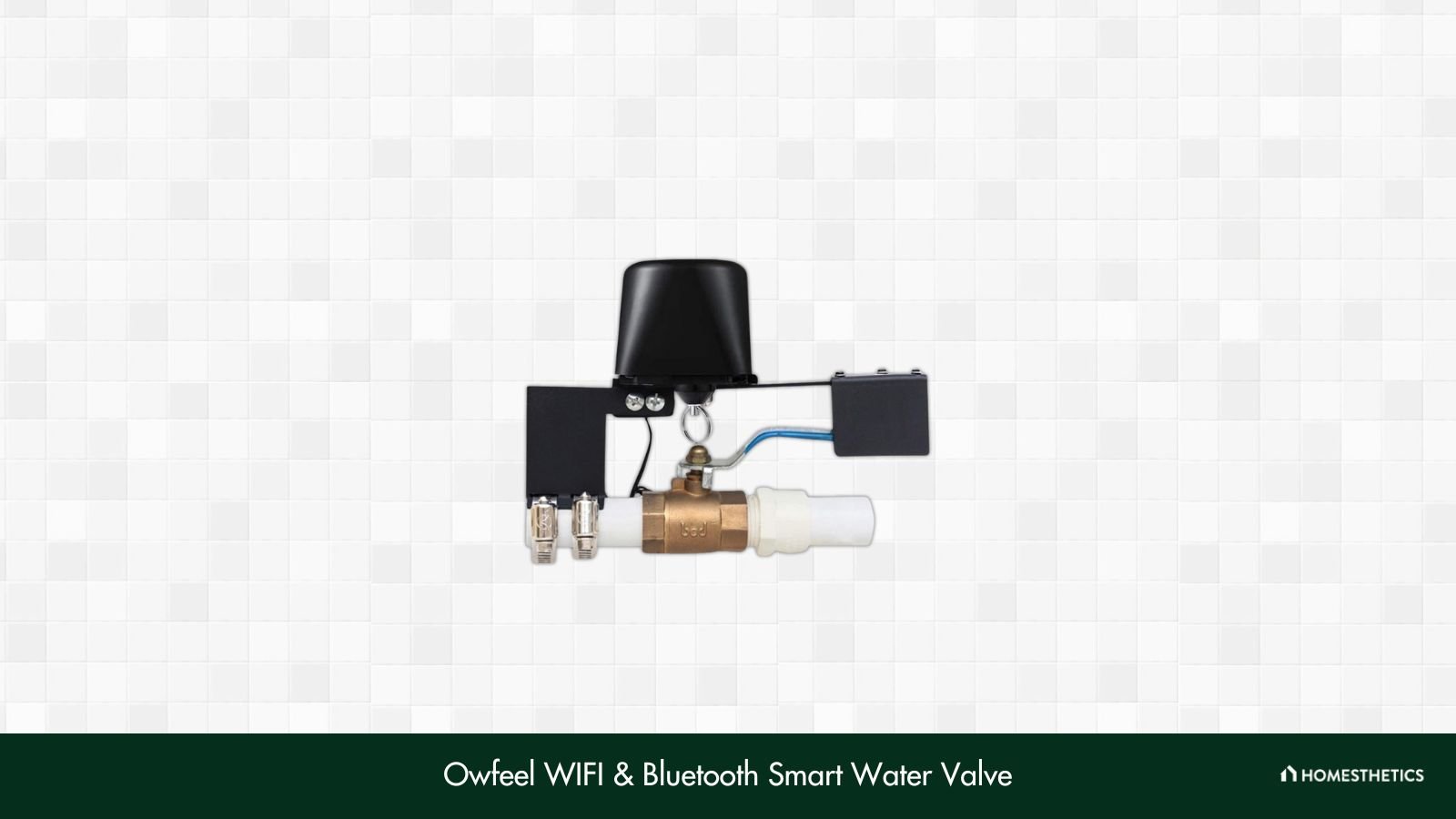
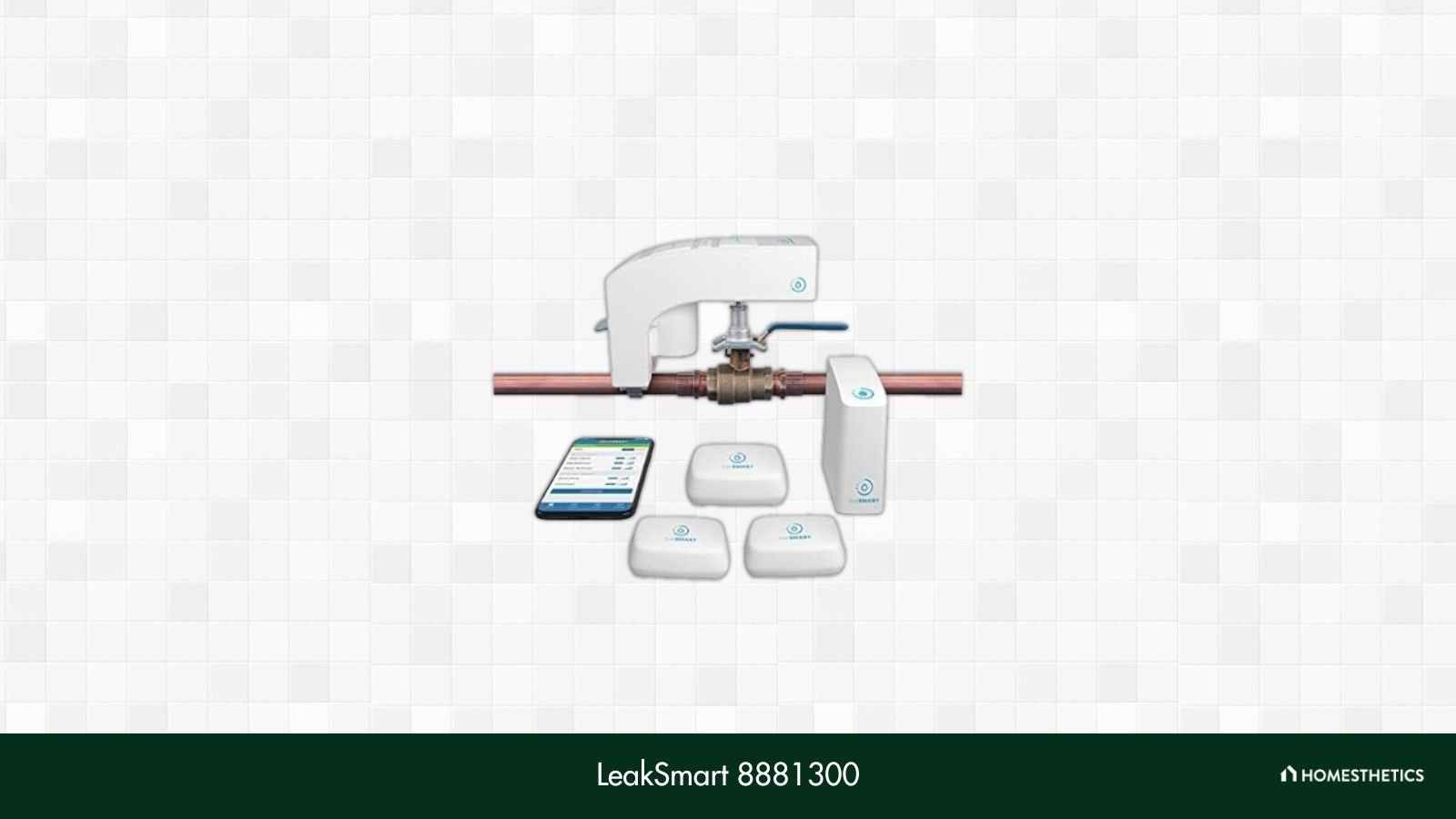
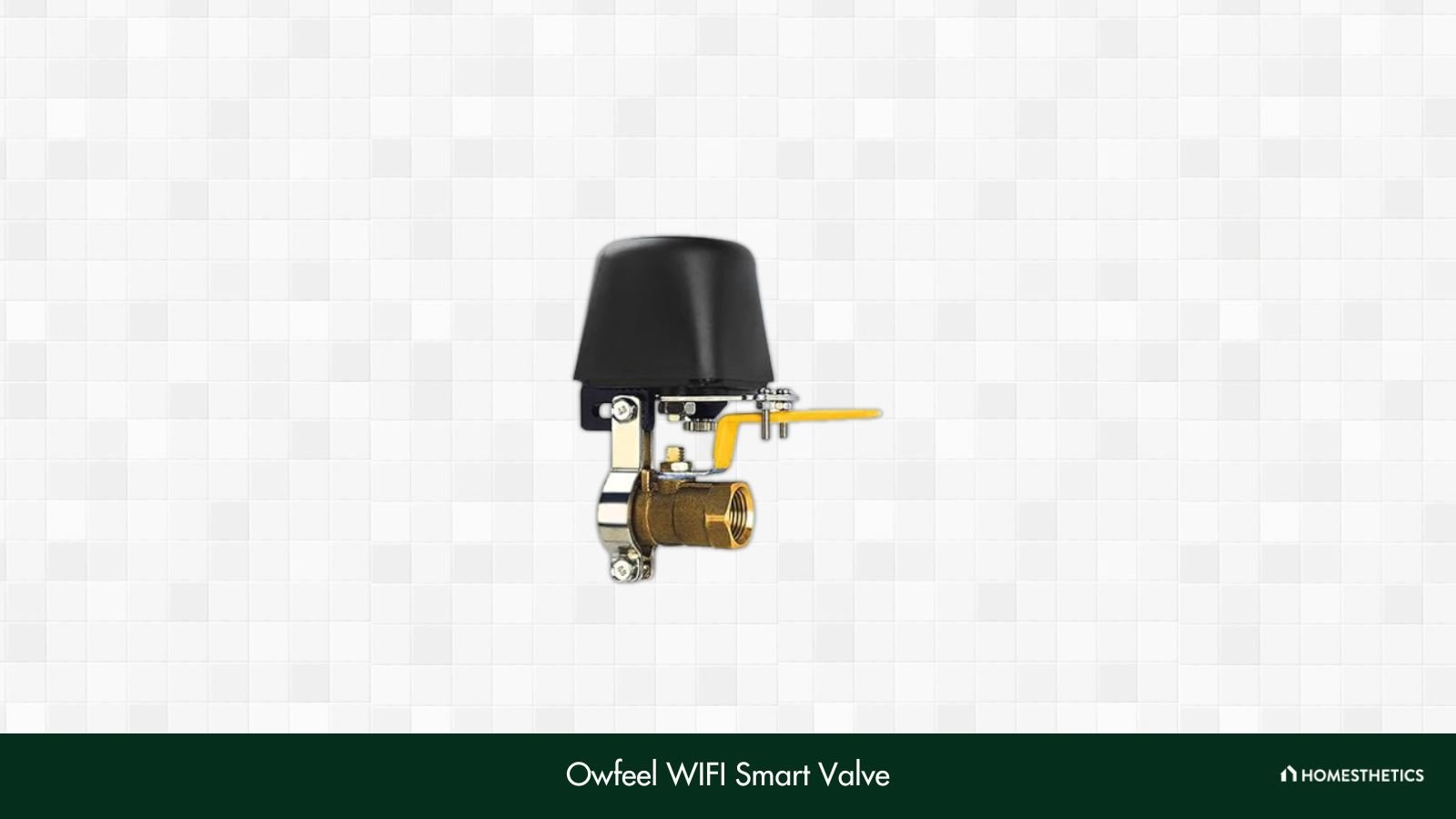
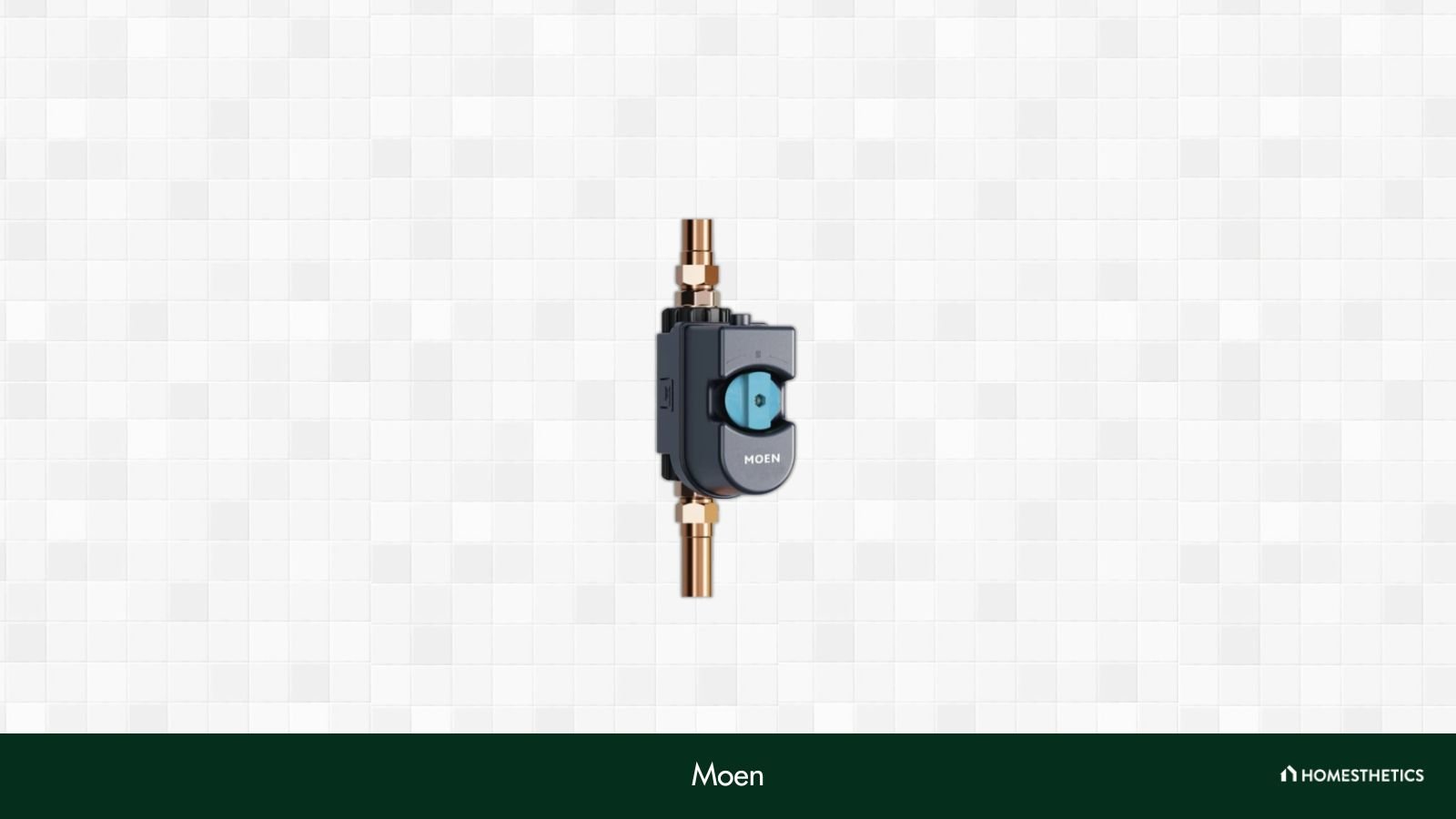
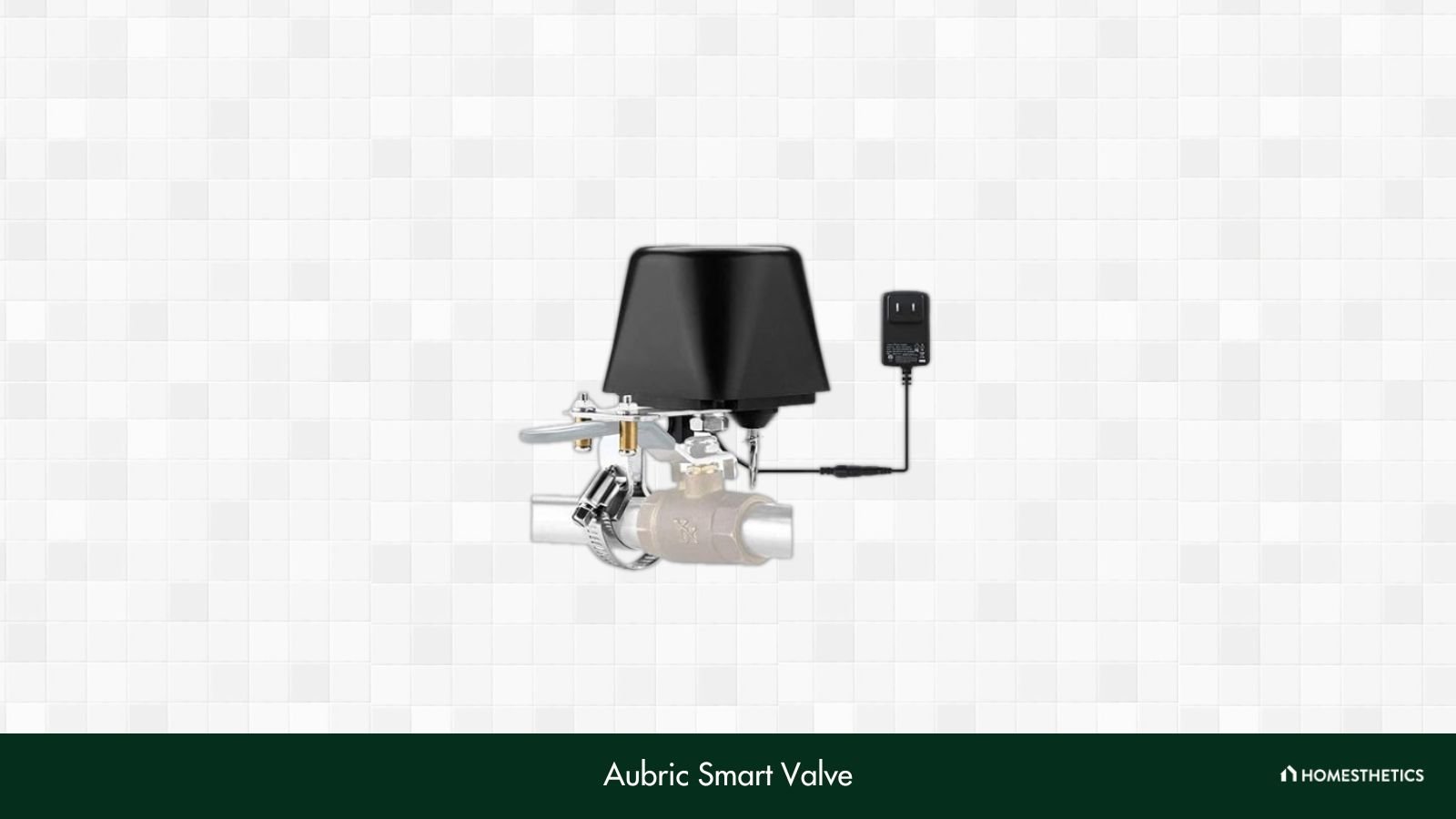



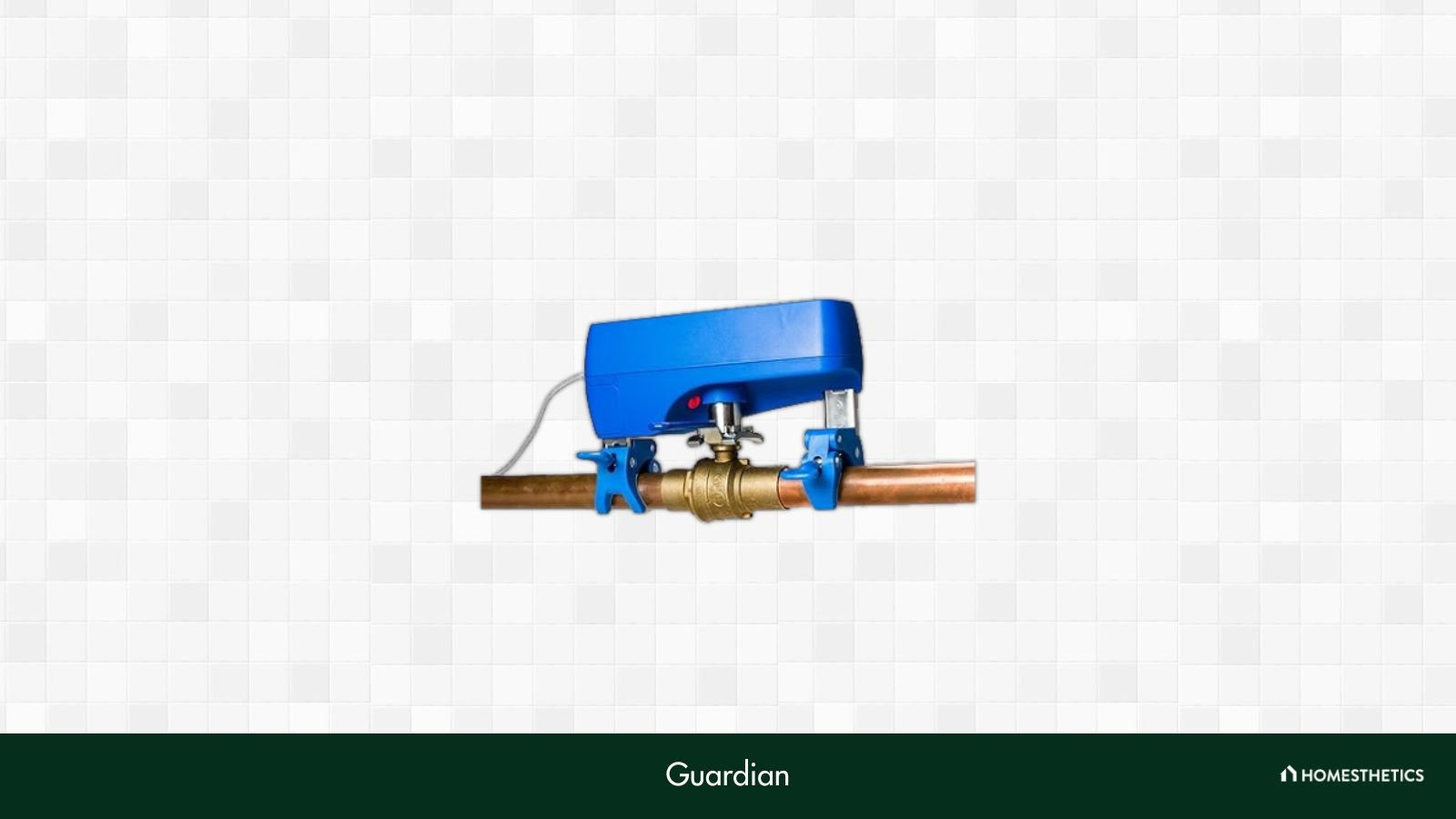
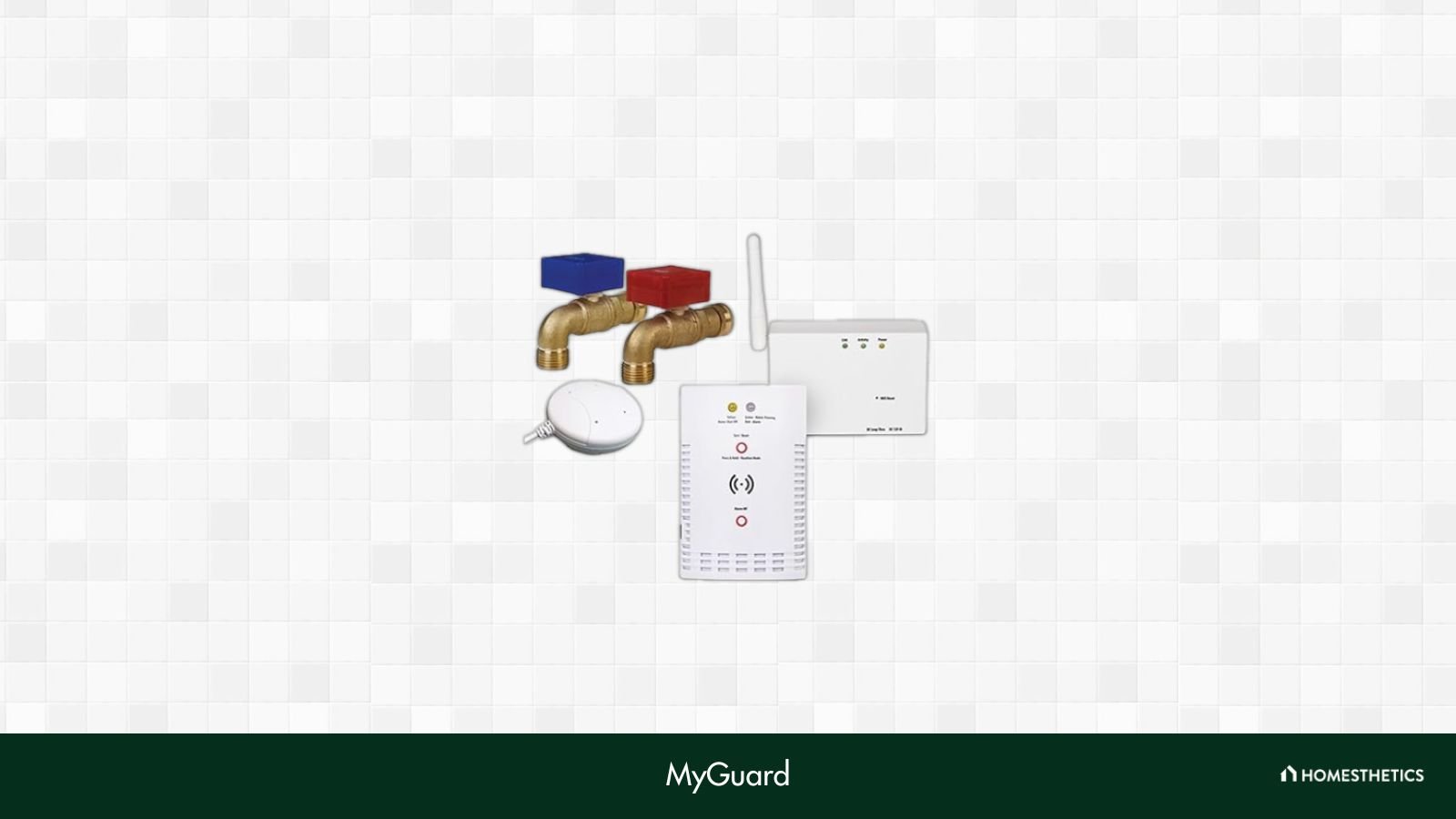

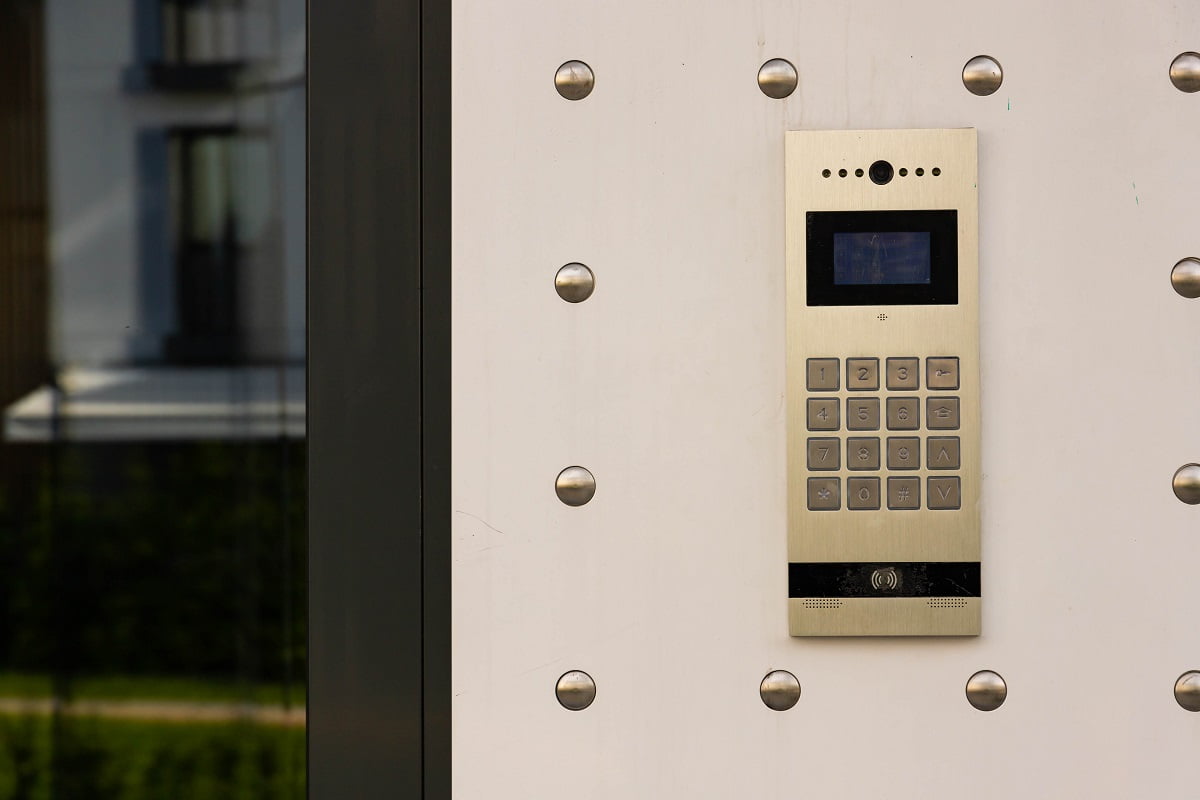

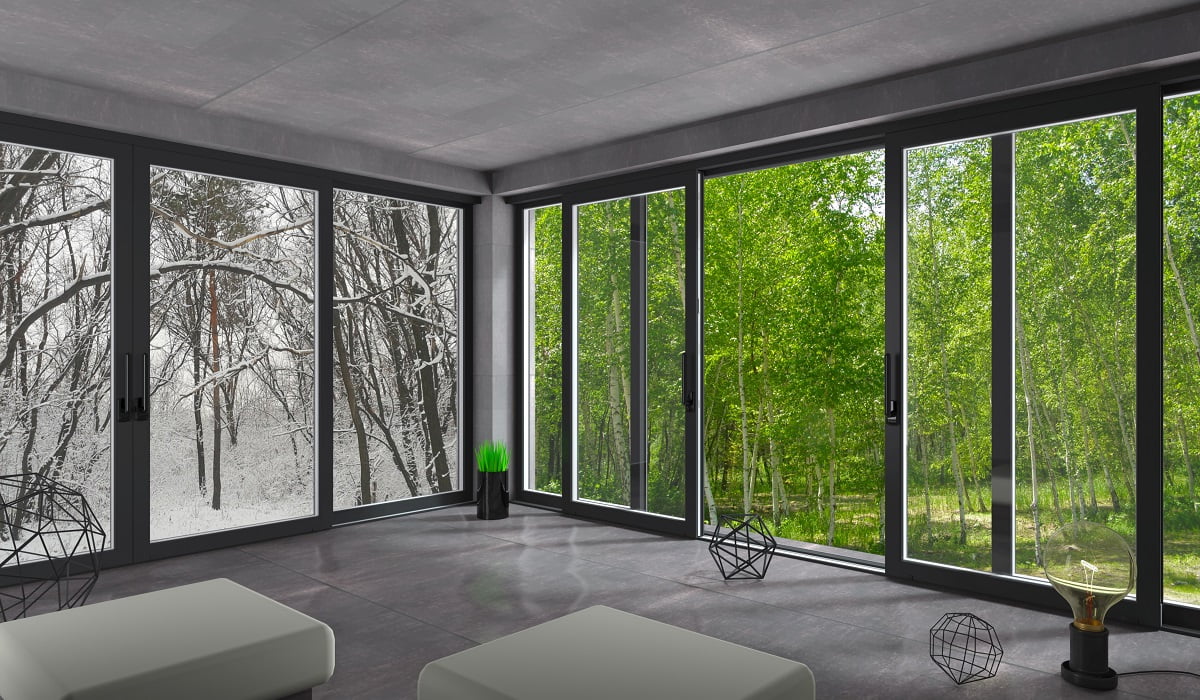











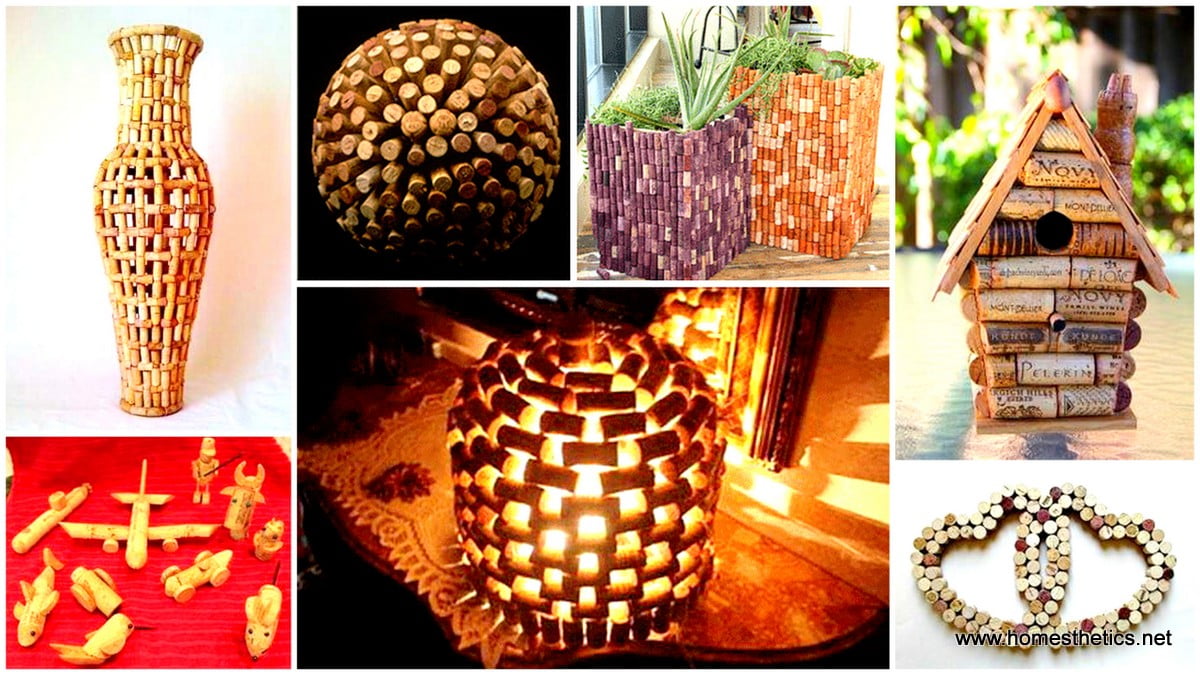

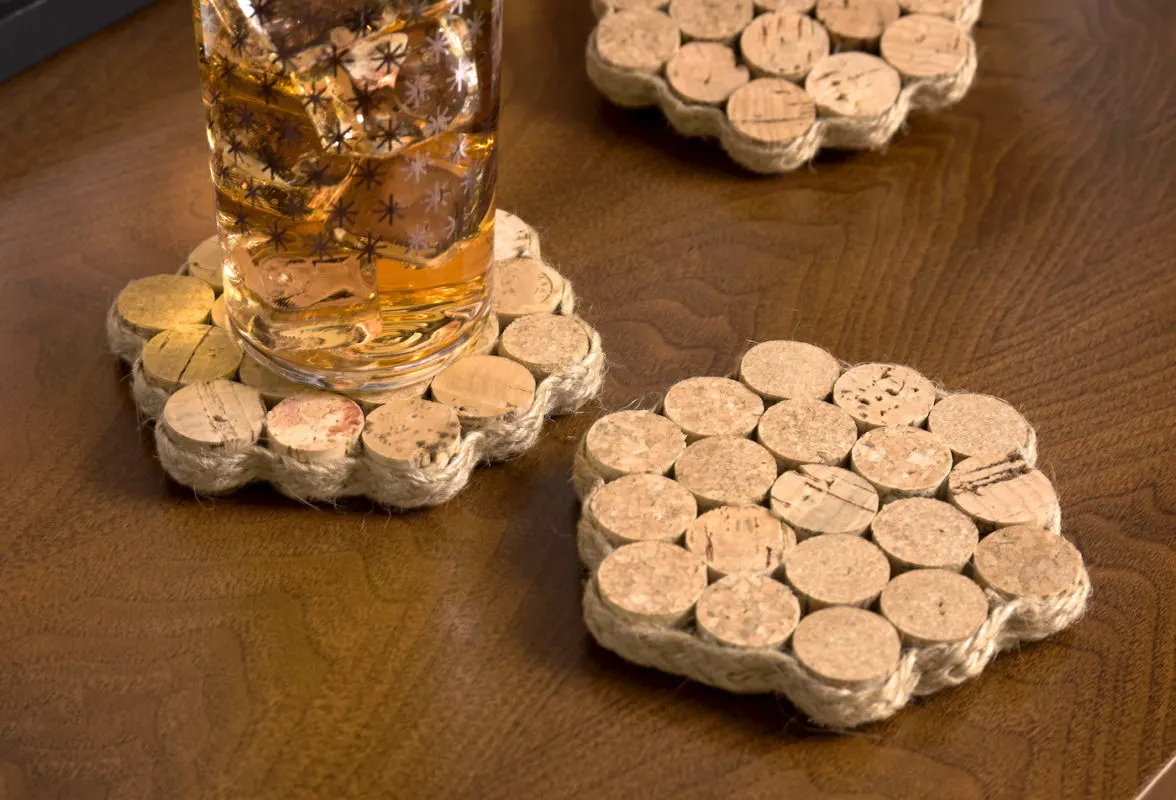
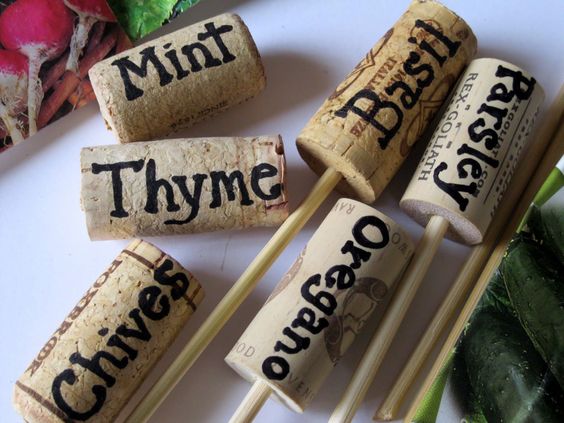
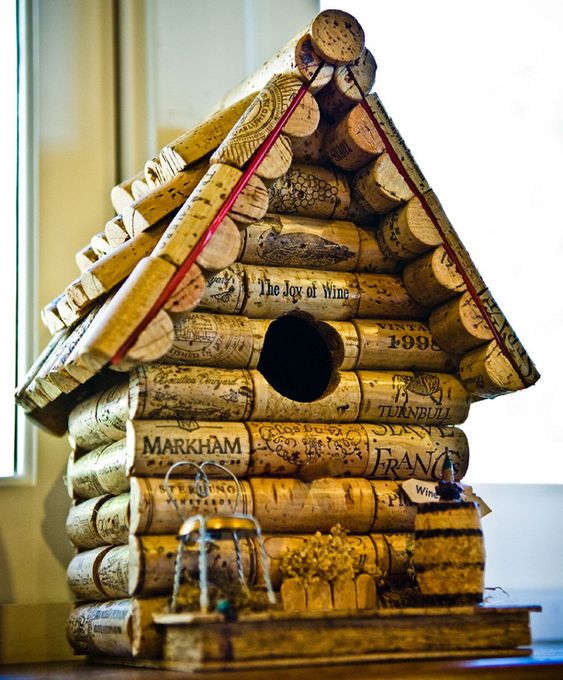
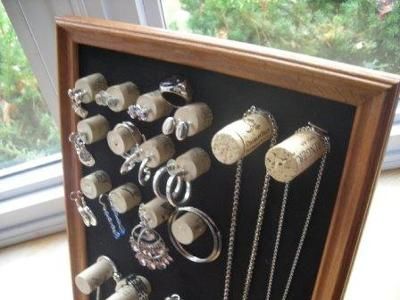

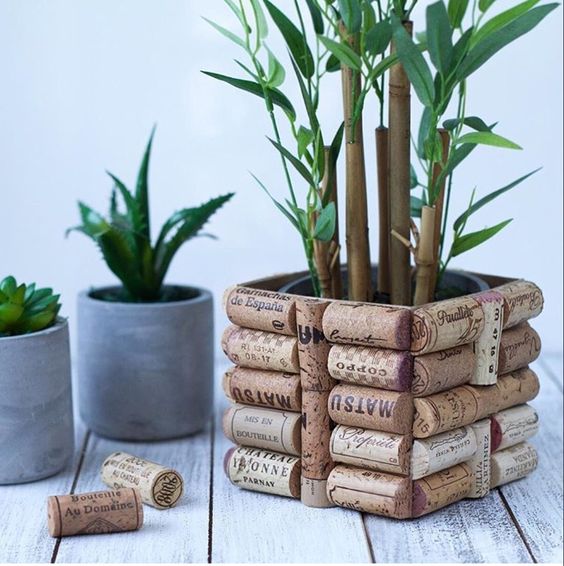
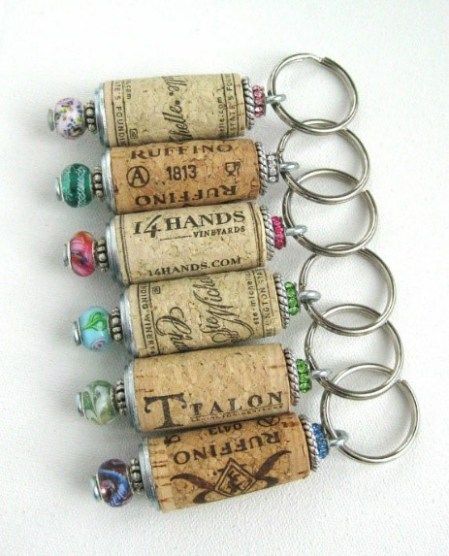
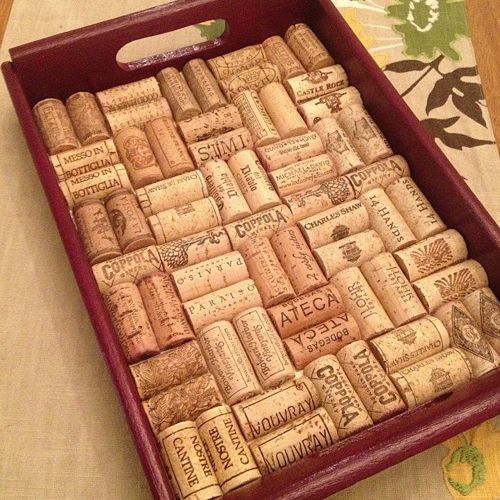
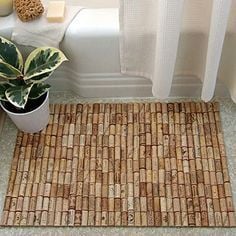
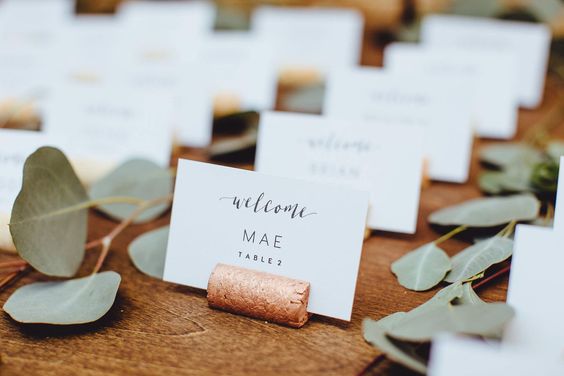
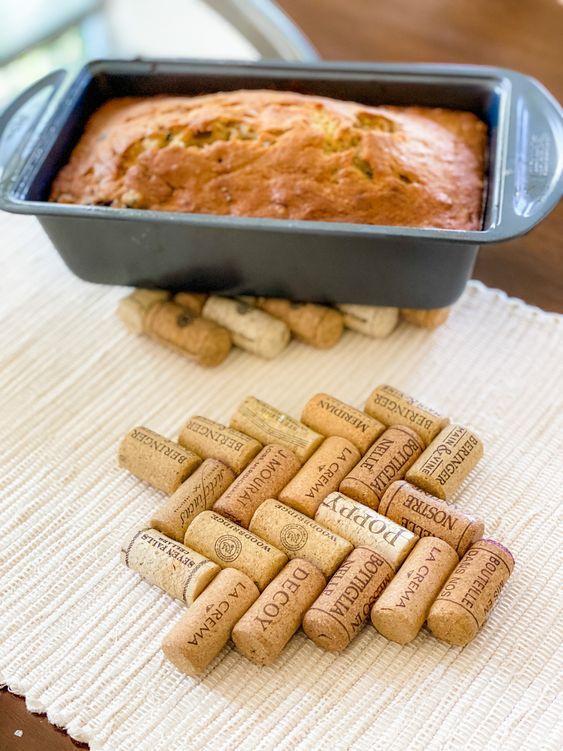
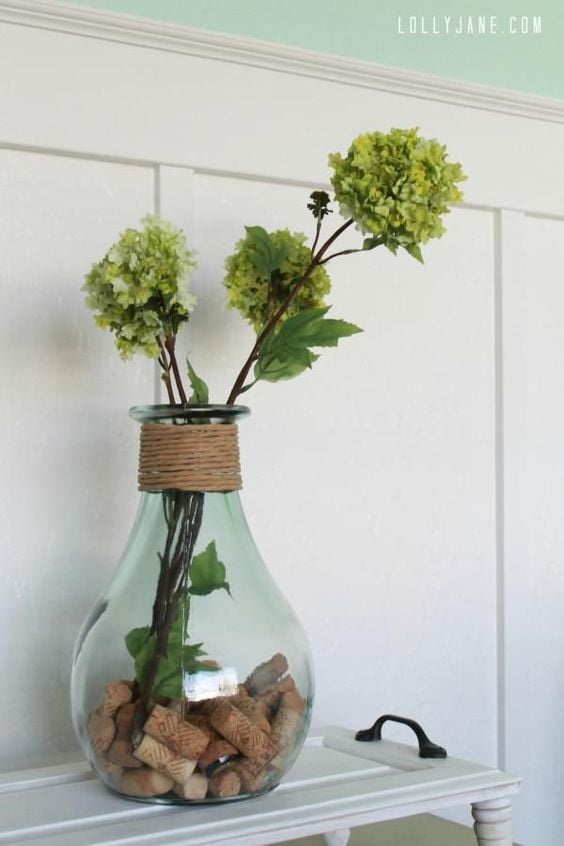
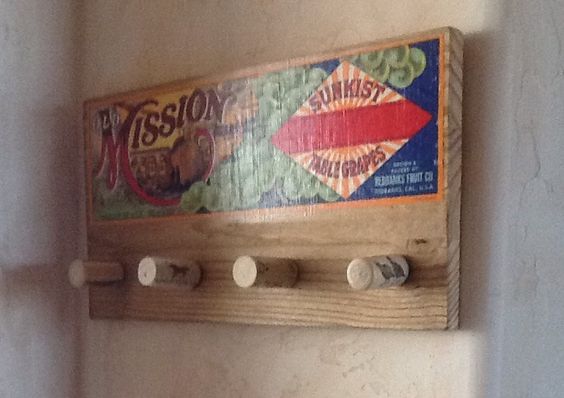
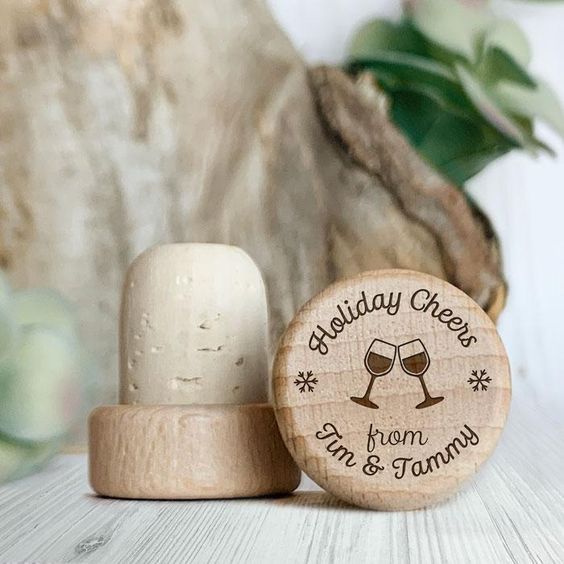
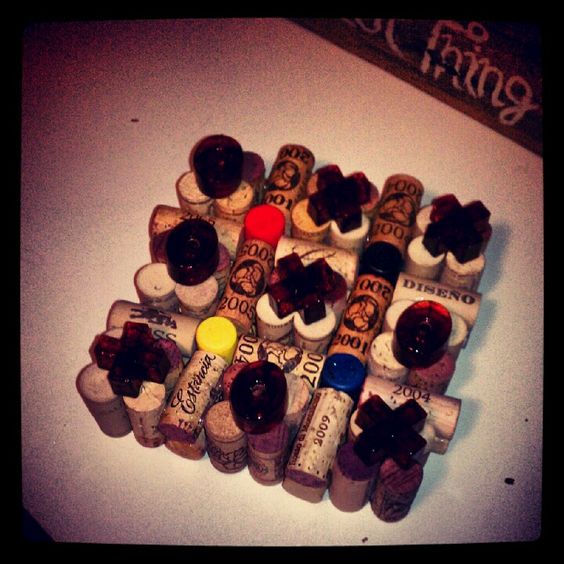
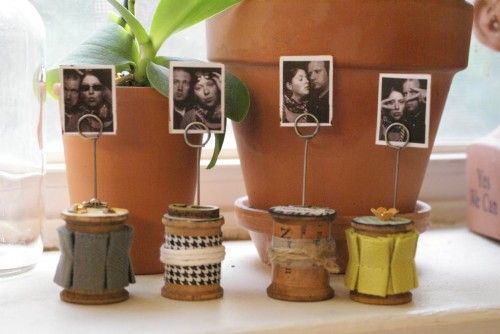
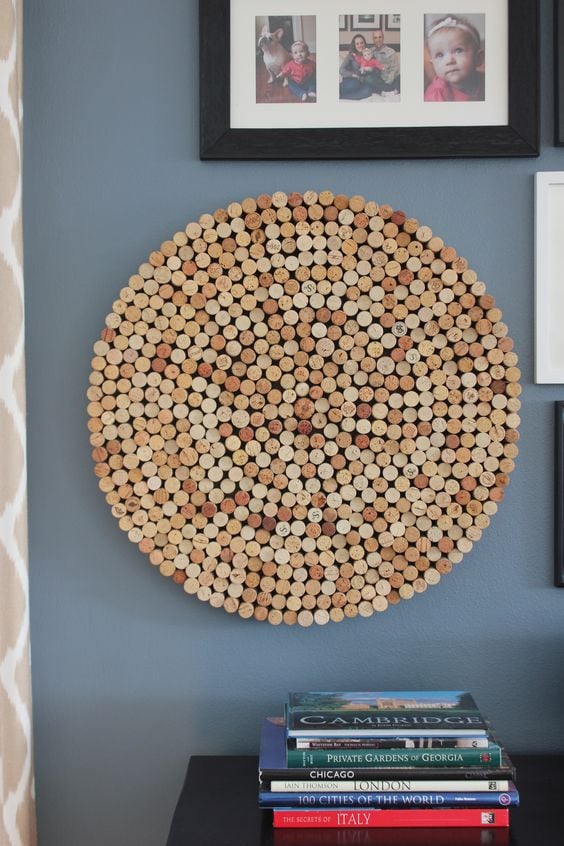

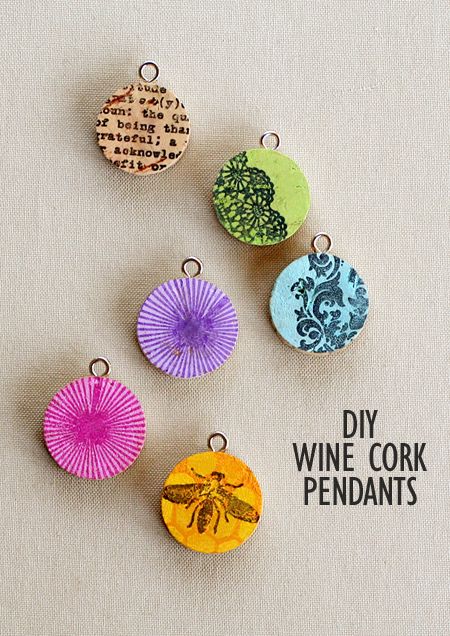
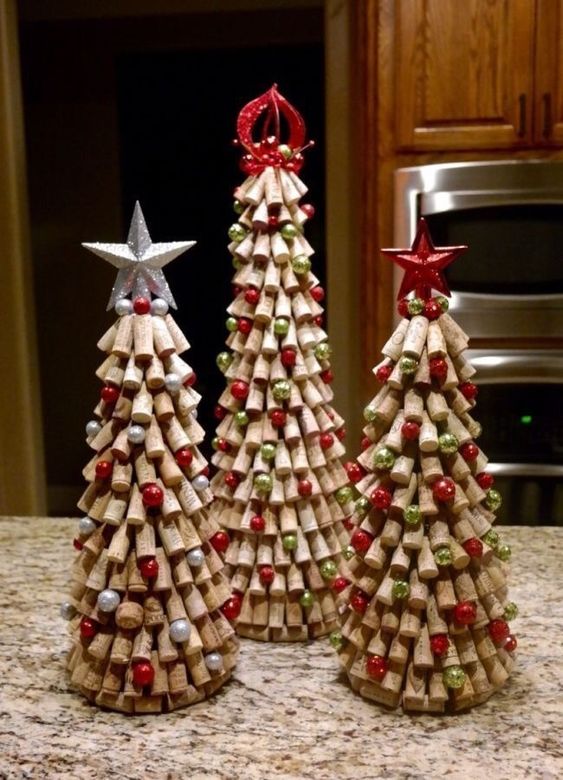
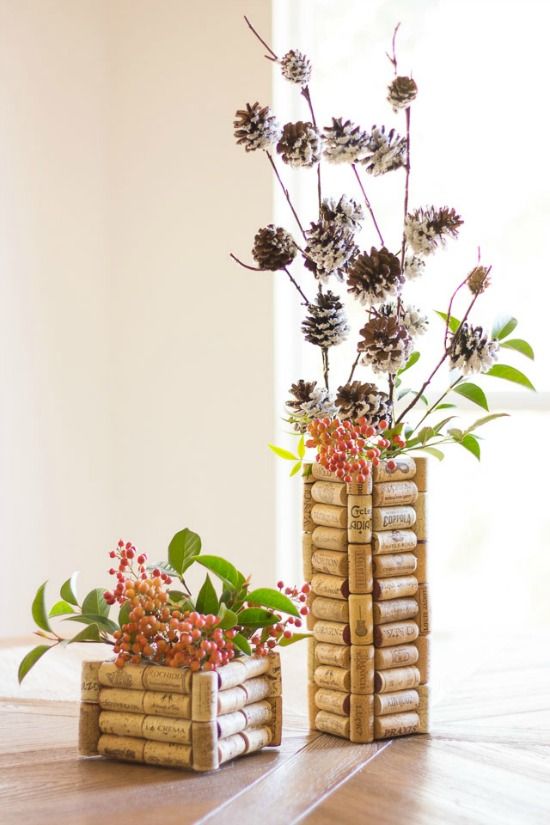
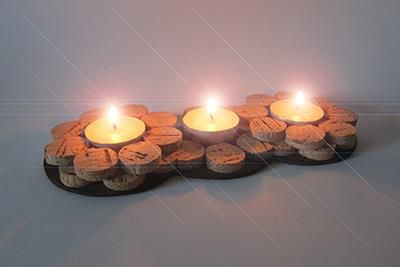
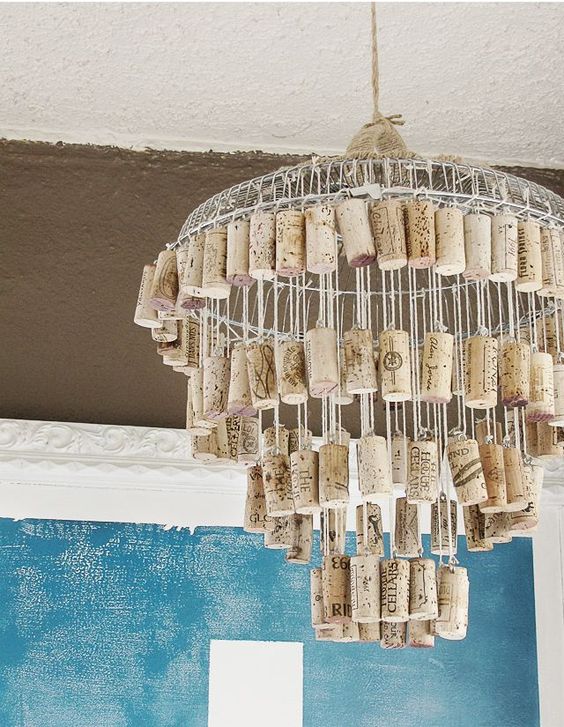
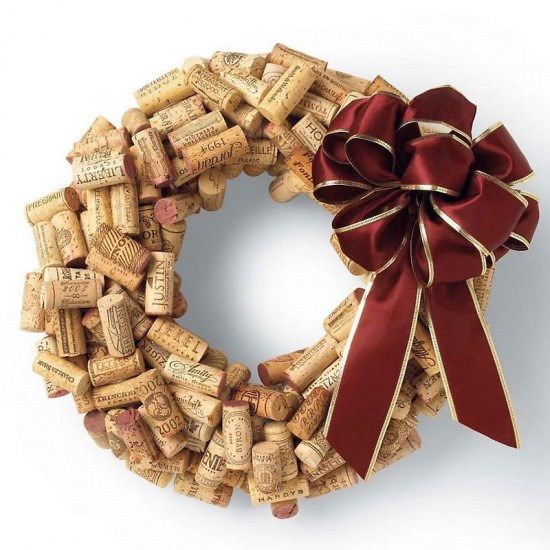
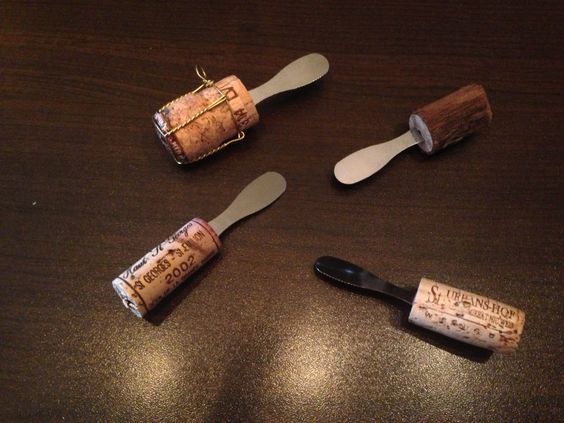
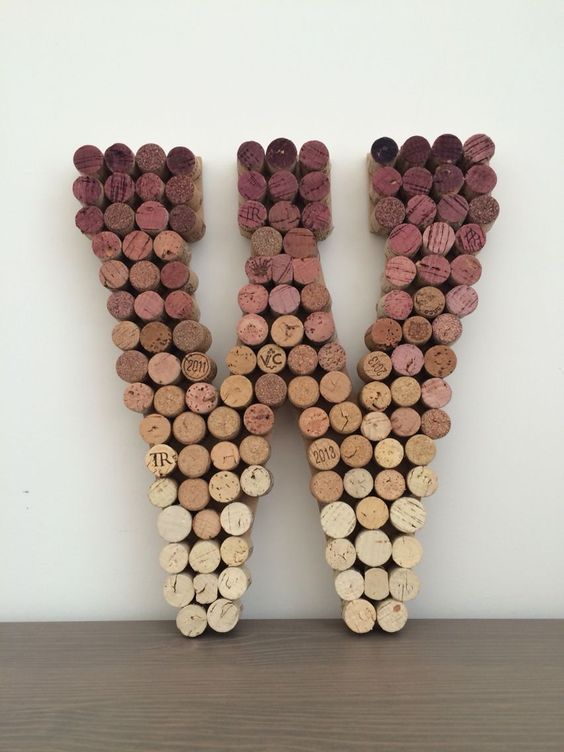
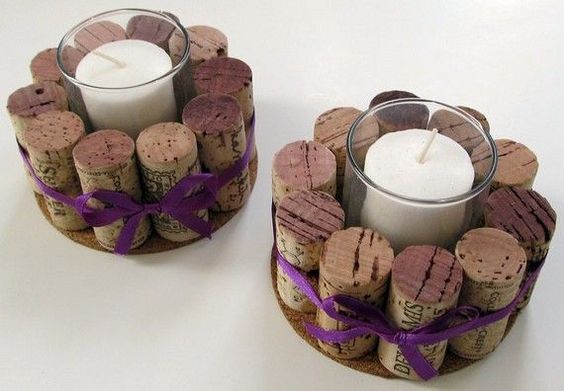
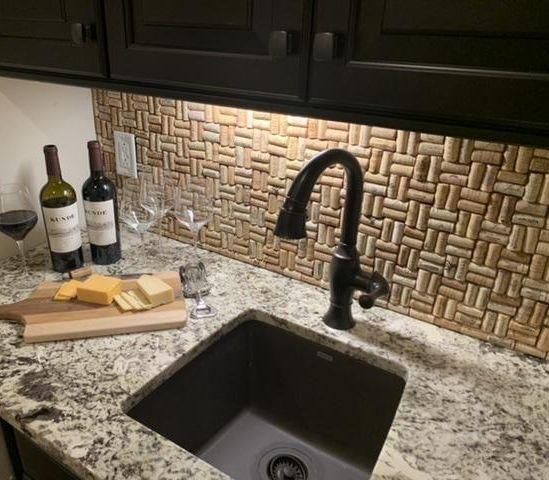
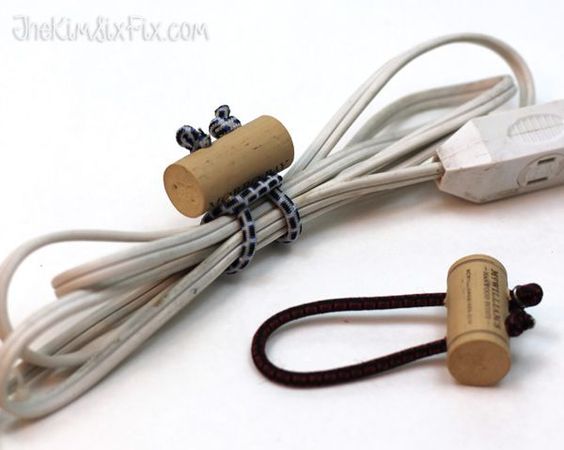
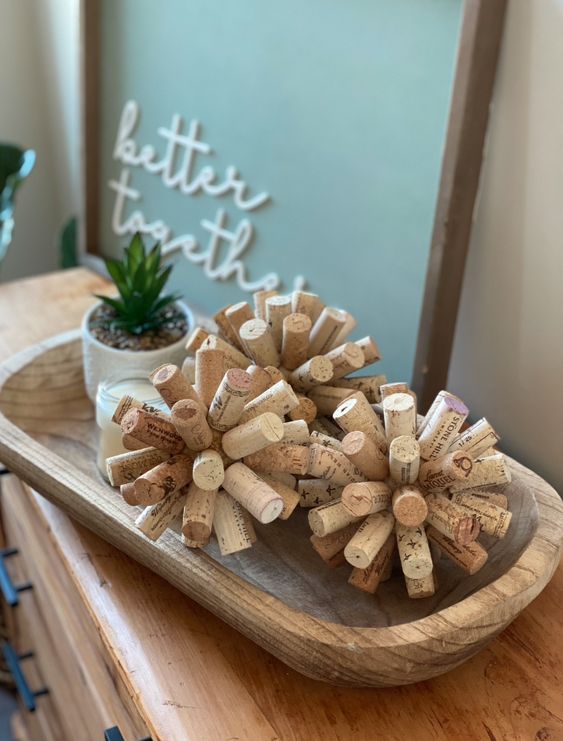
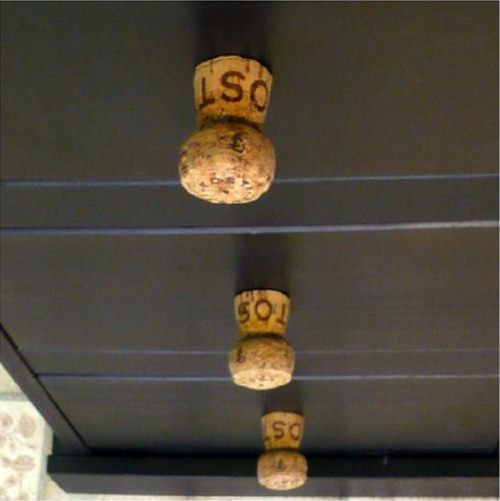
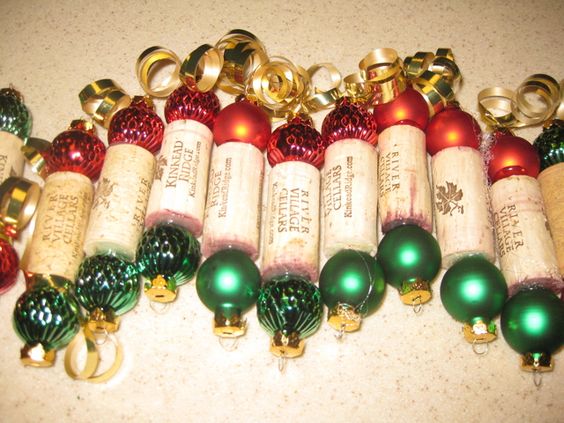
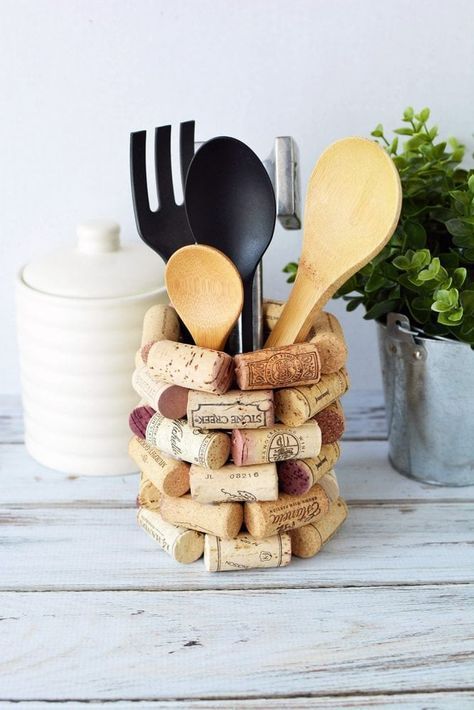

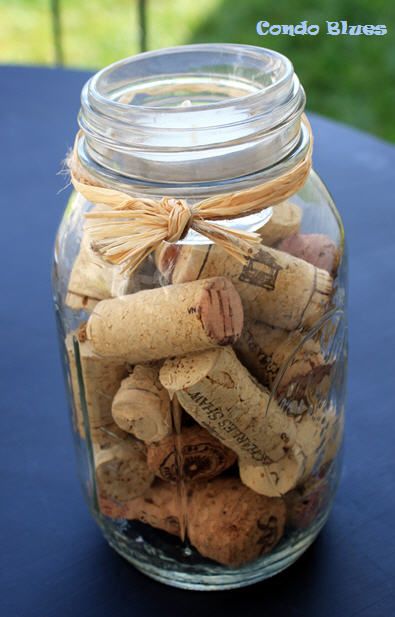
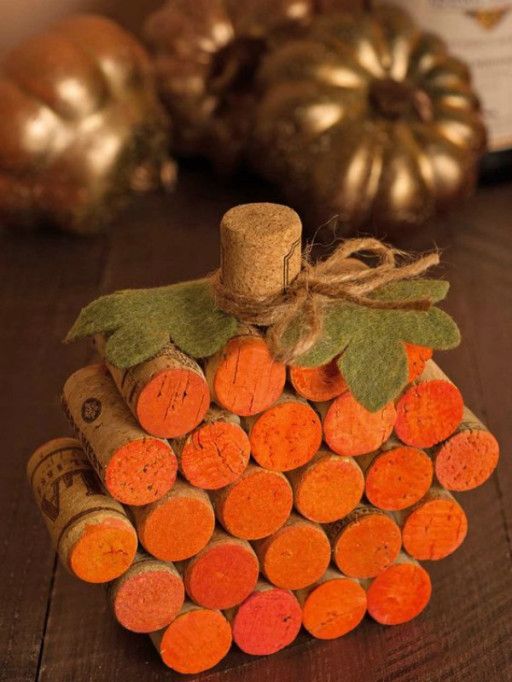
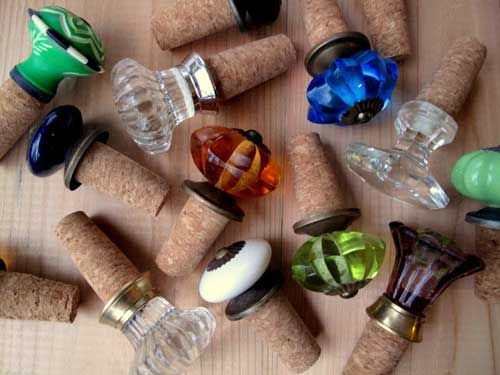

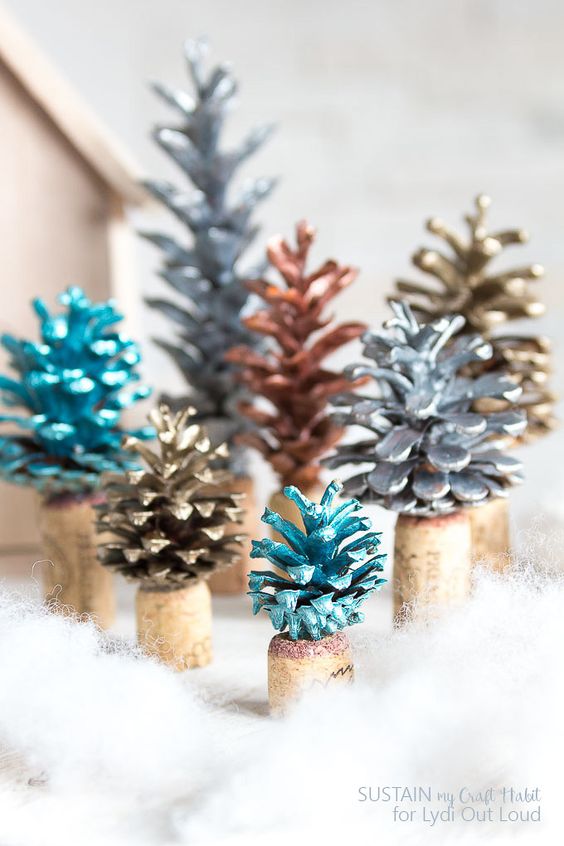
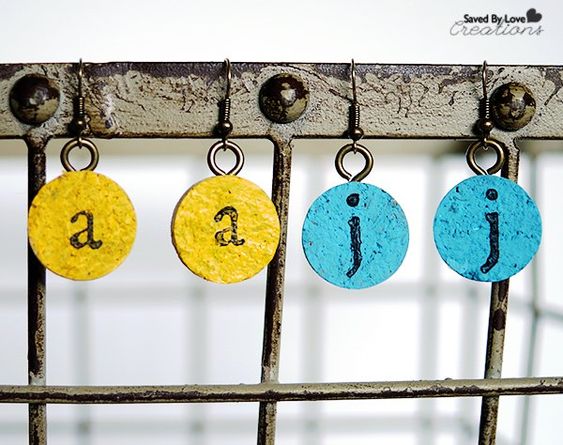

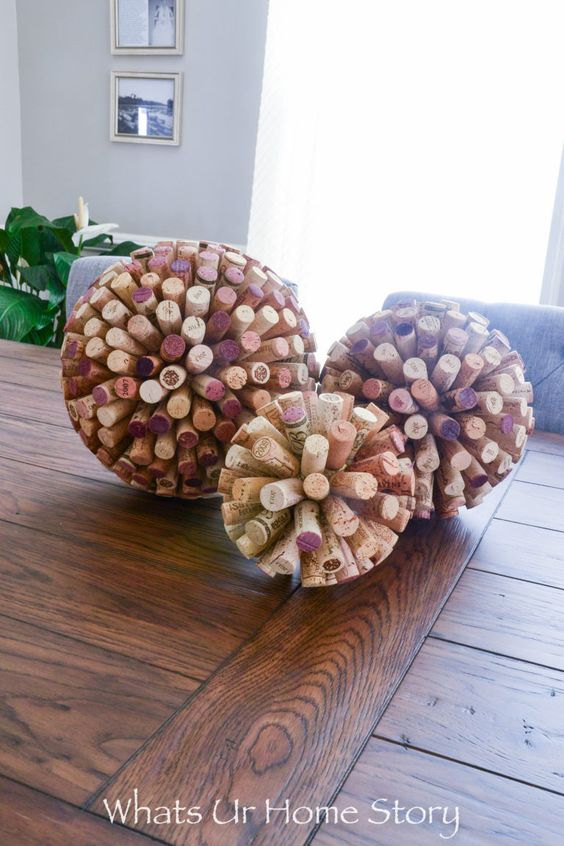
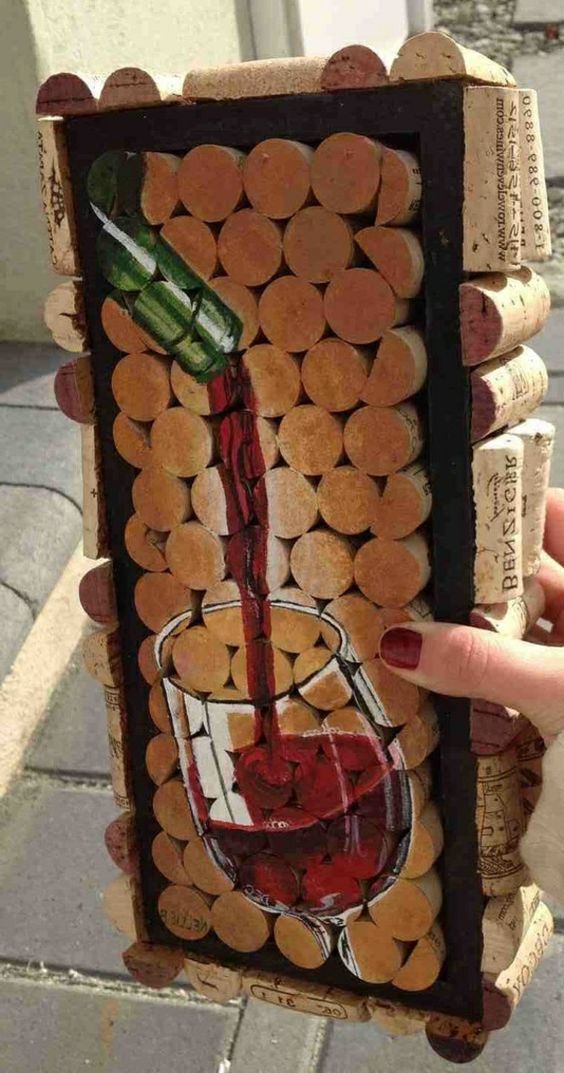
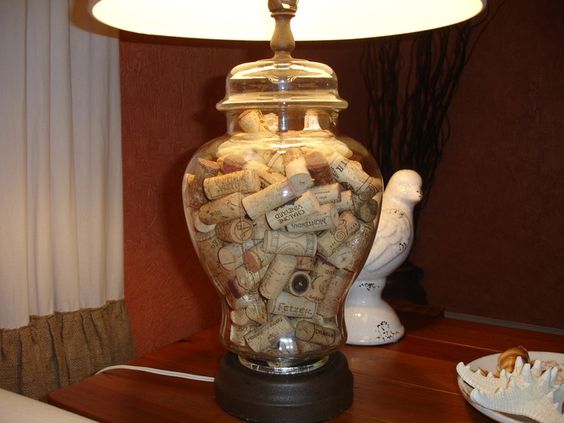
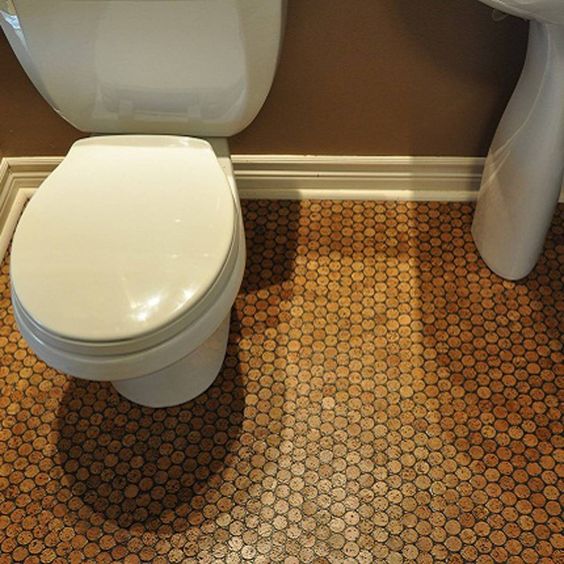
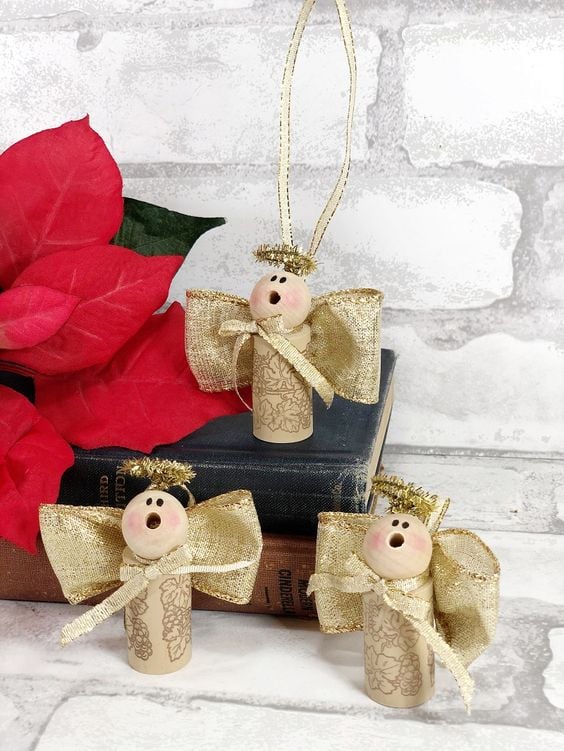
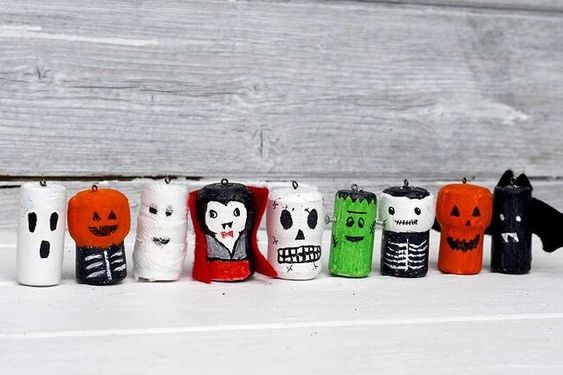
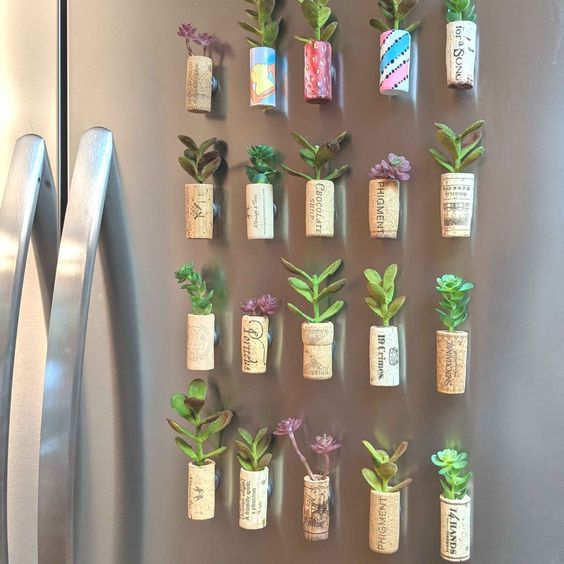
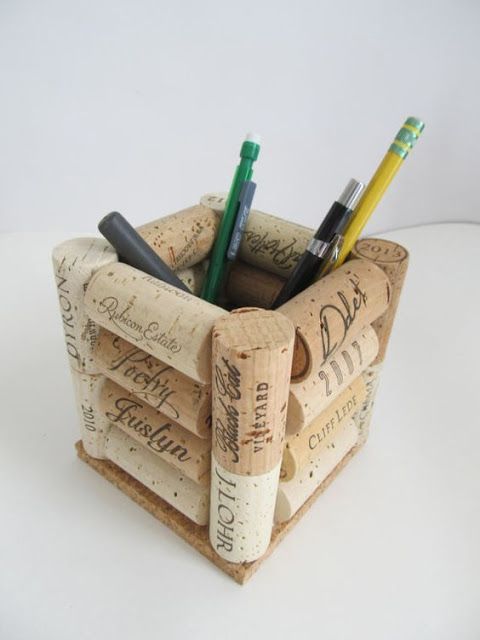
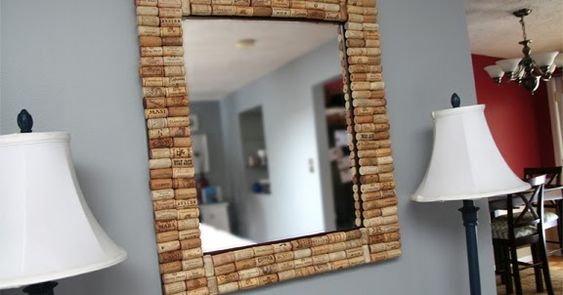


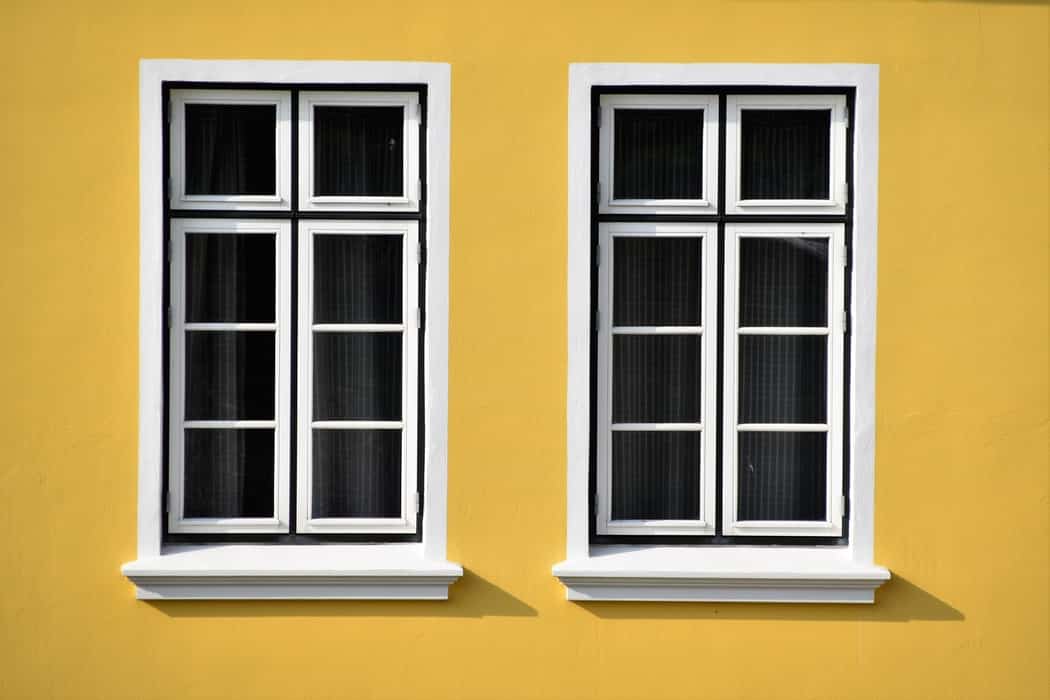
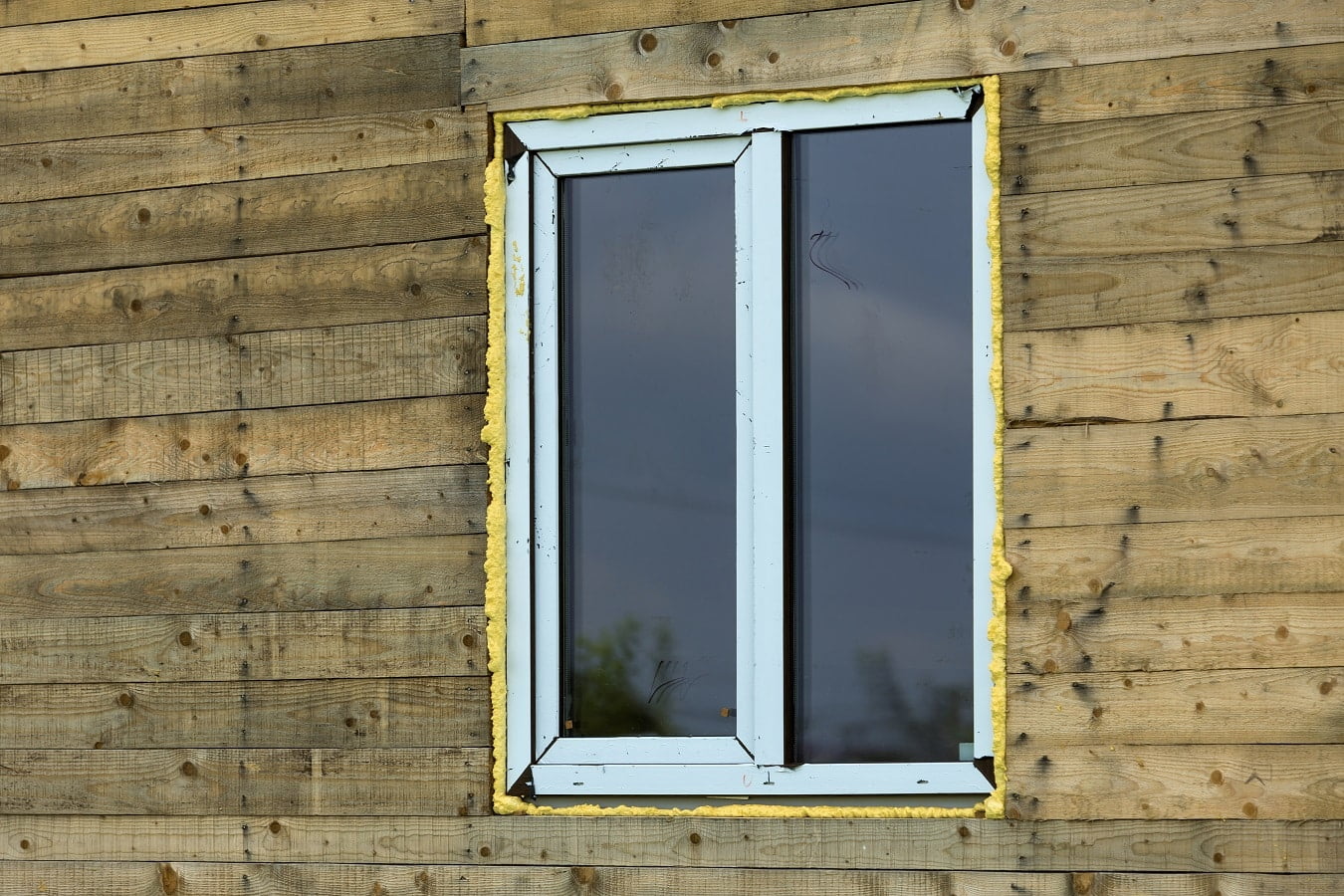
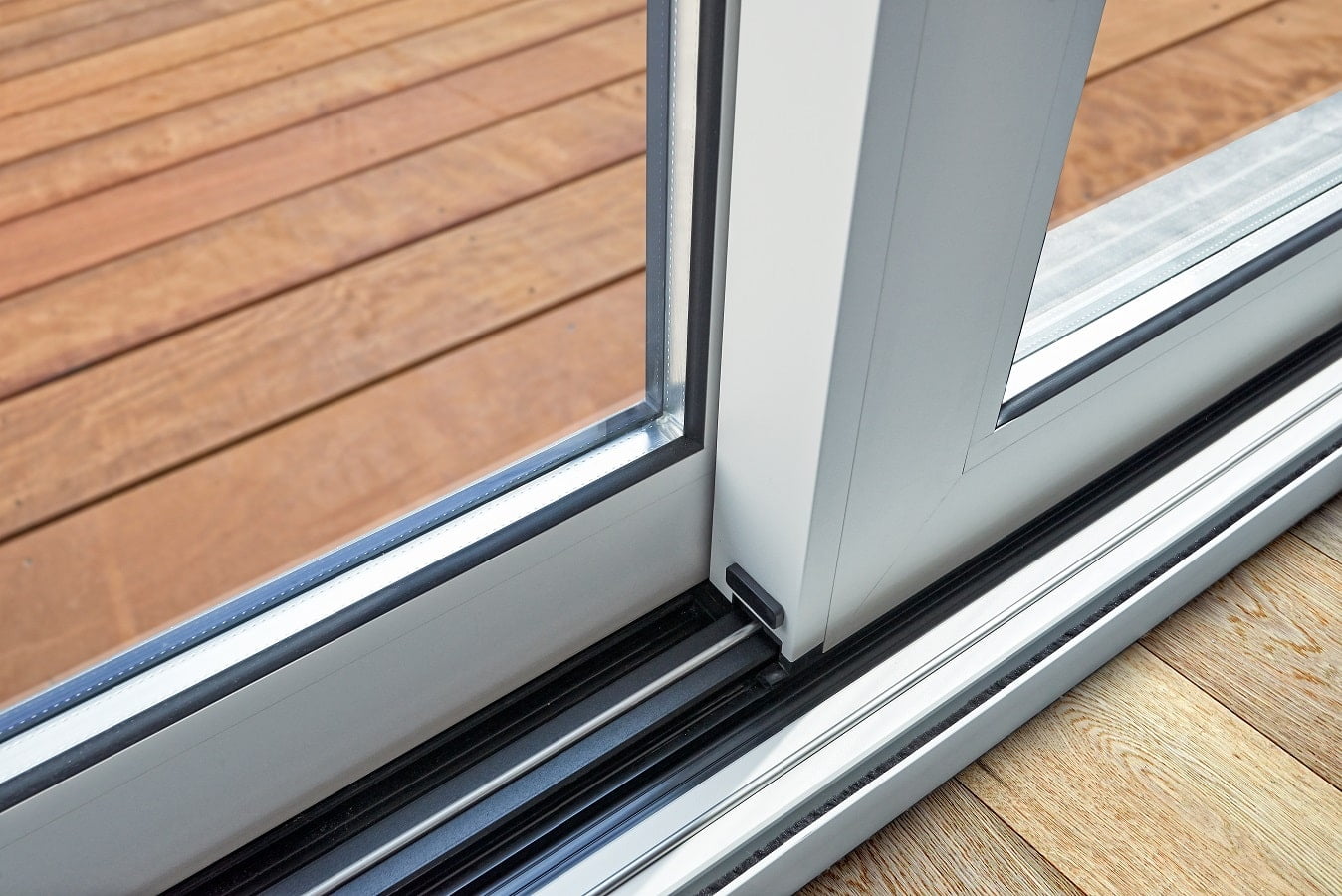
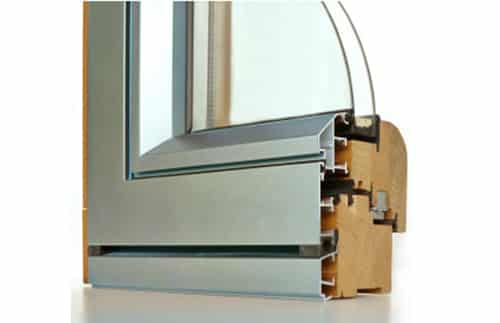
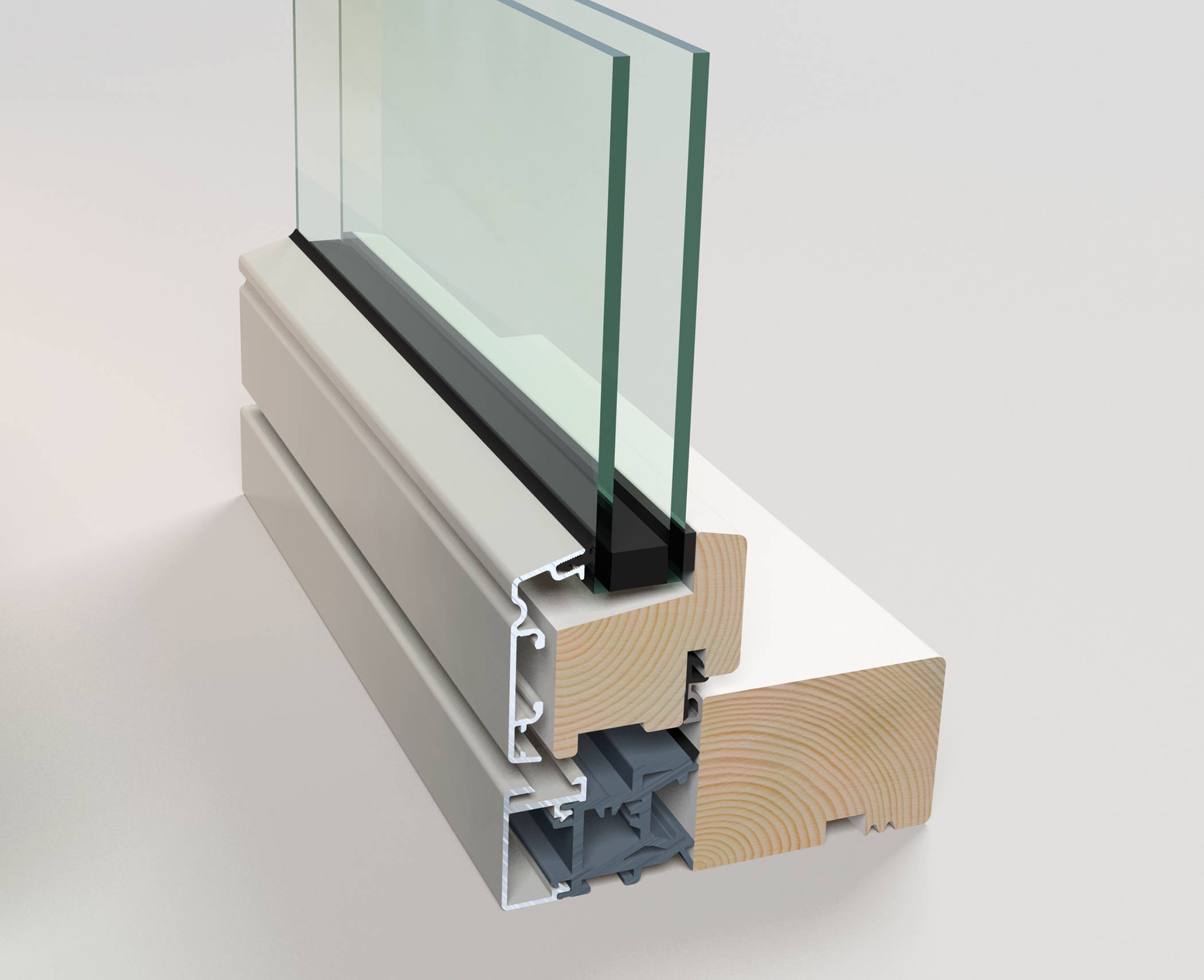
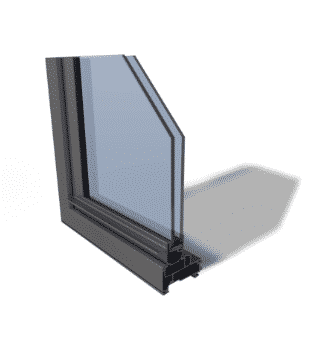
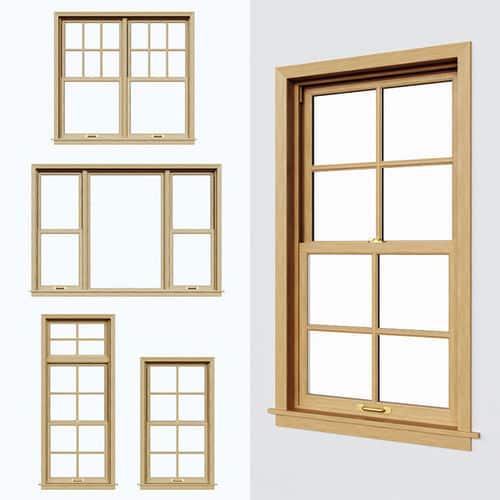
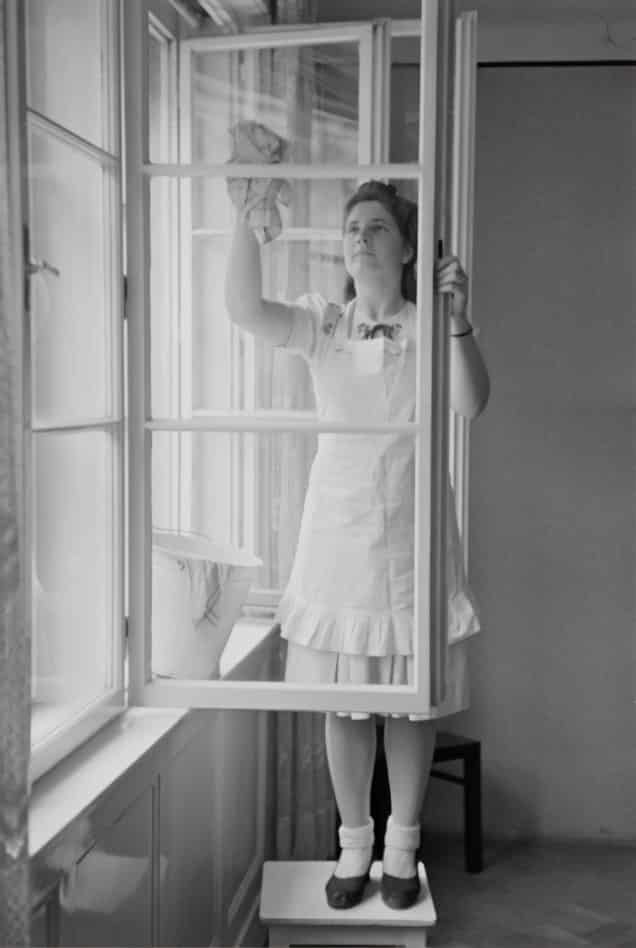
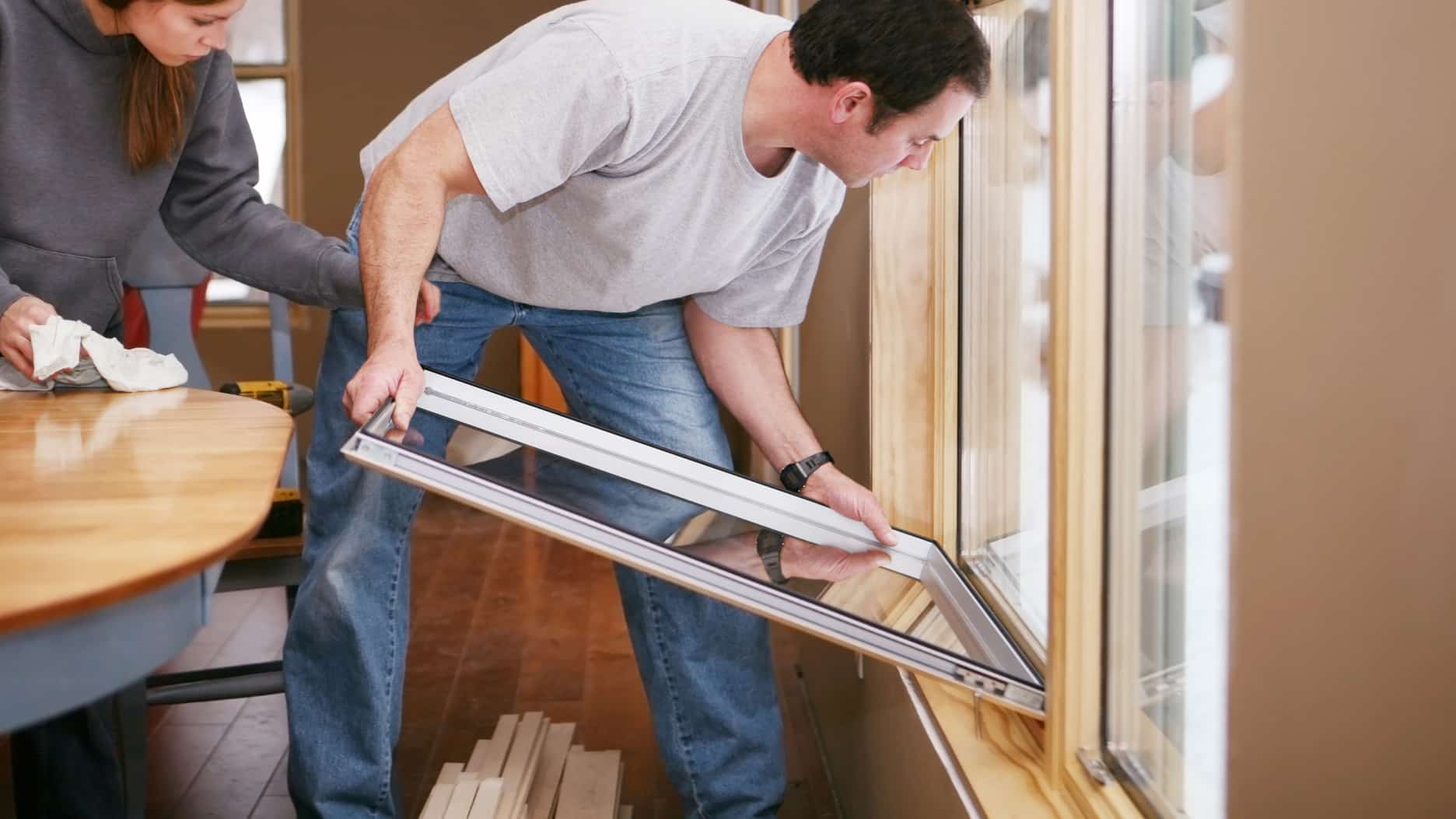
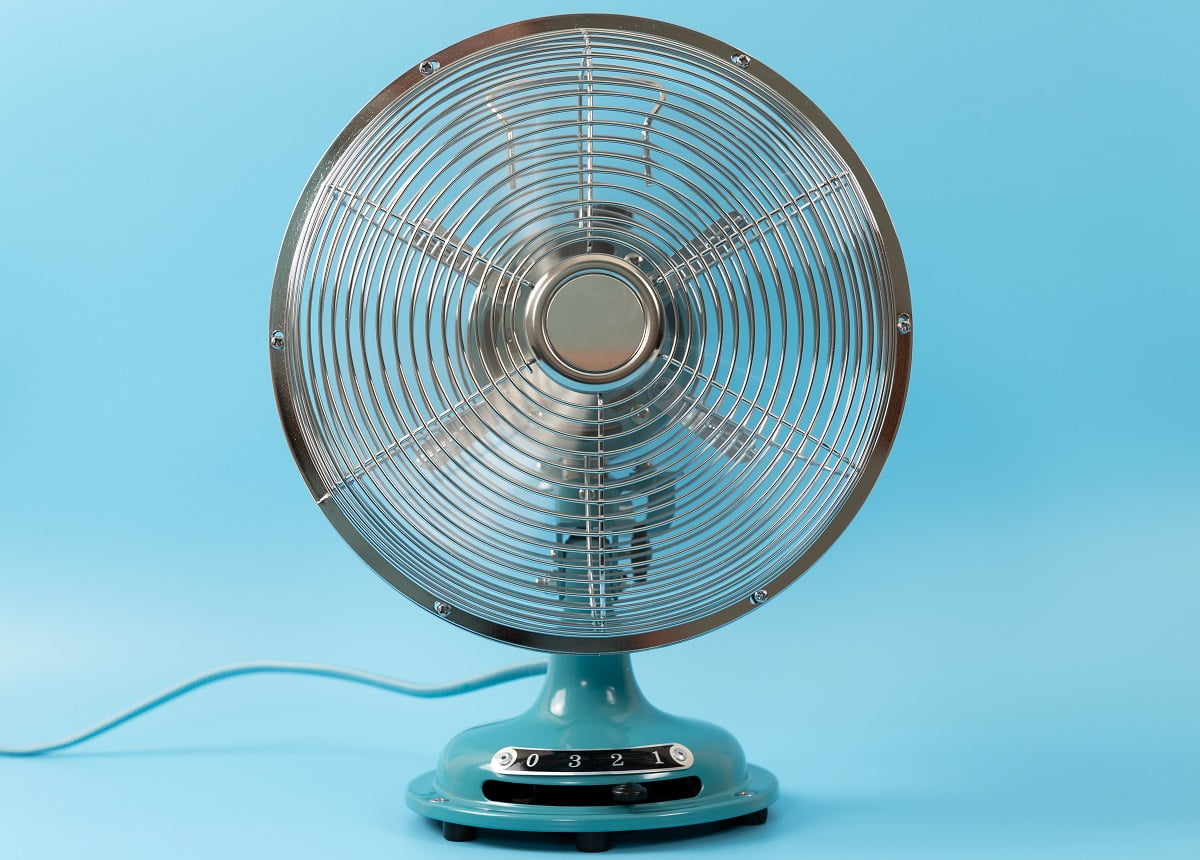
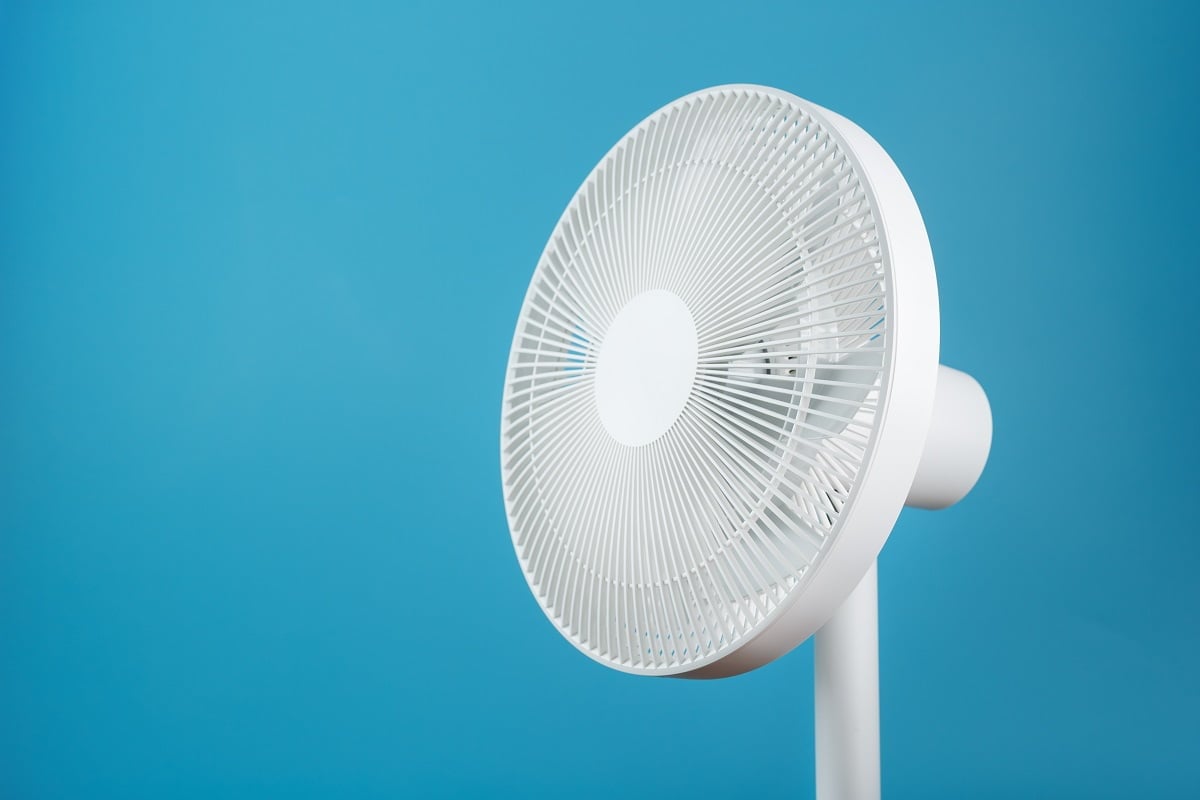
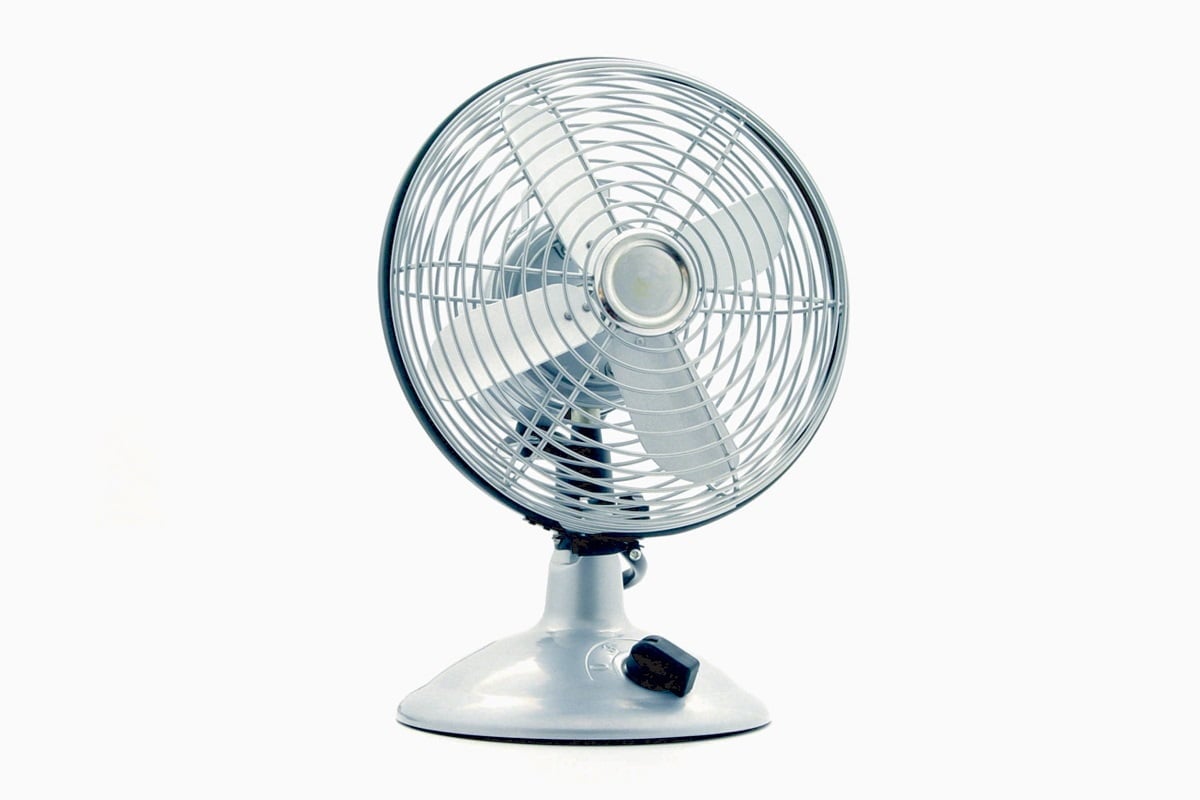
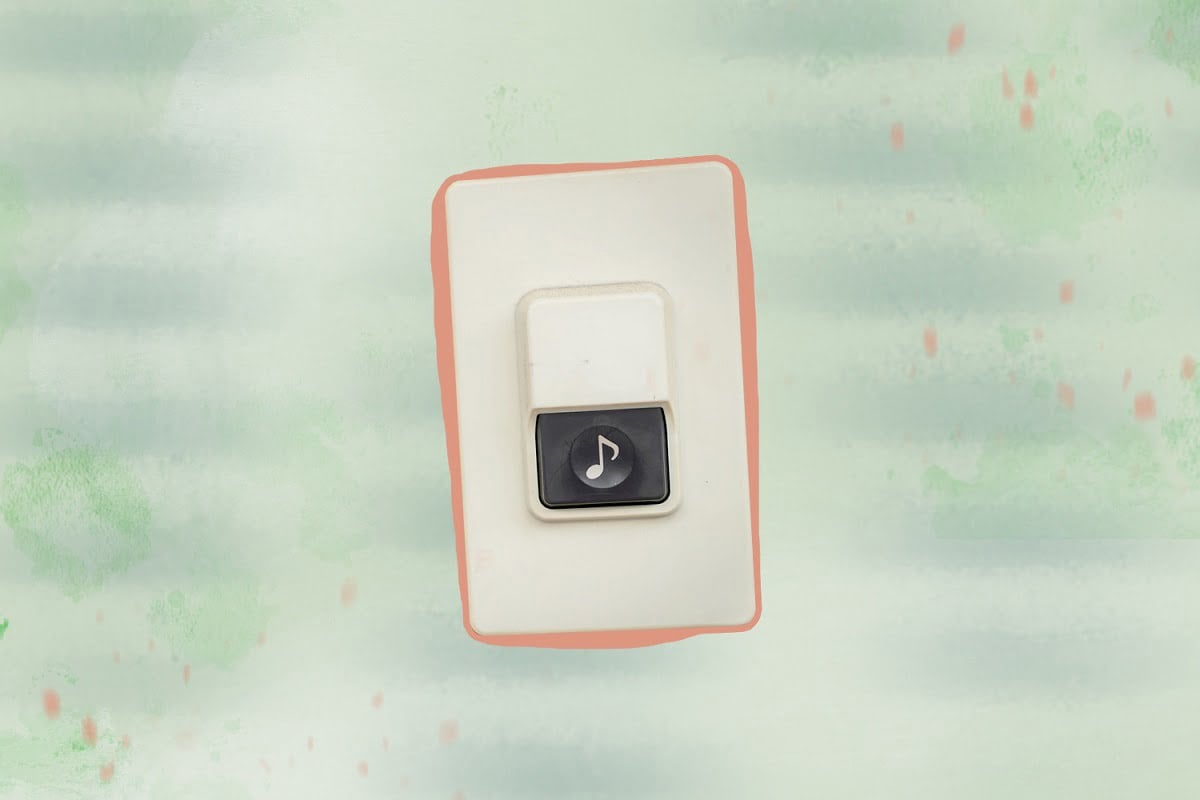
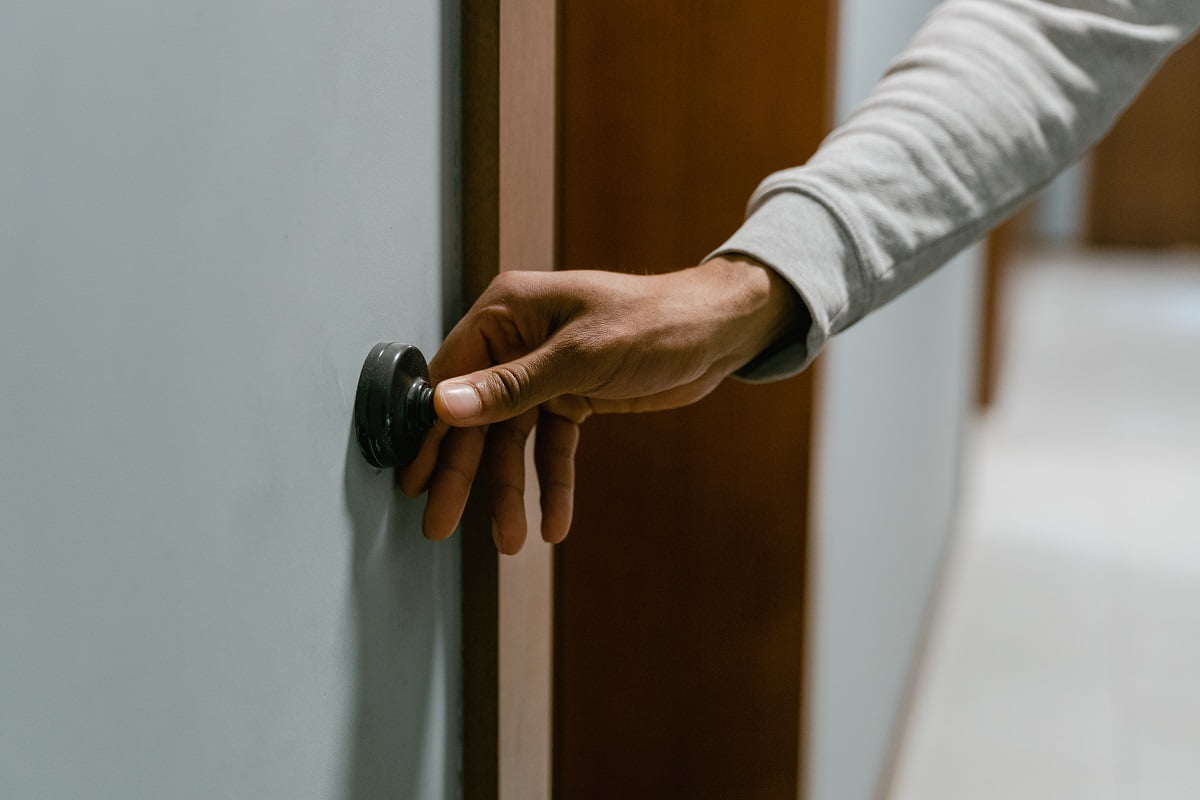


![Why Are My Solar Lights Not Working? [Answers & Solutions] Why Are My Solar Lights Not Working? [Answers & Solutions]](https://homesthetics.net/wp-content/uploads/2021/01/Why-Are-My-Solar-Lights-Not-Working-01.jpg)
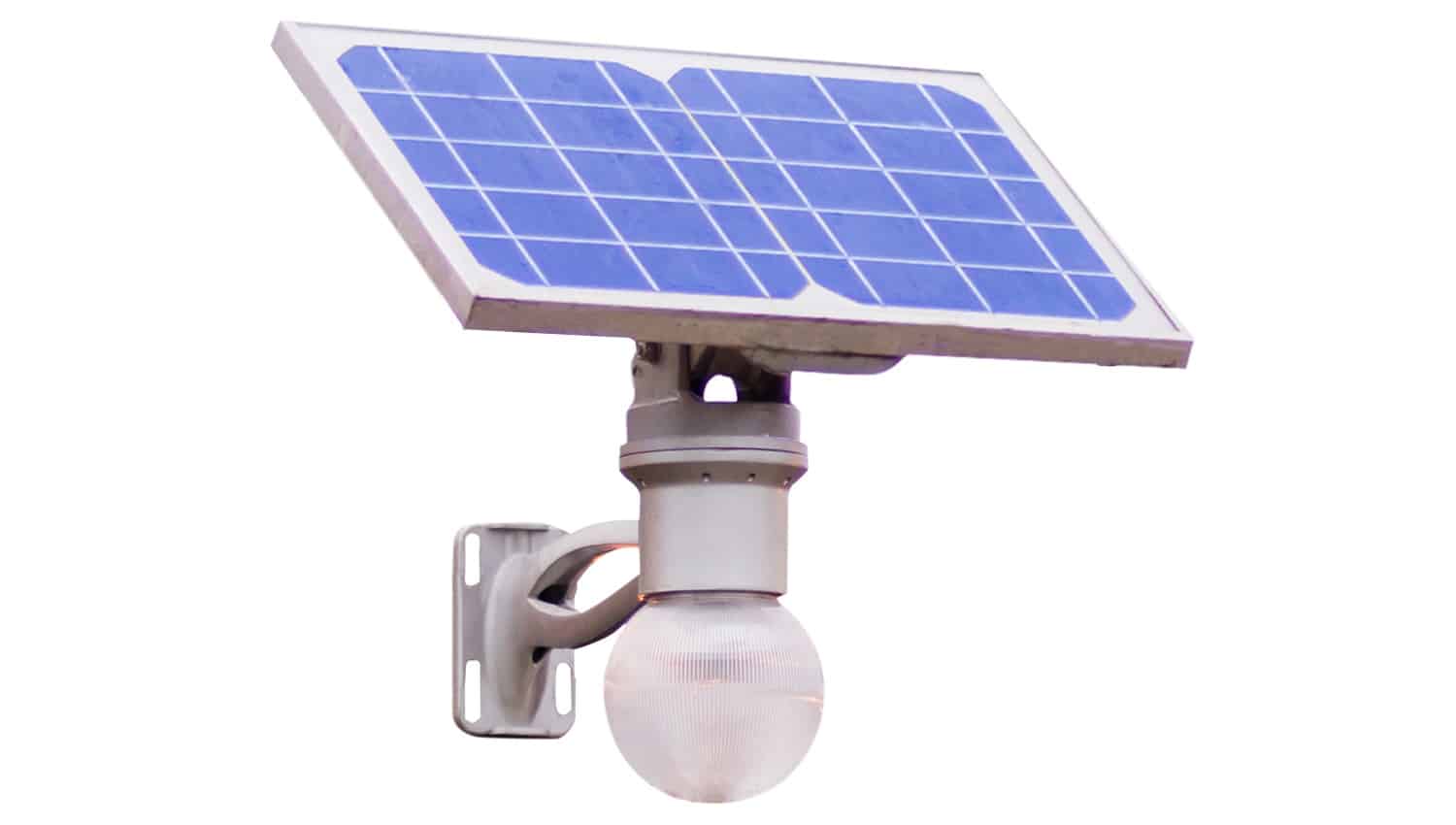
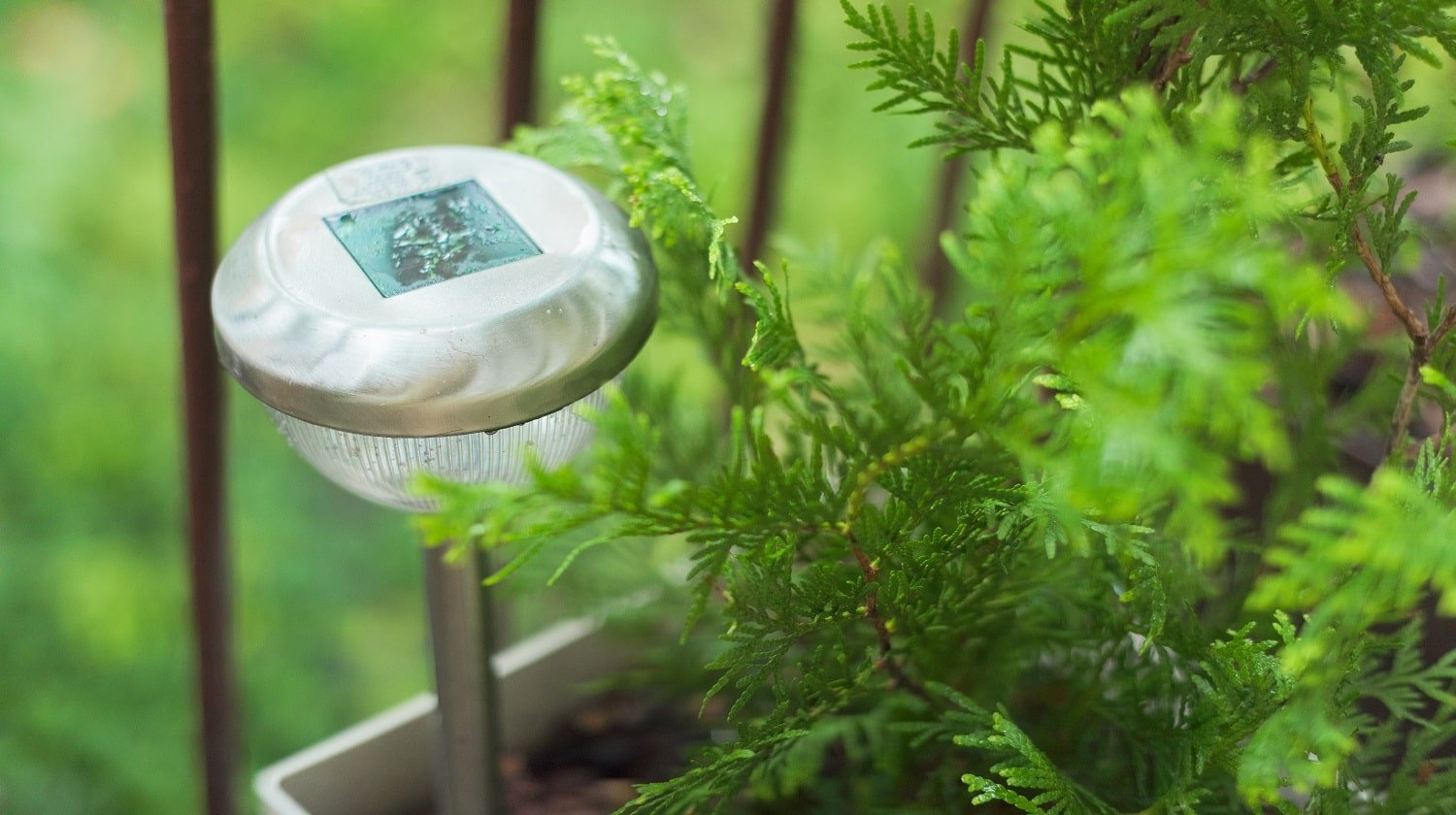

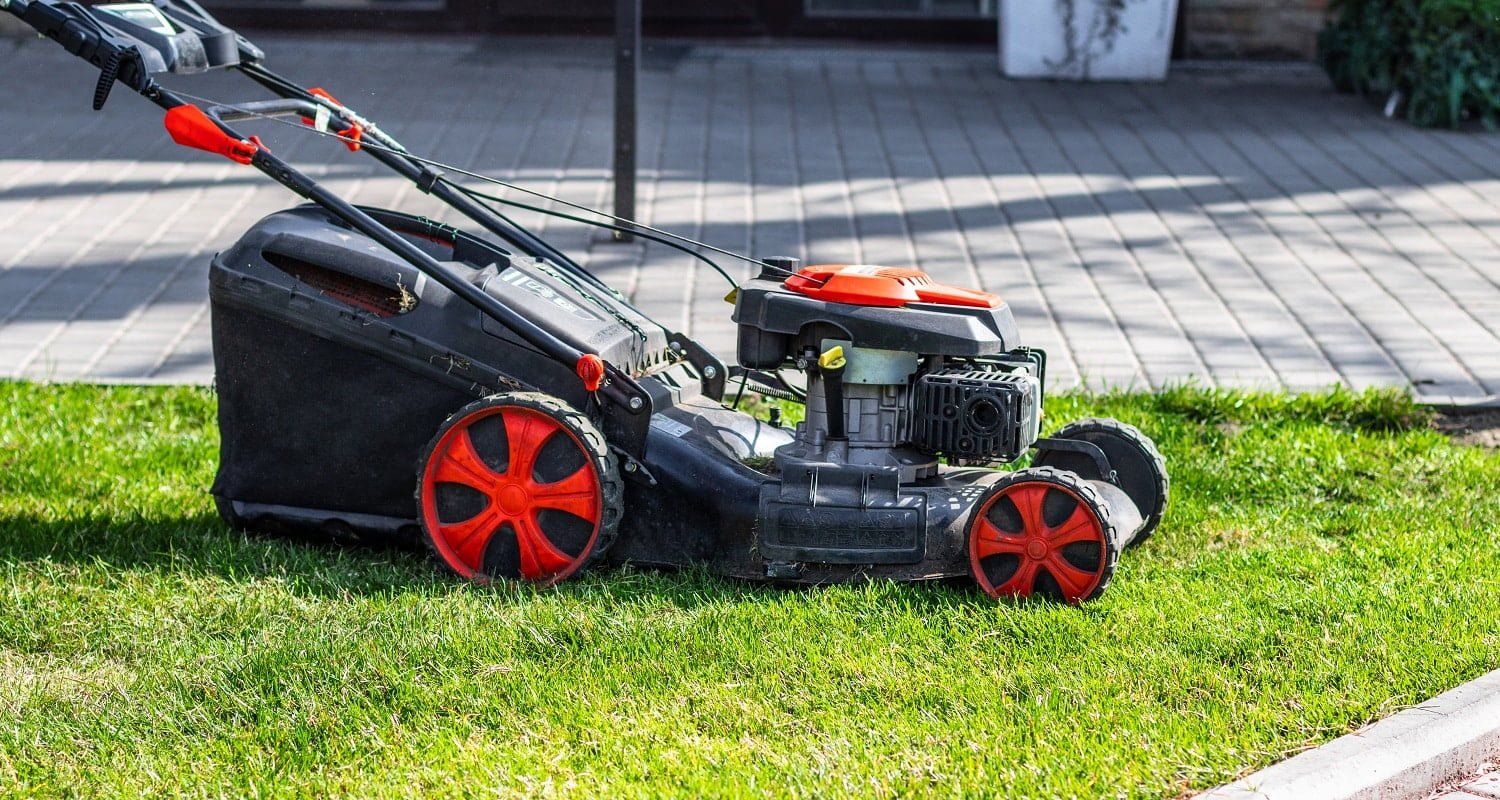
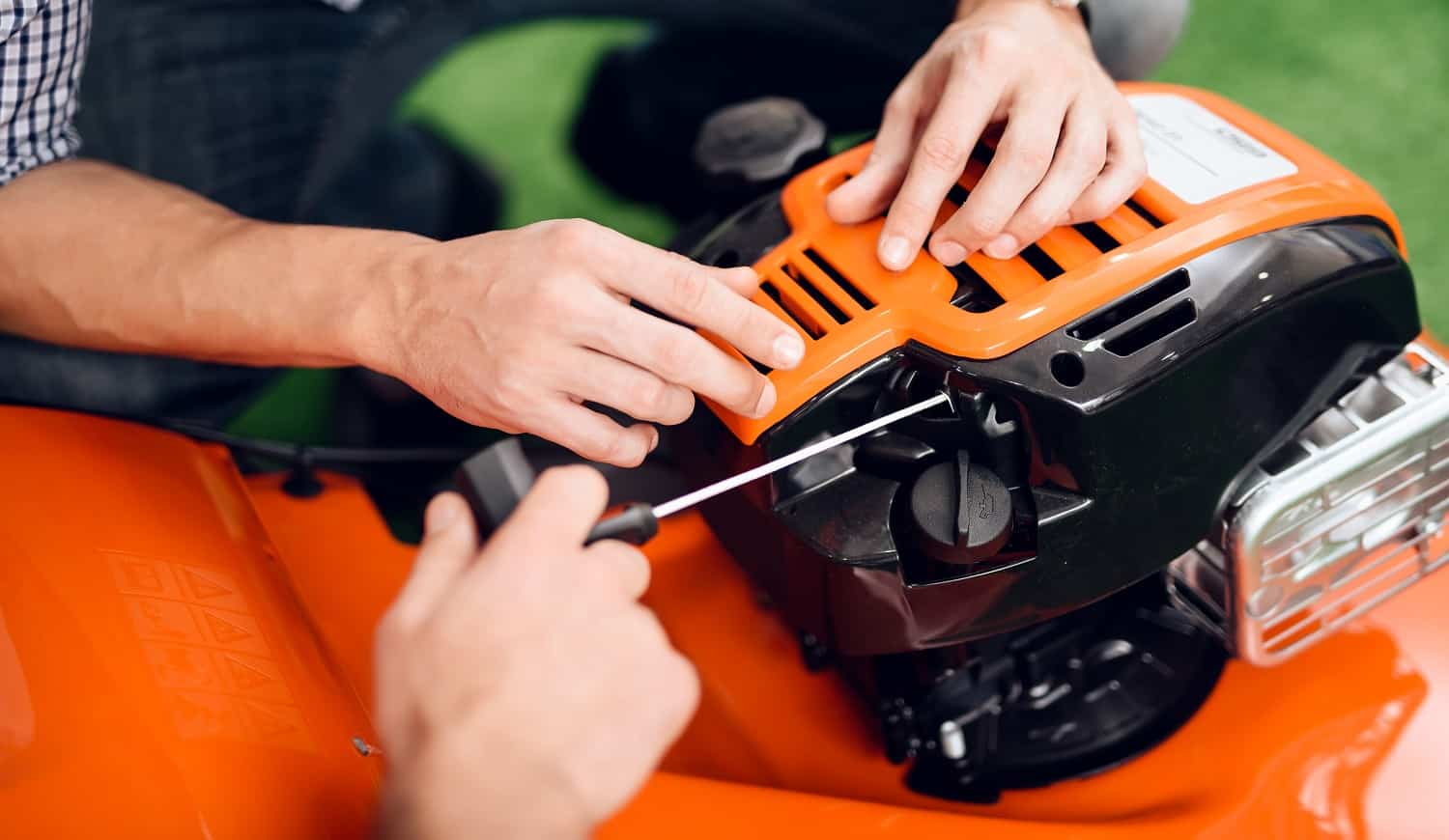
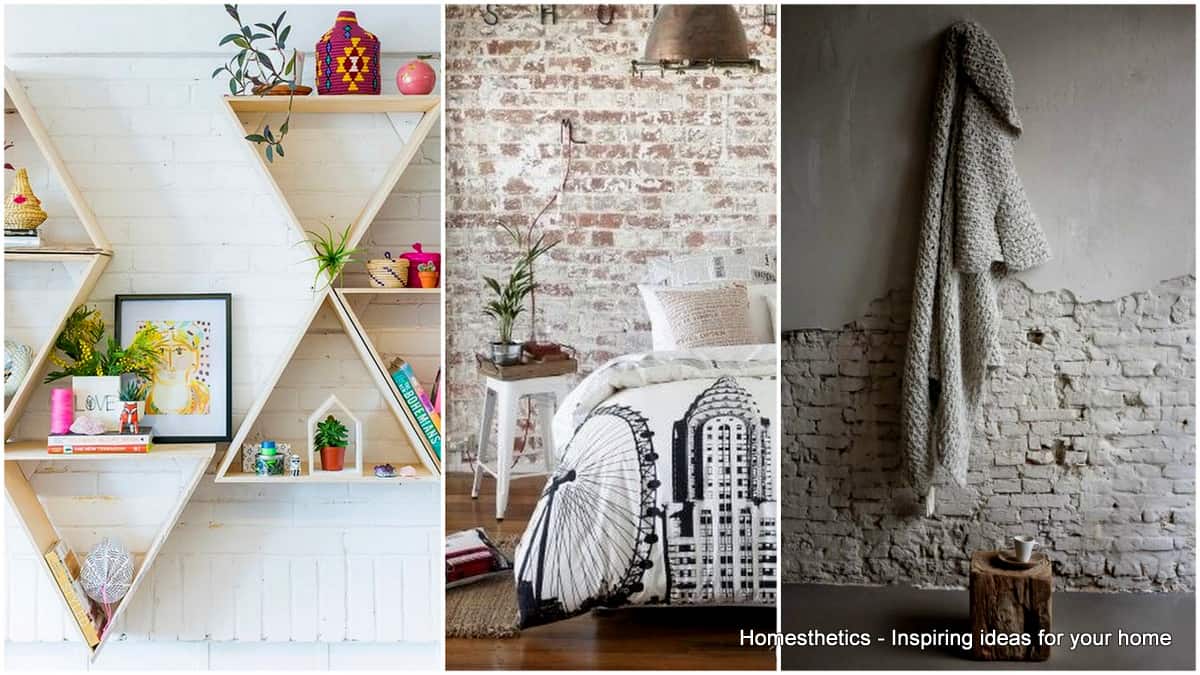
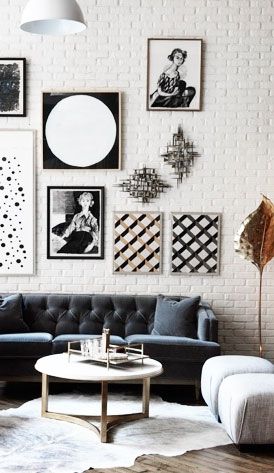
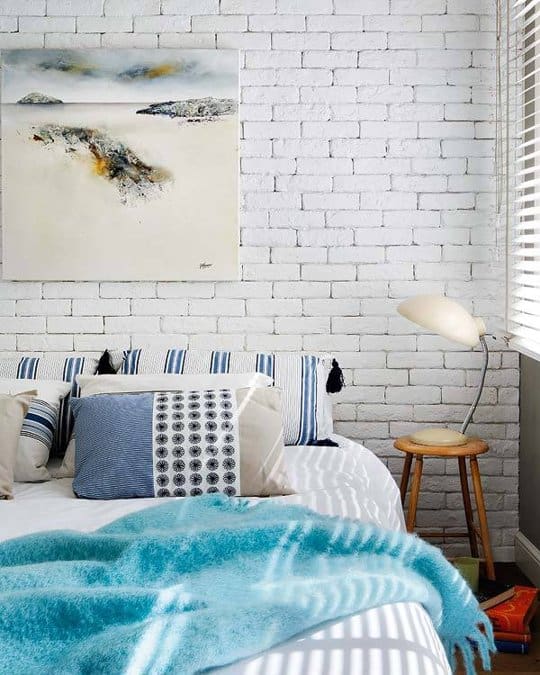
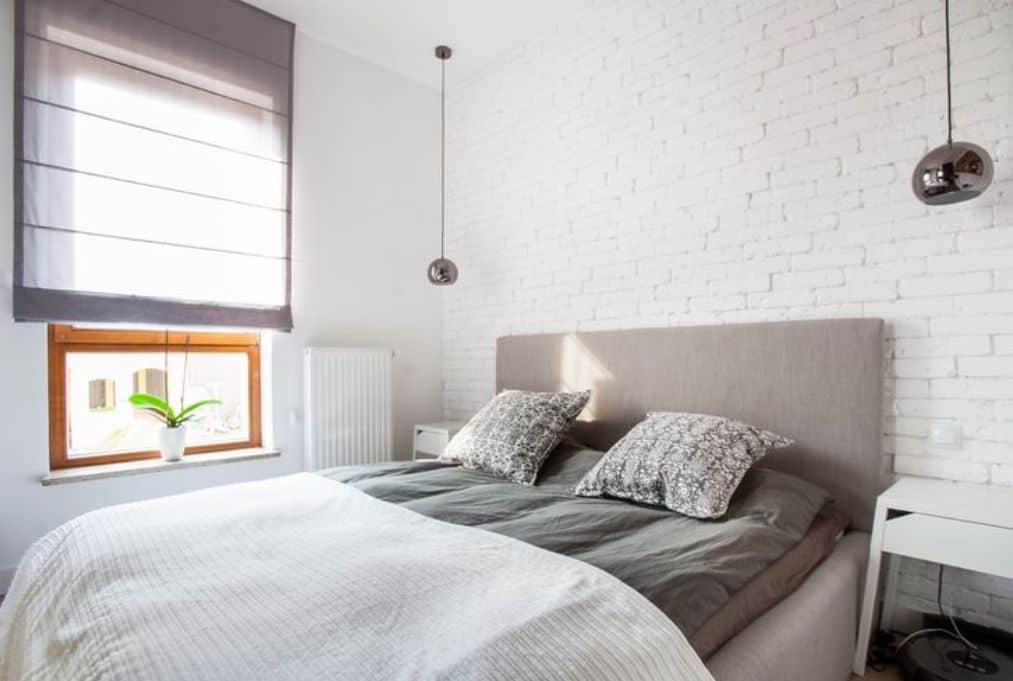
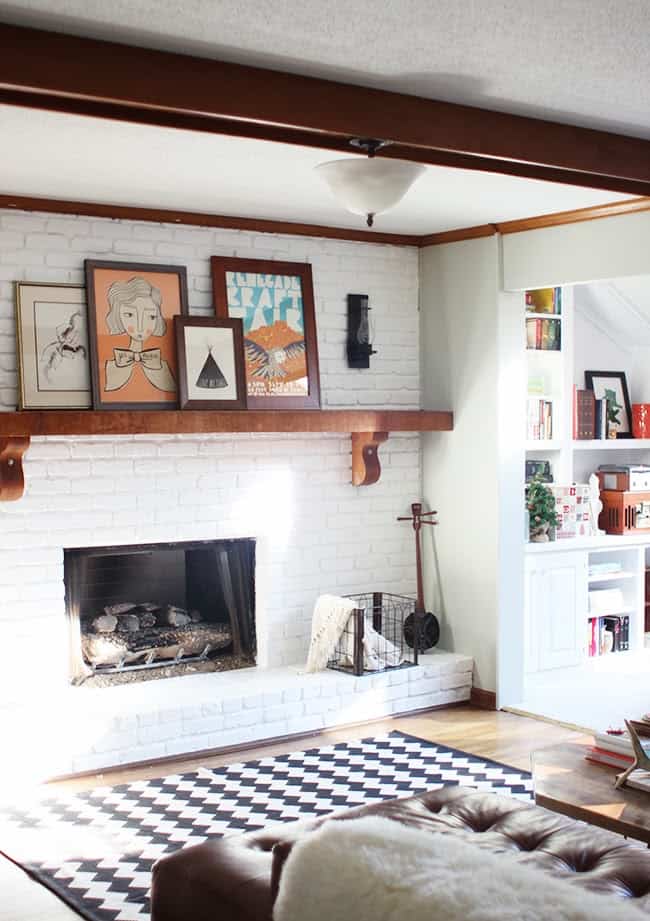
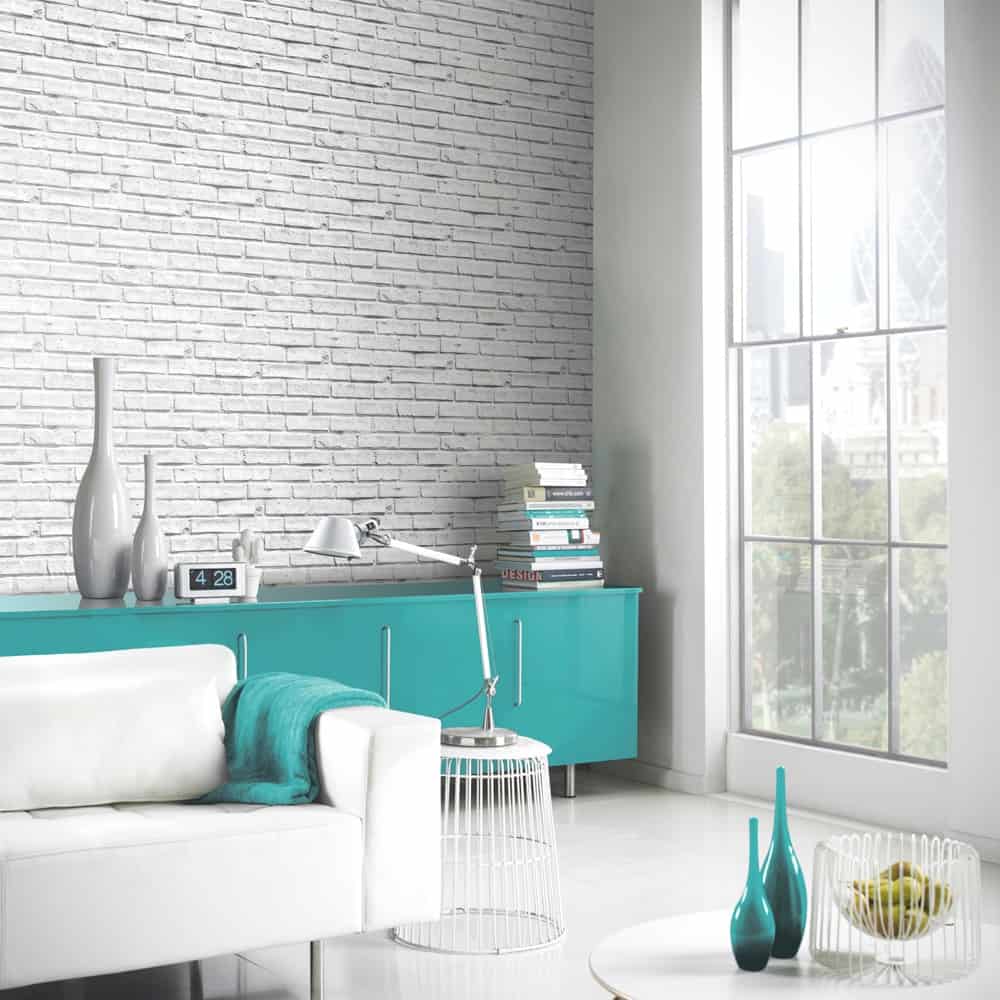
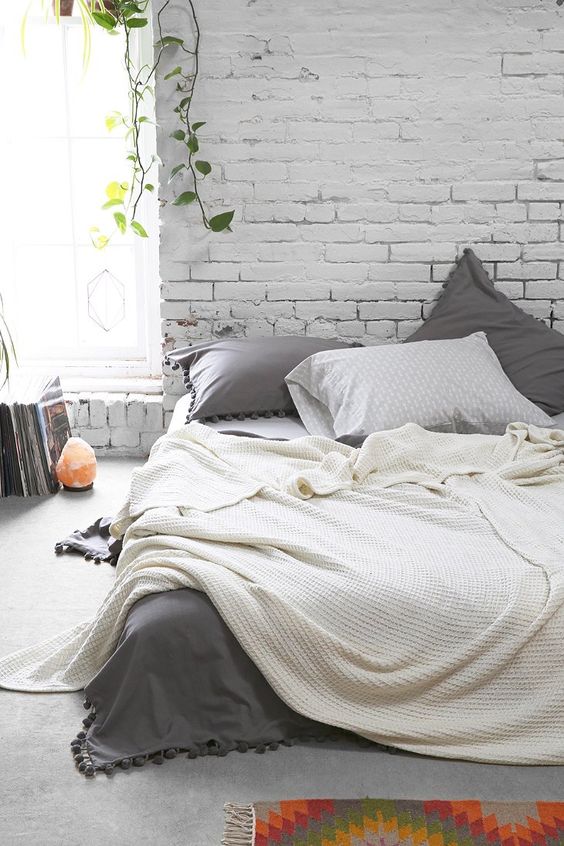
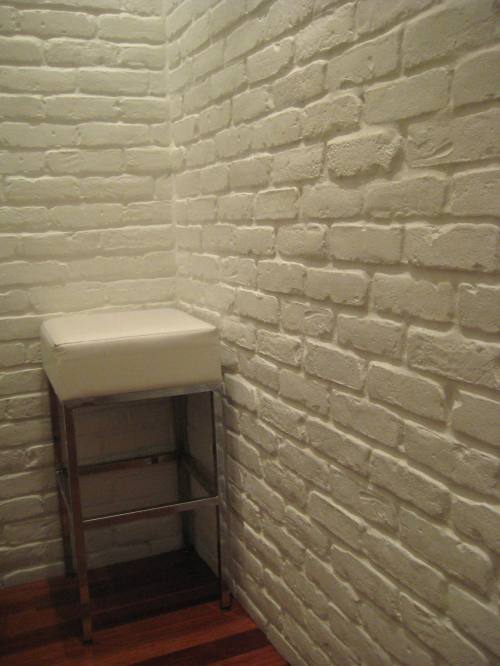
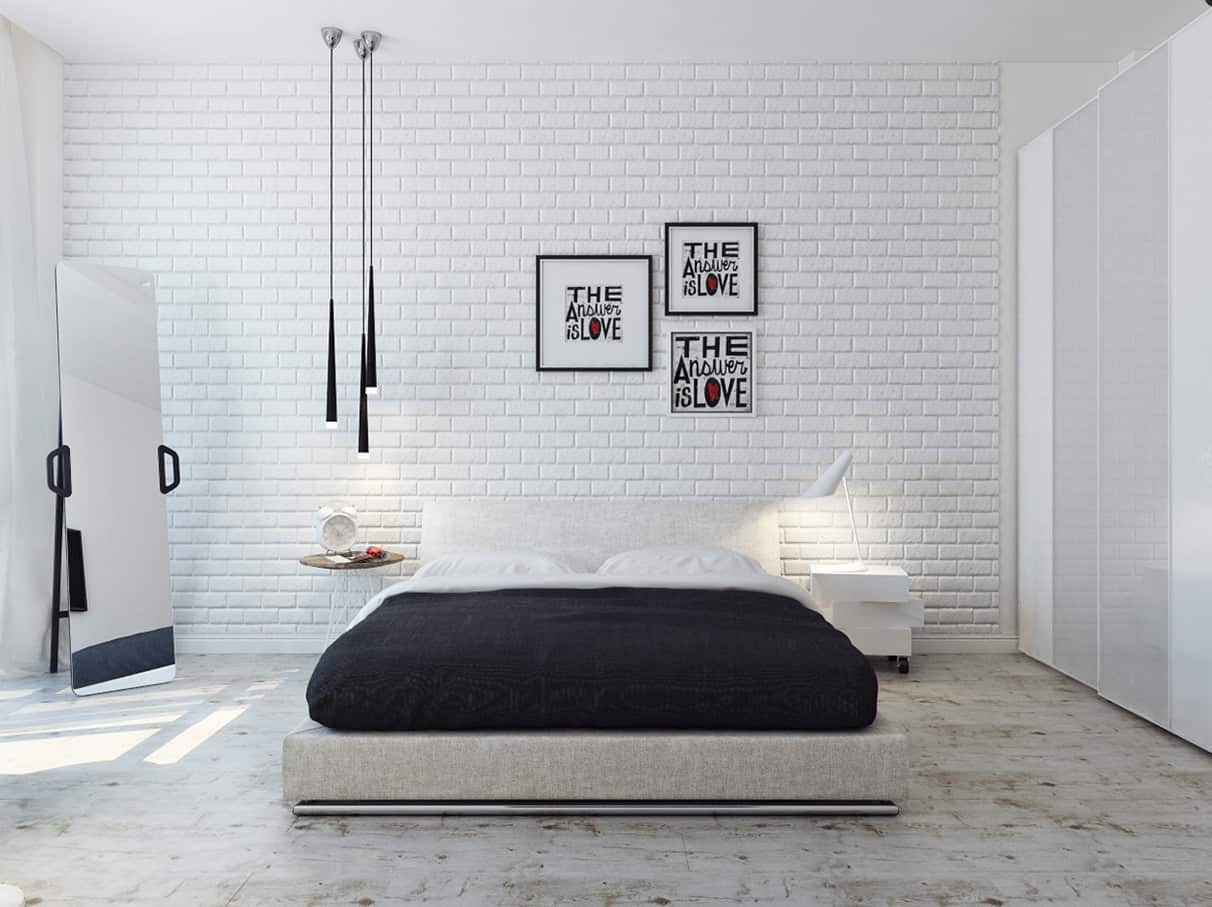
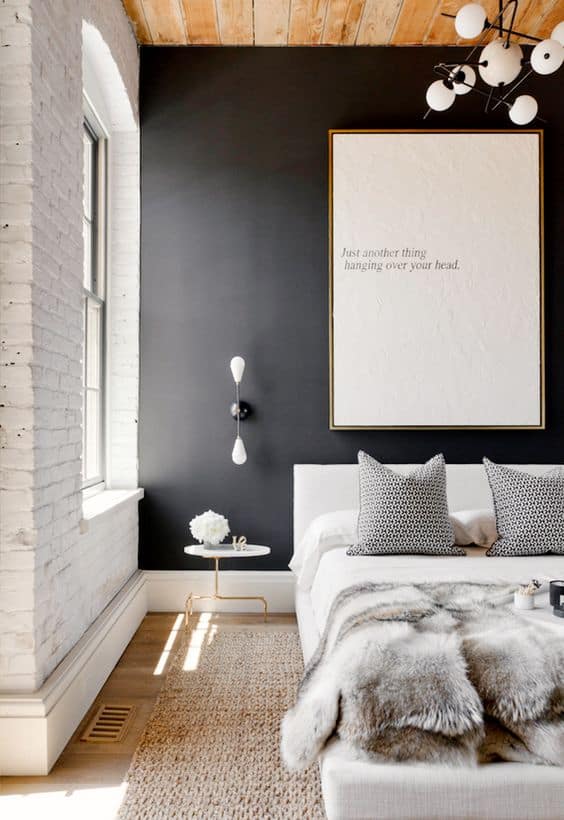
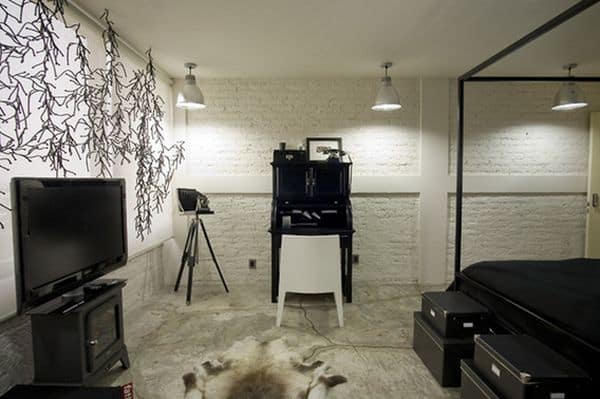
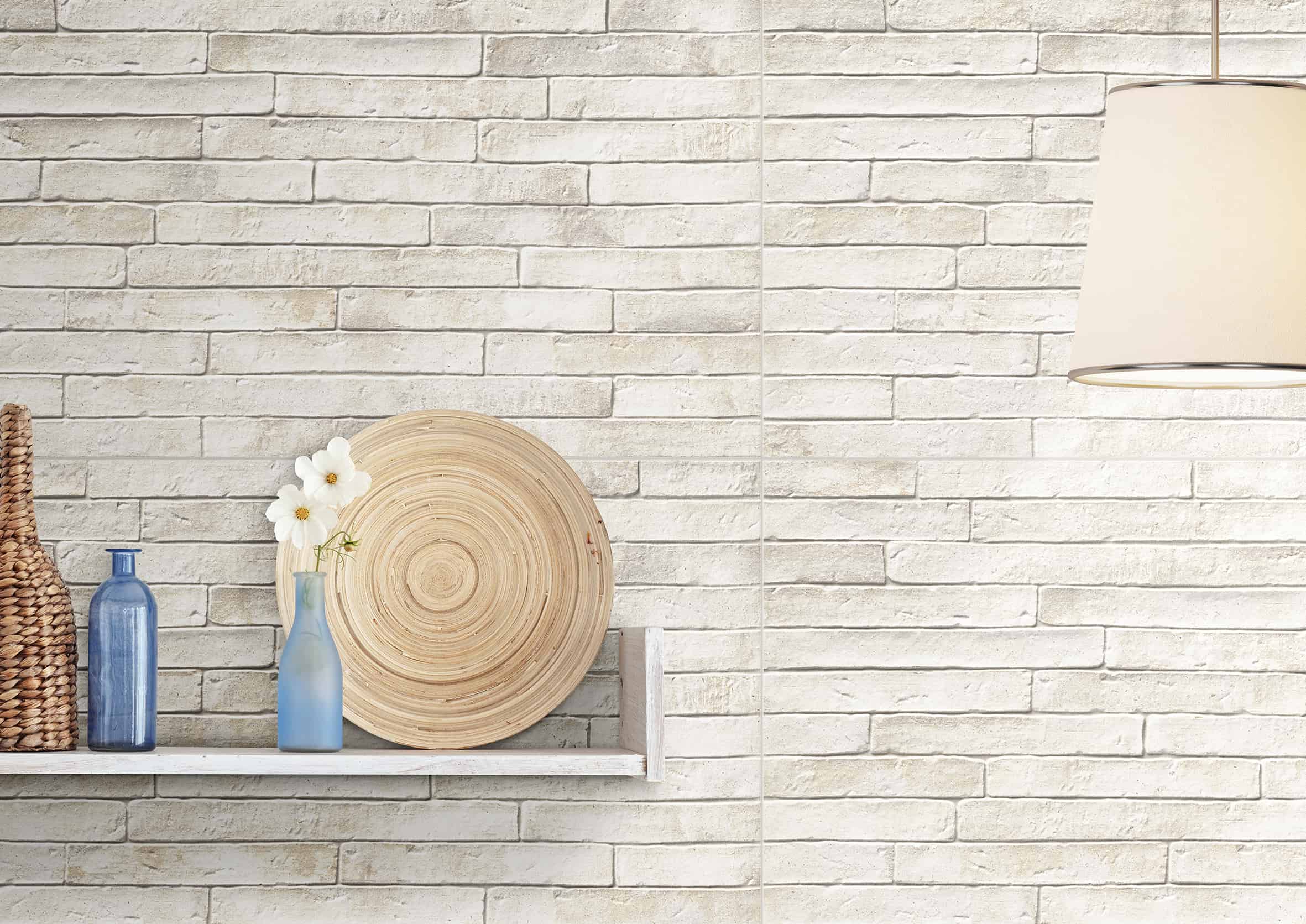
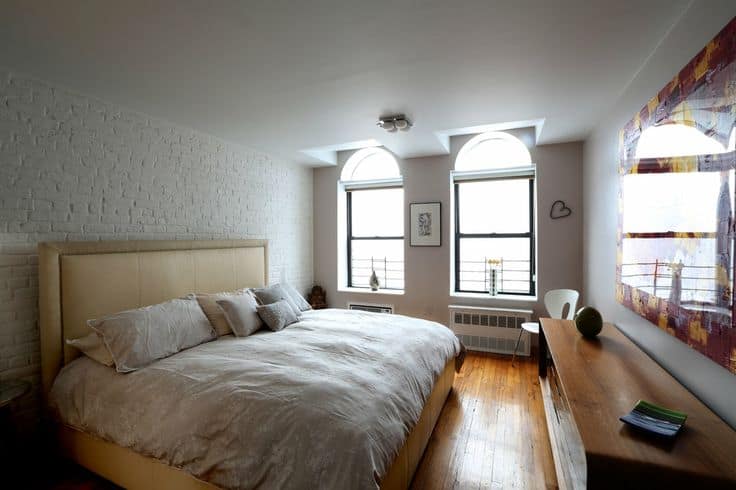
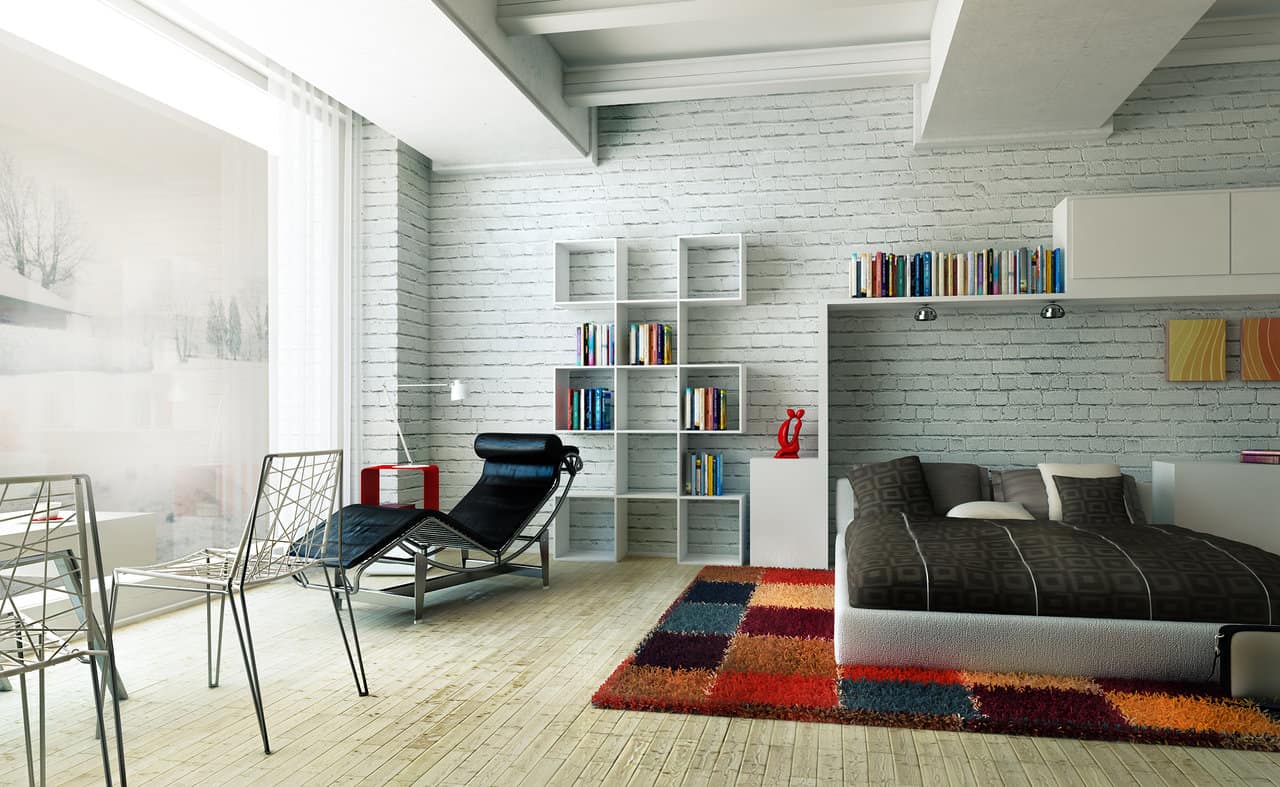
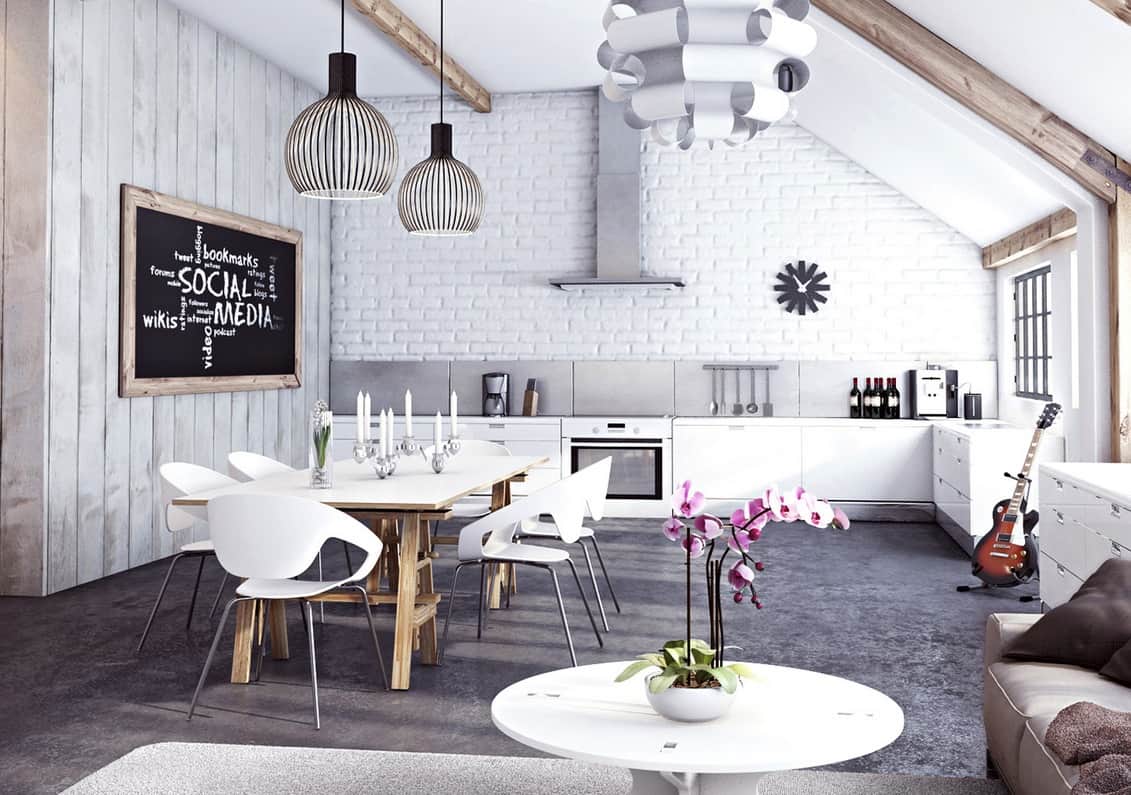
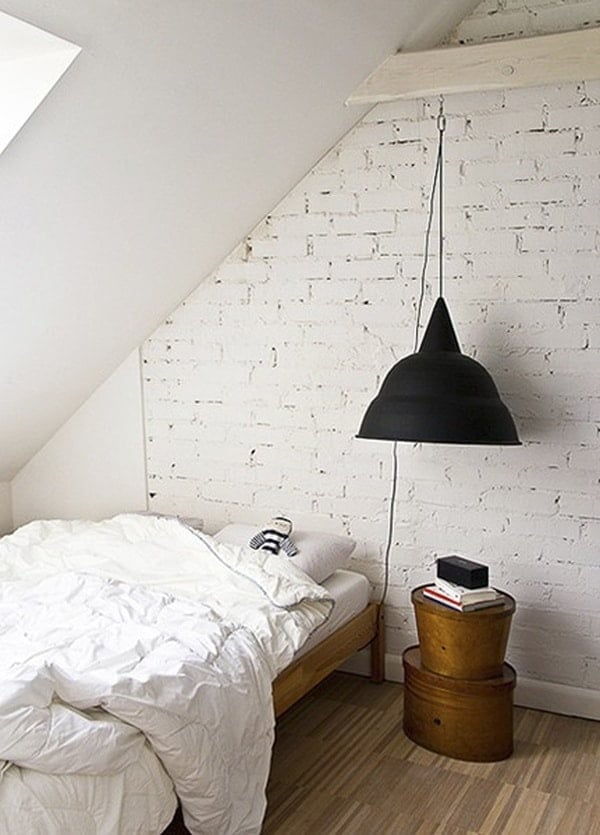
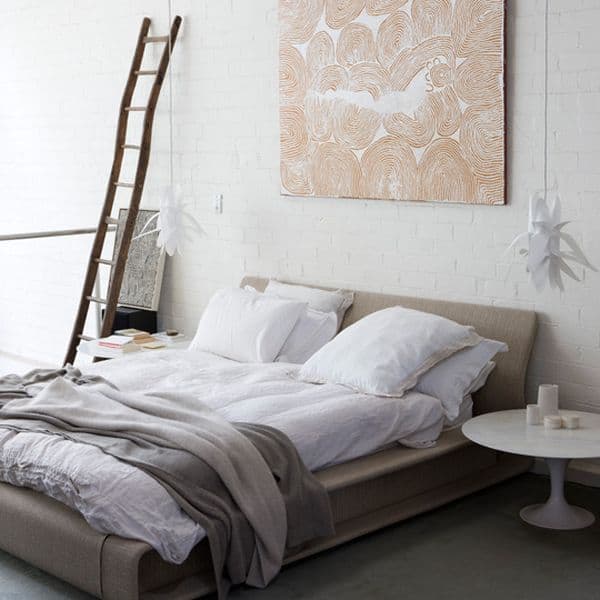
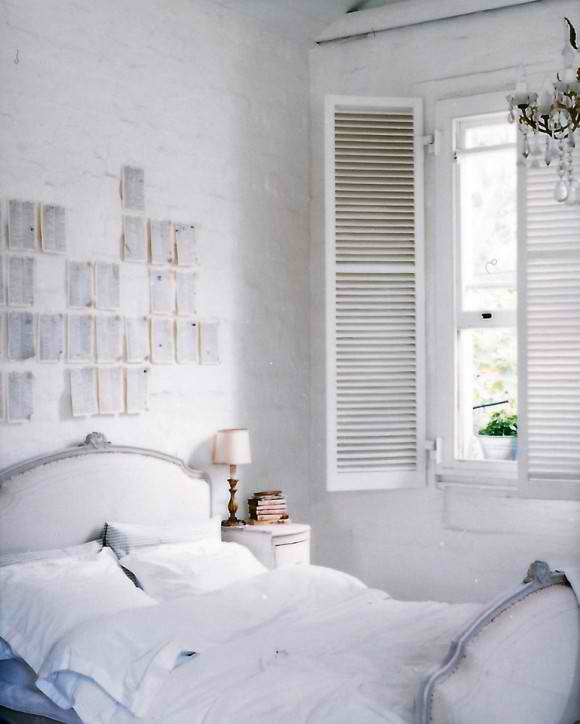
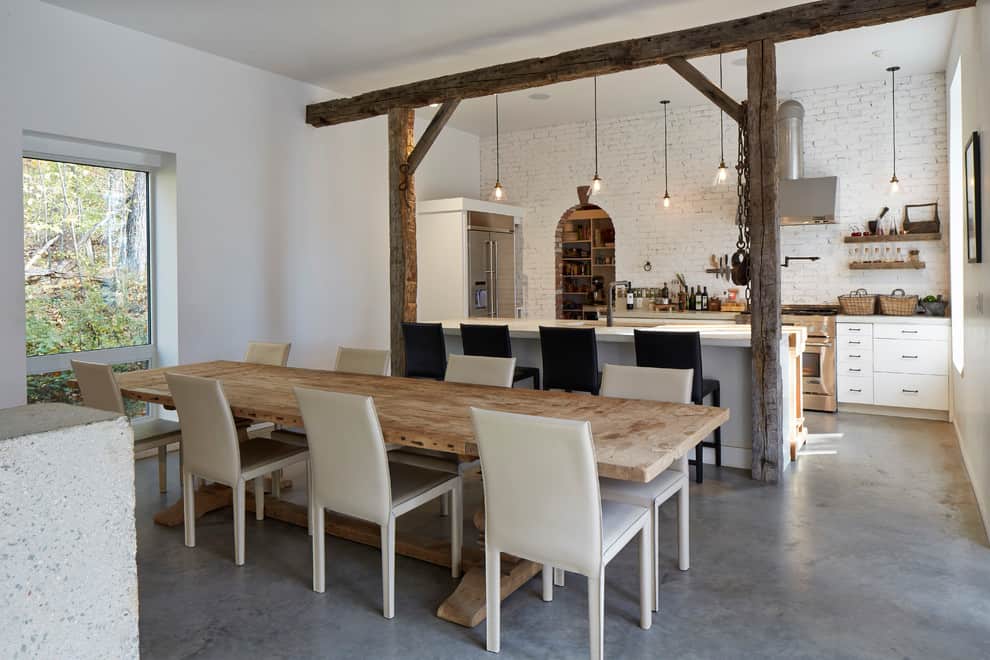
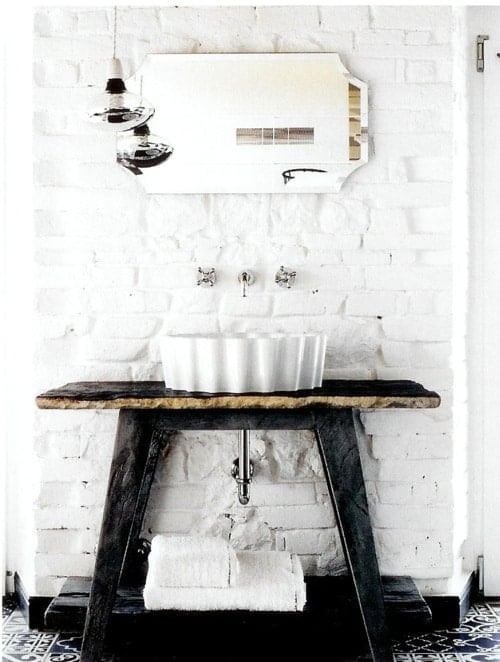
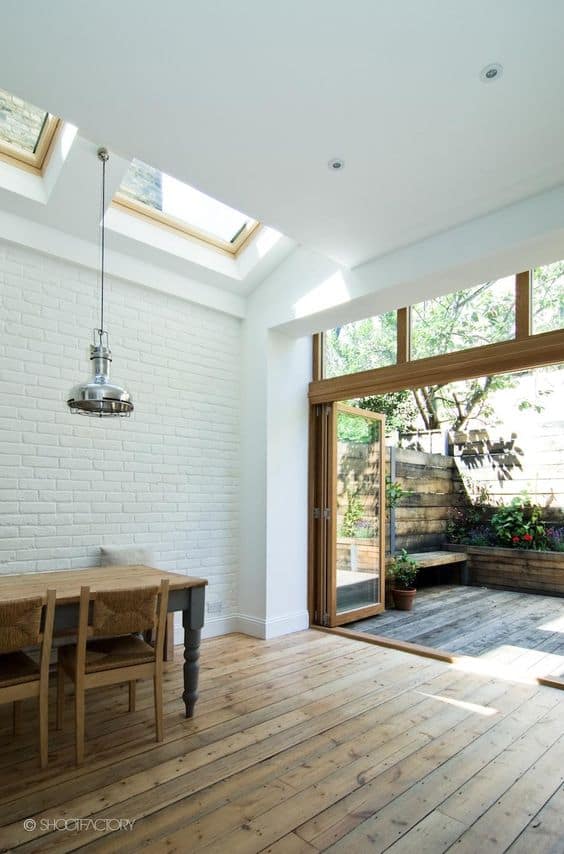
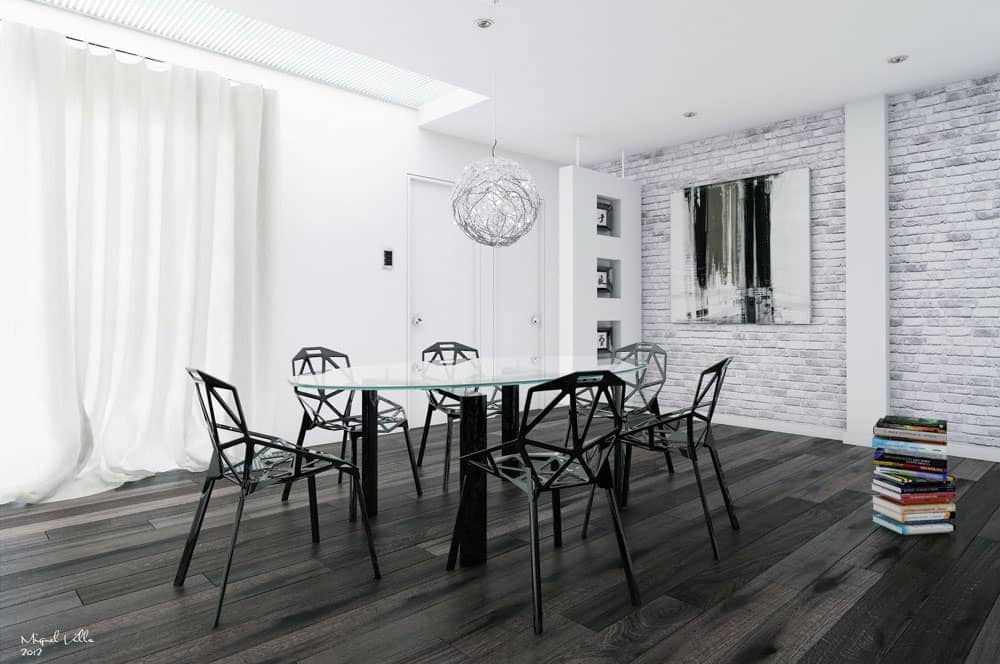
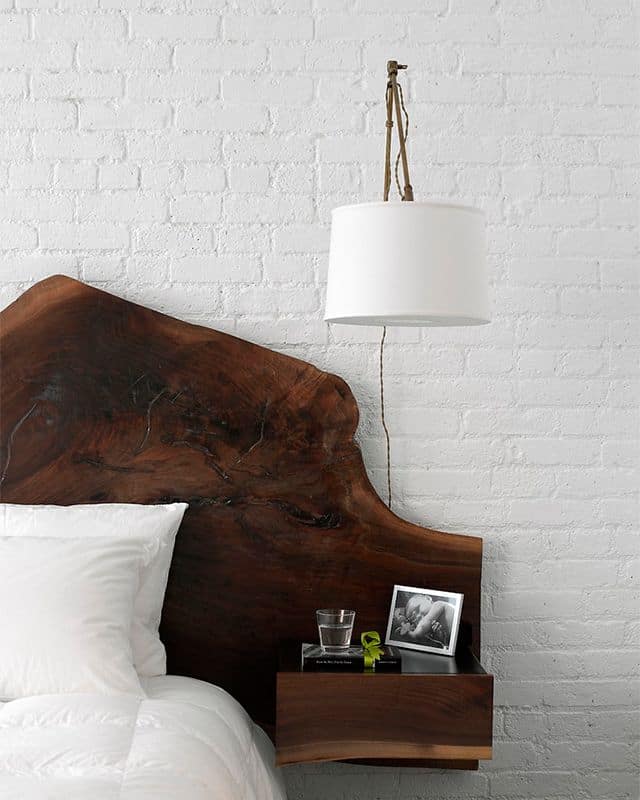
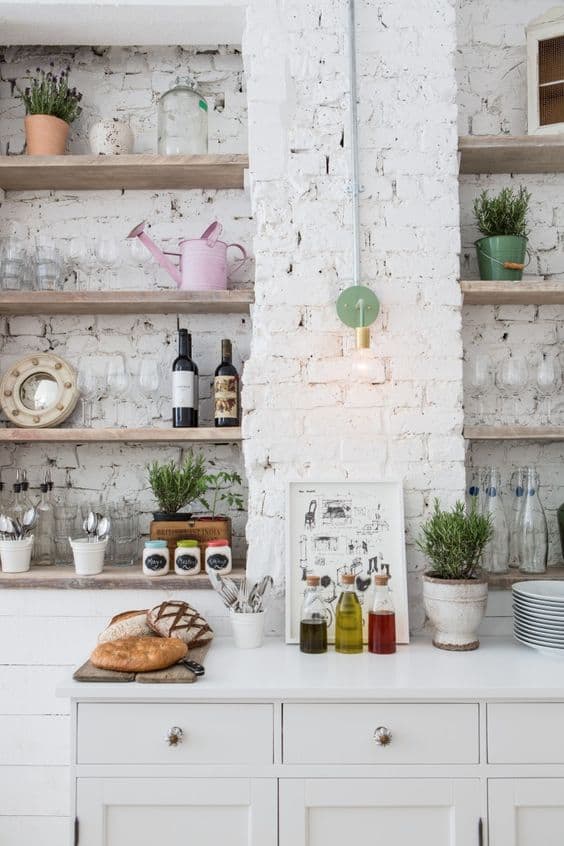
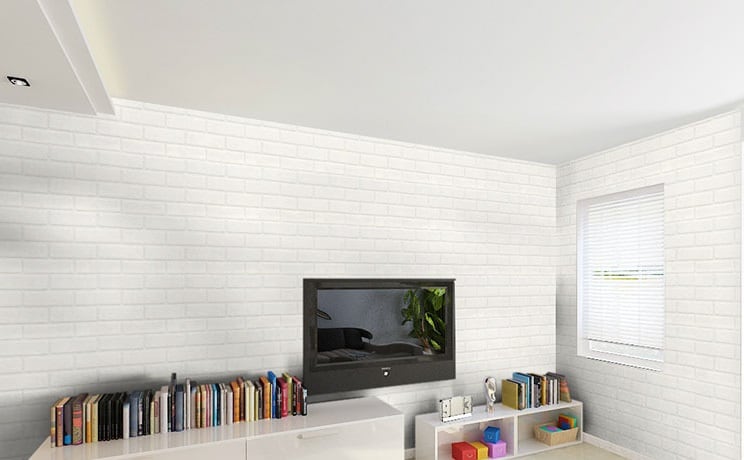
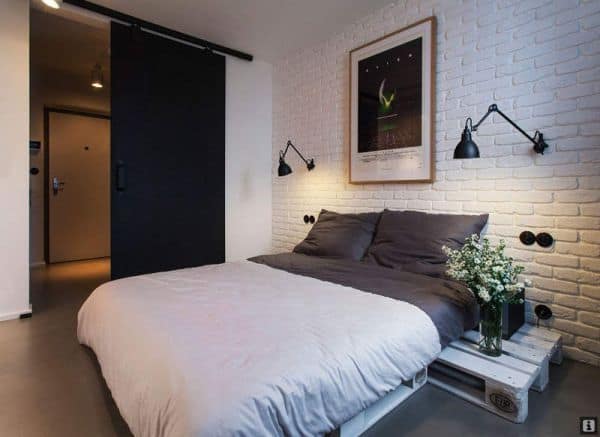
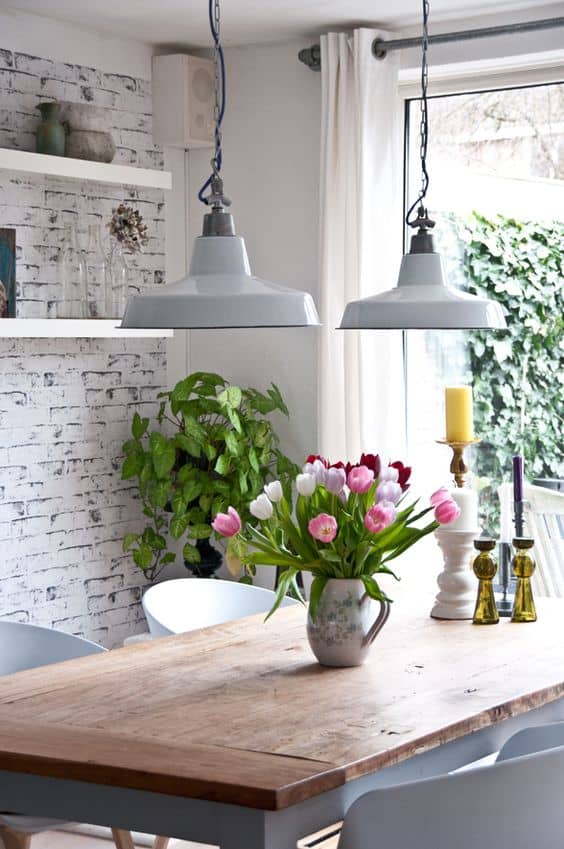
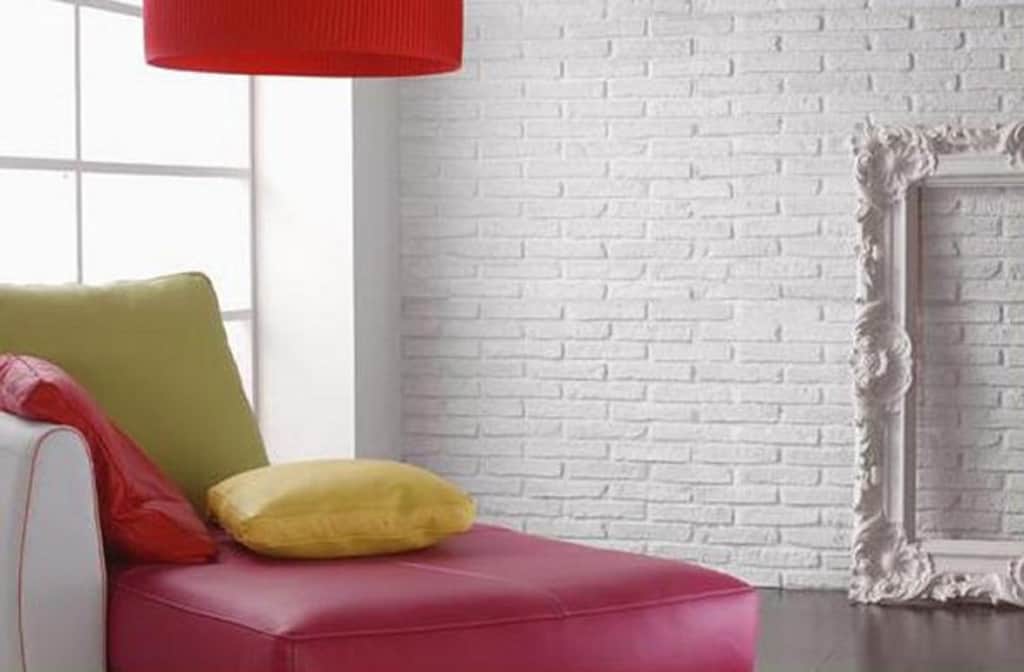
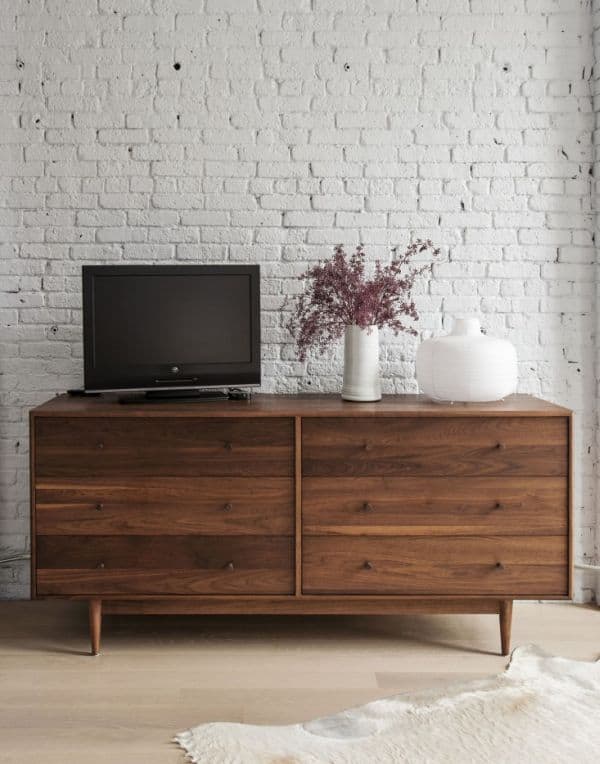
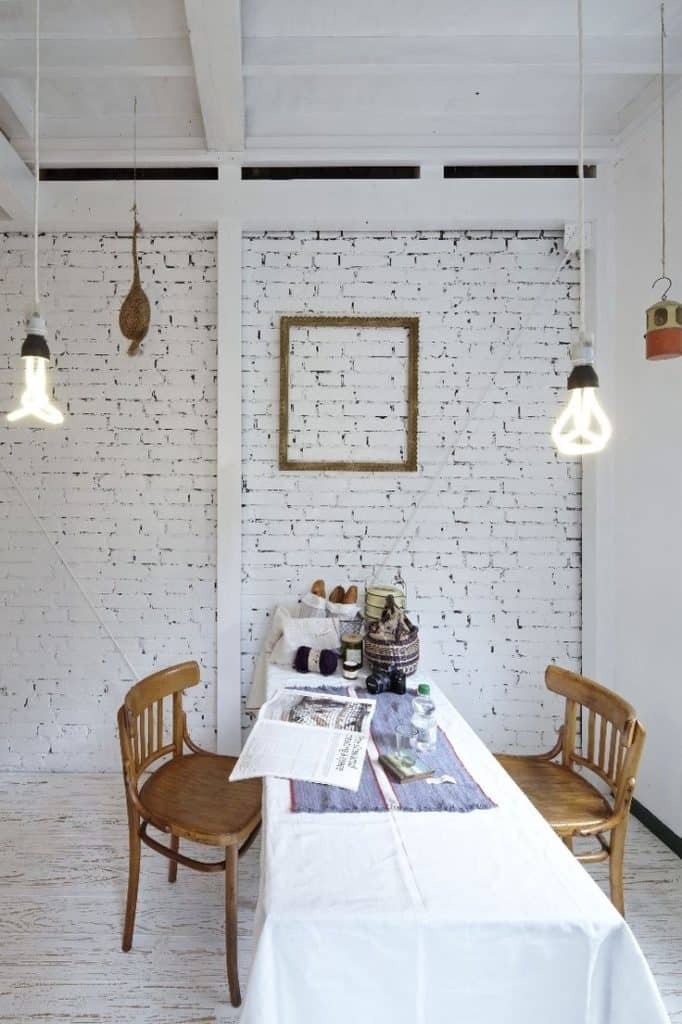
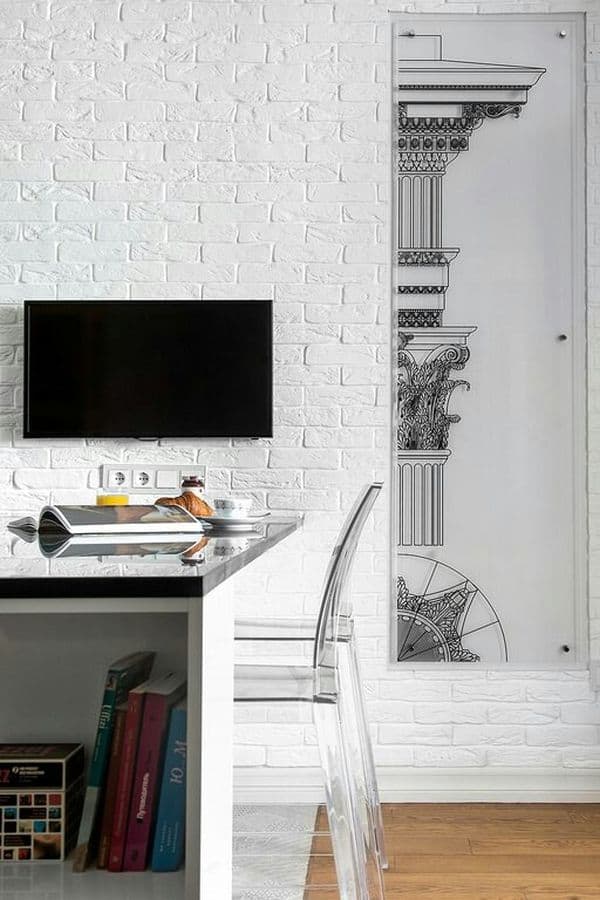
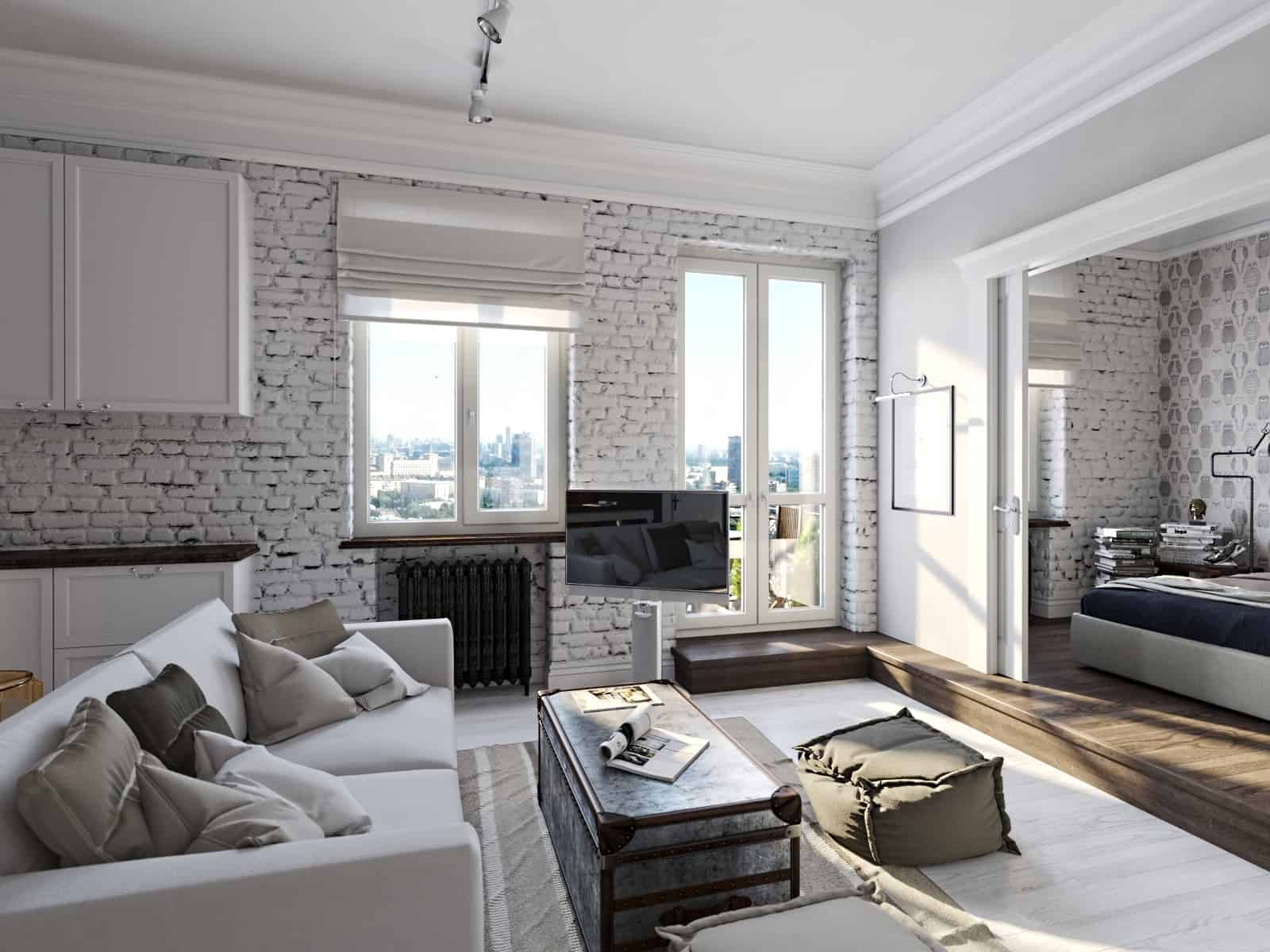
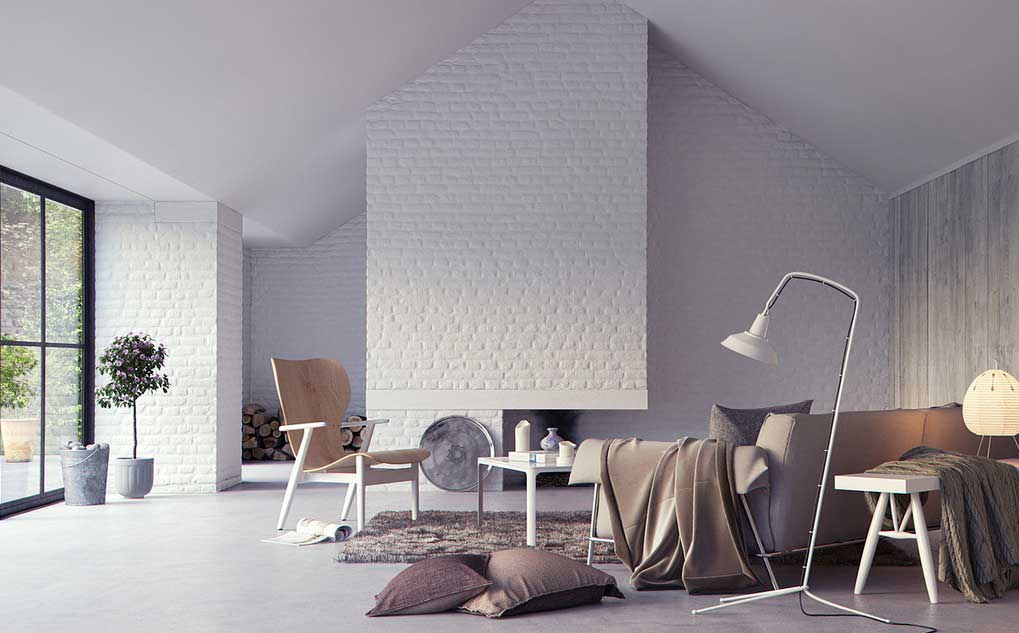
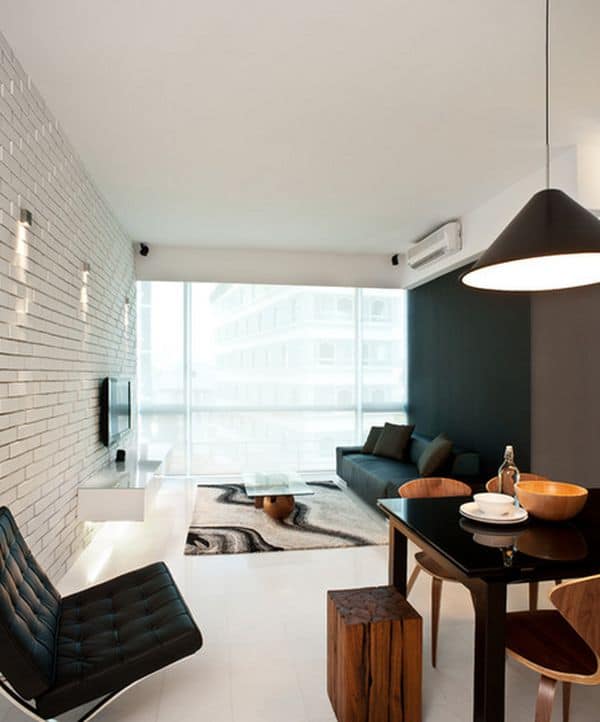
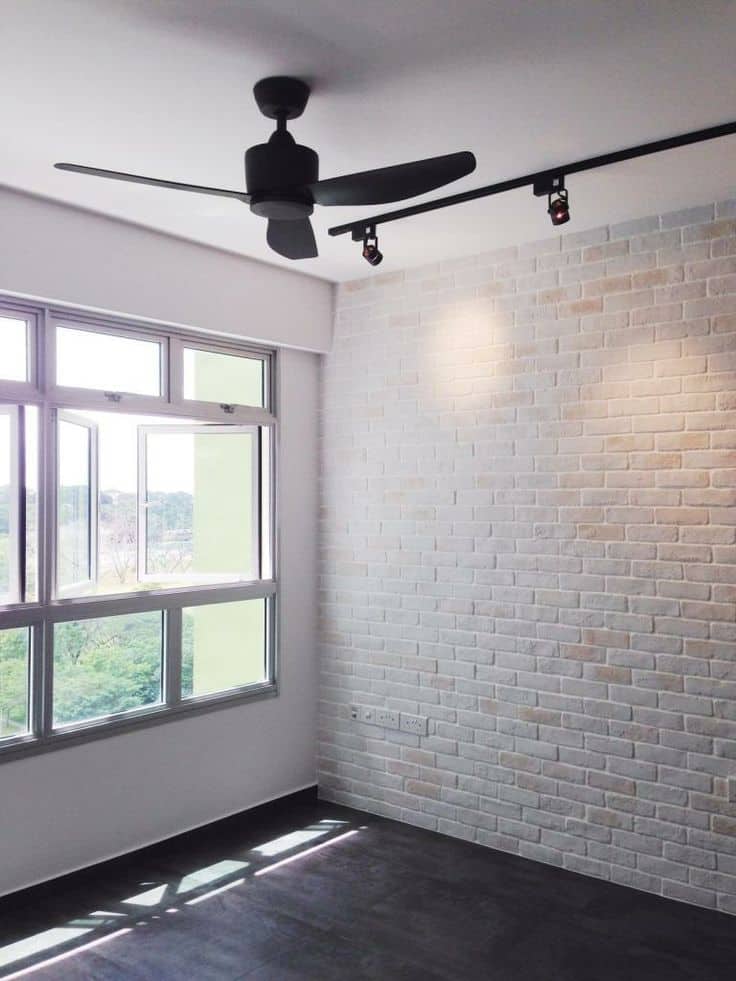
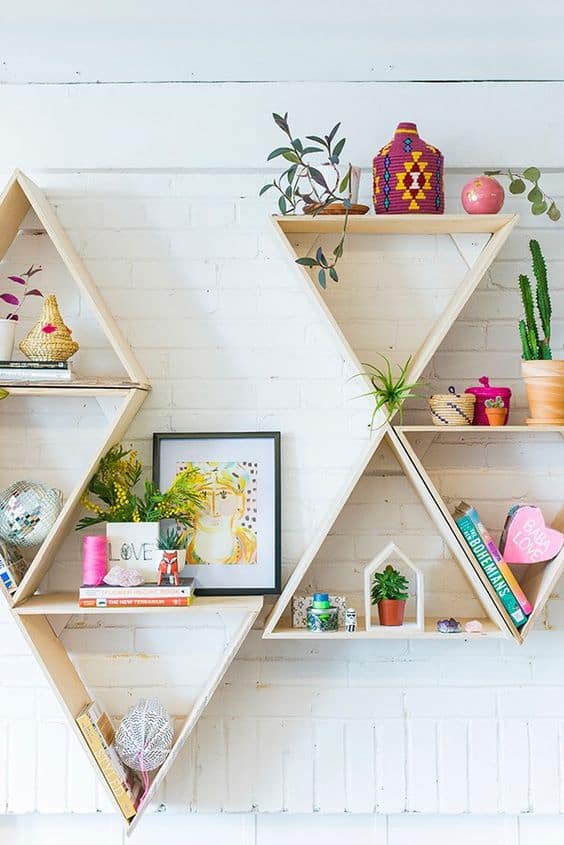
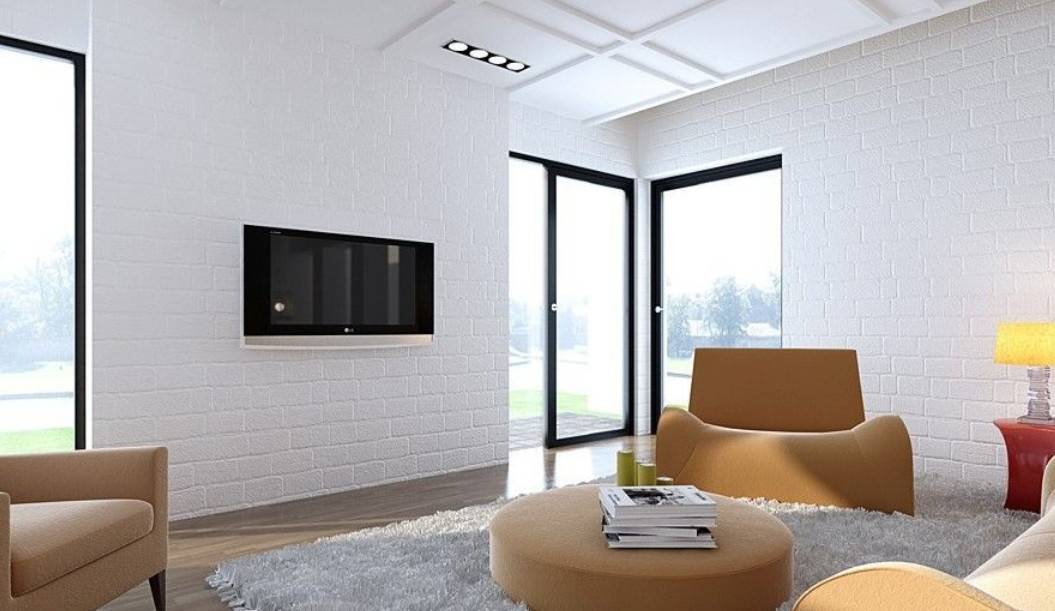
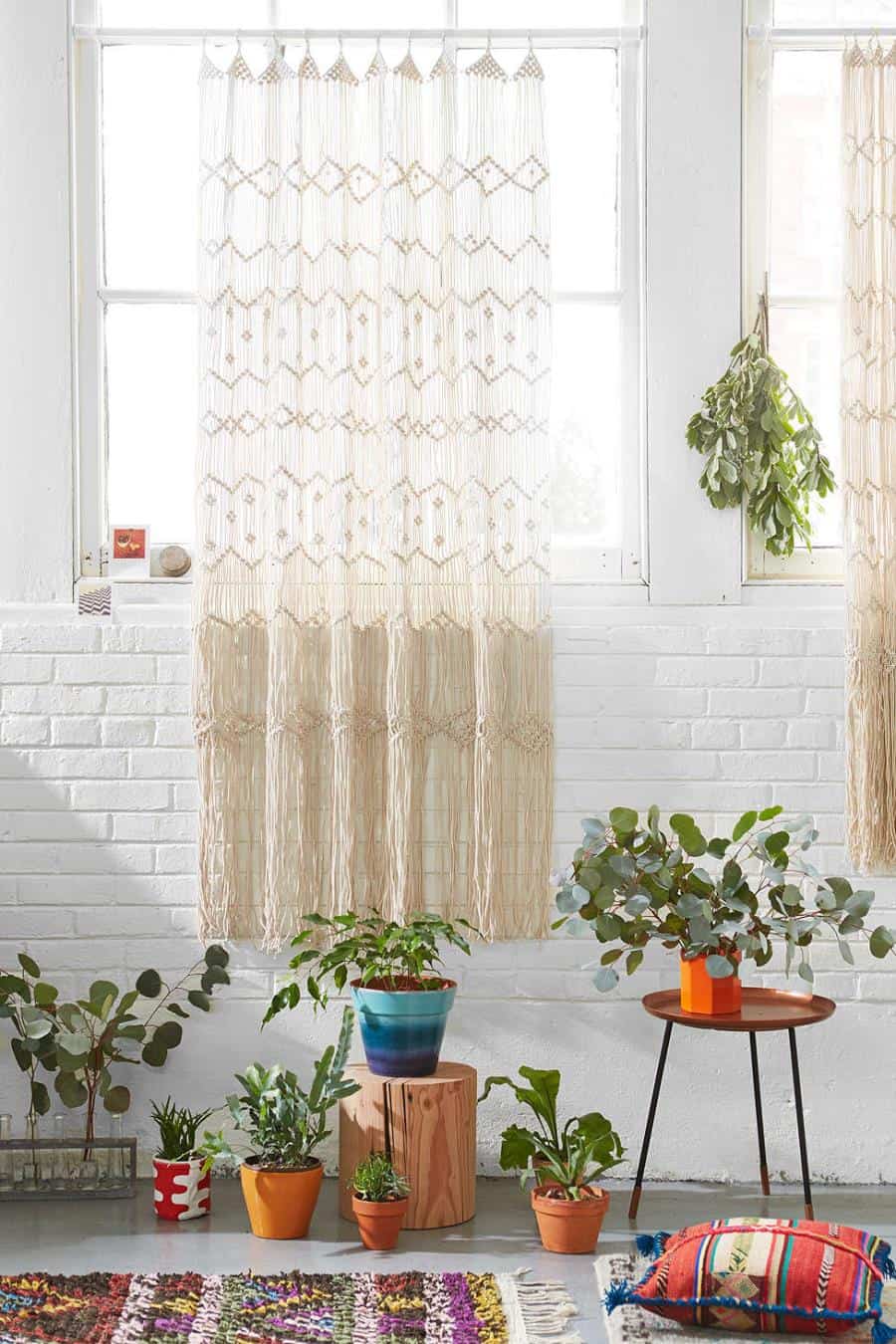
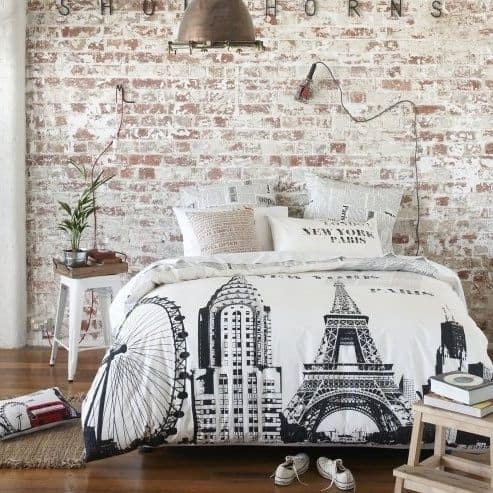
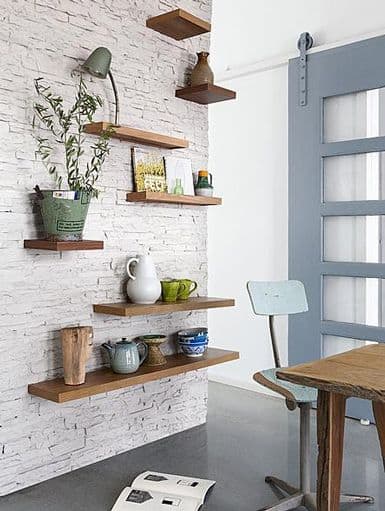
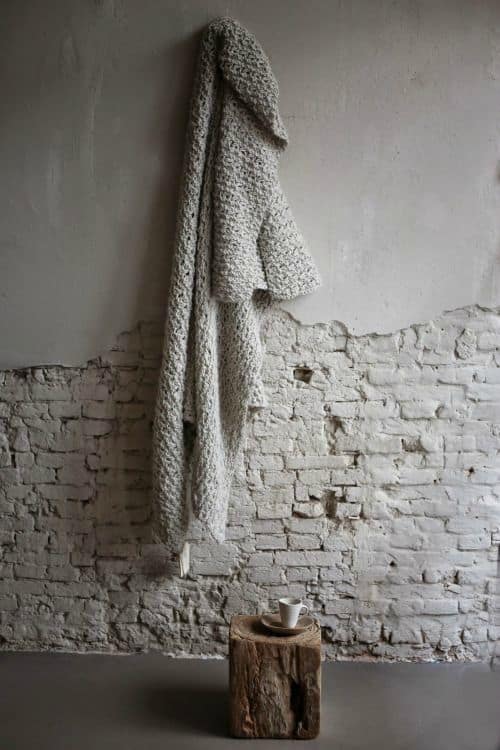
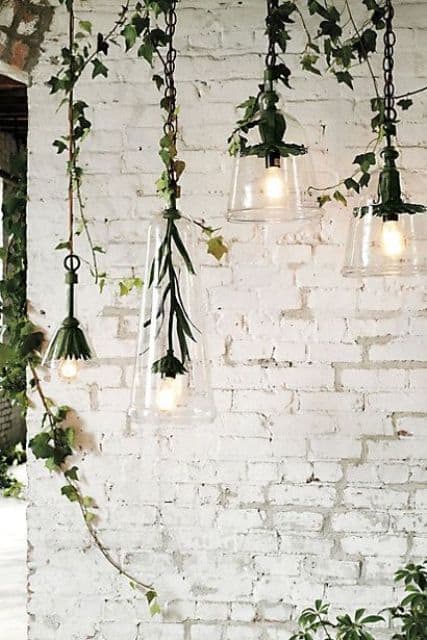
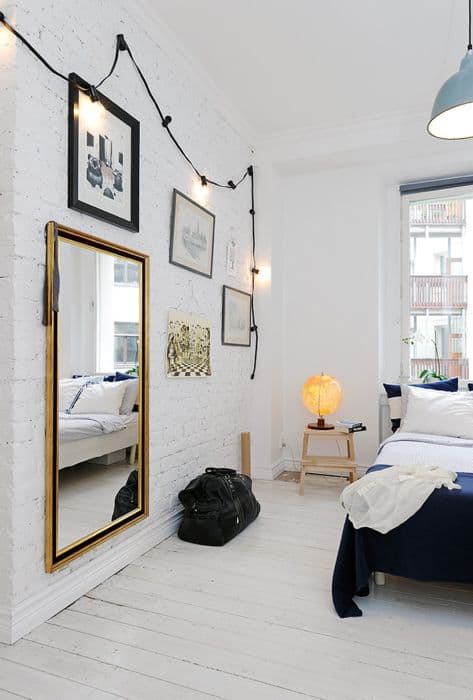
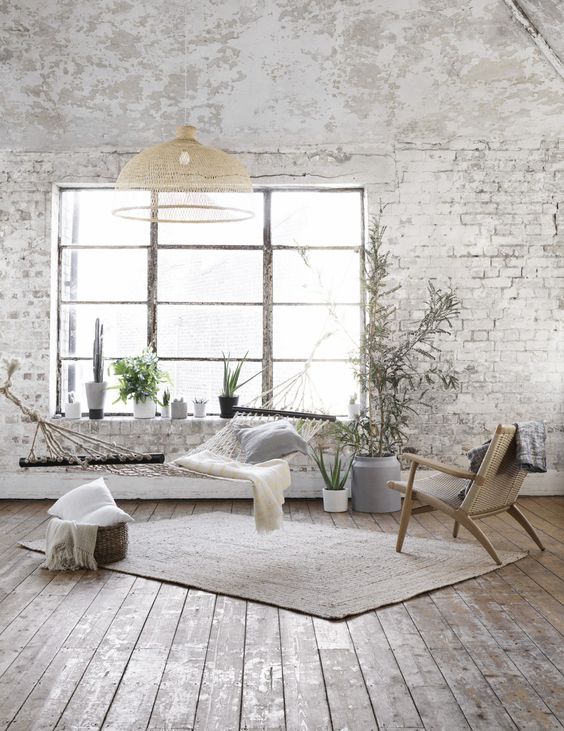
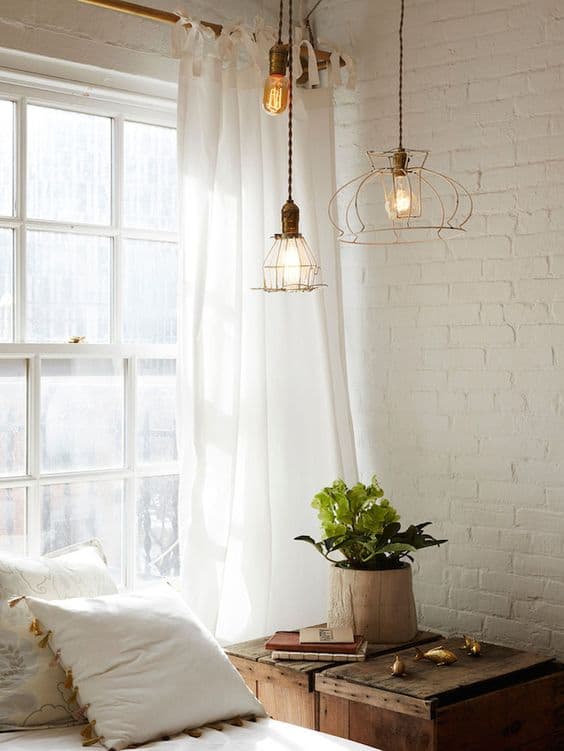
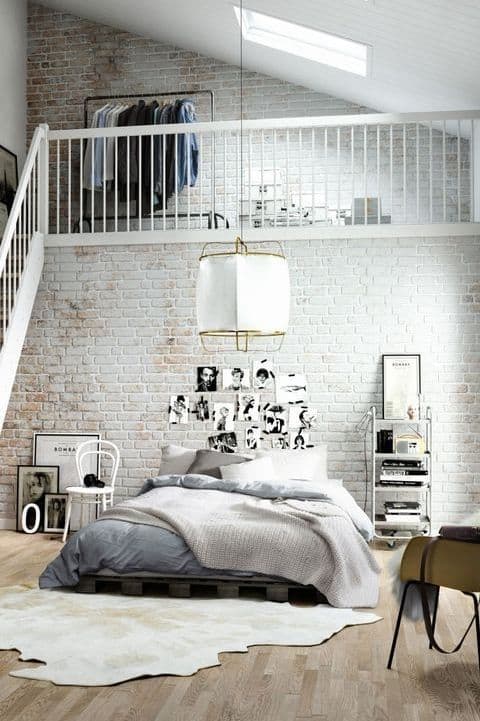
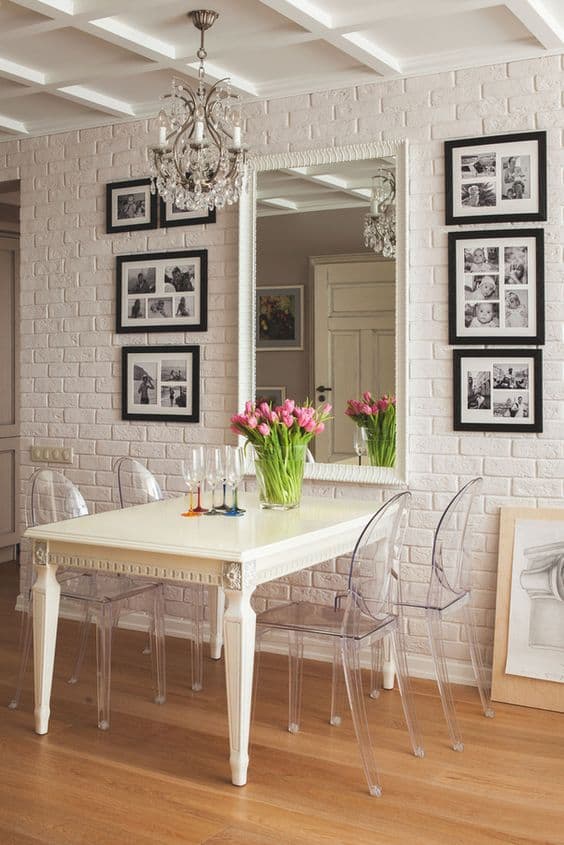
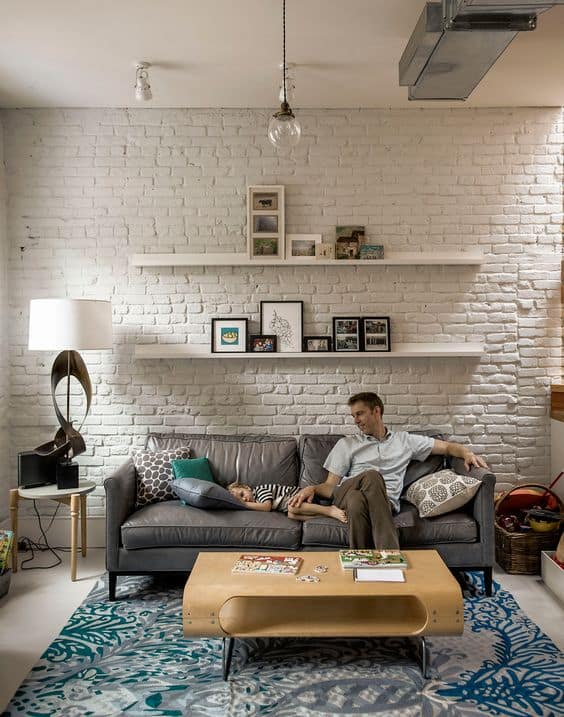
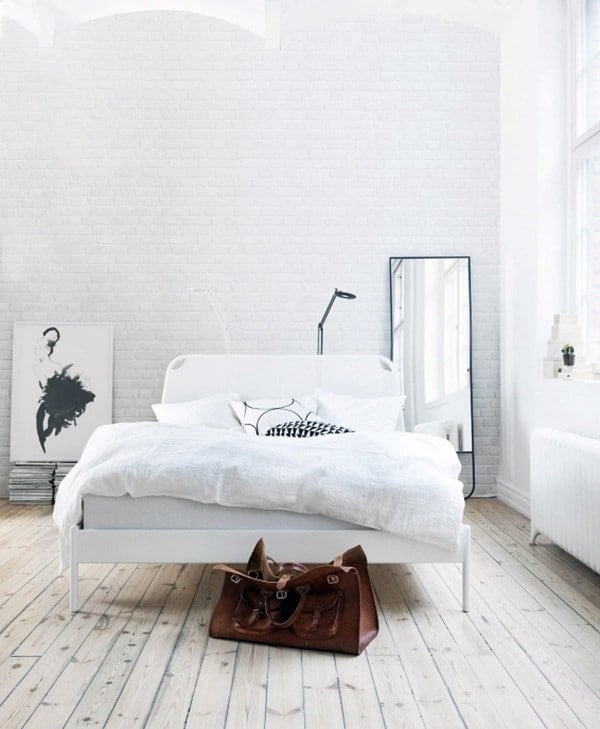
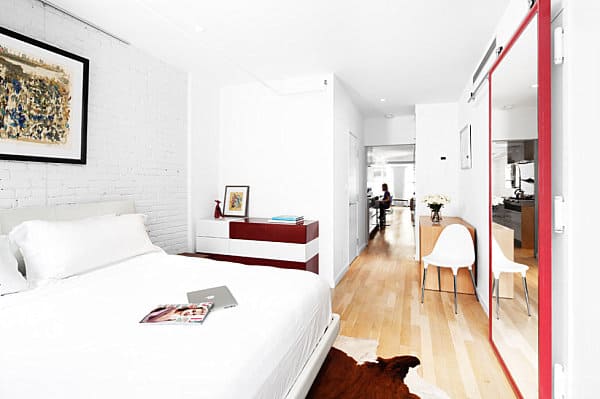
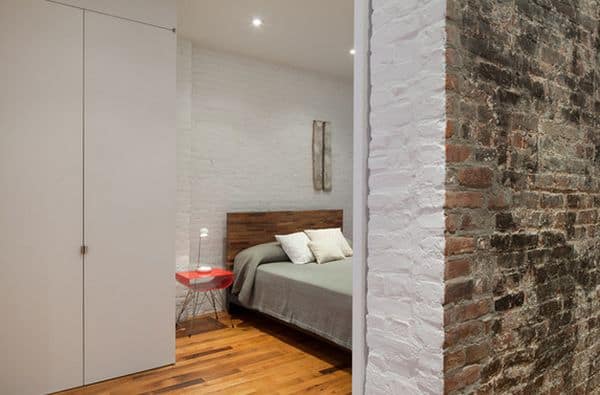
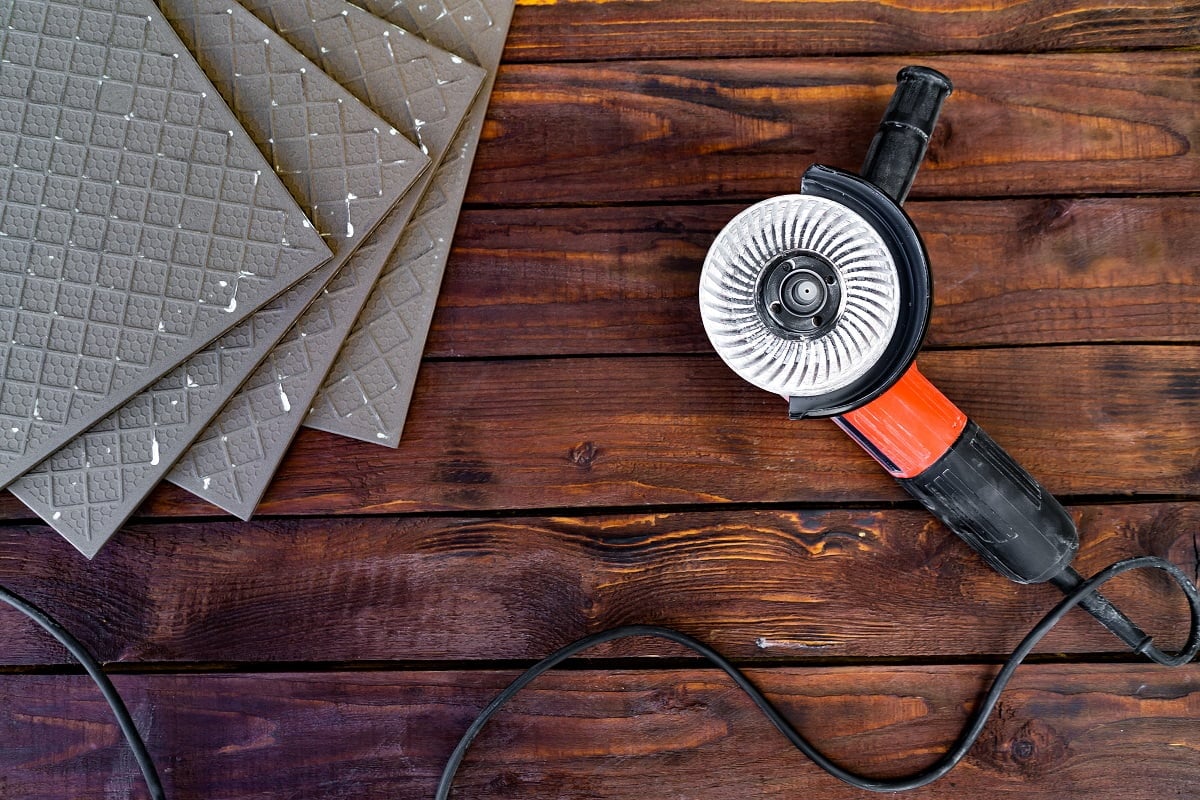
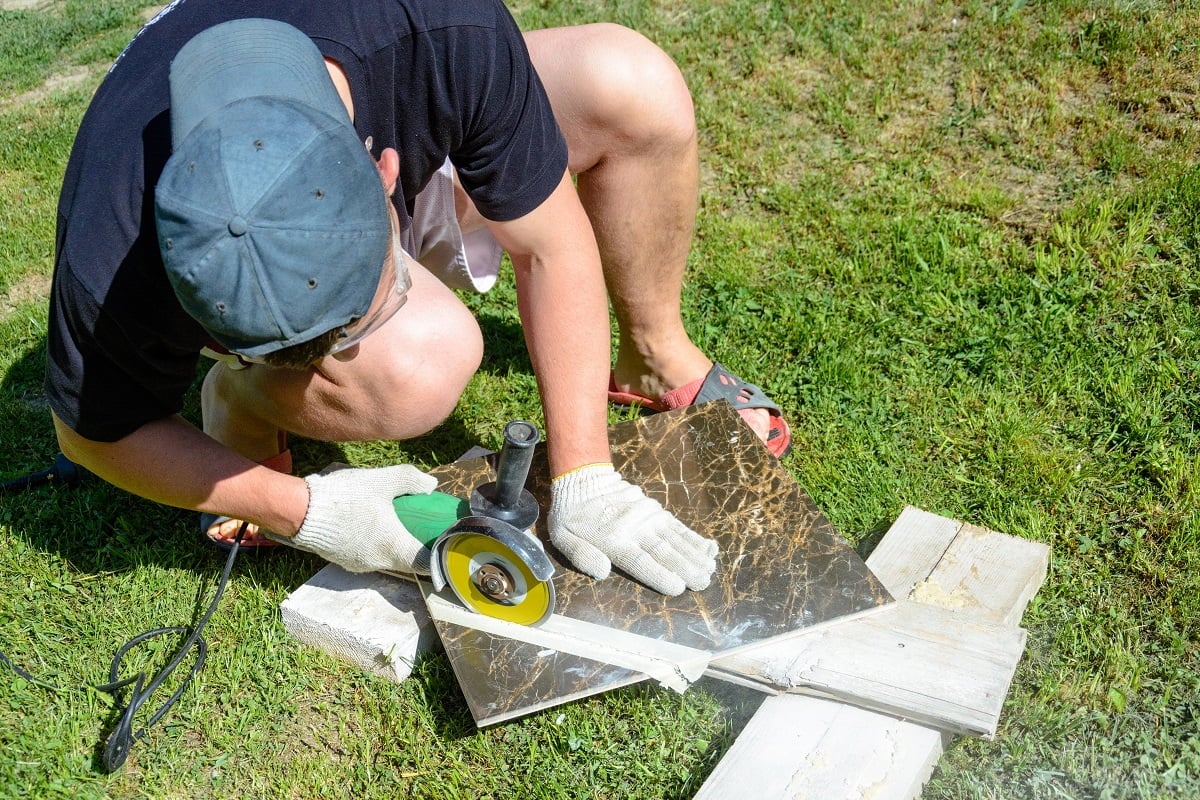
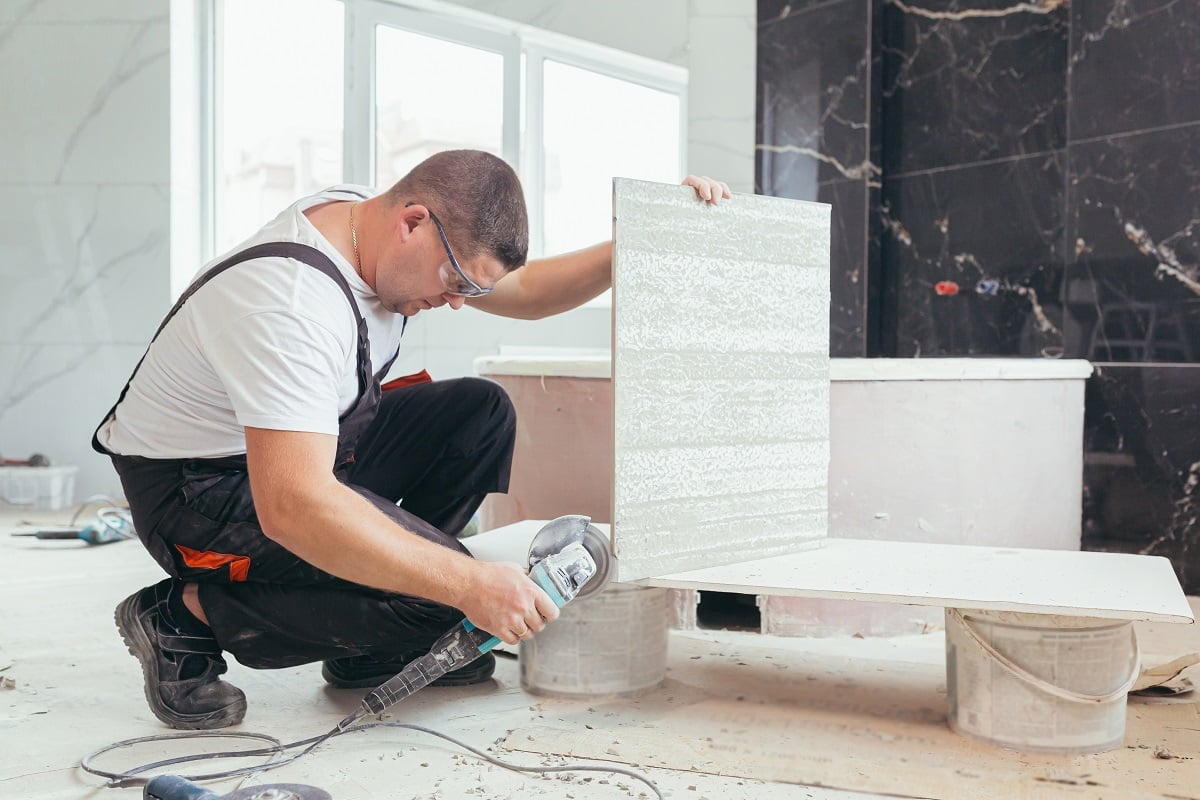
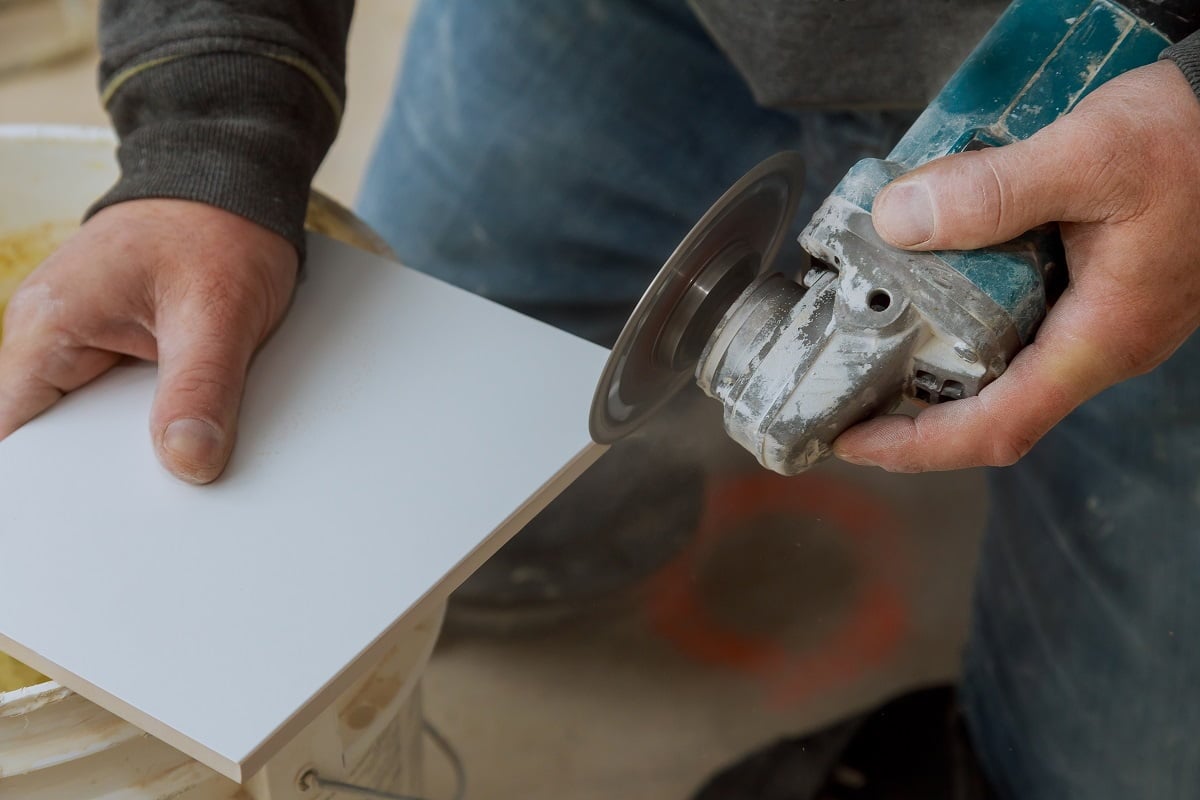
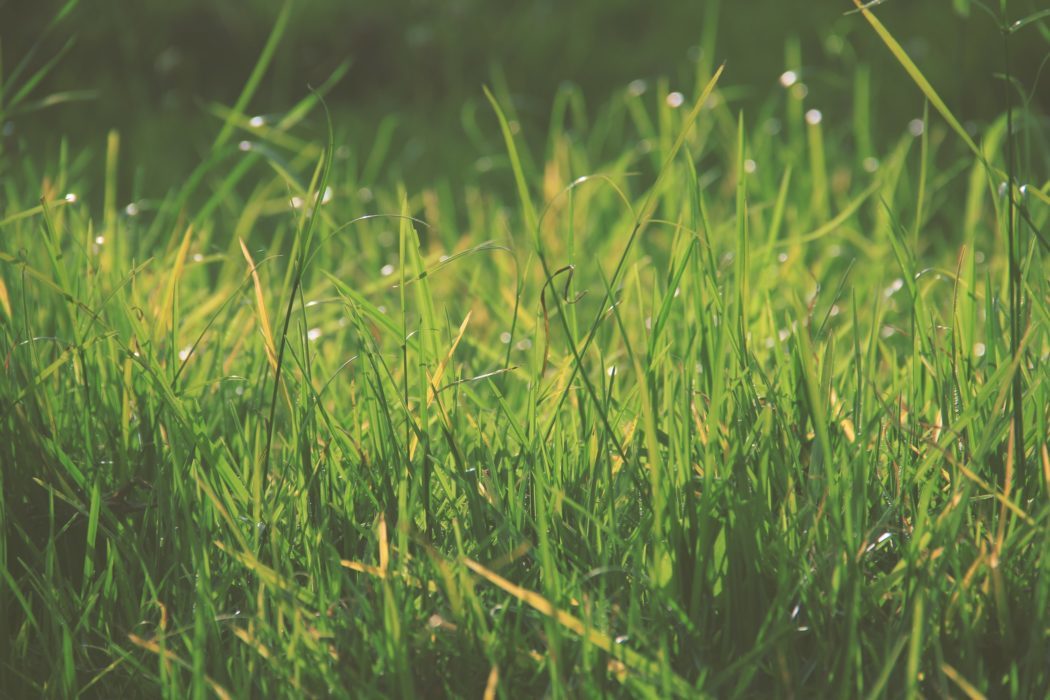
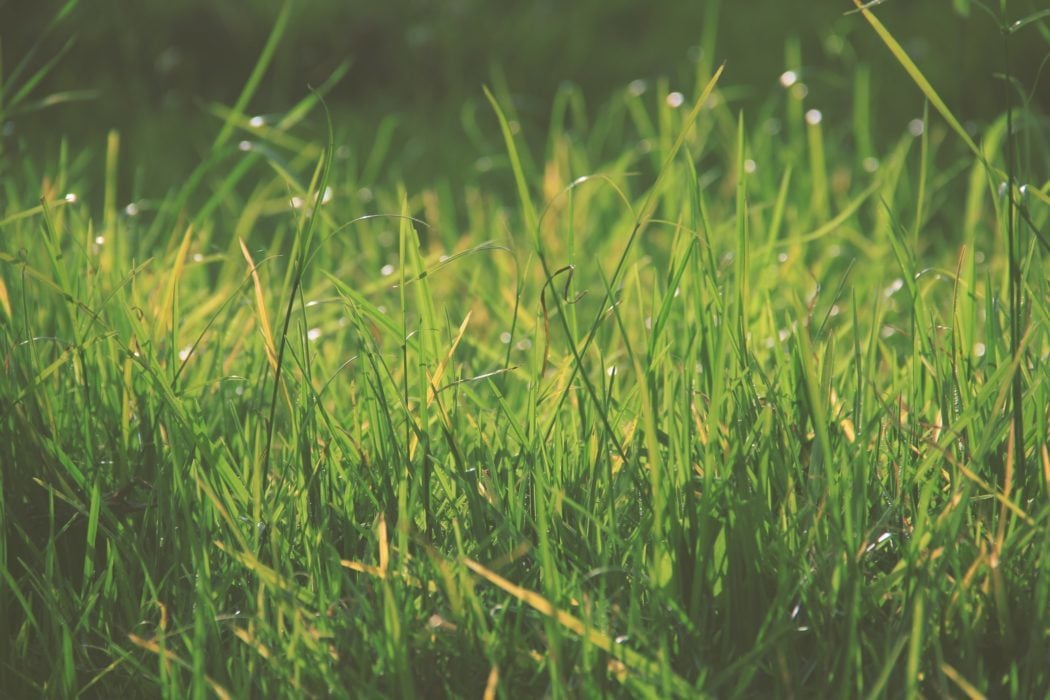
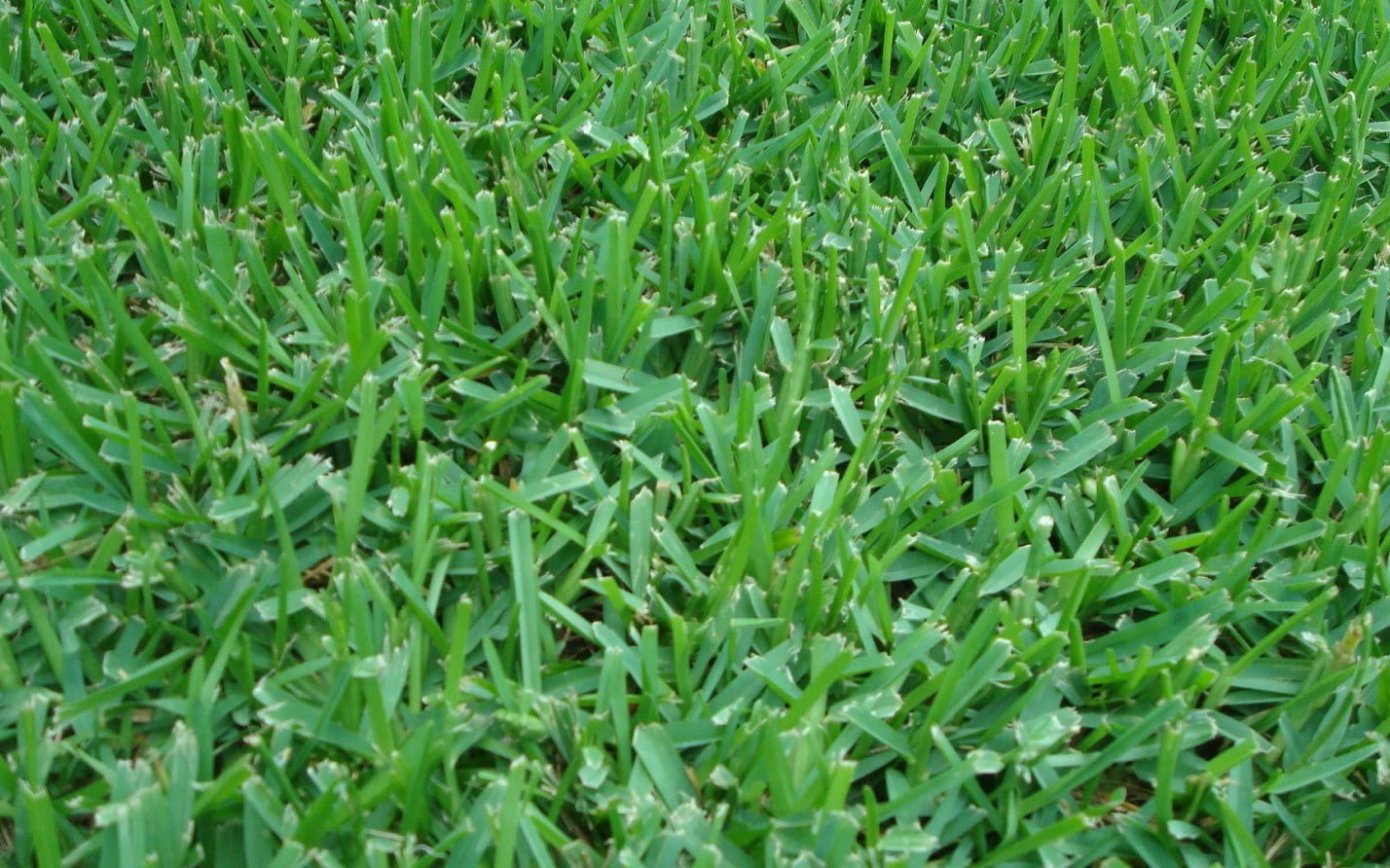
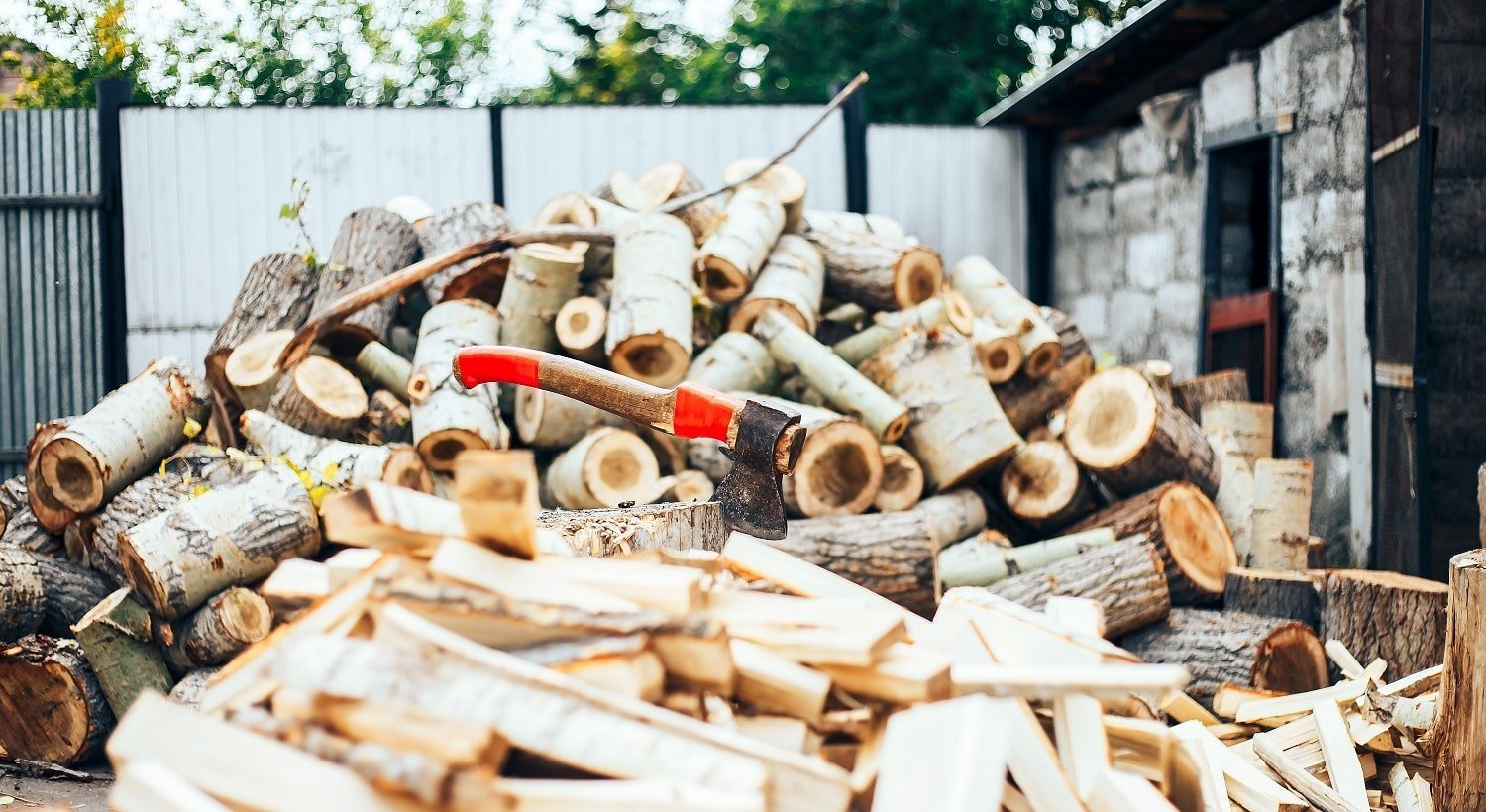
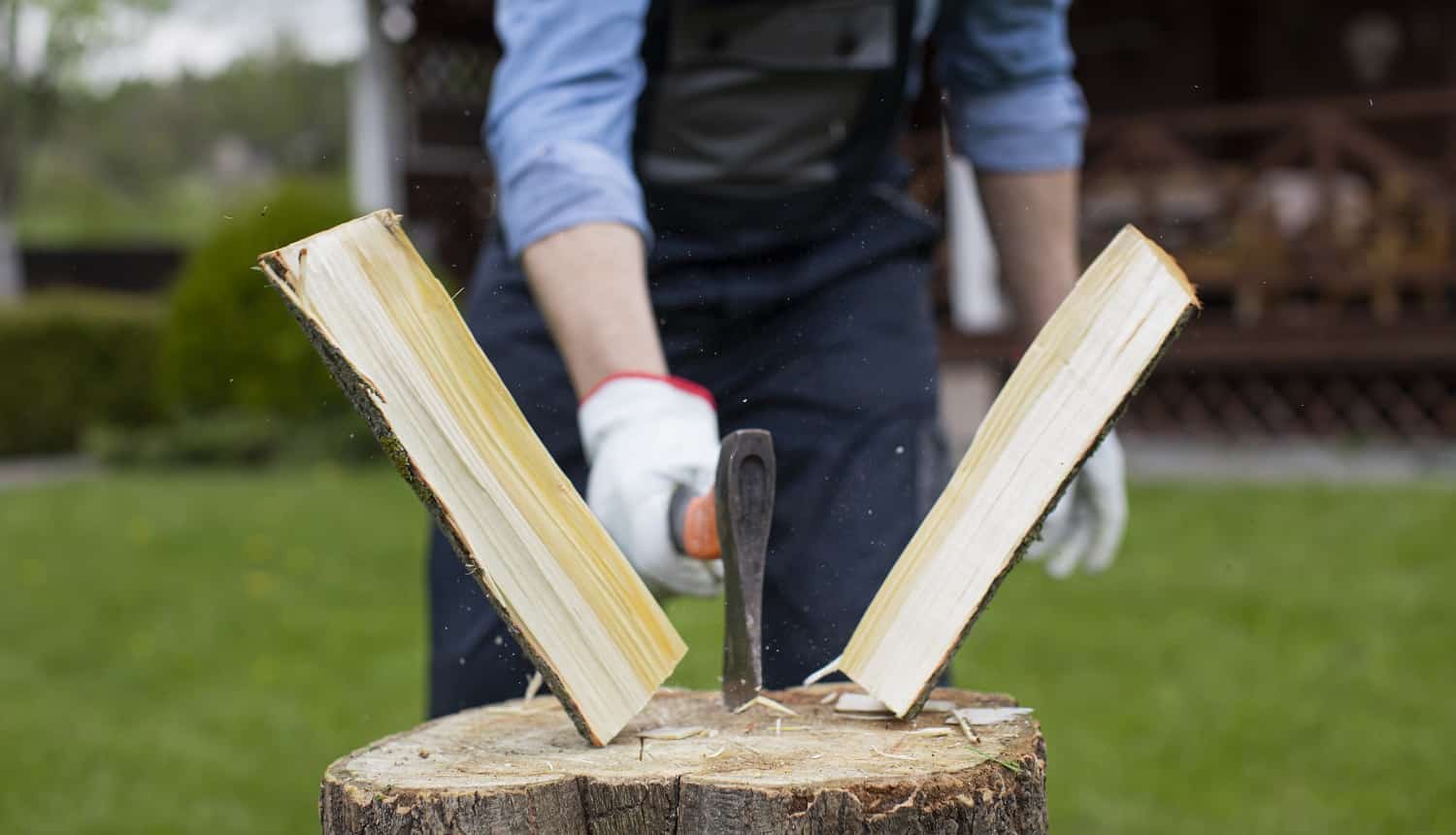
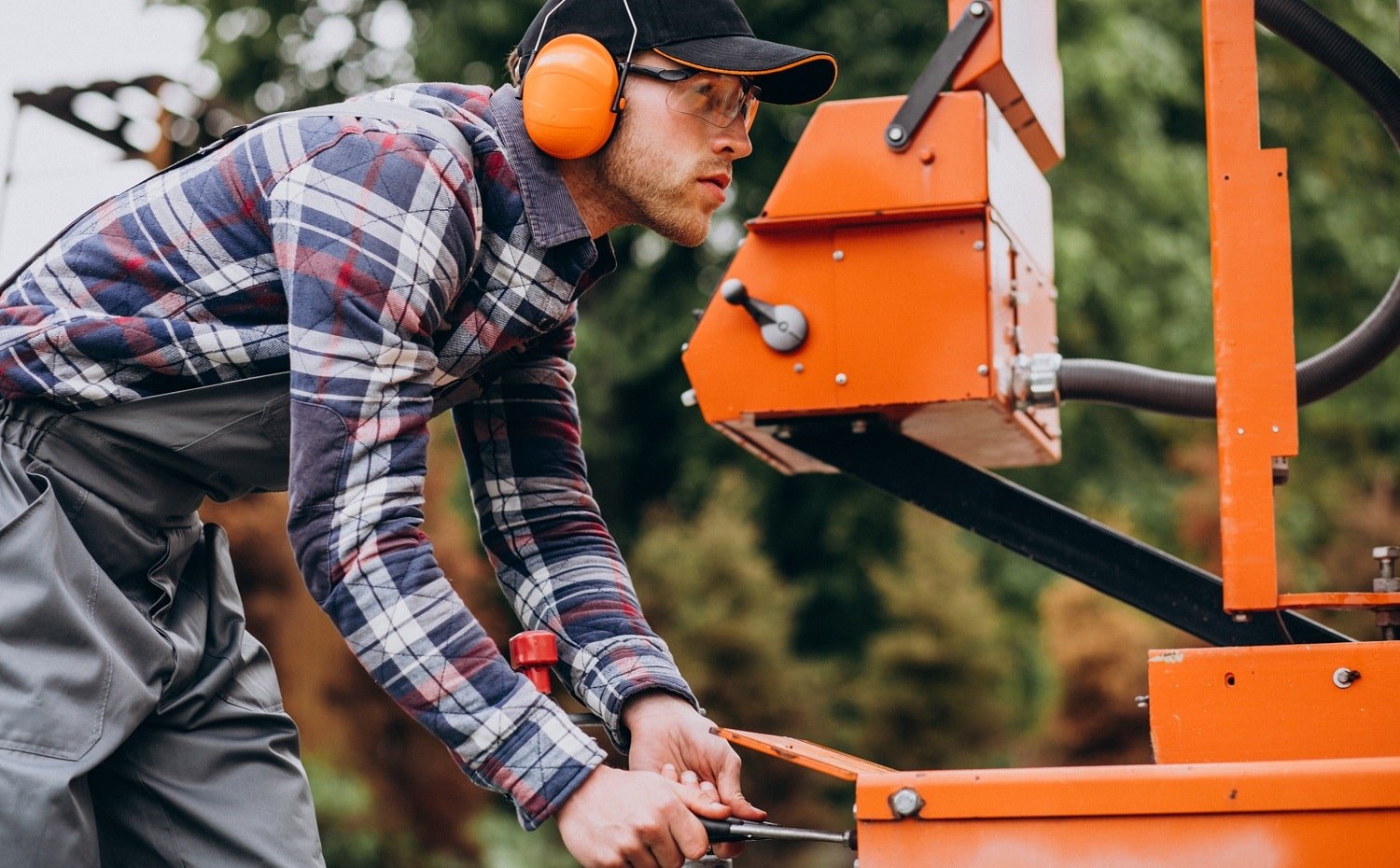

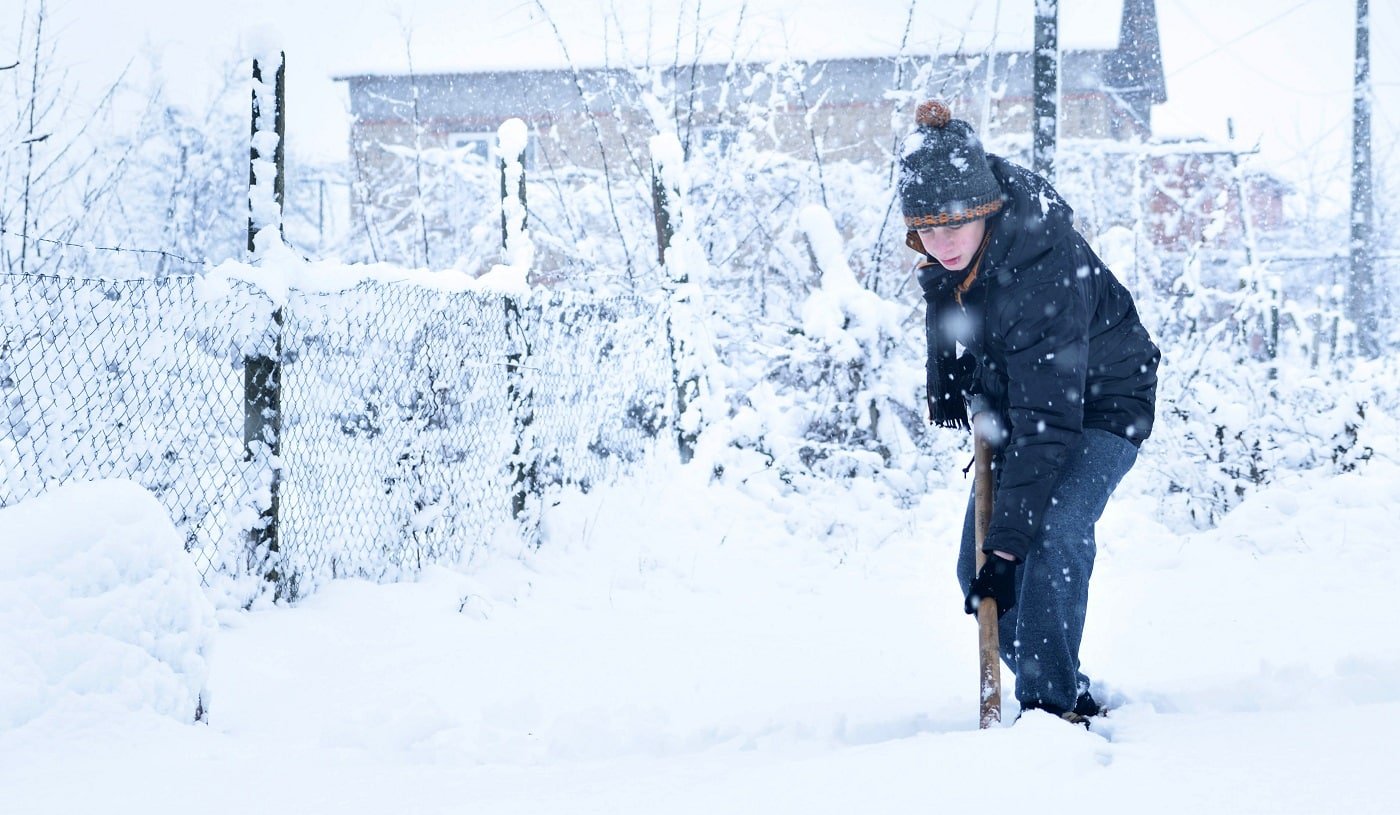
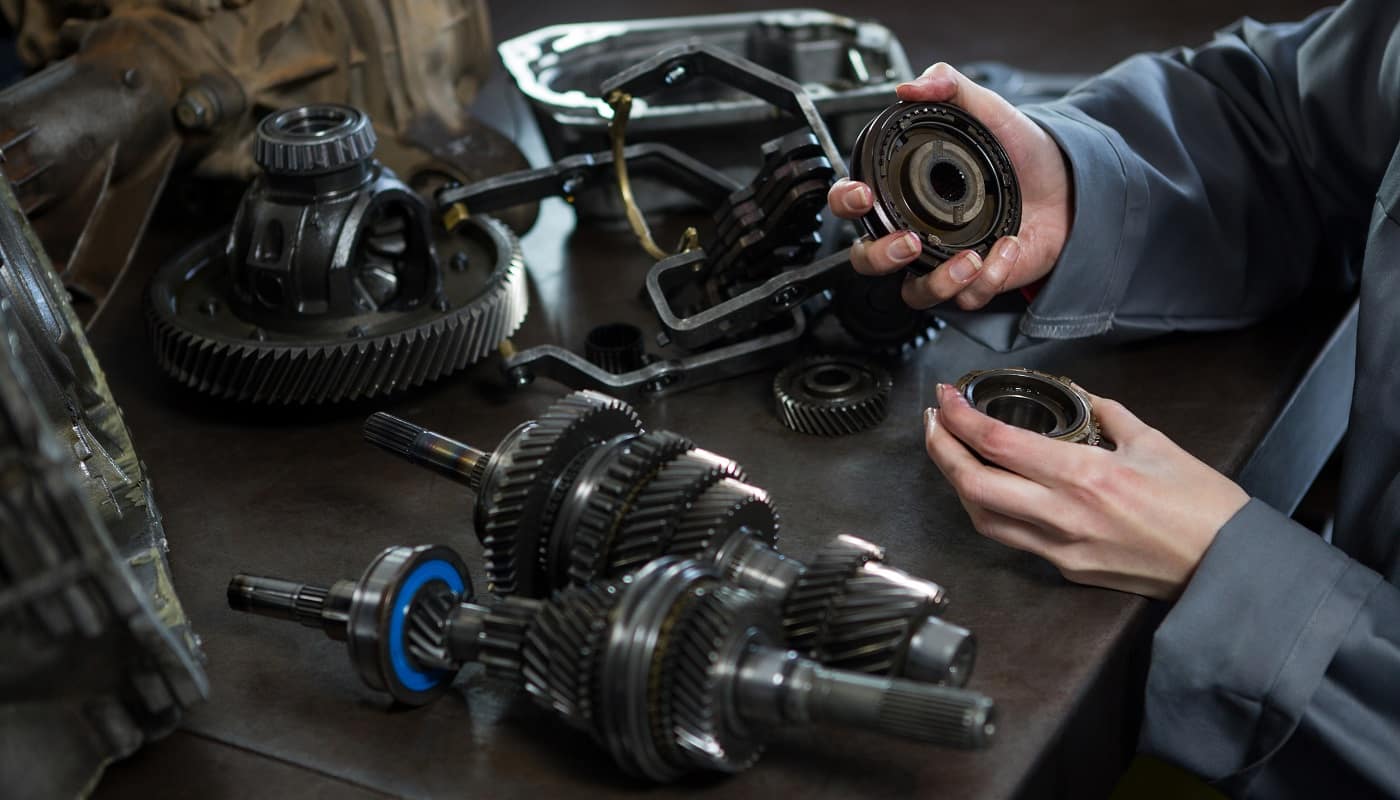
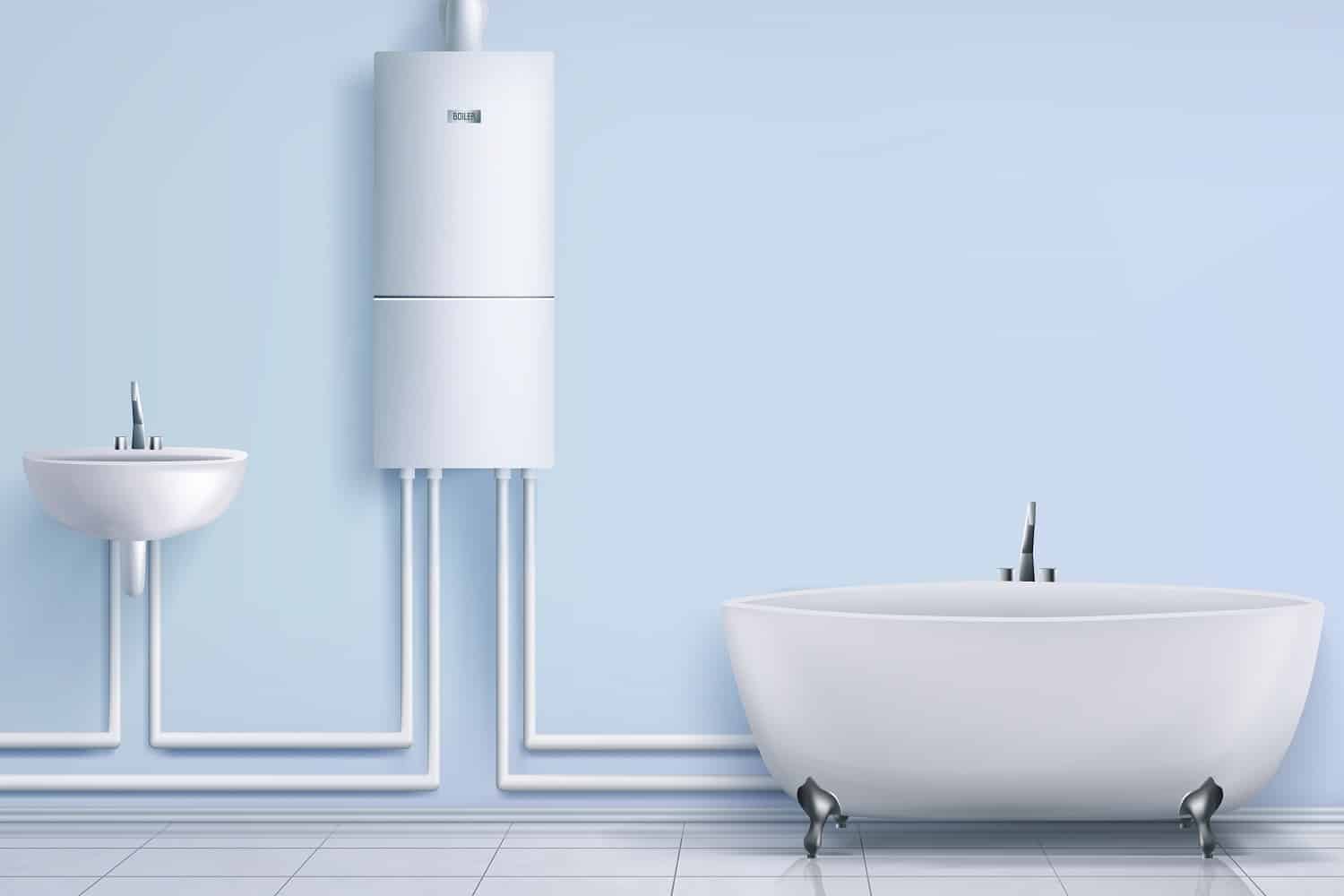
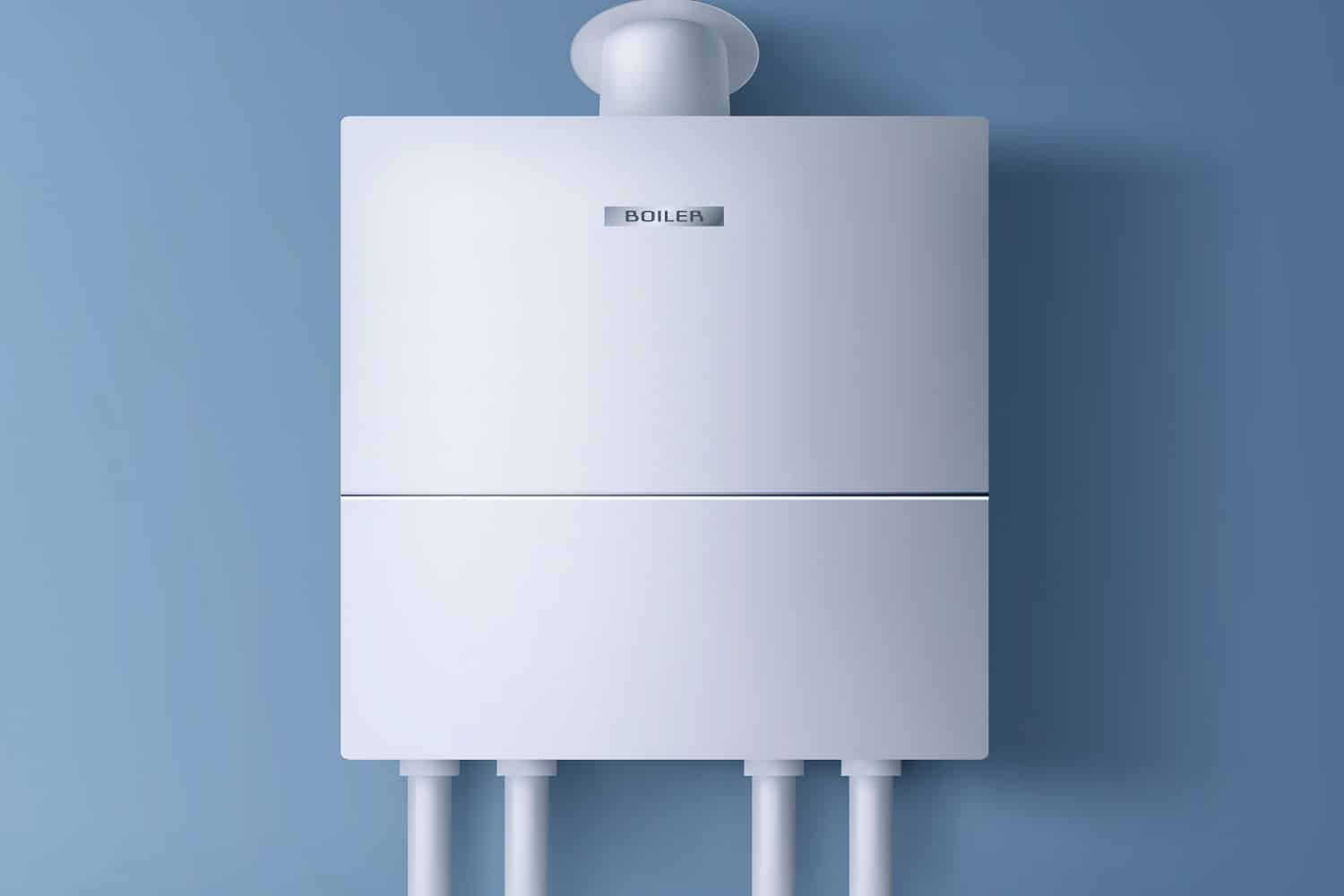
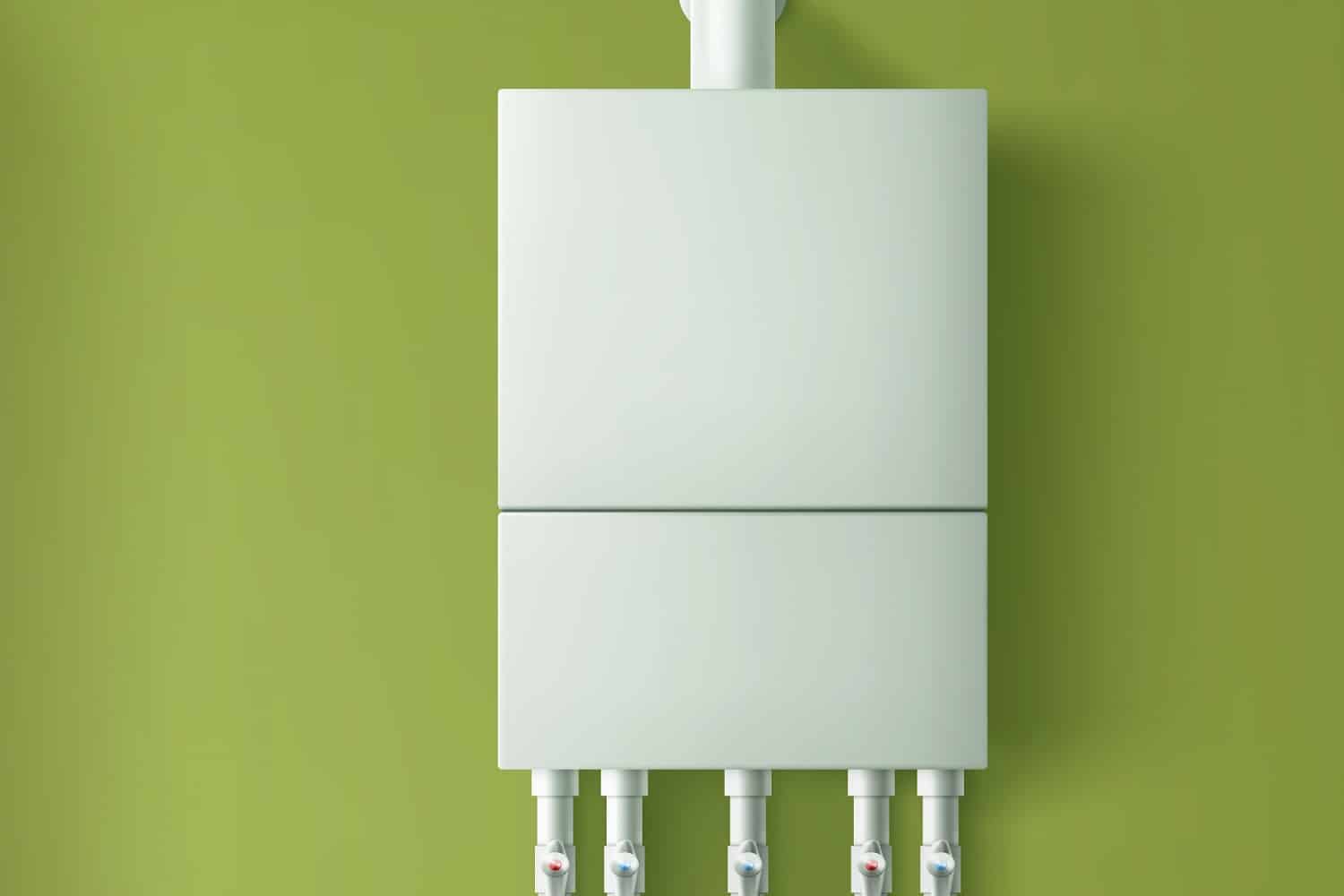
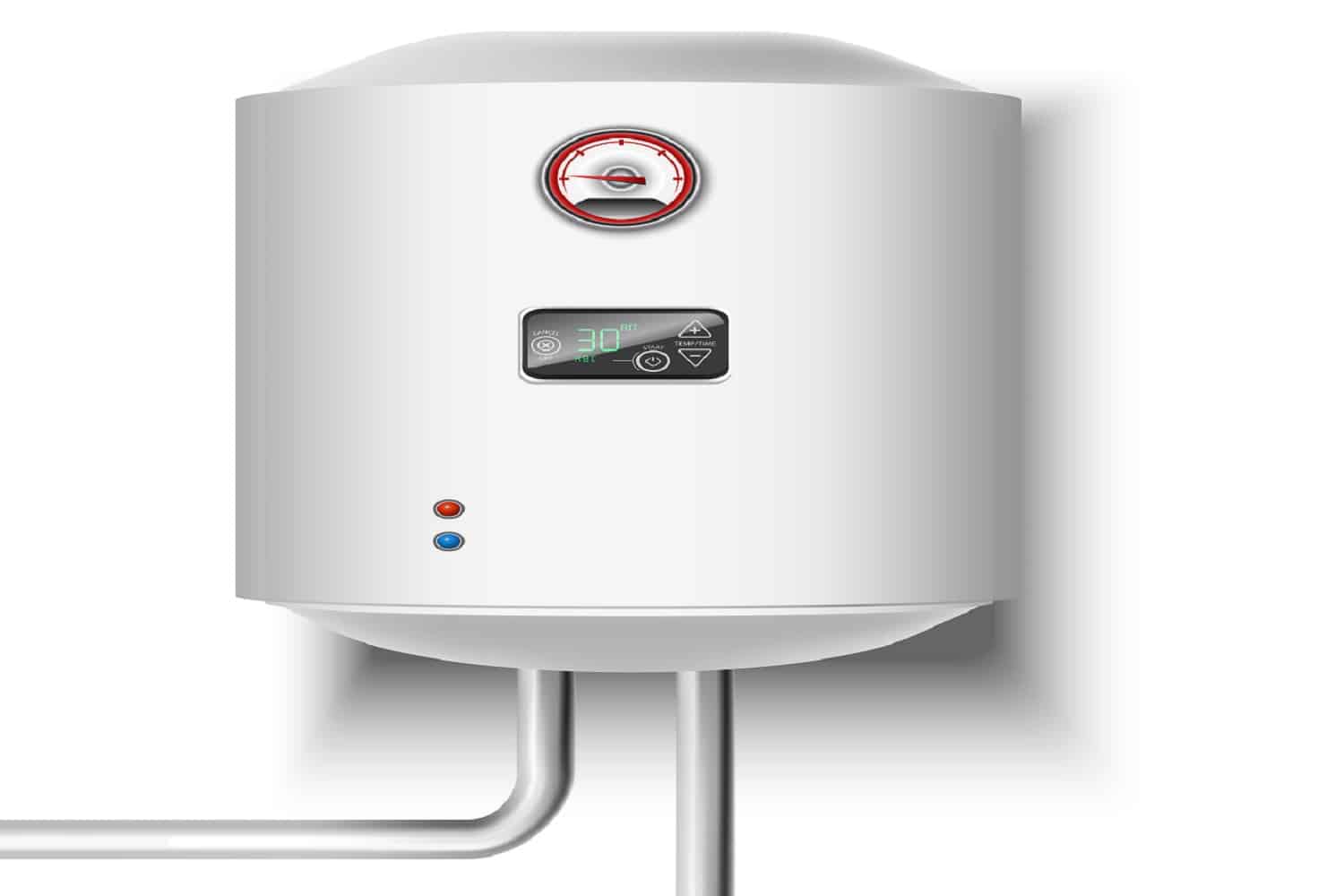
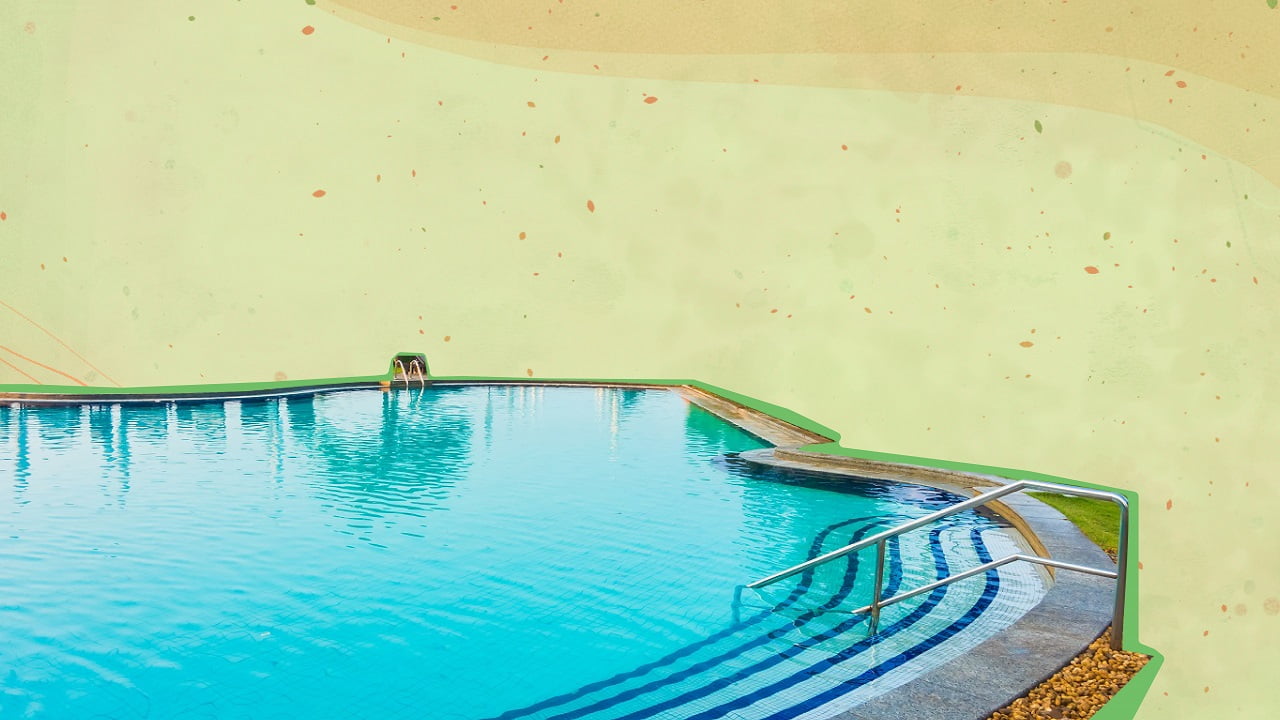
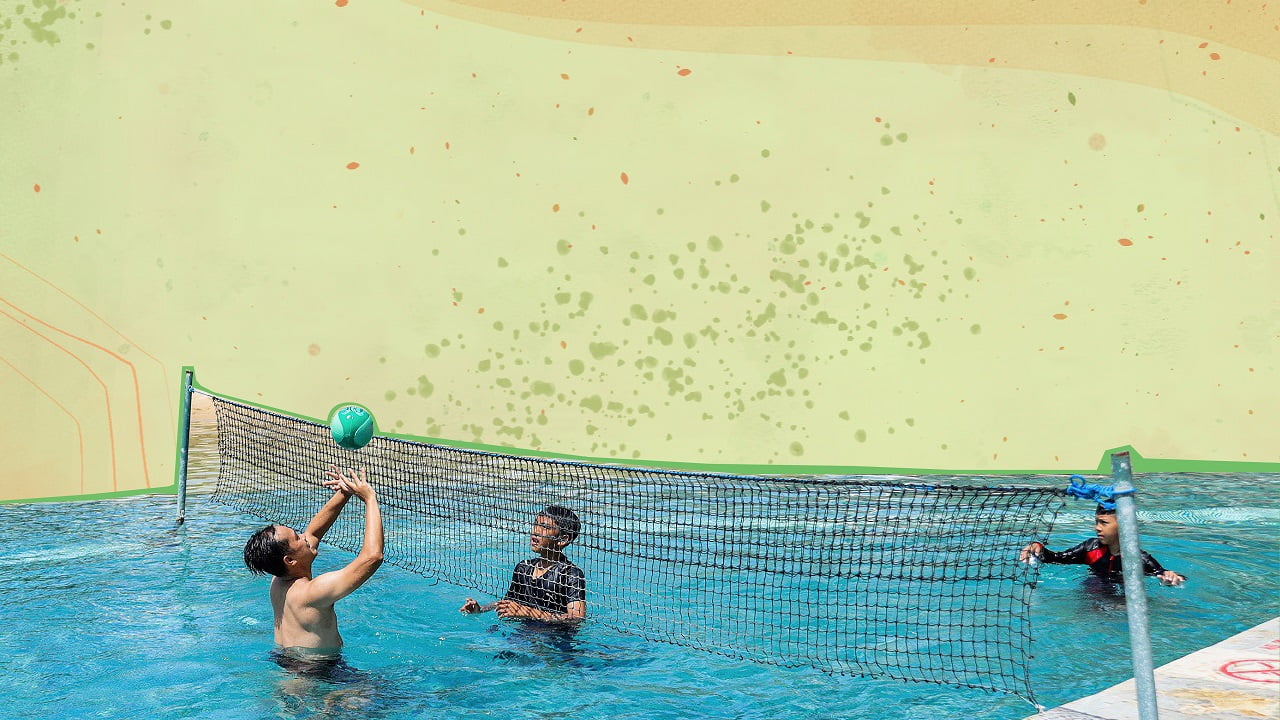

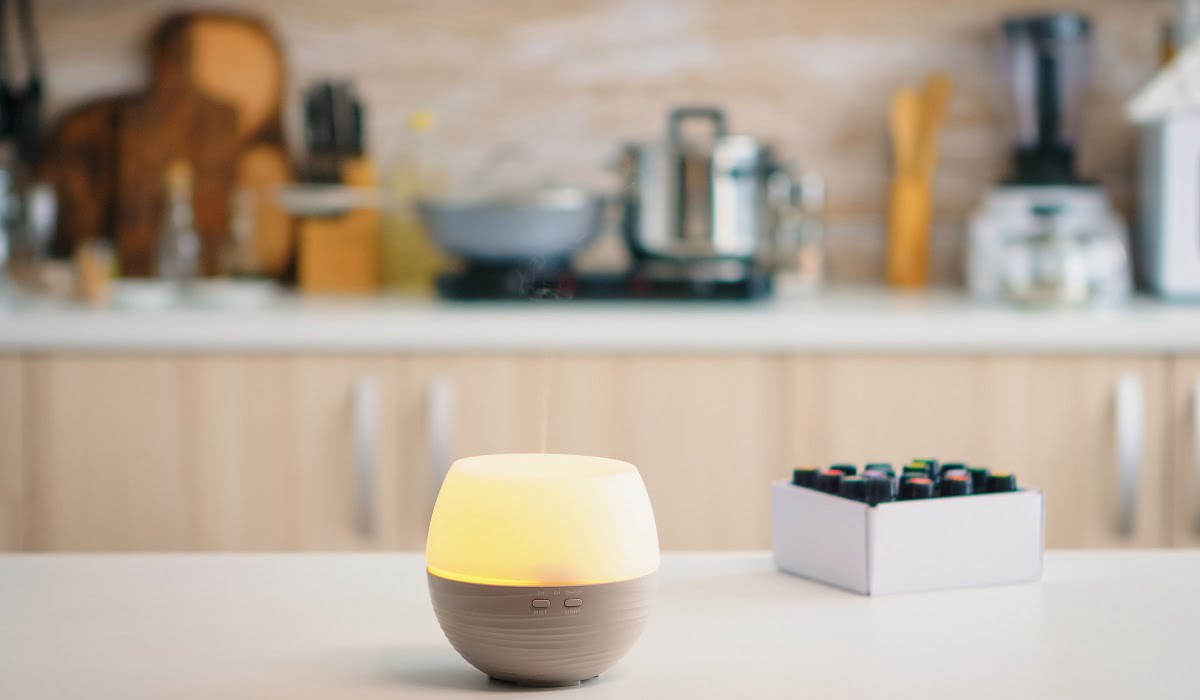
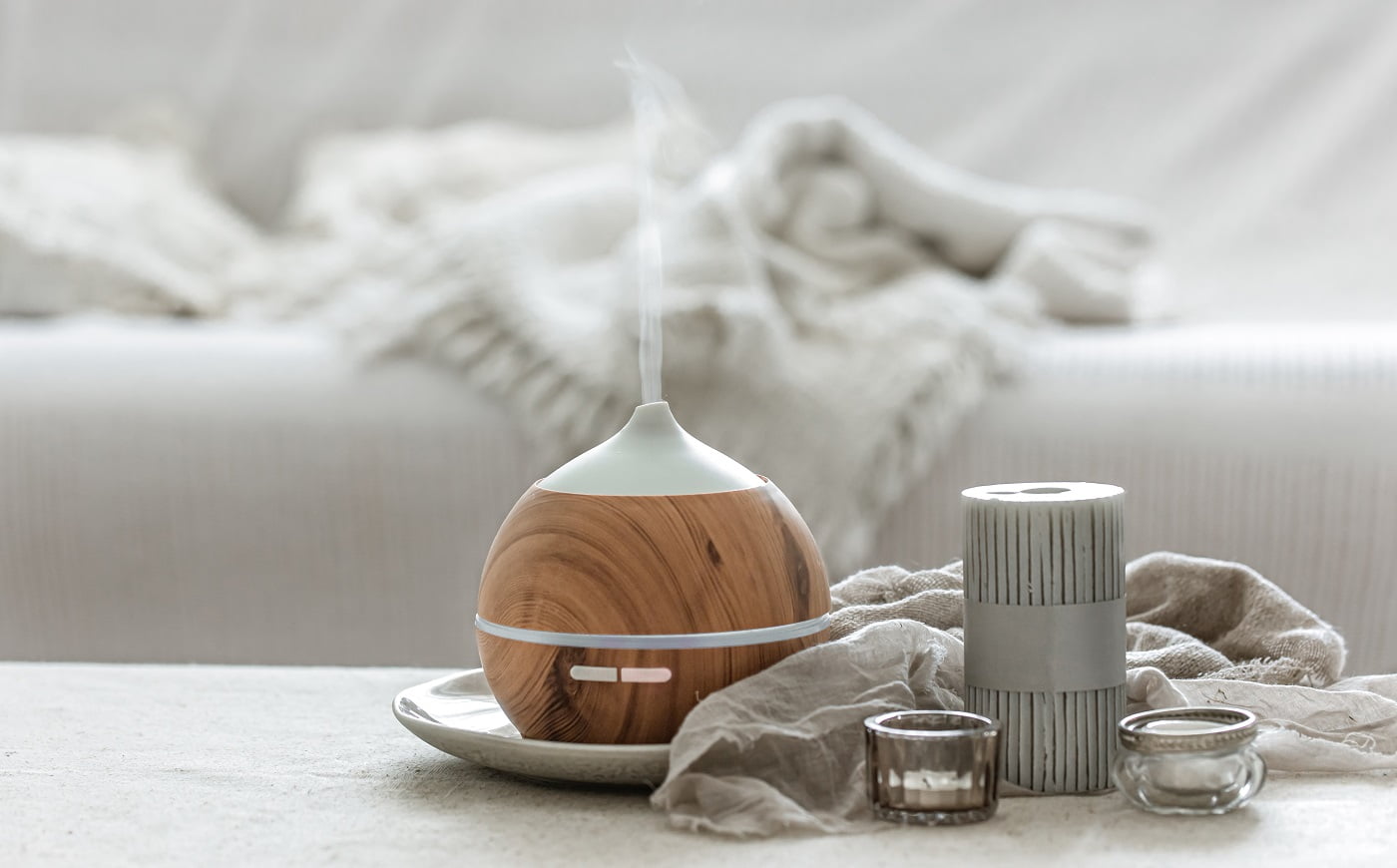
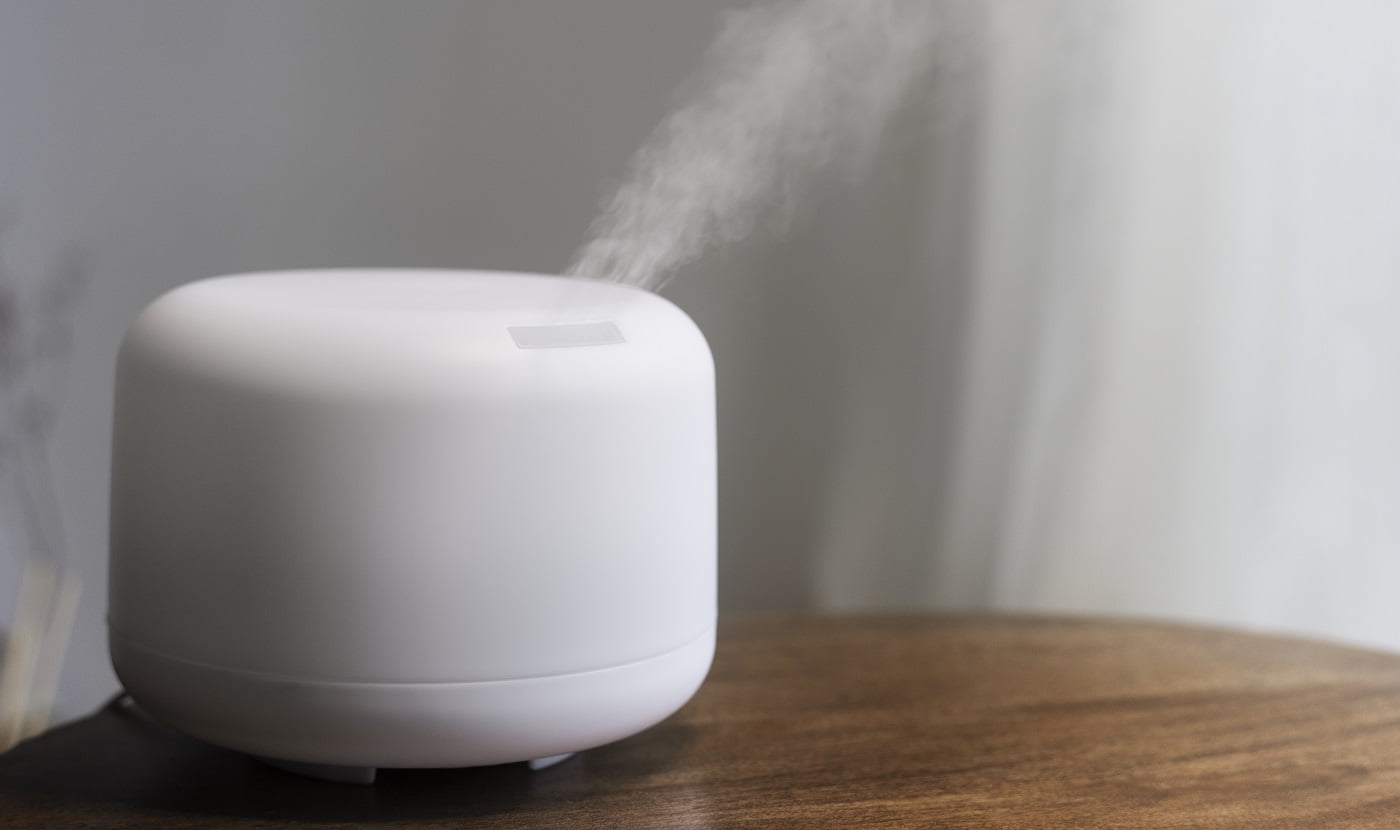
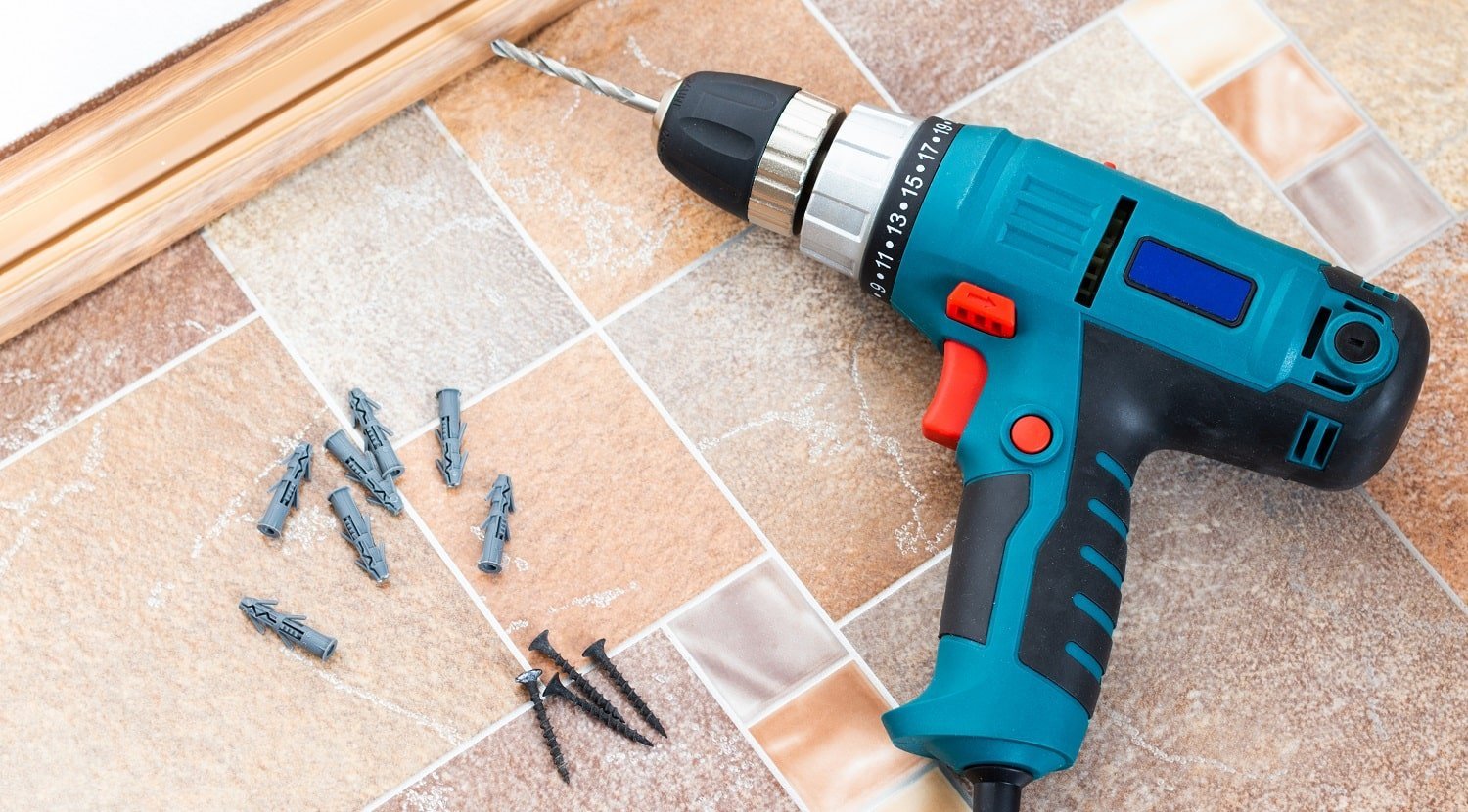
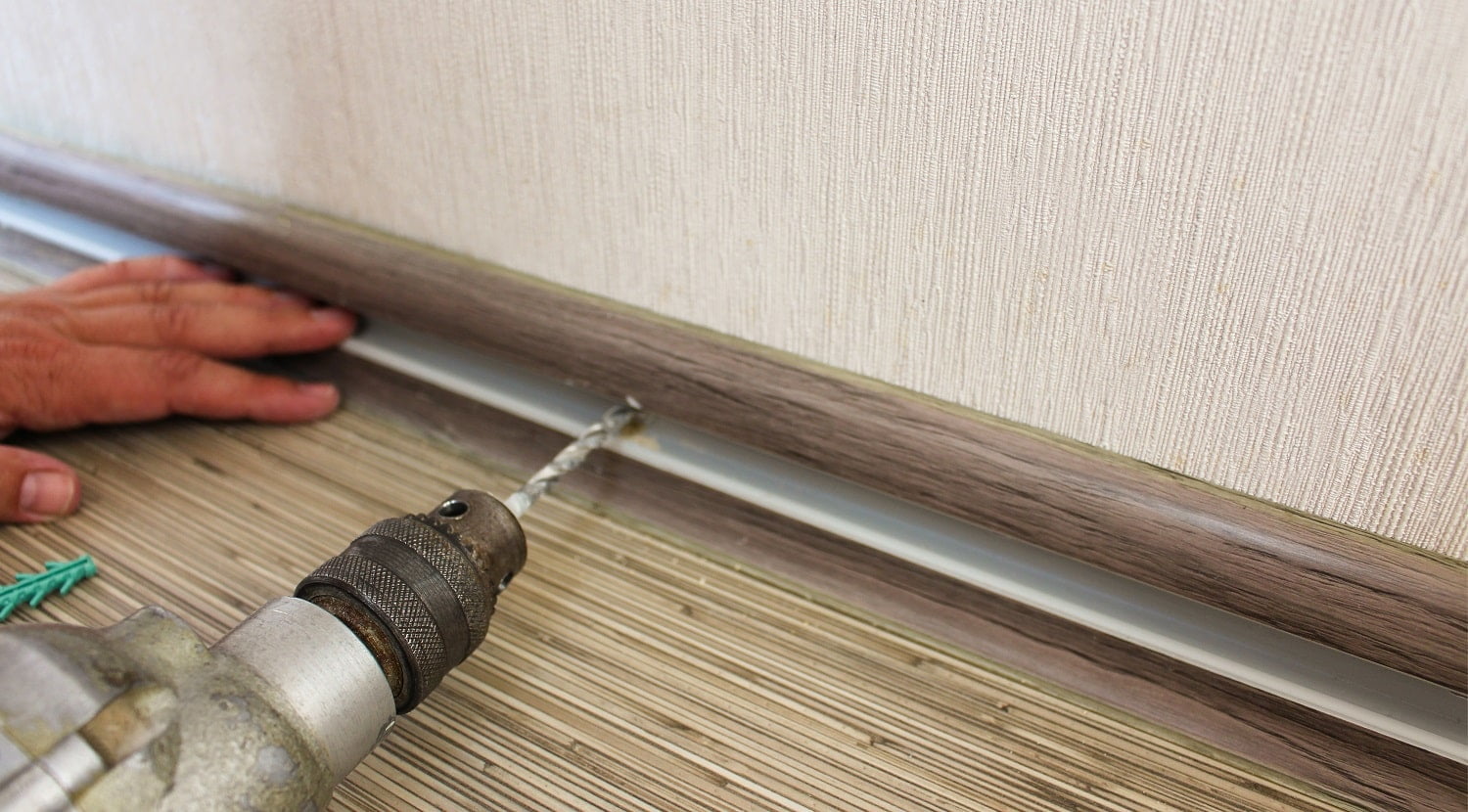
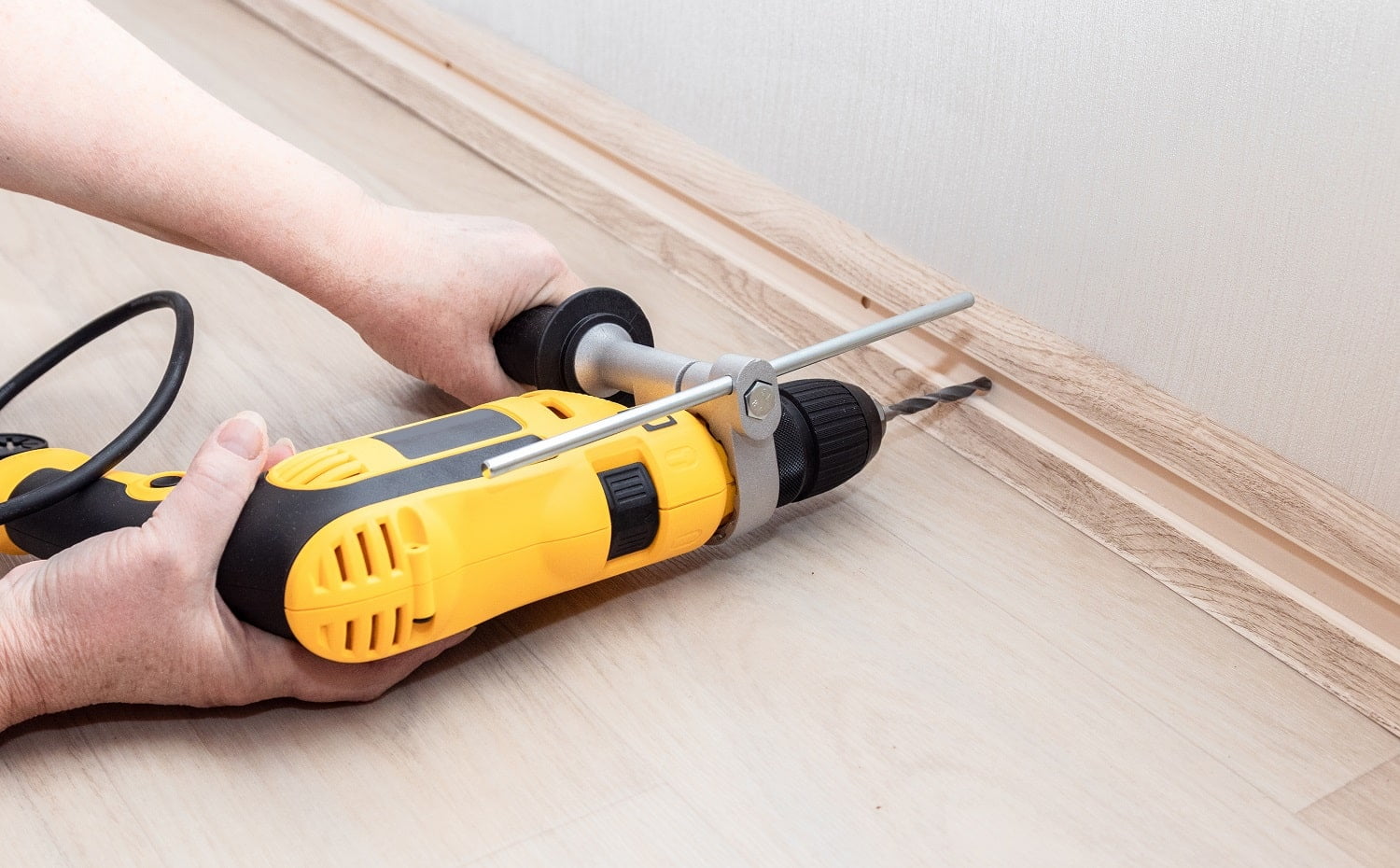
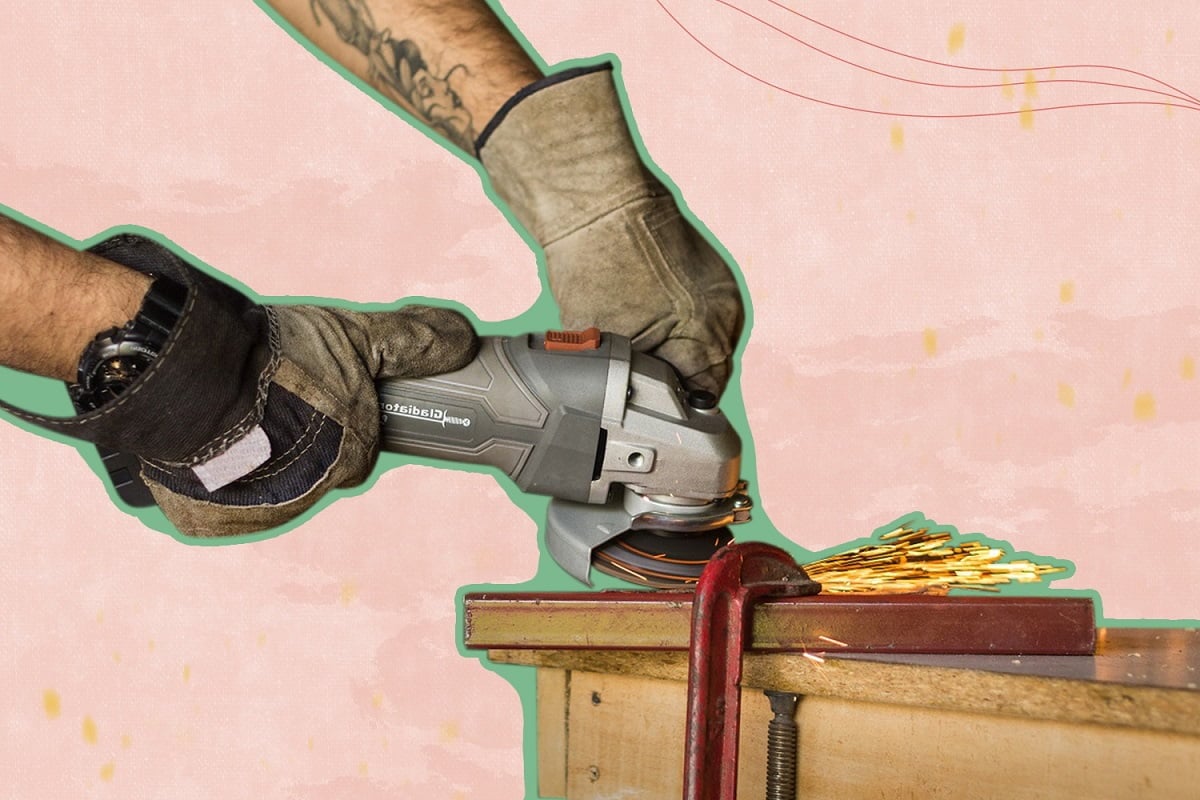
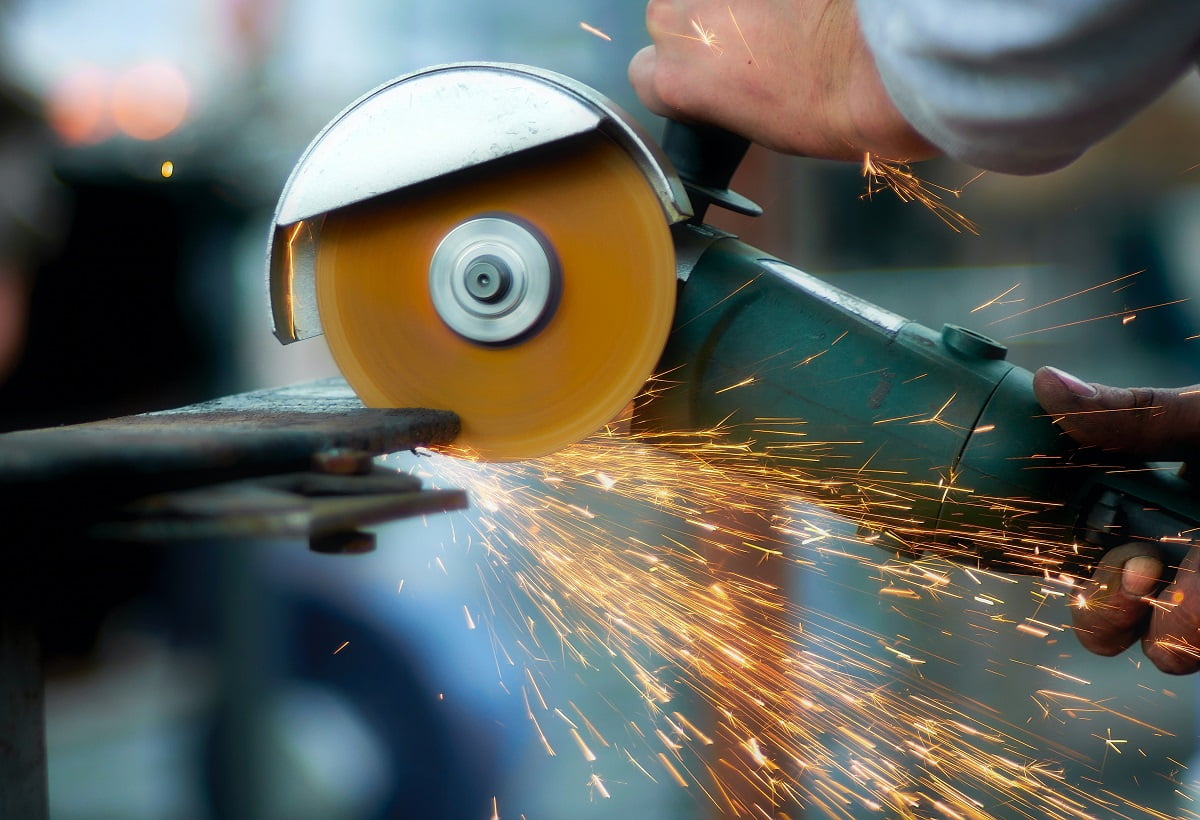
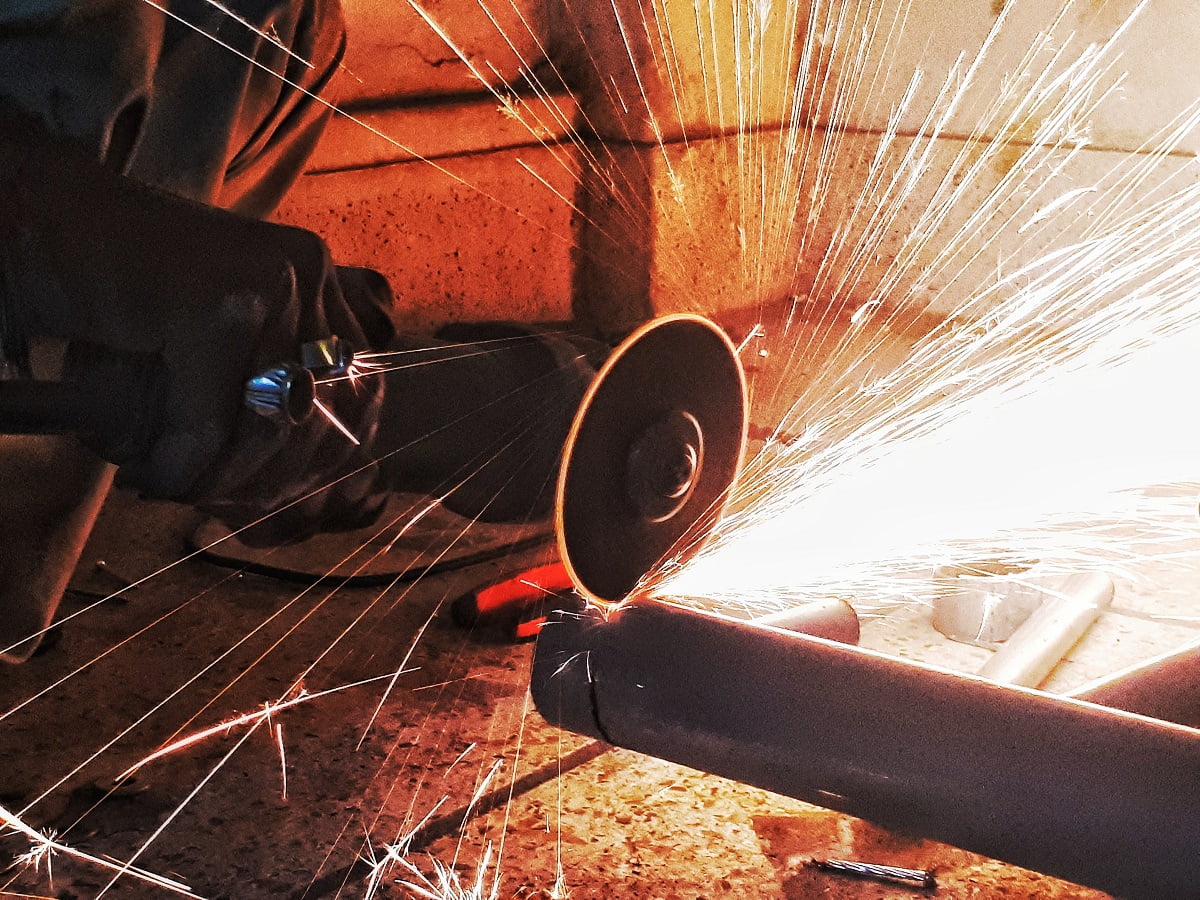
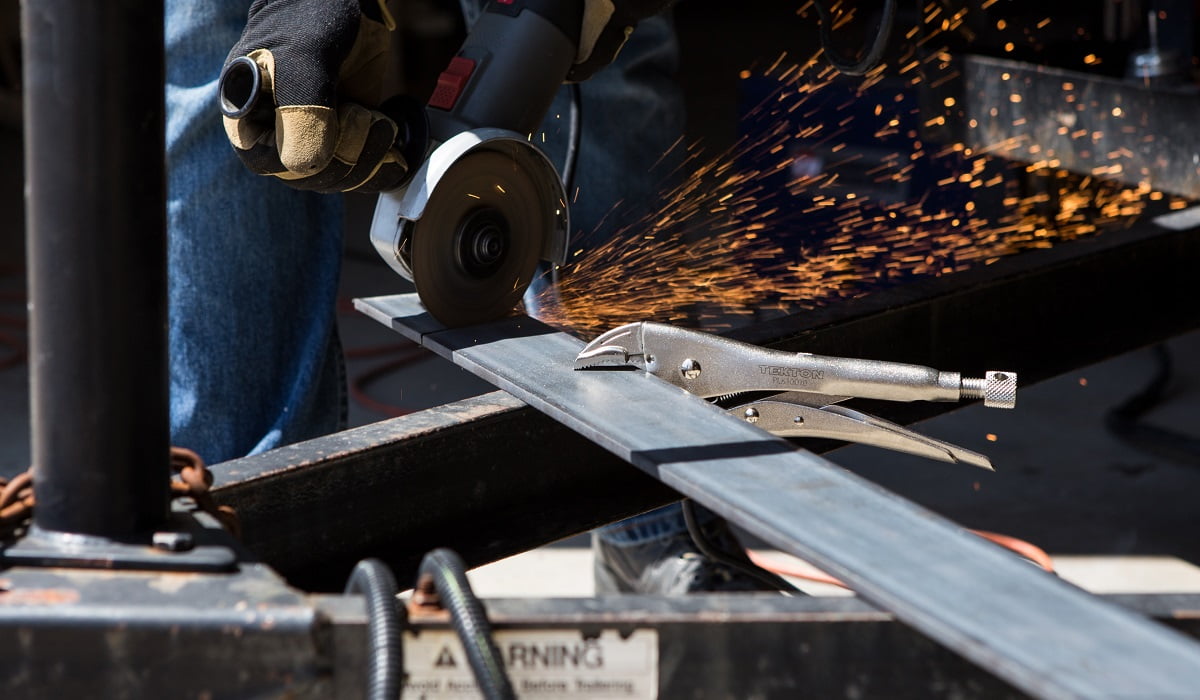
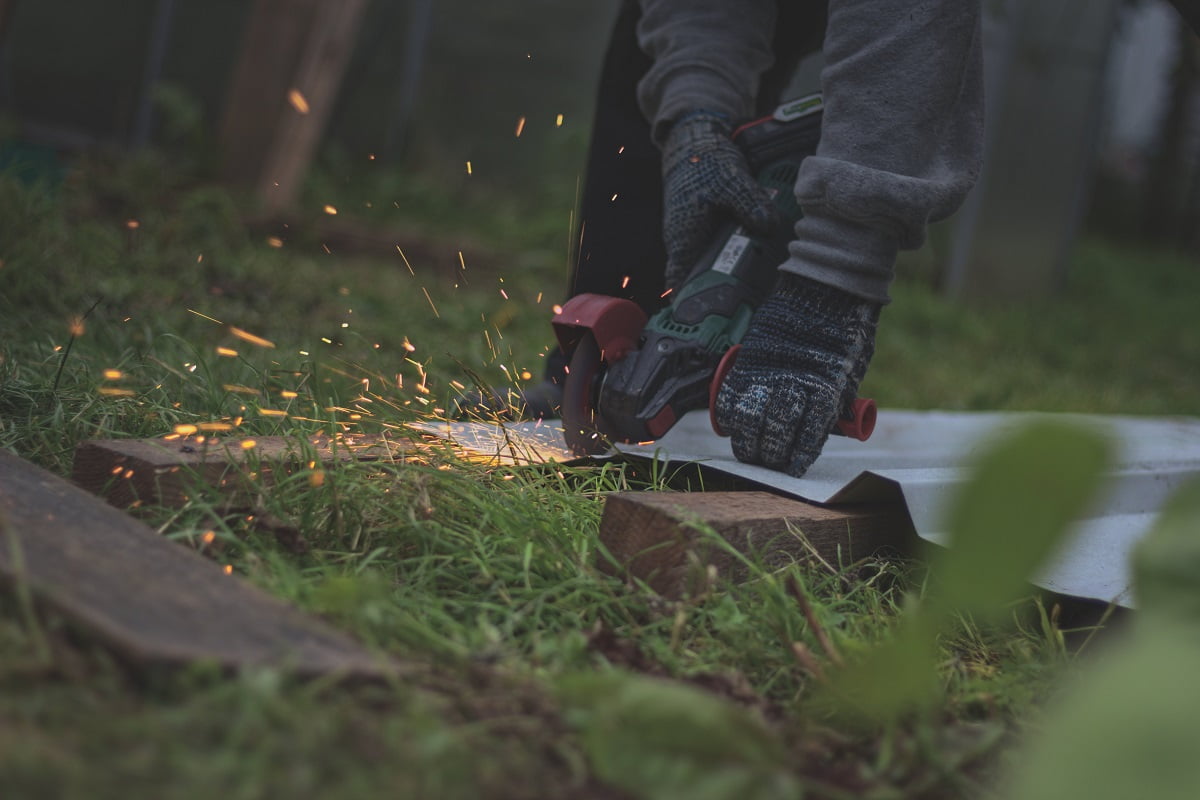
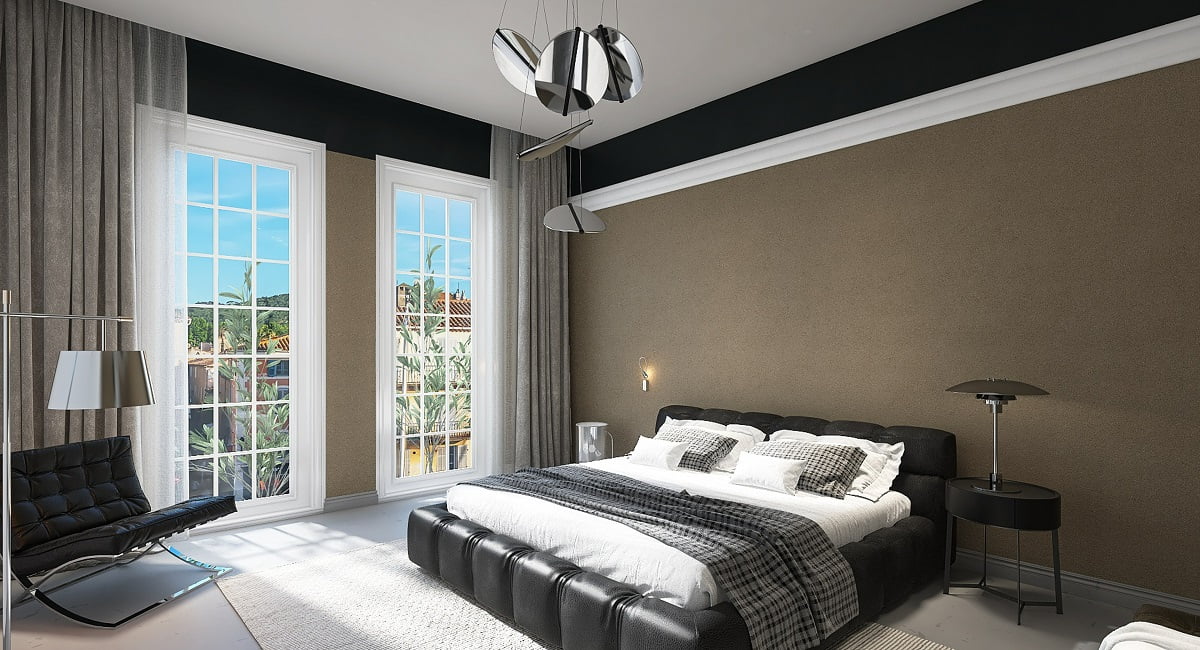
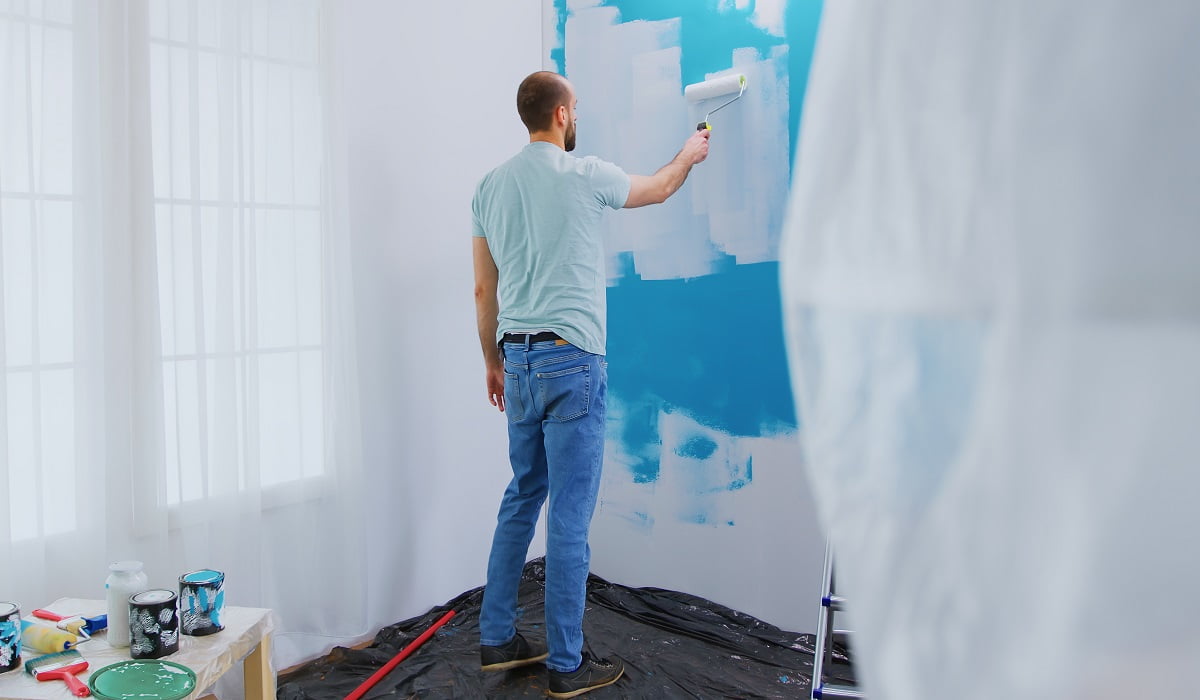
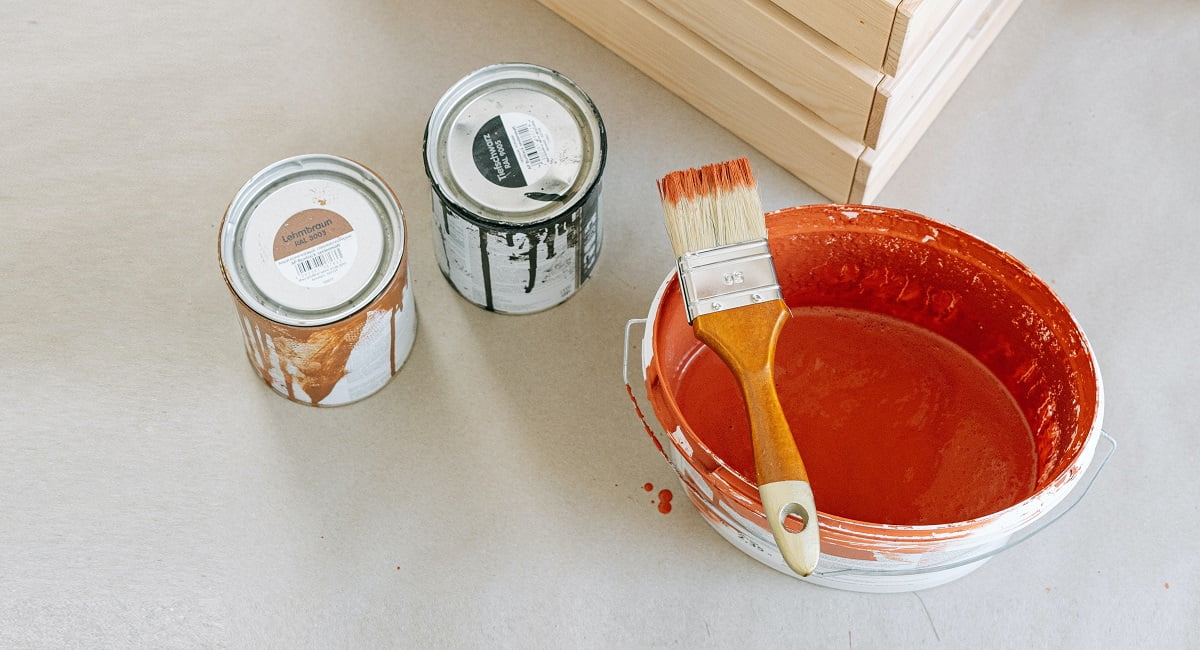

![What is Resin and How It’s Used [All You Need to Know] What is Resin and How It’s Used [All You Need to Know]](https://homesthetics.net/wp-content/uploads/2021/12/resin-1.jpg)






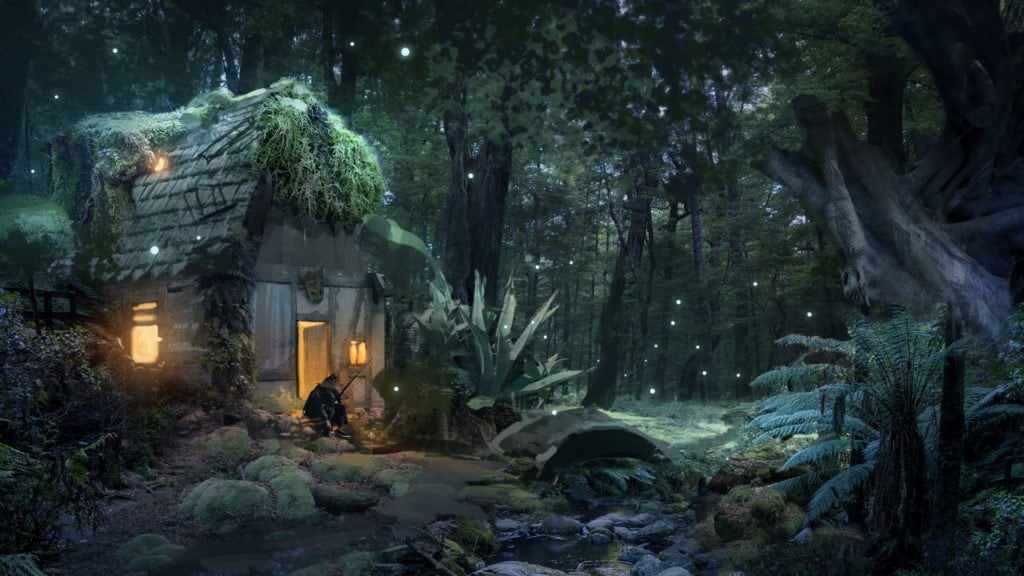

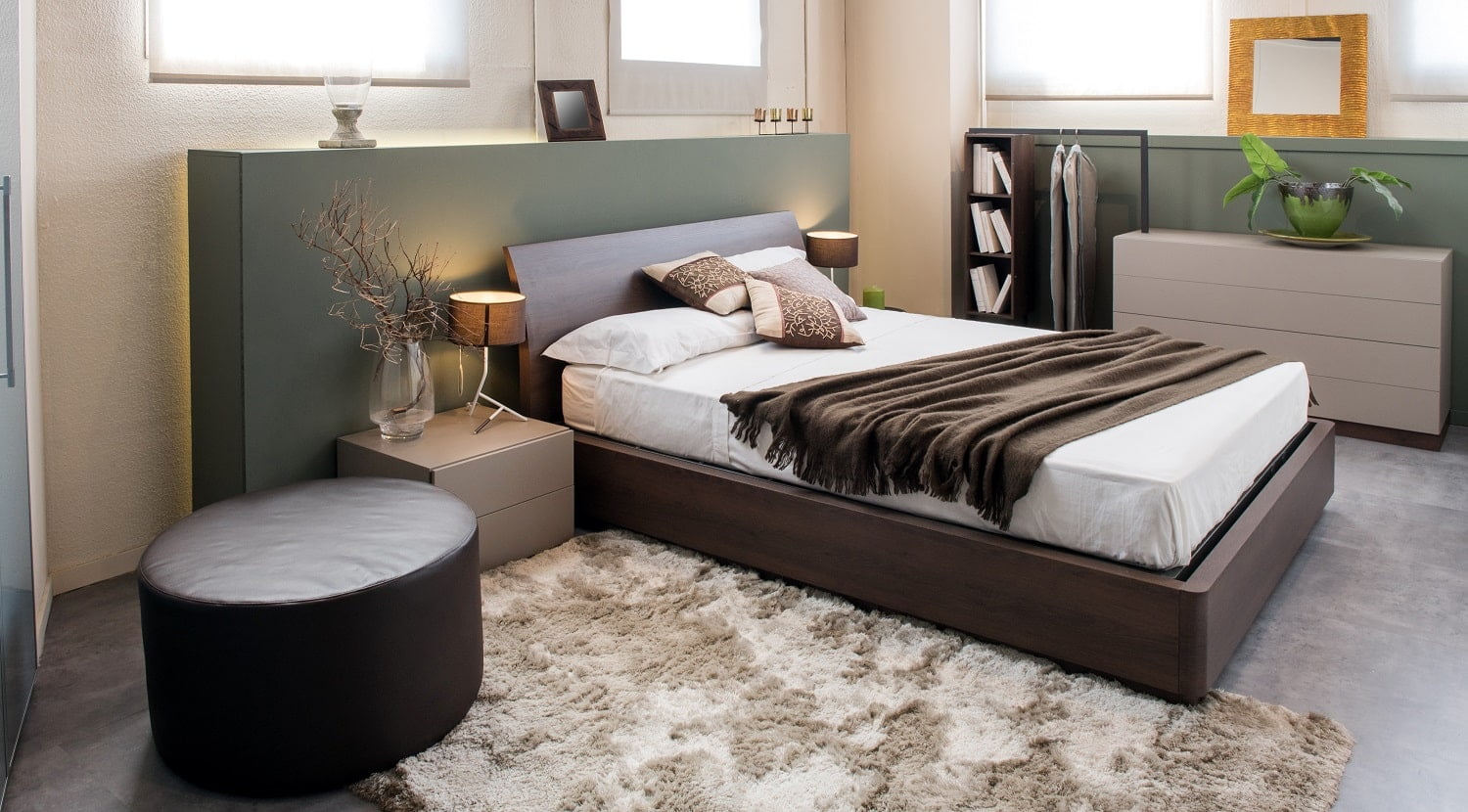



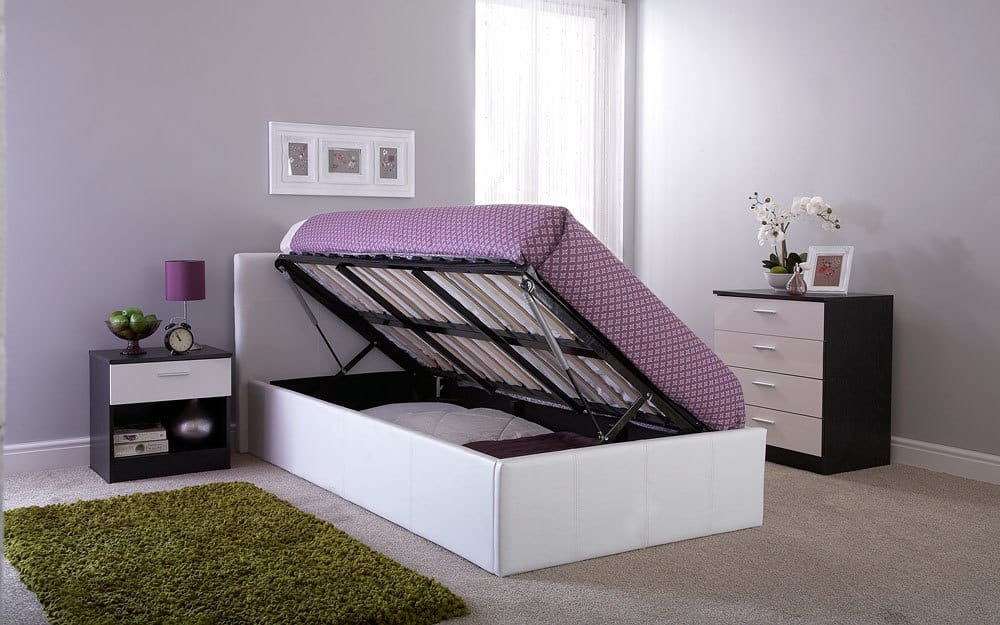

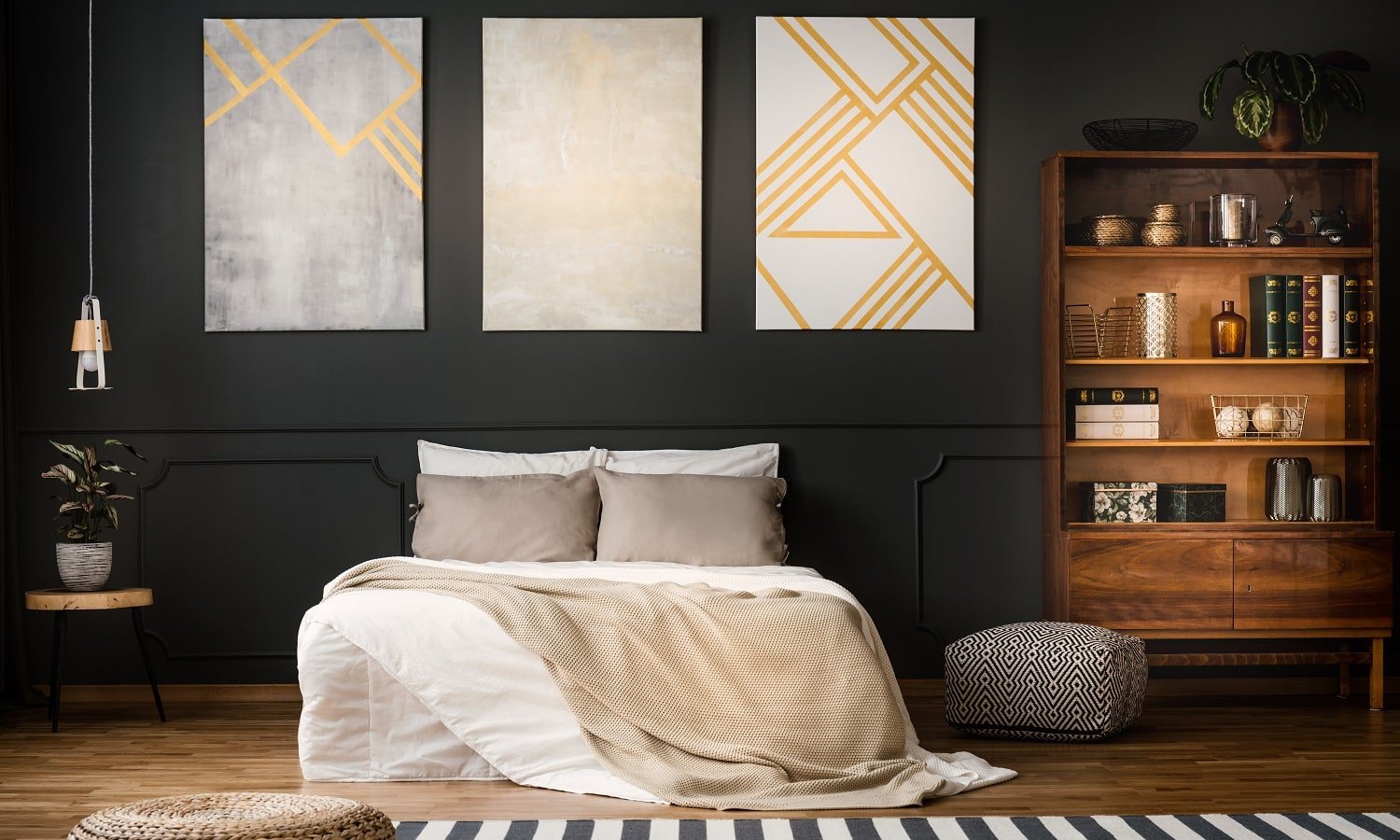







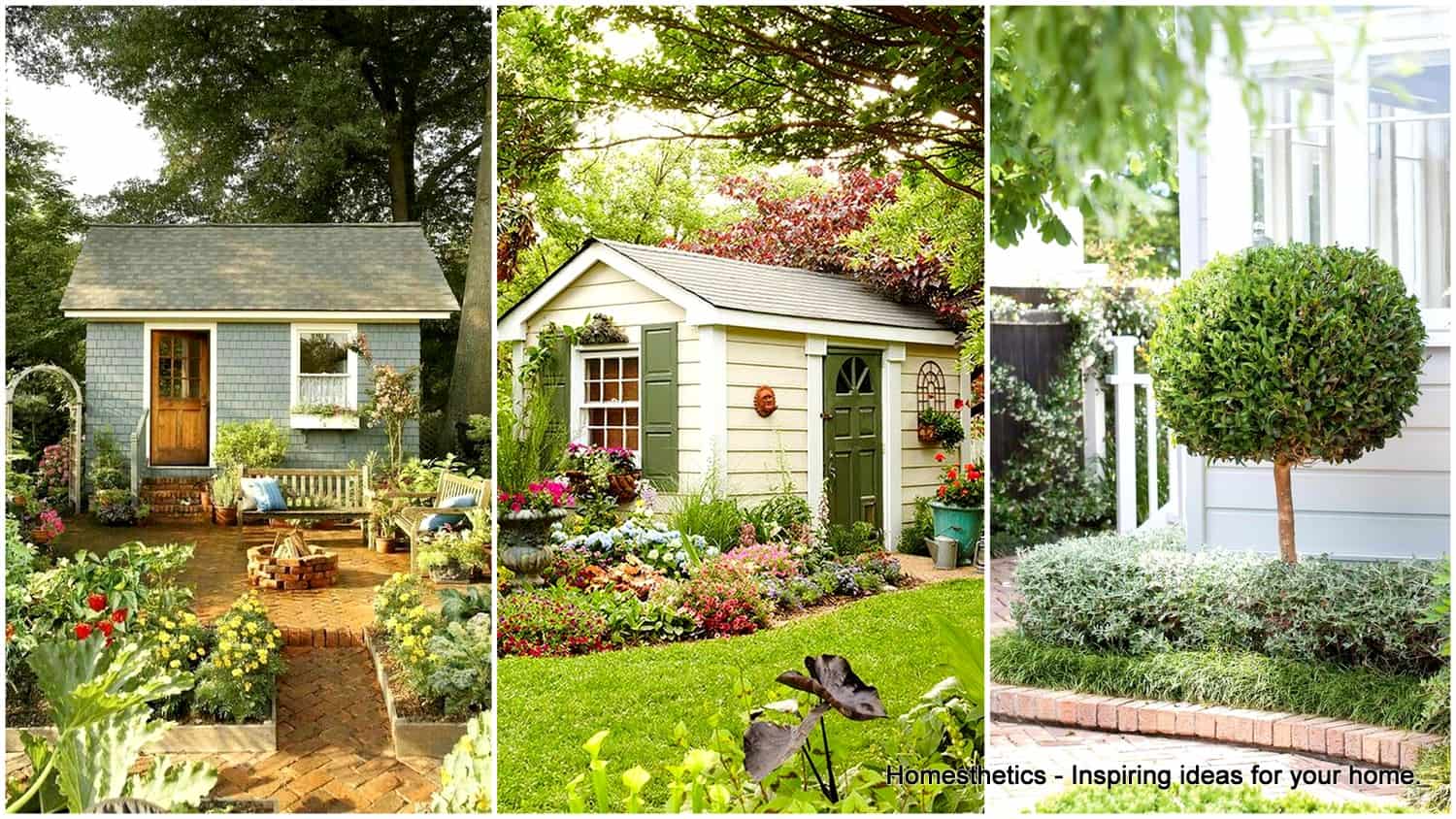
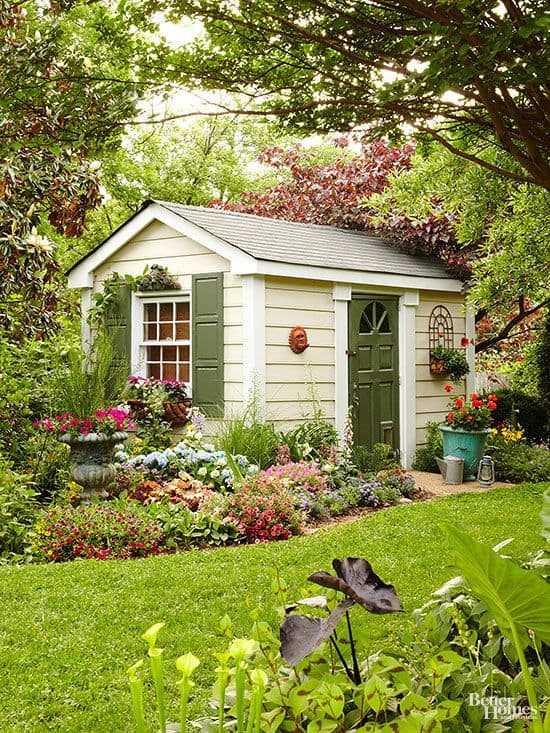
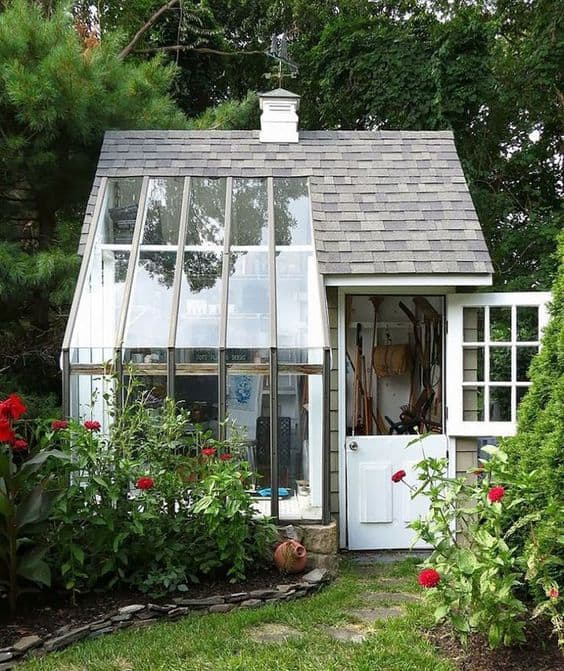
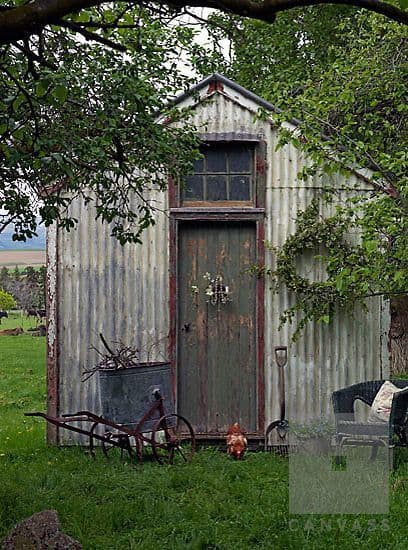
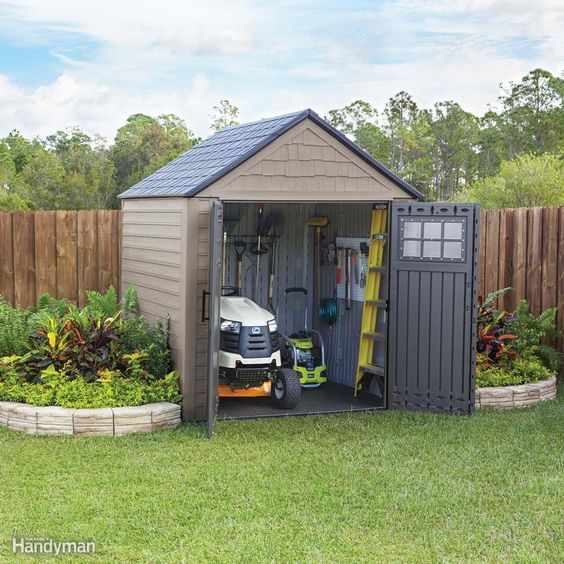
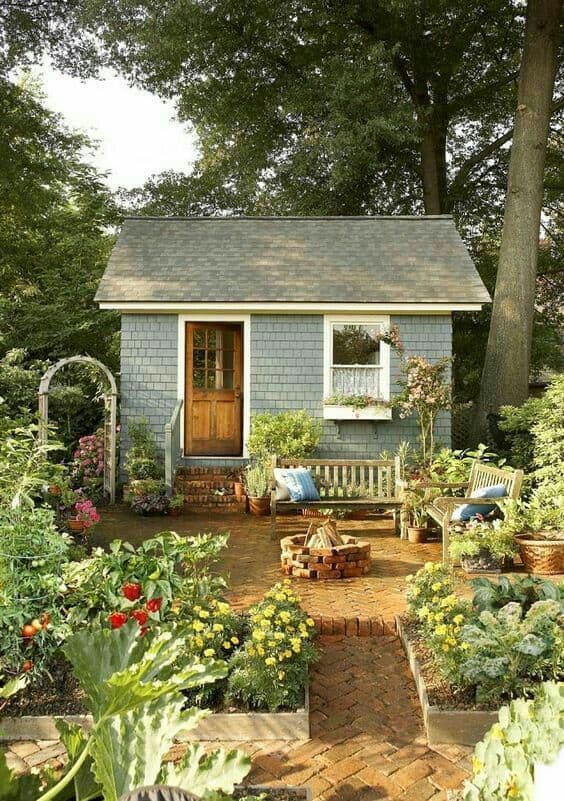
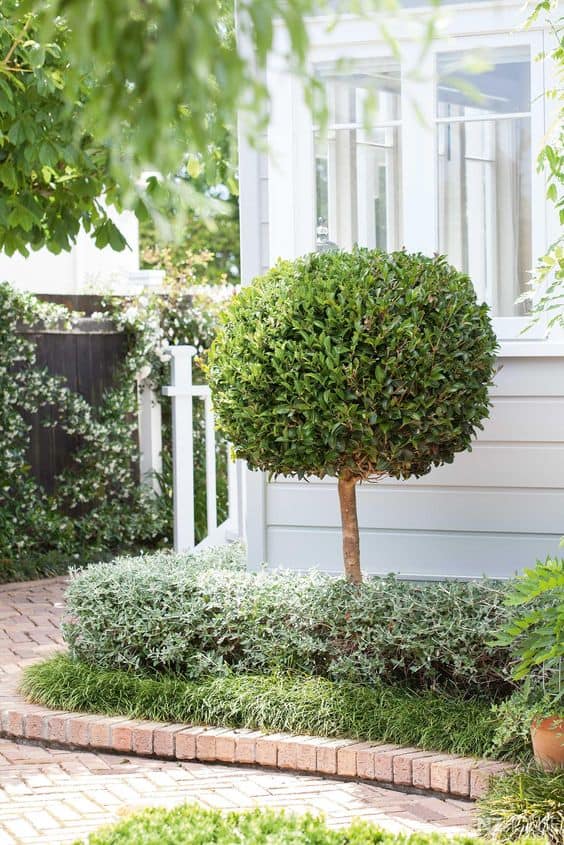
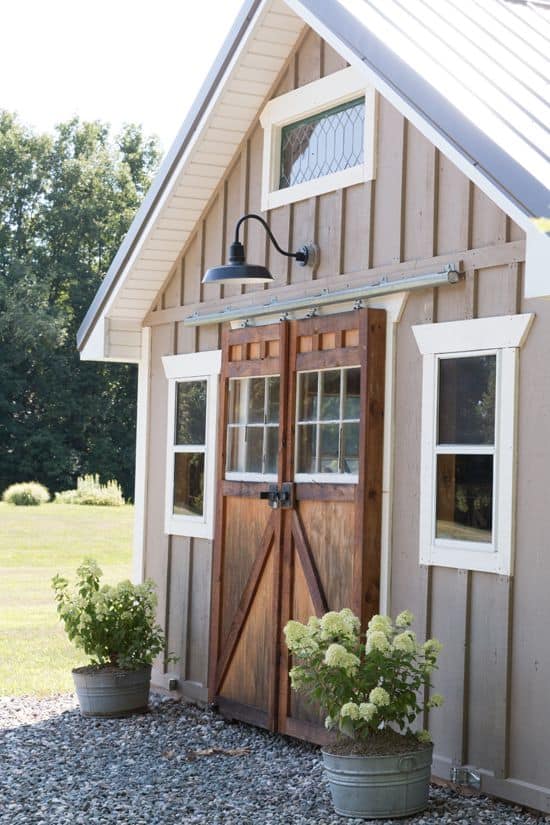
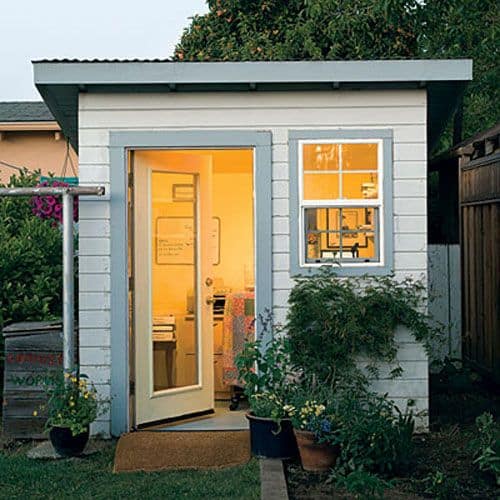
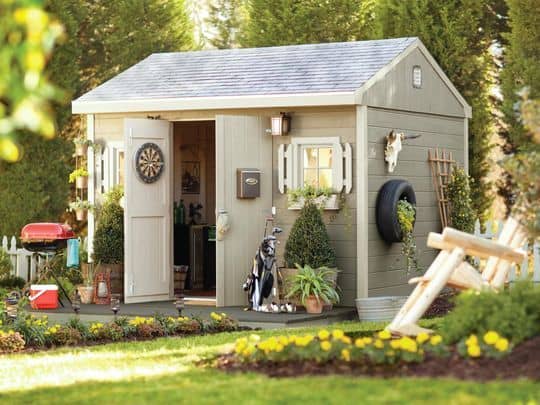 via statesmanjournal.com
via statesmanjournal.com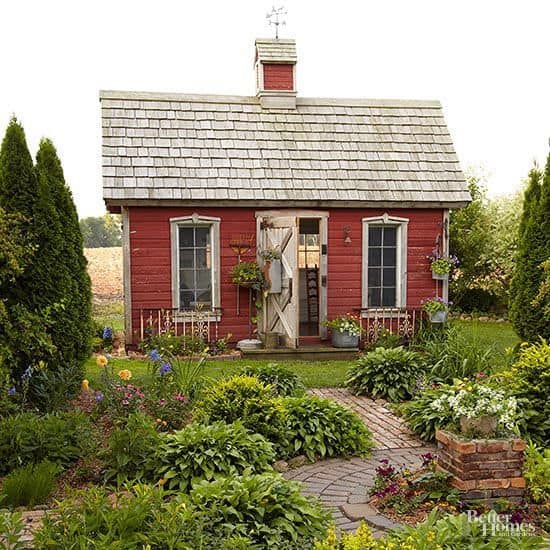
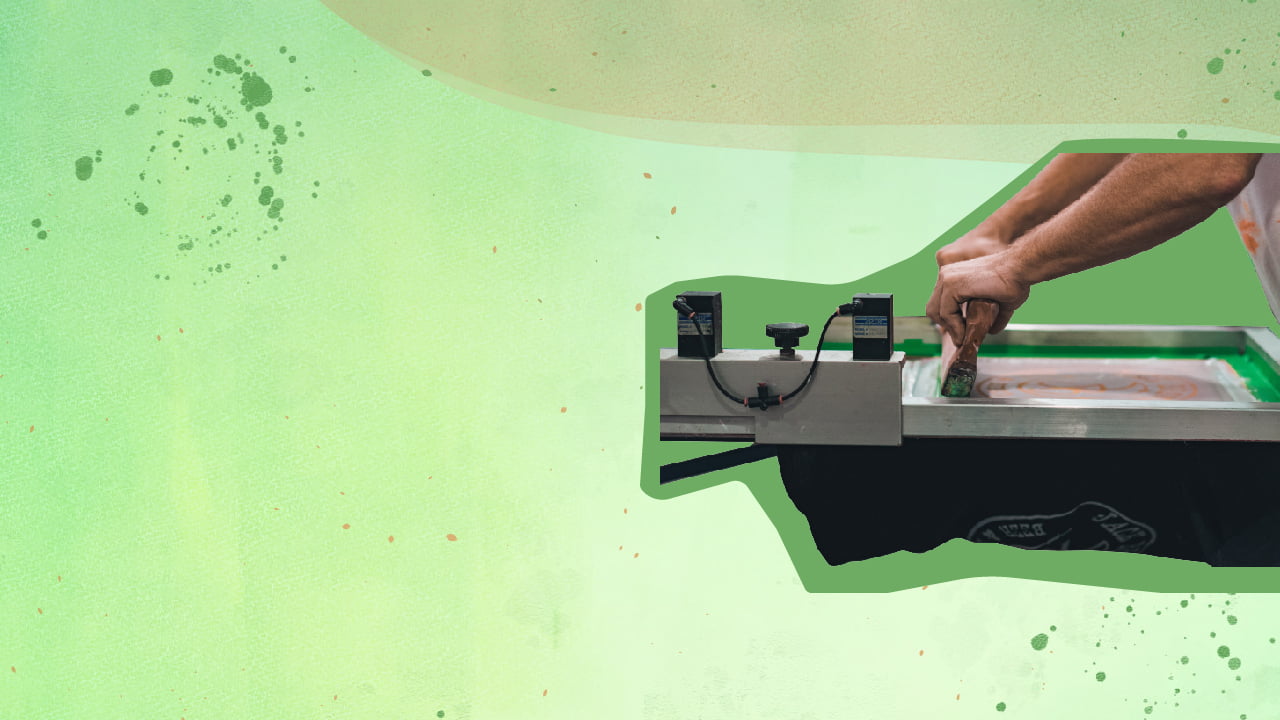
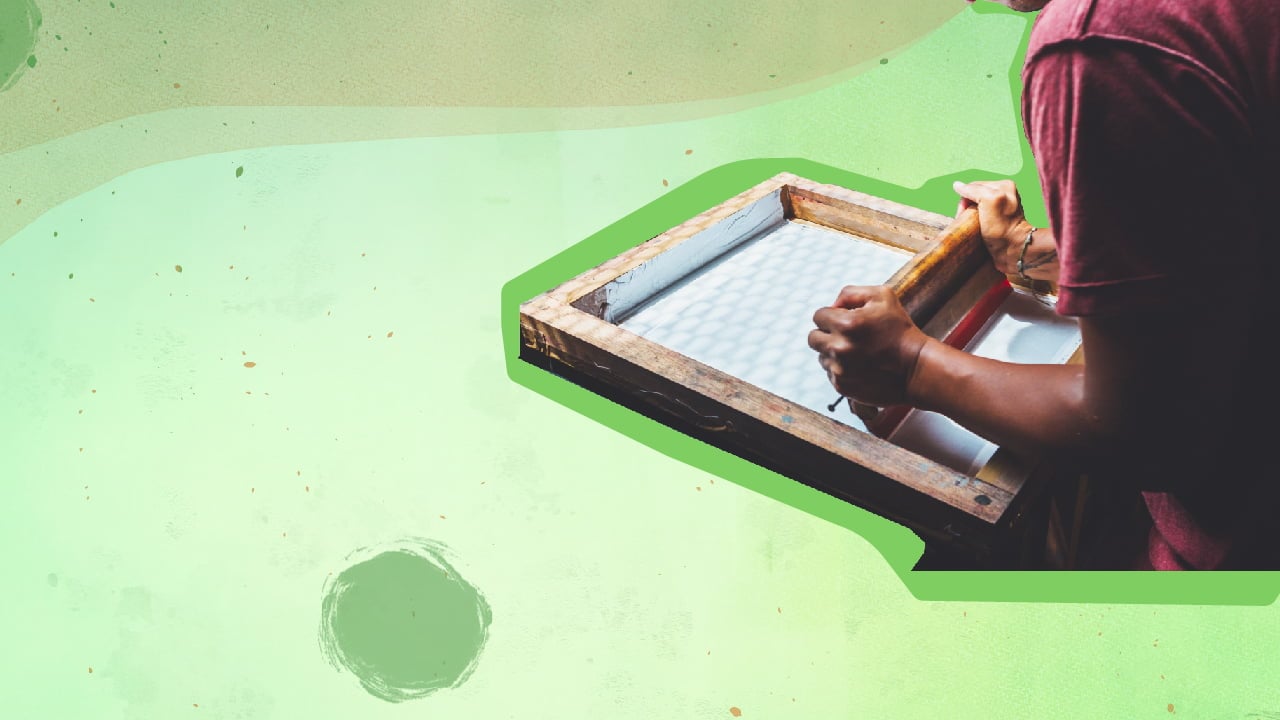
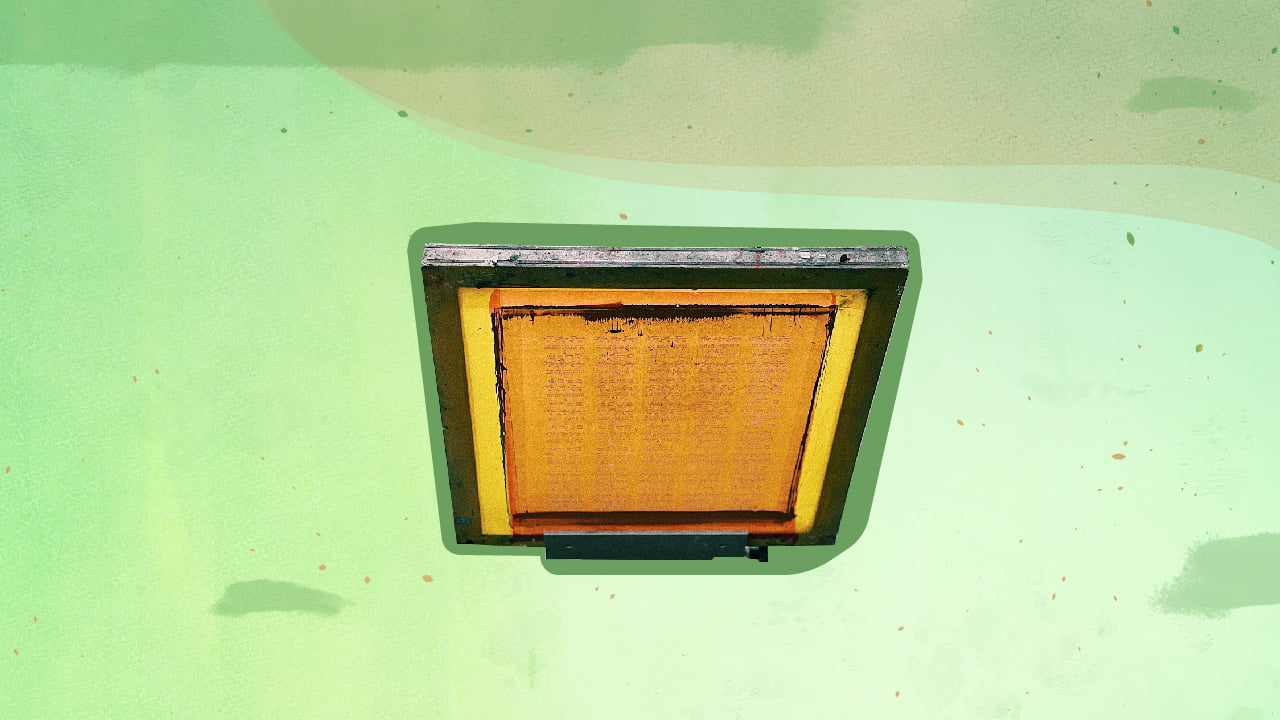
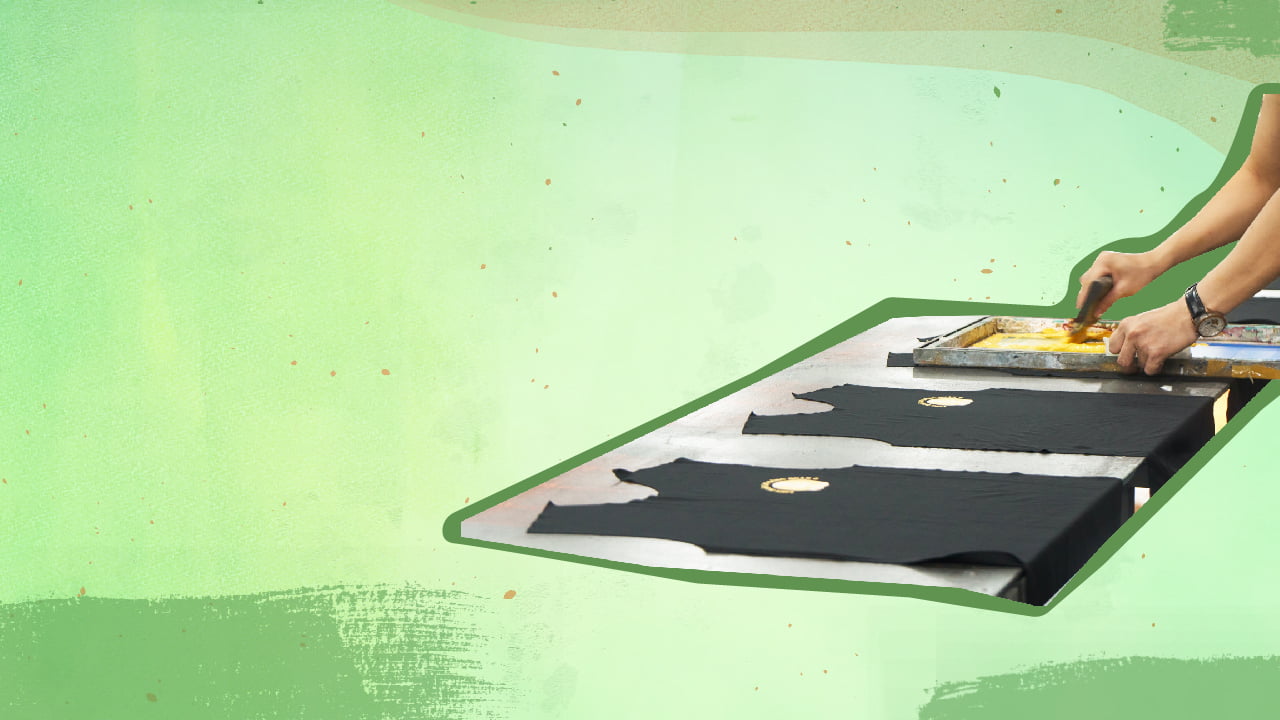
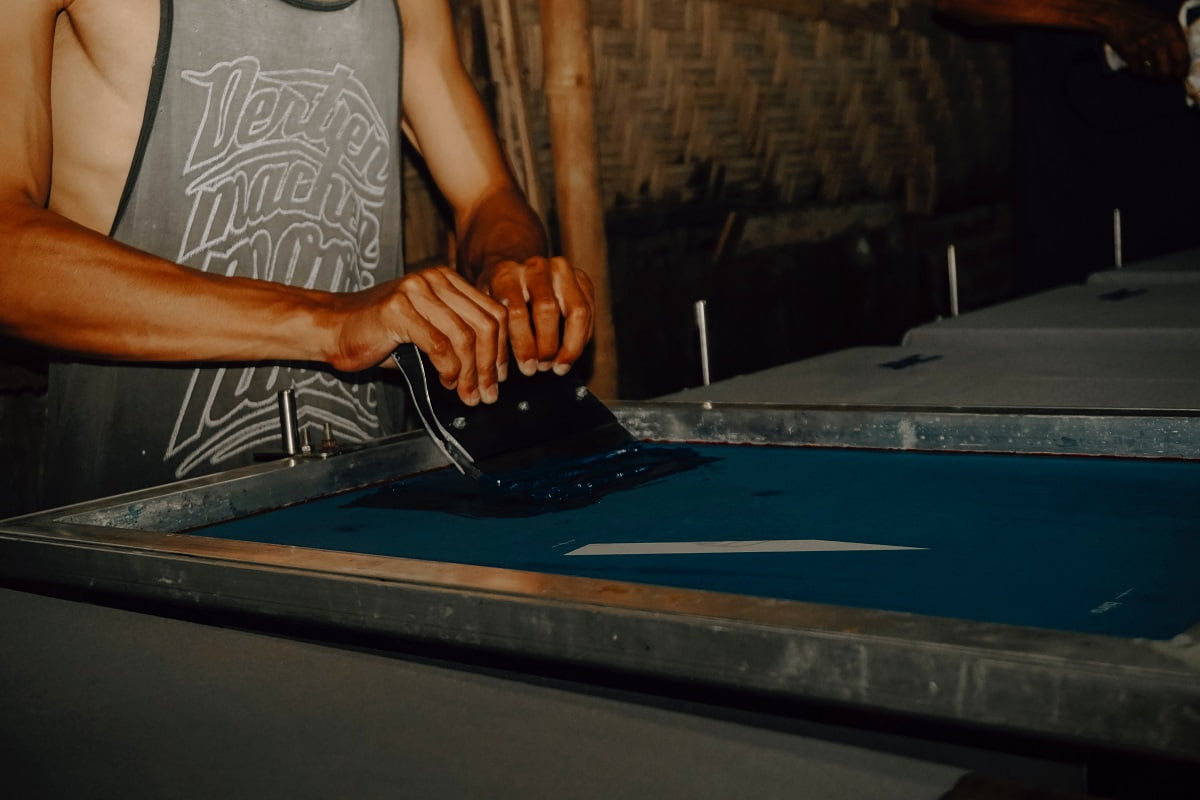
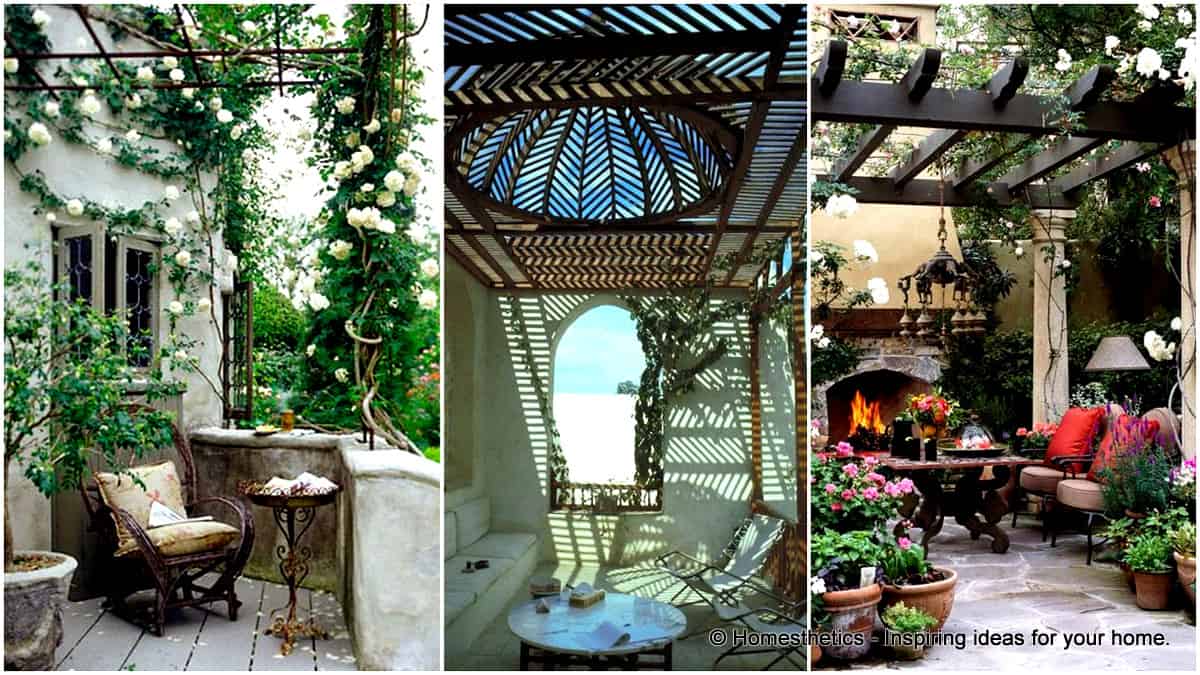
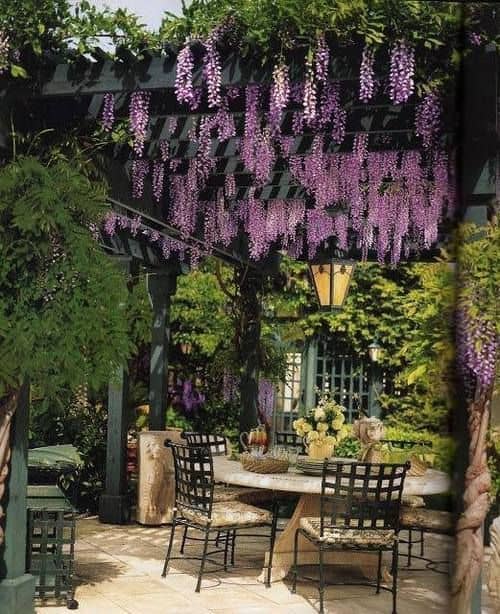
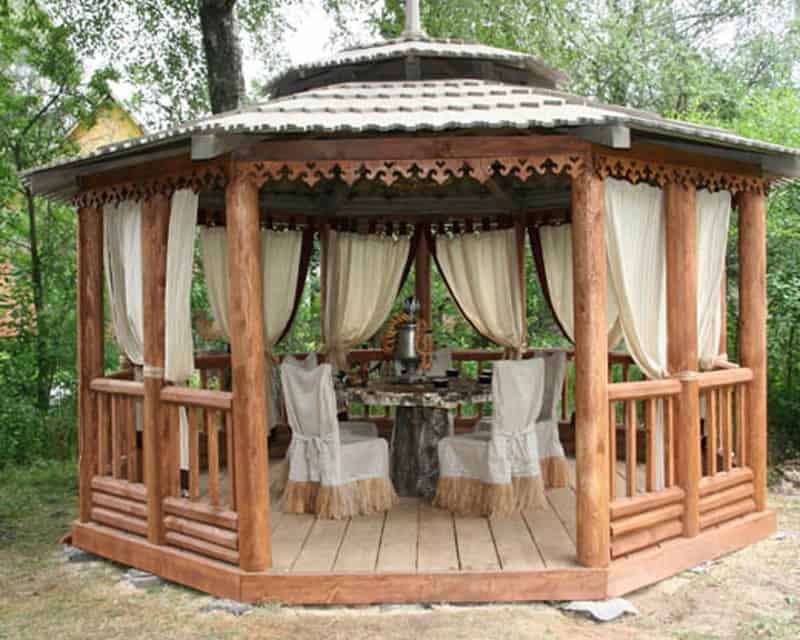
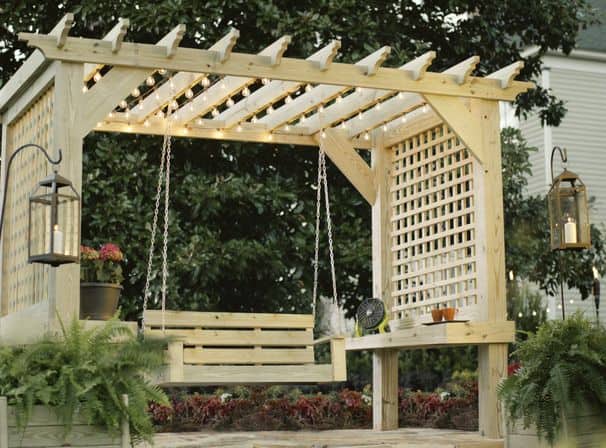
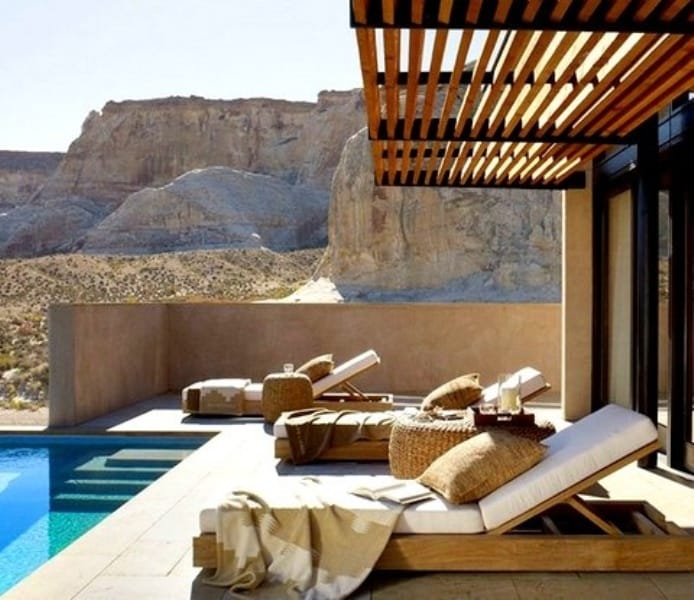
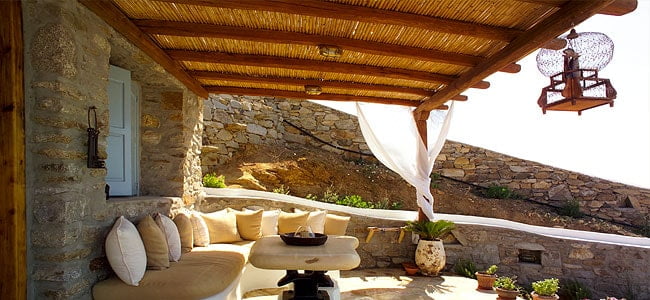

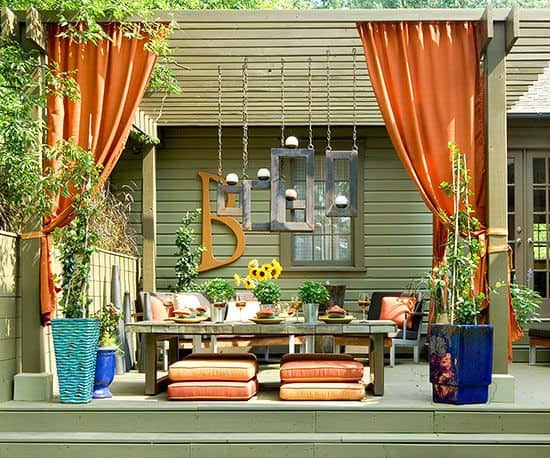
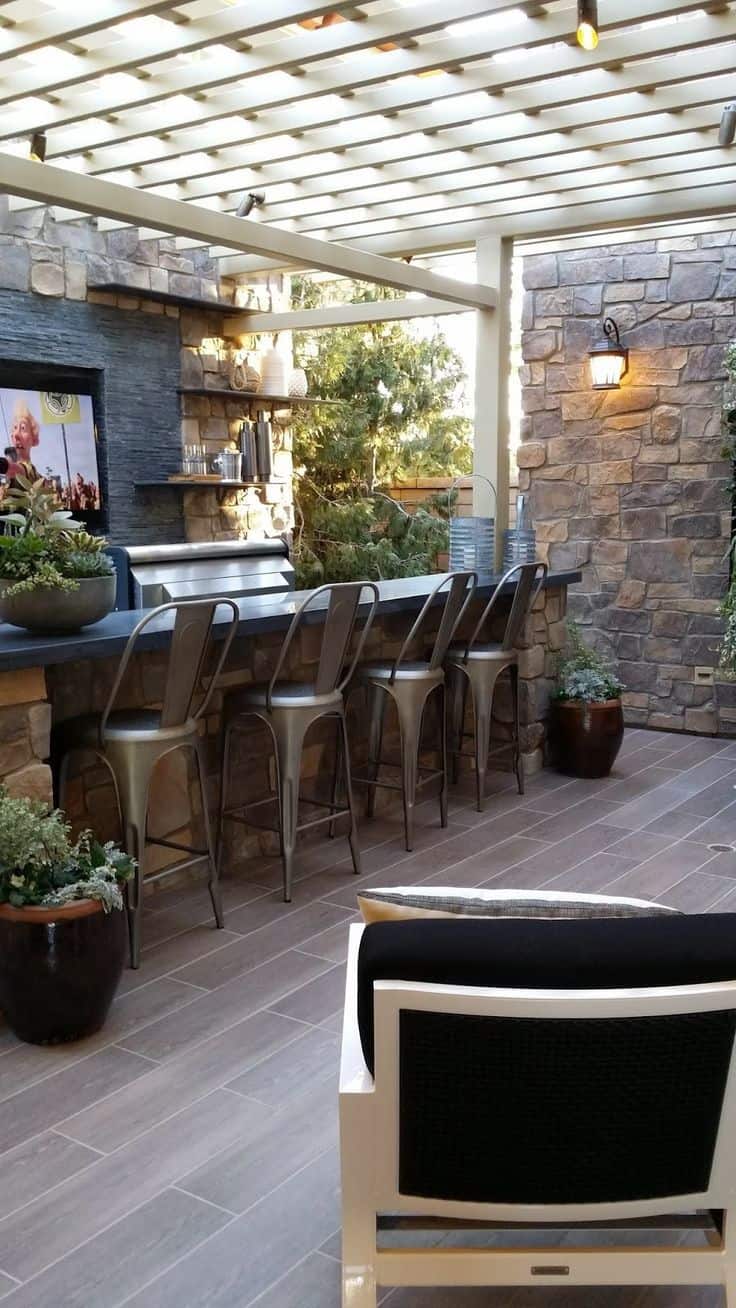
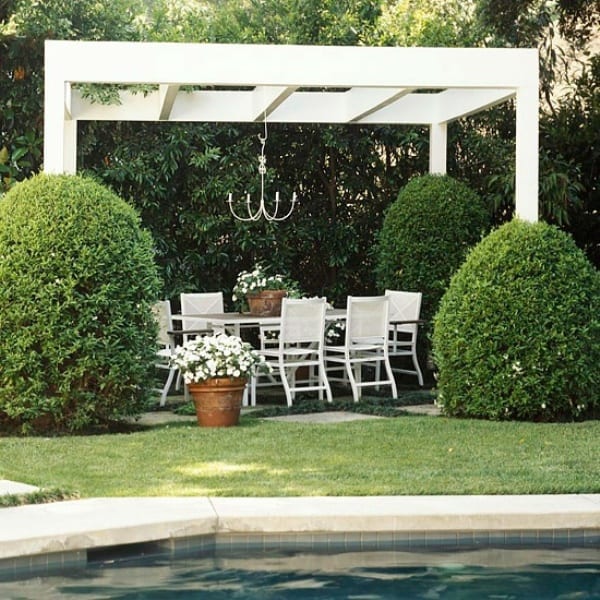
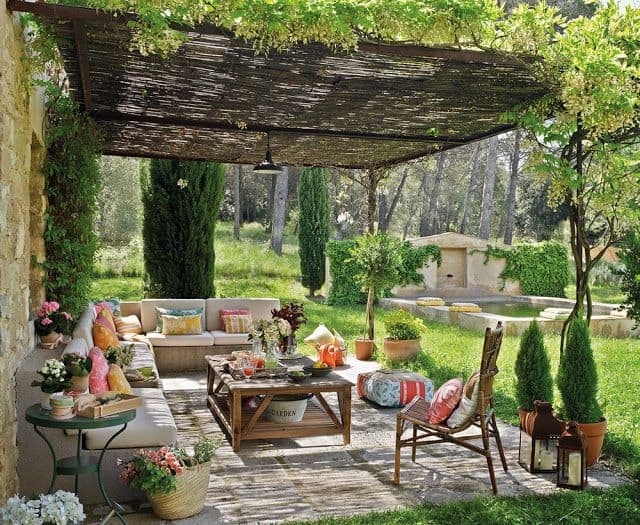
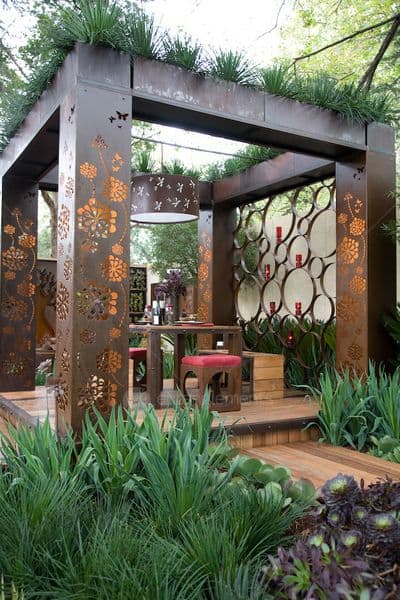
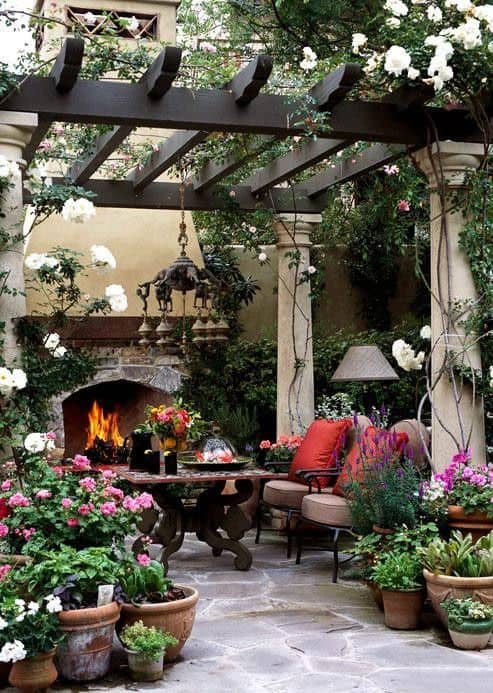
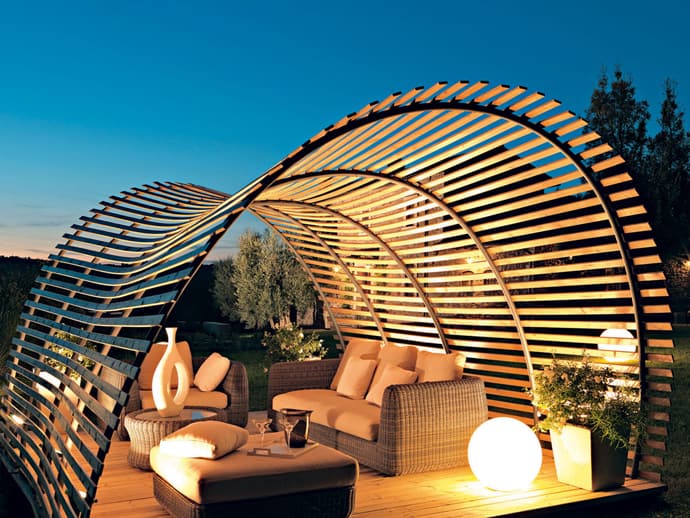
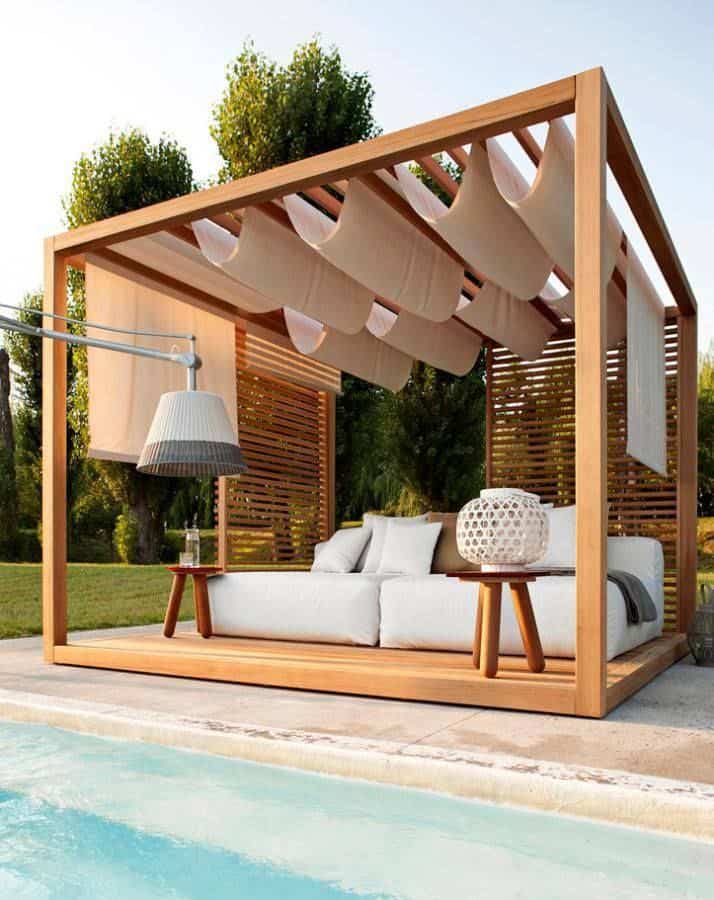
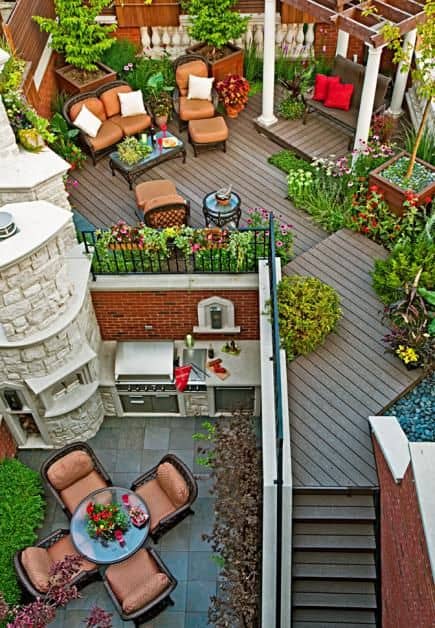
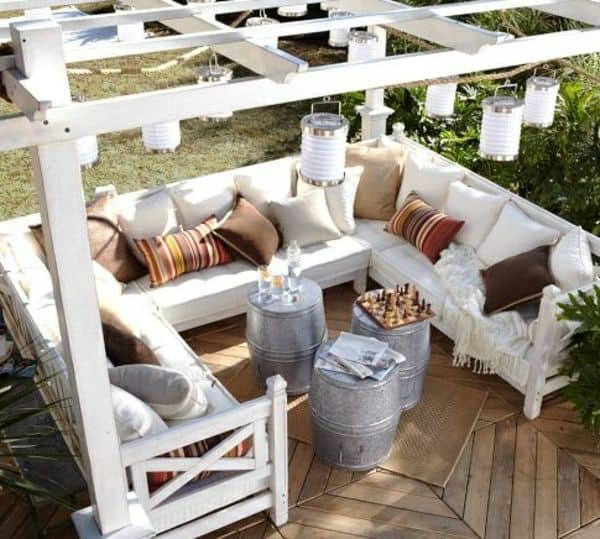
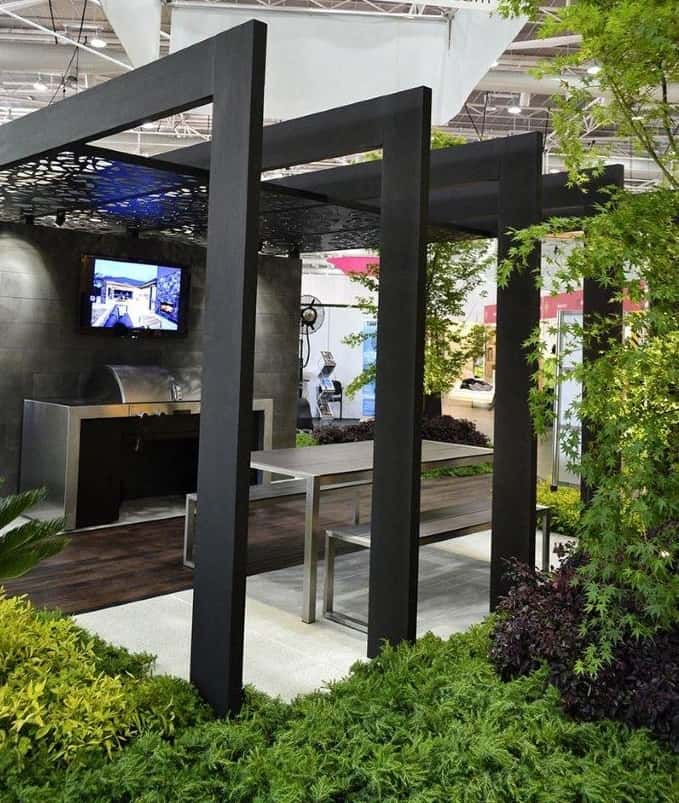
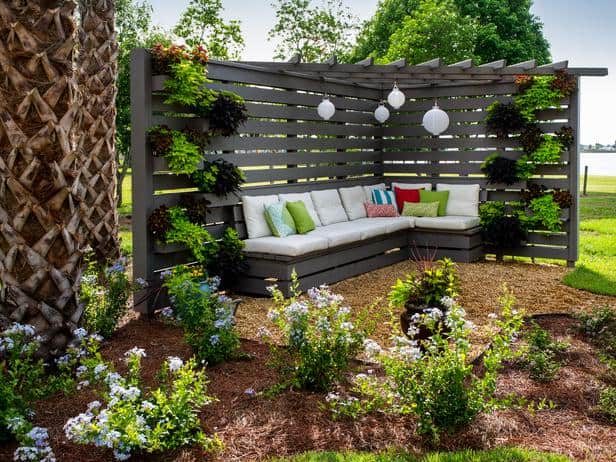
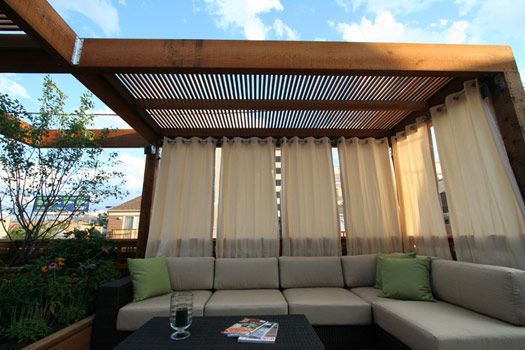
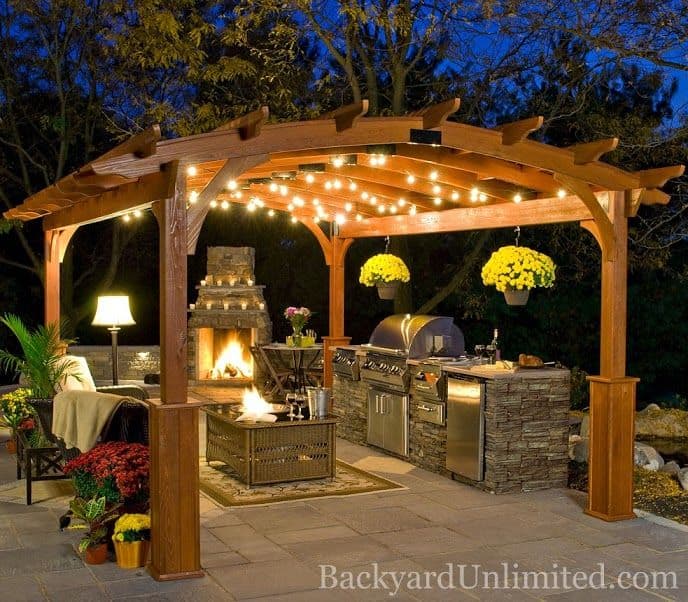
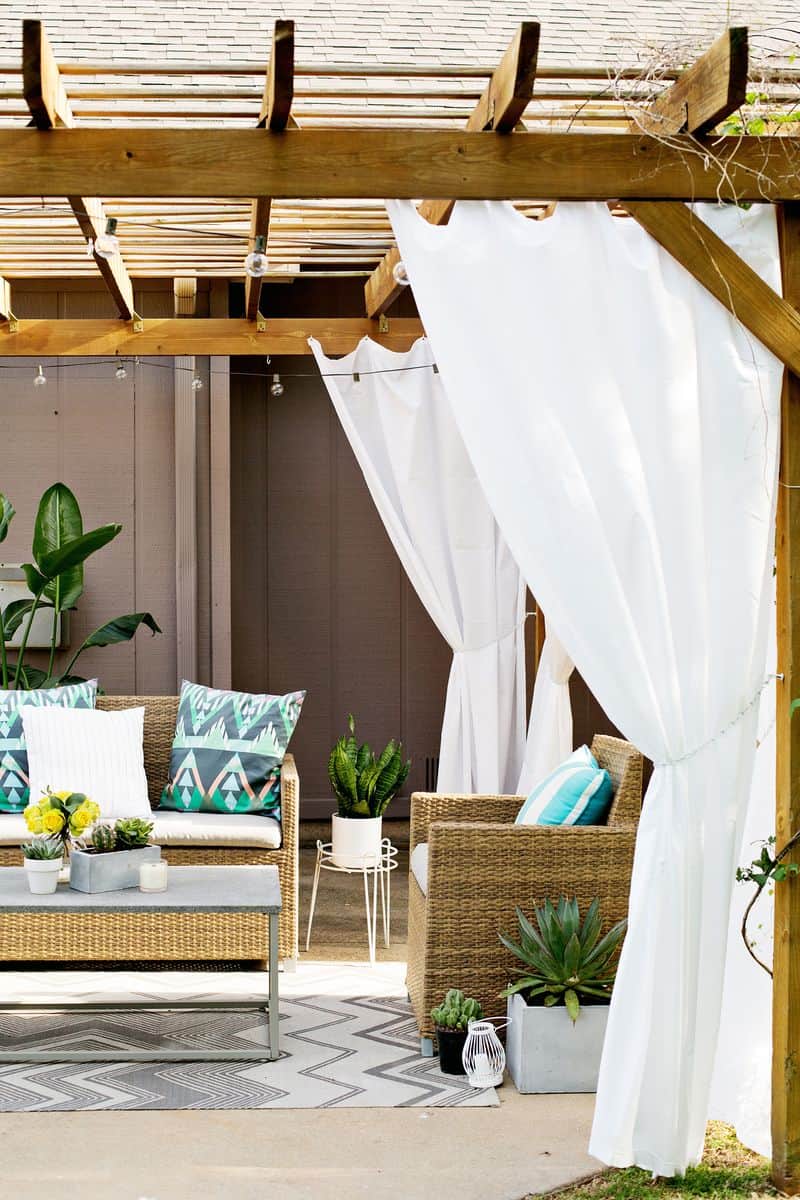
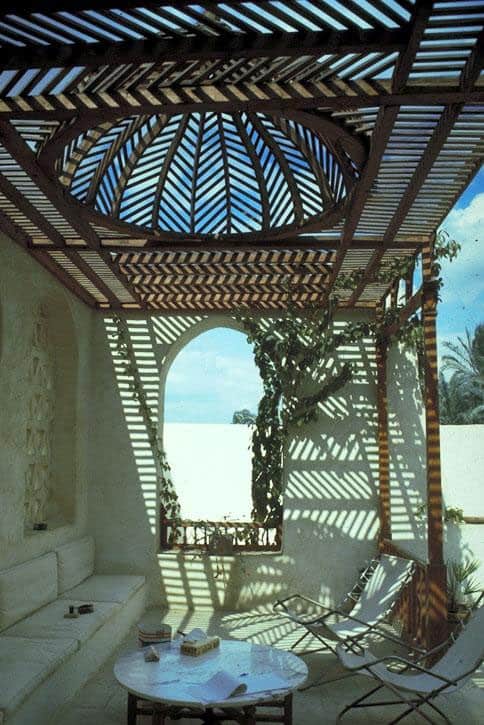
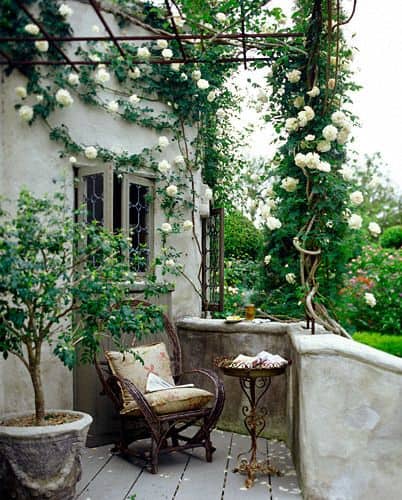


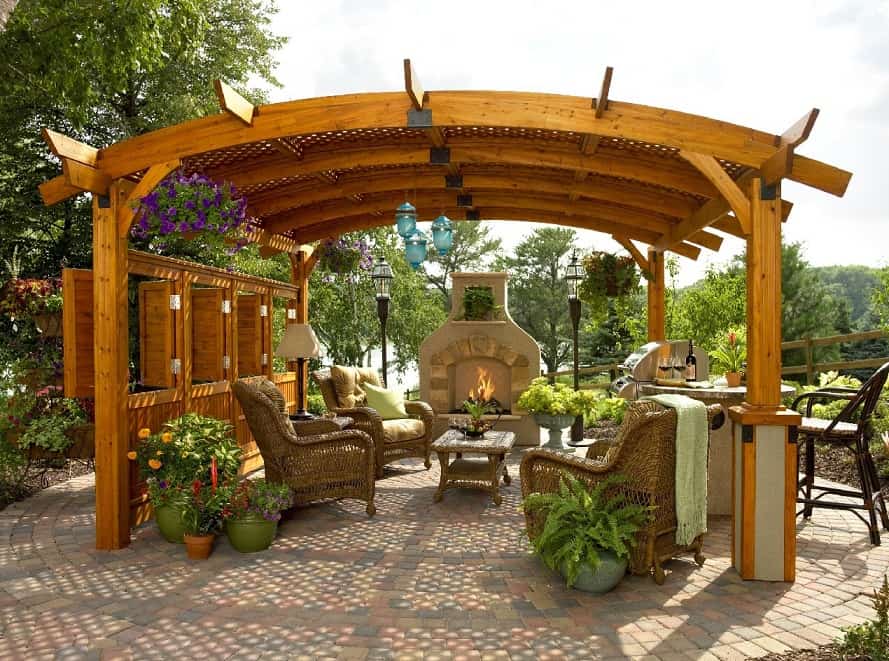
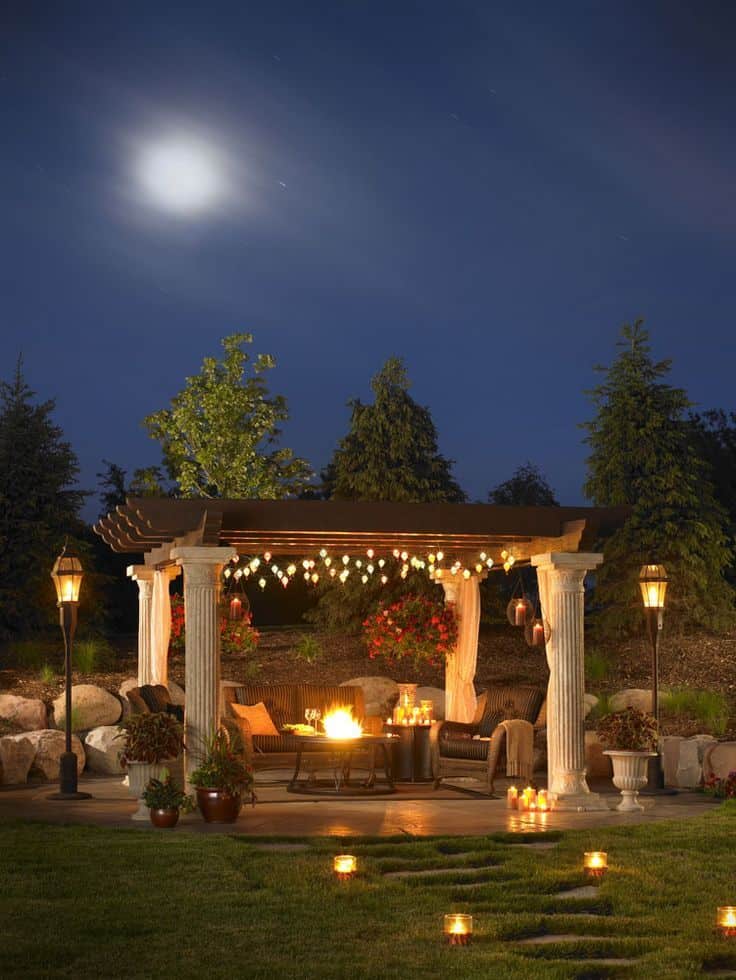
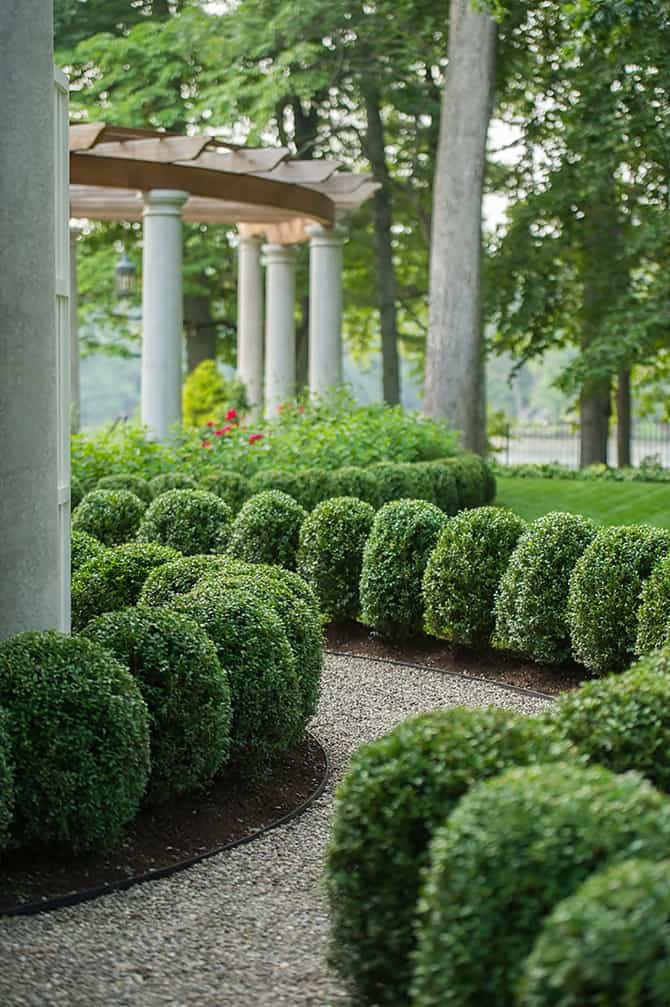
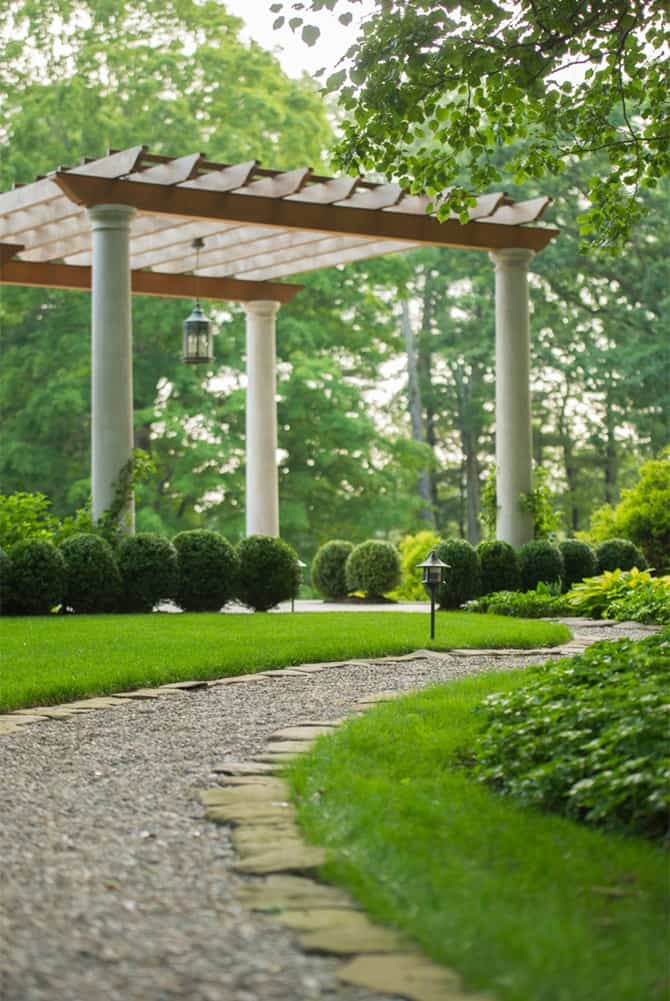
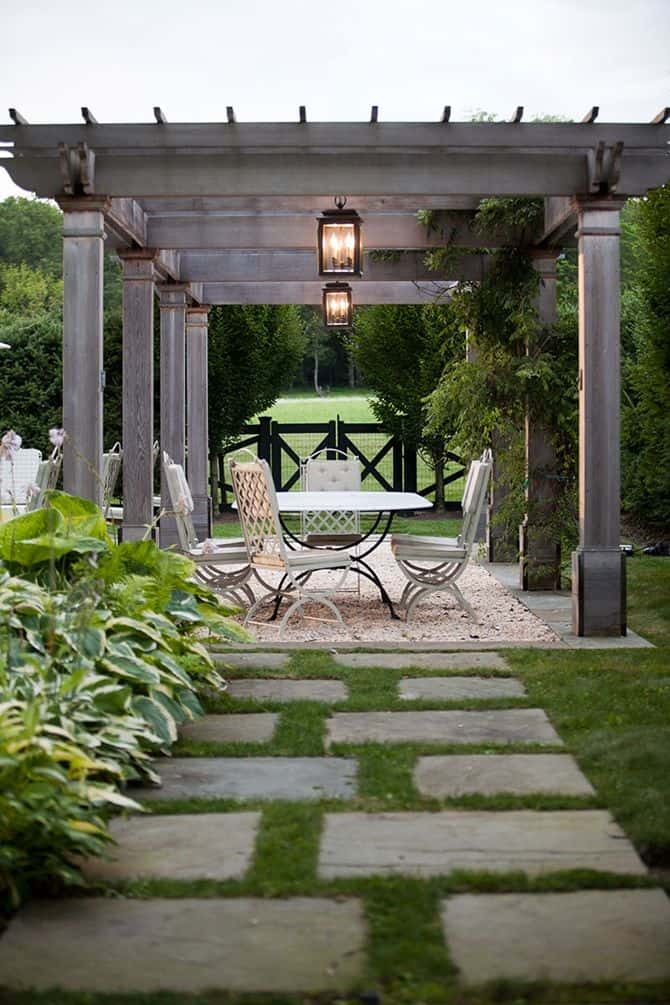
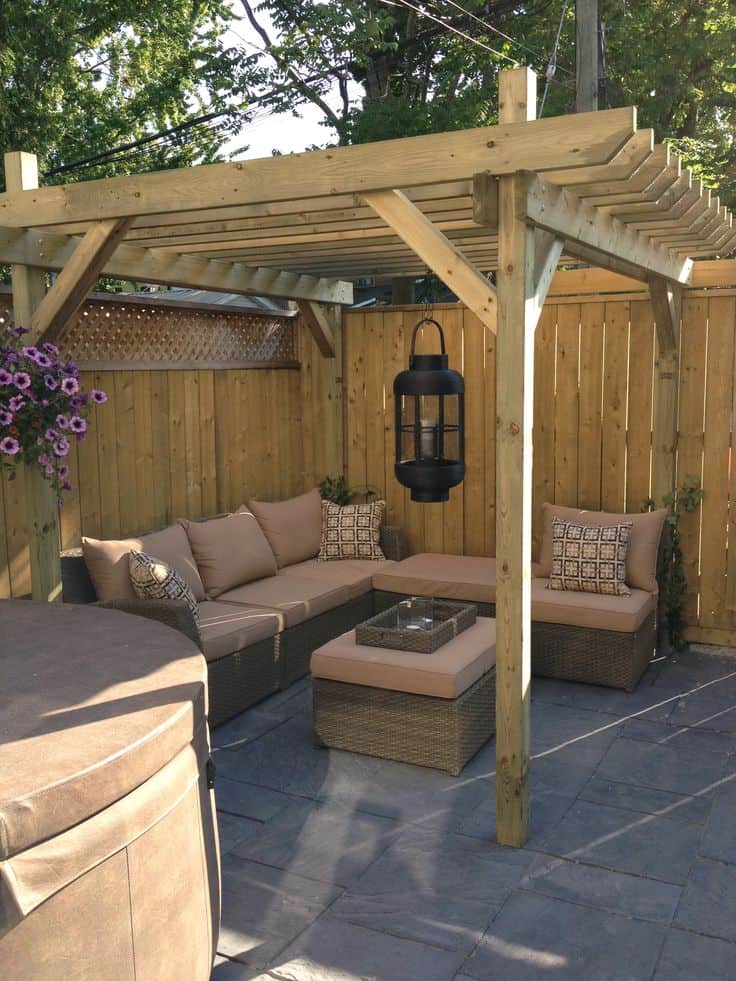
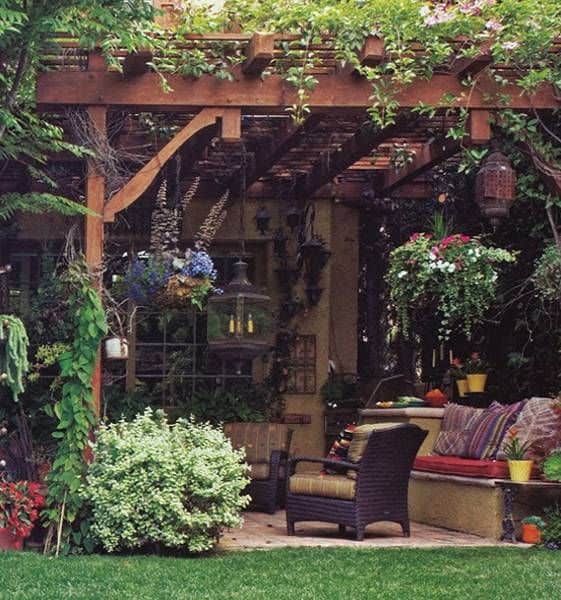
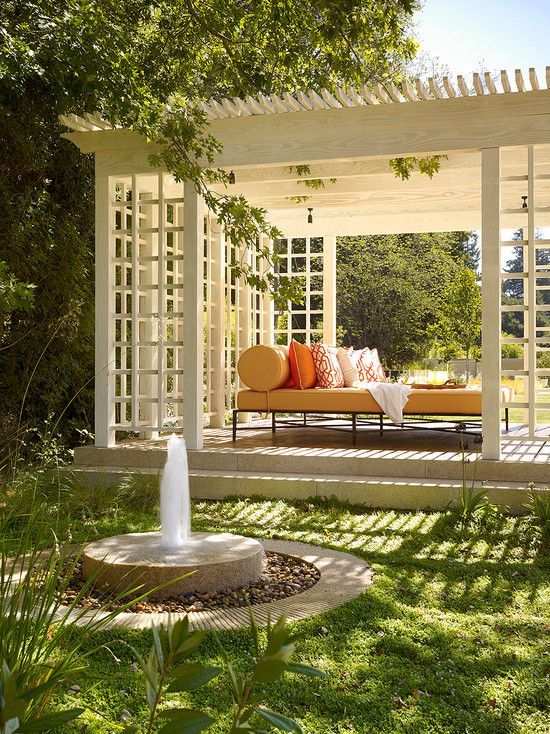
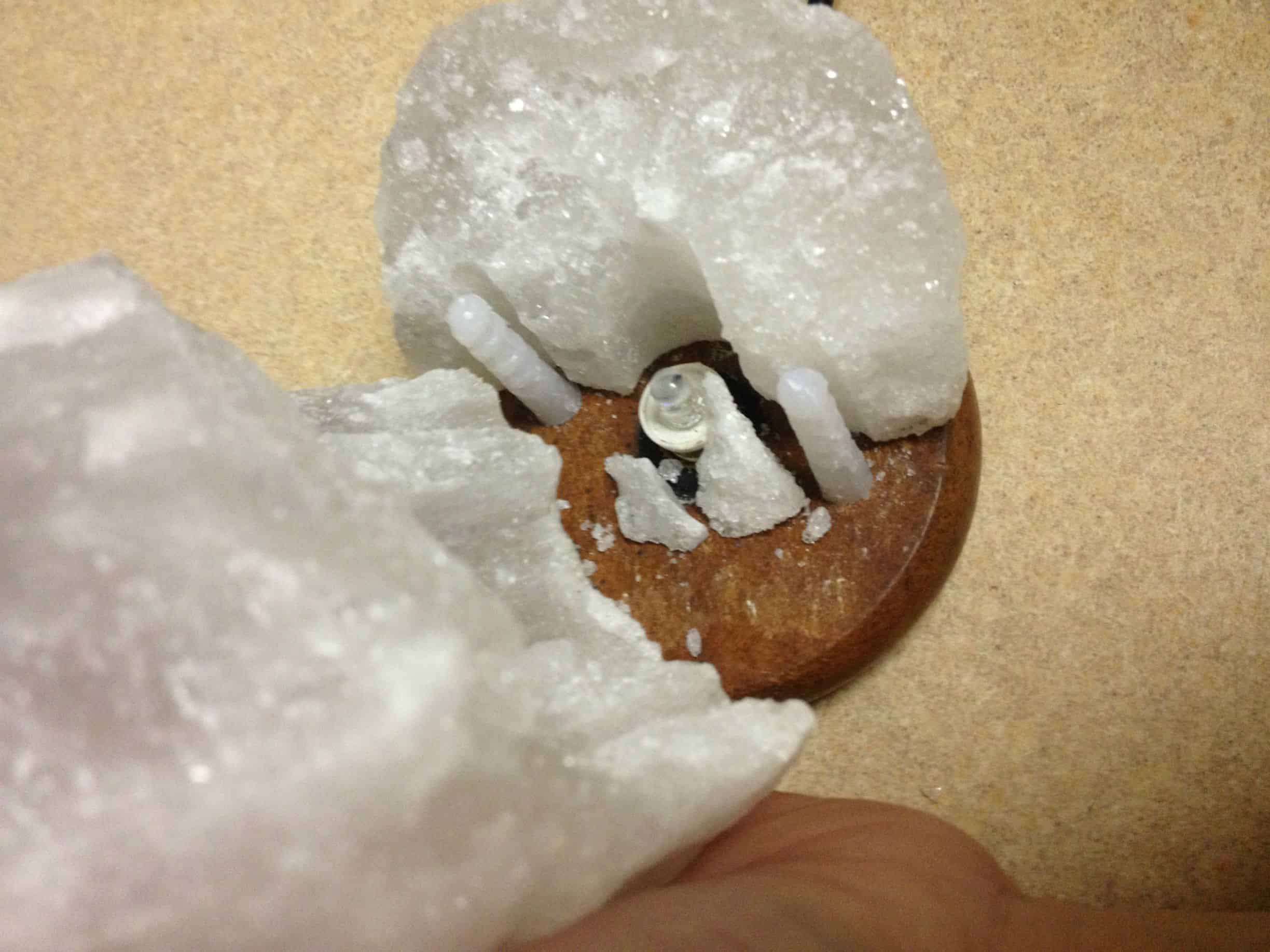
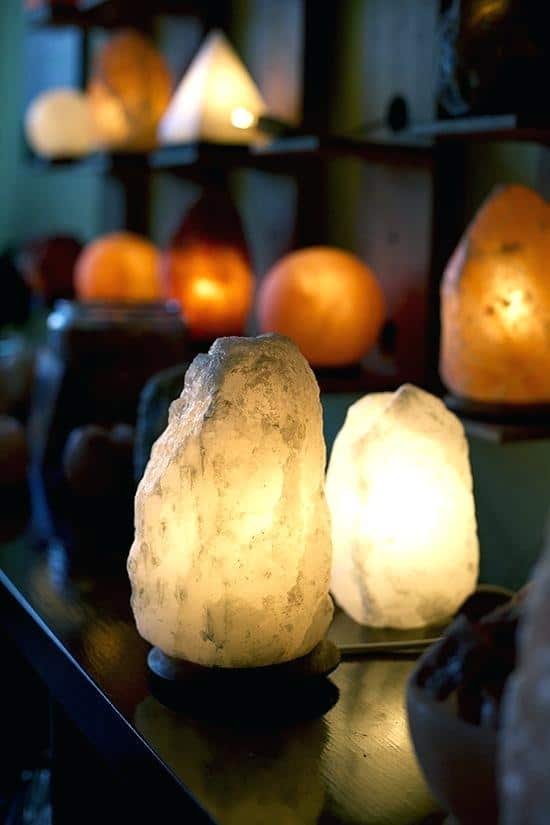

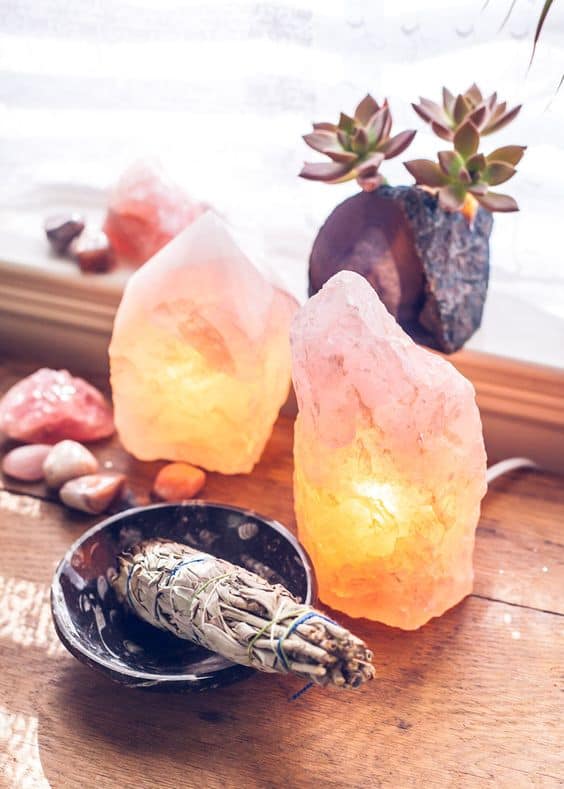
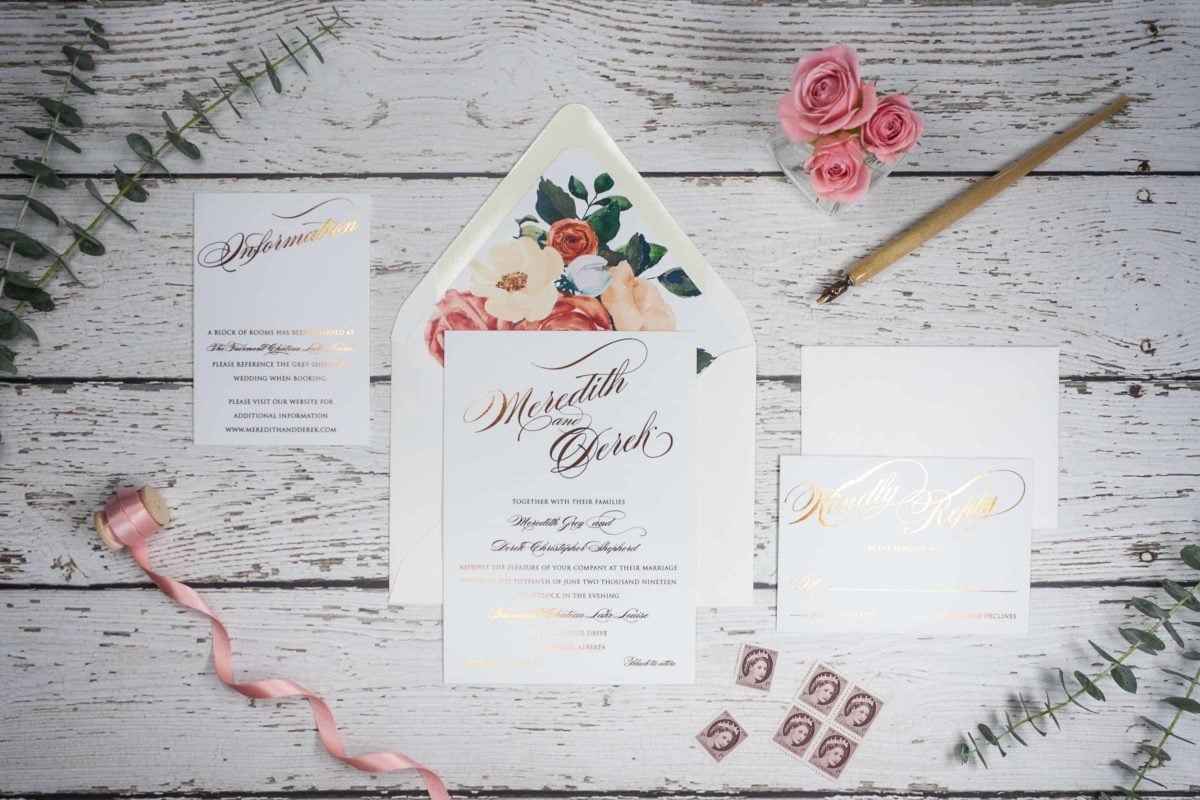
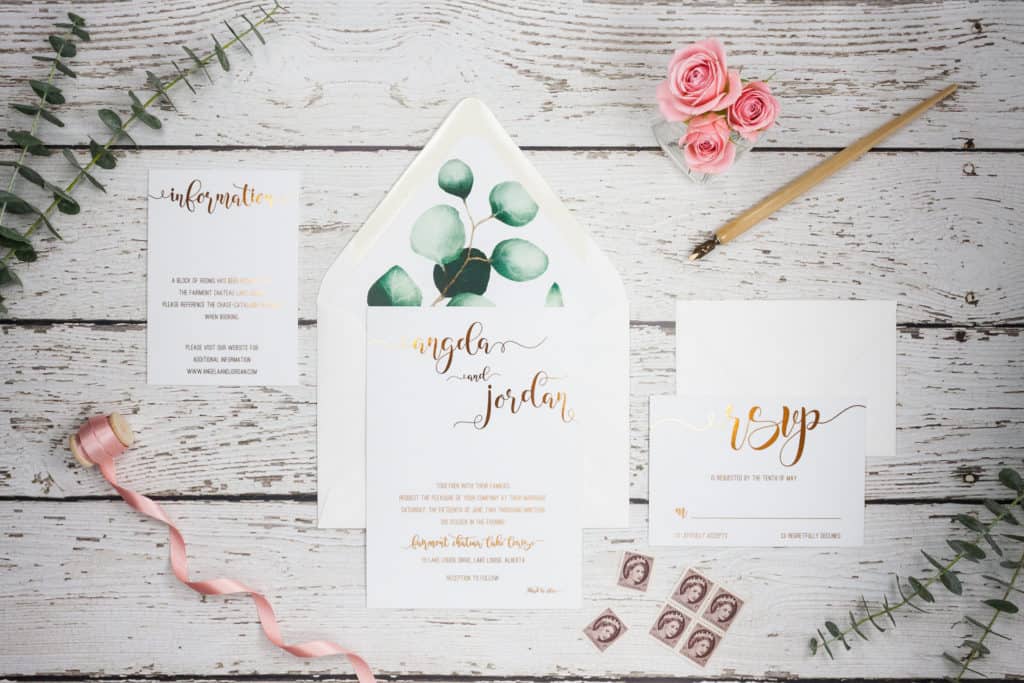
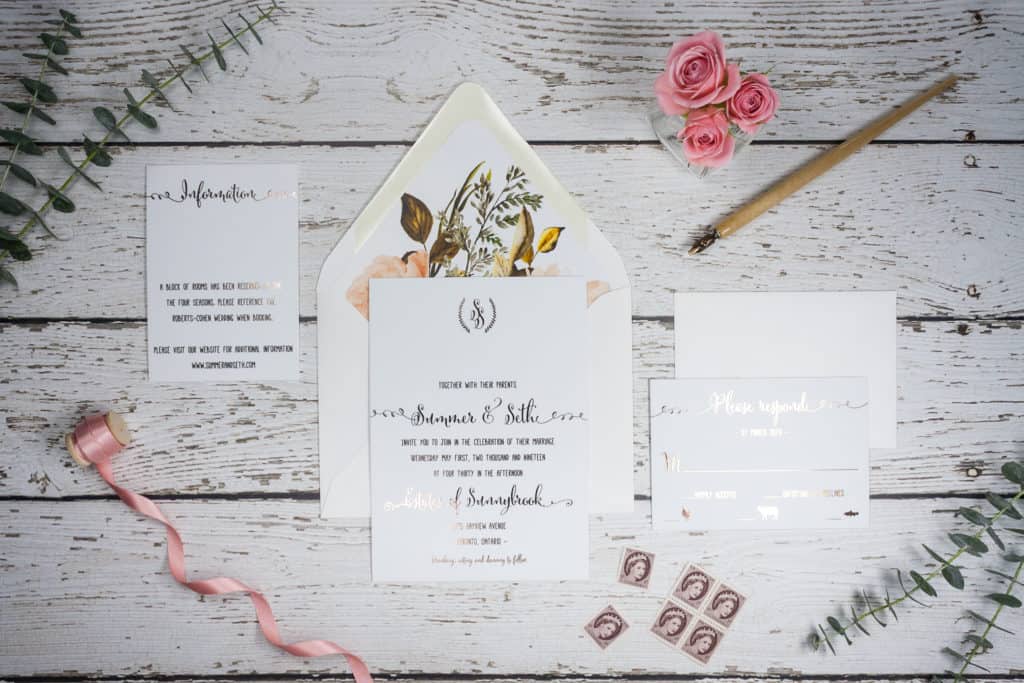
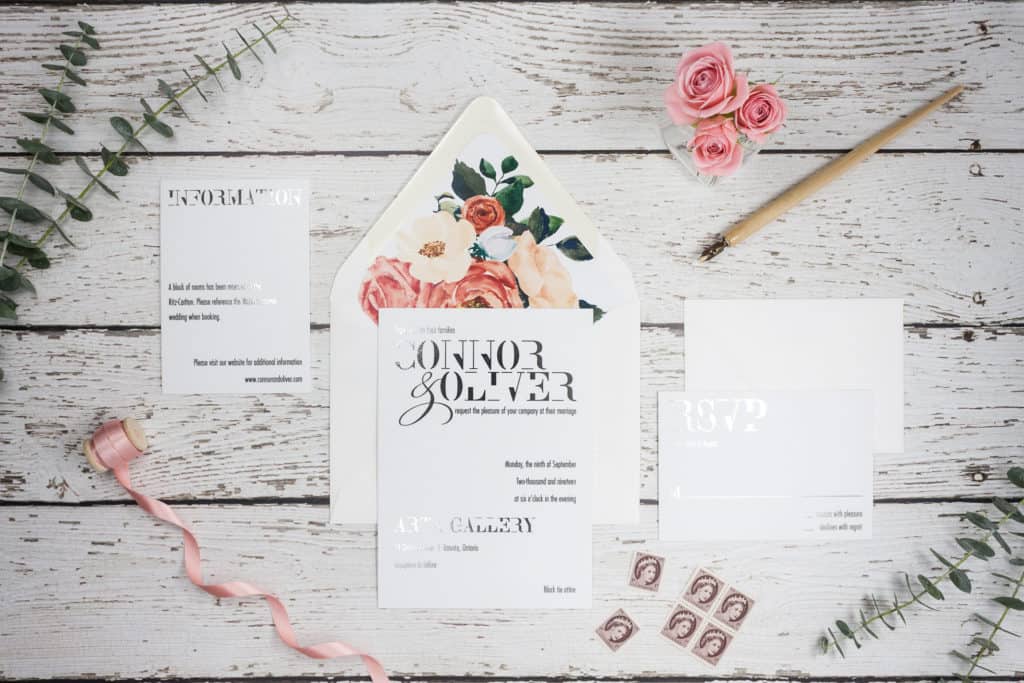
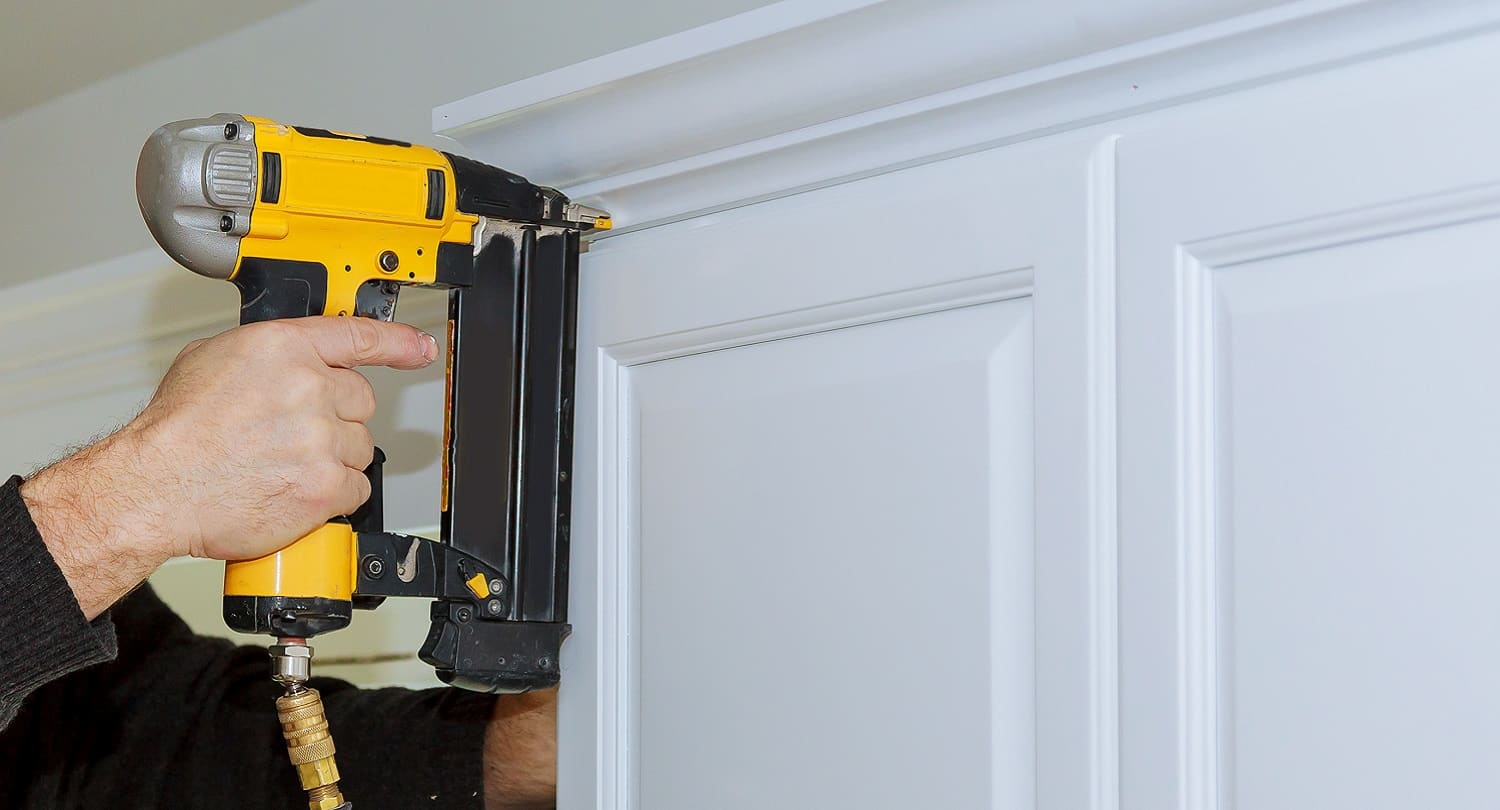
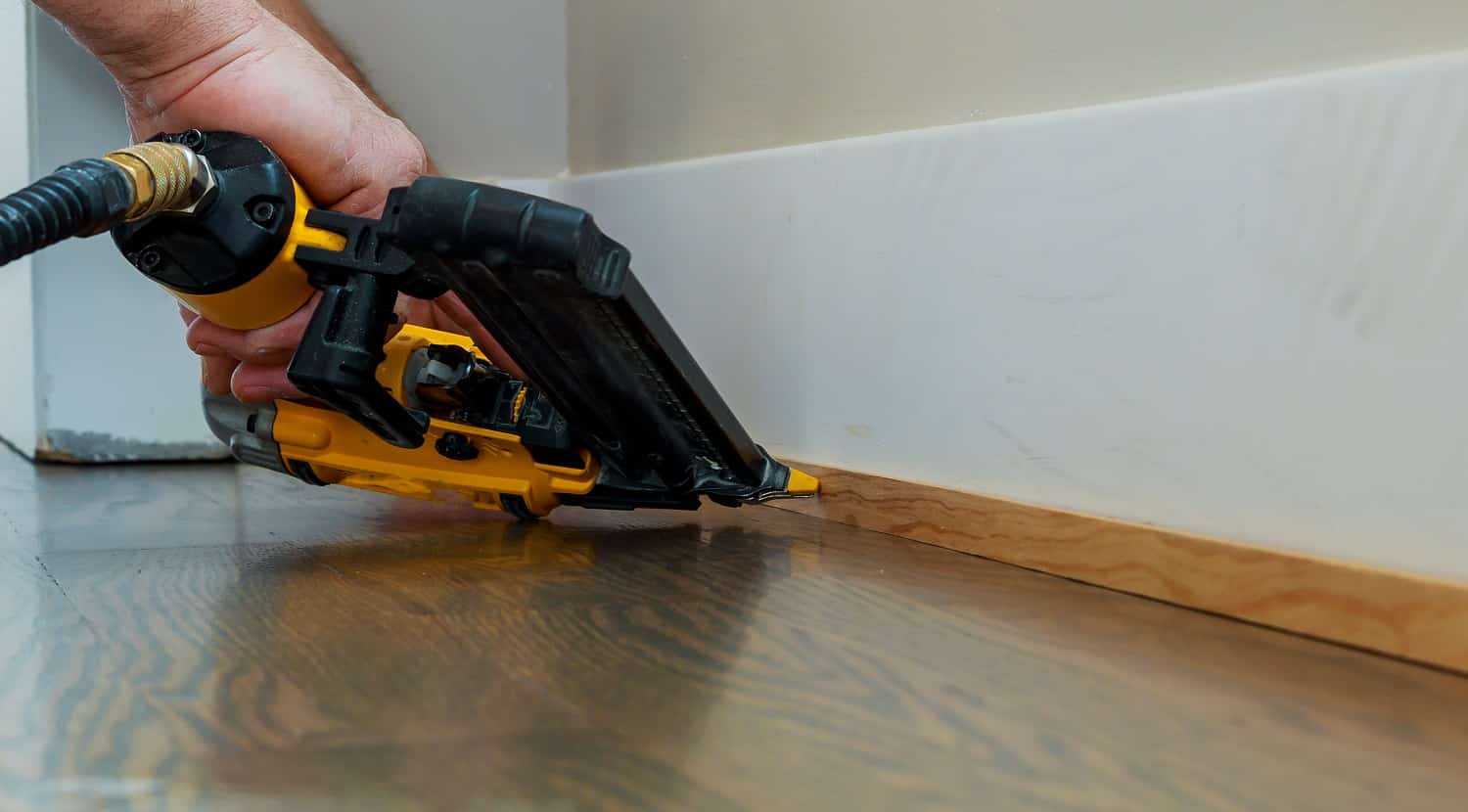
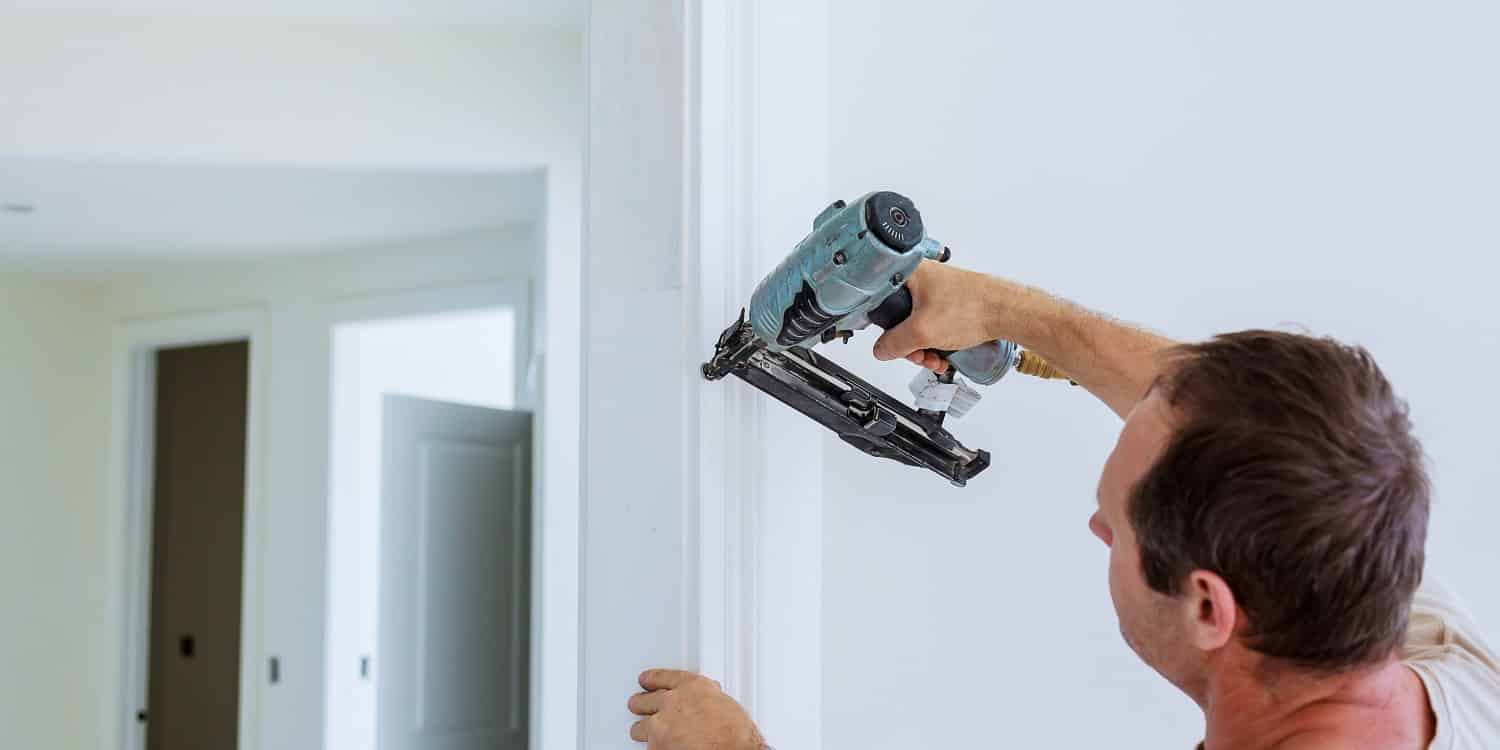

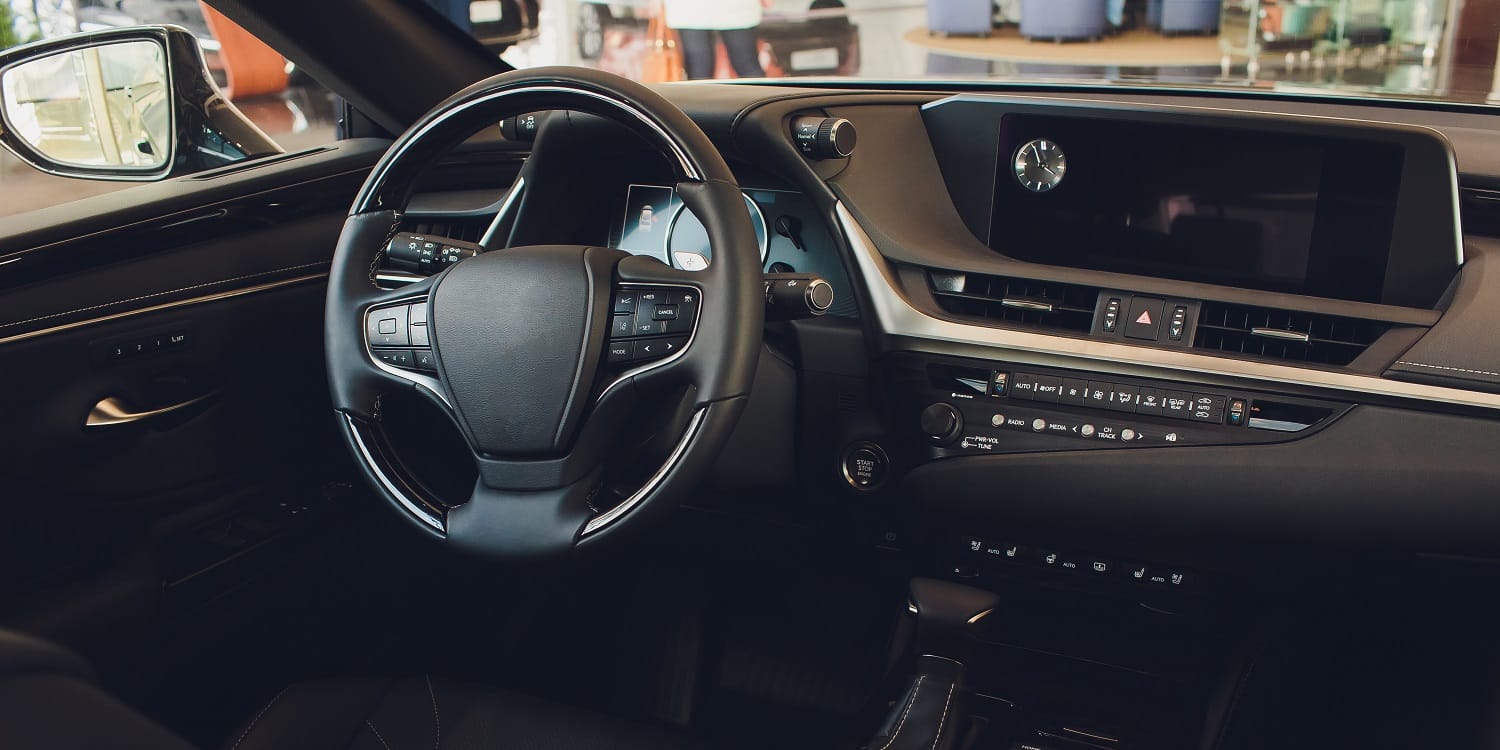
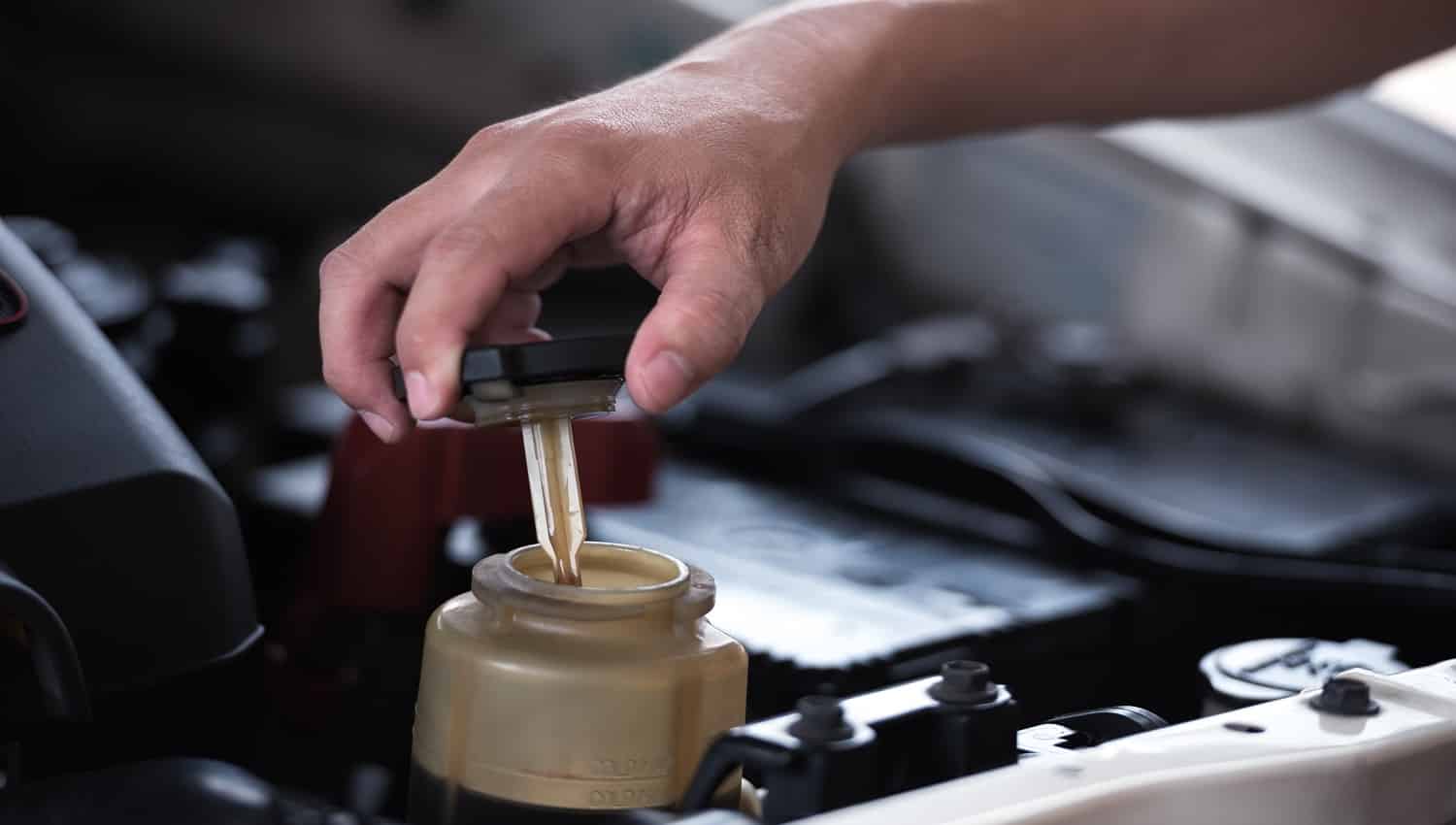
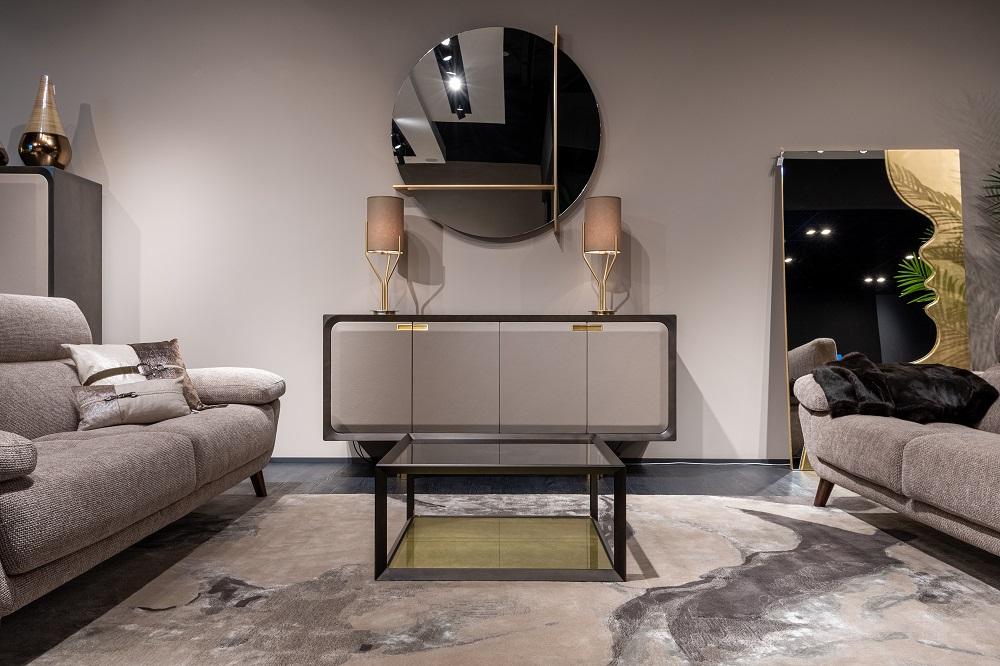

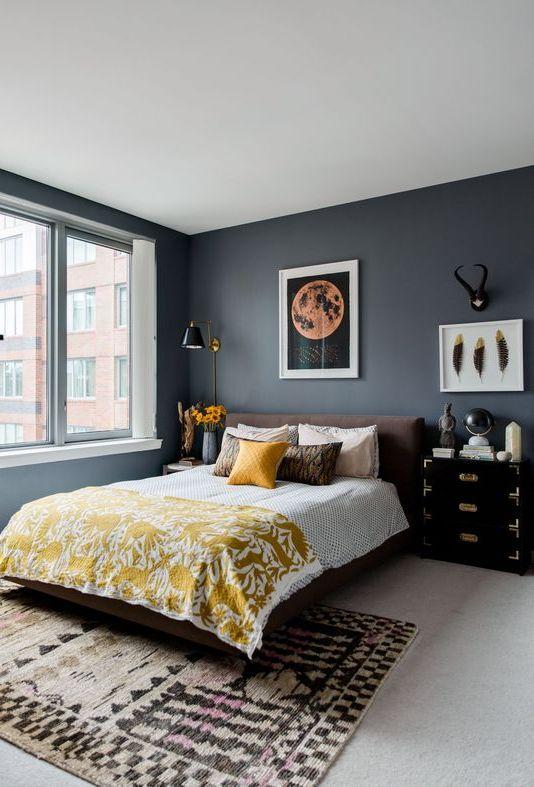
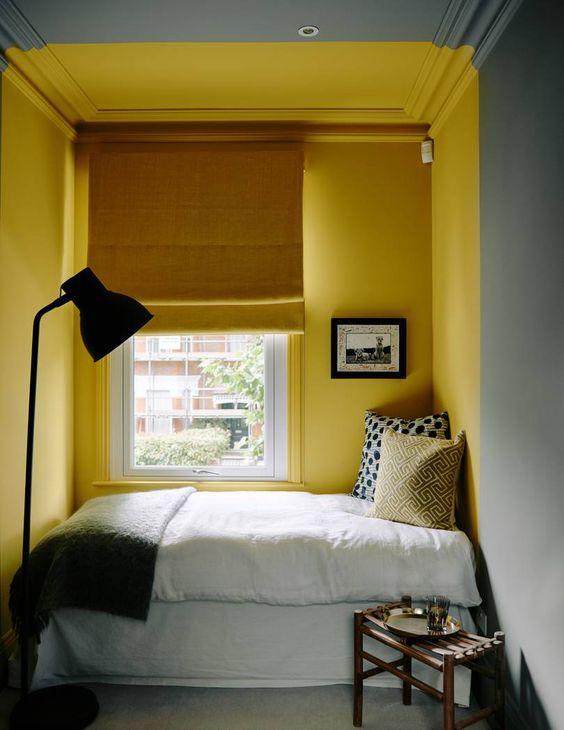
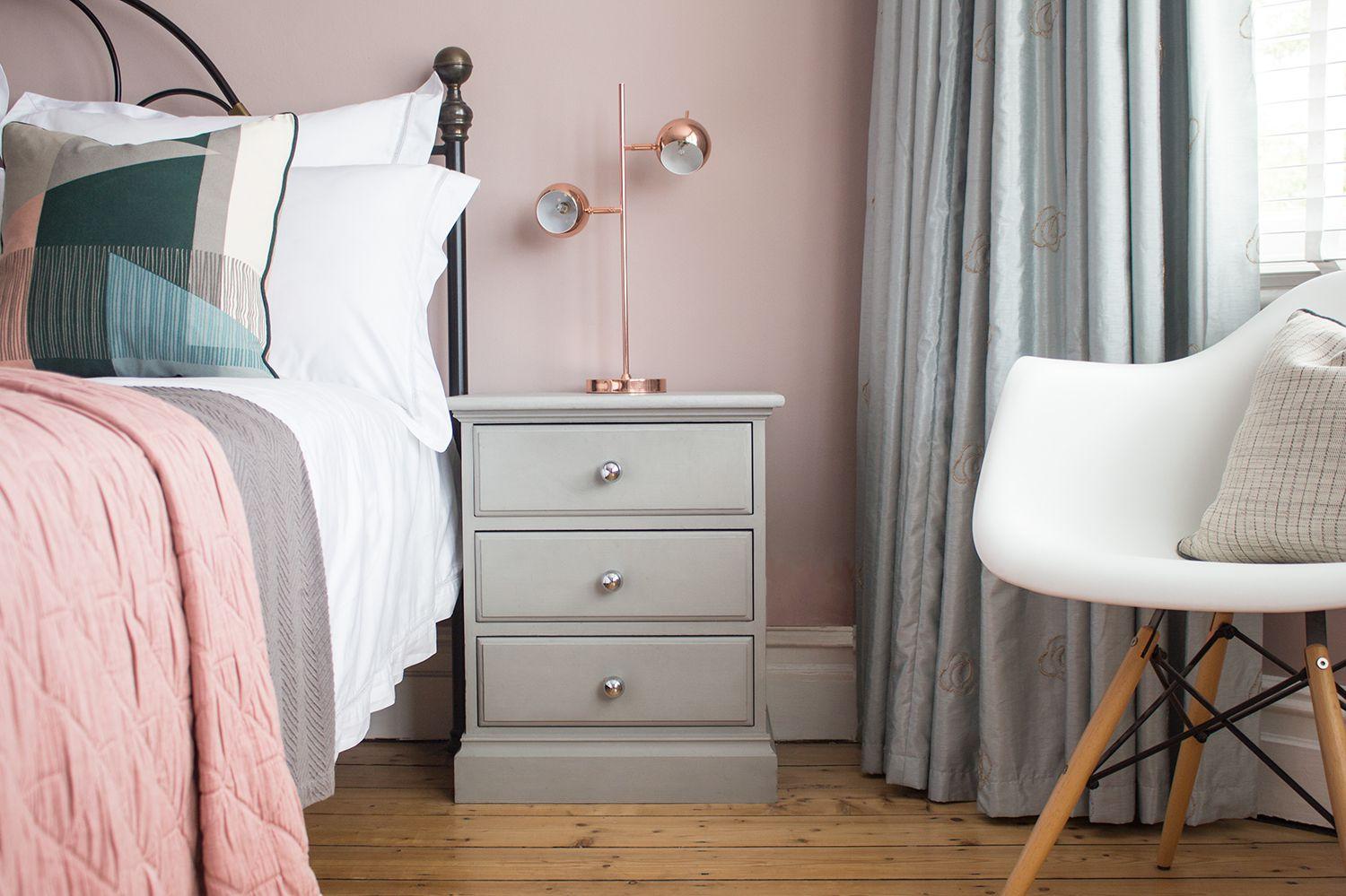
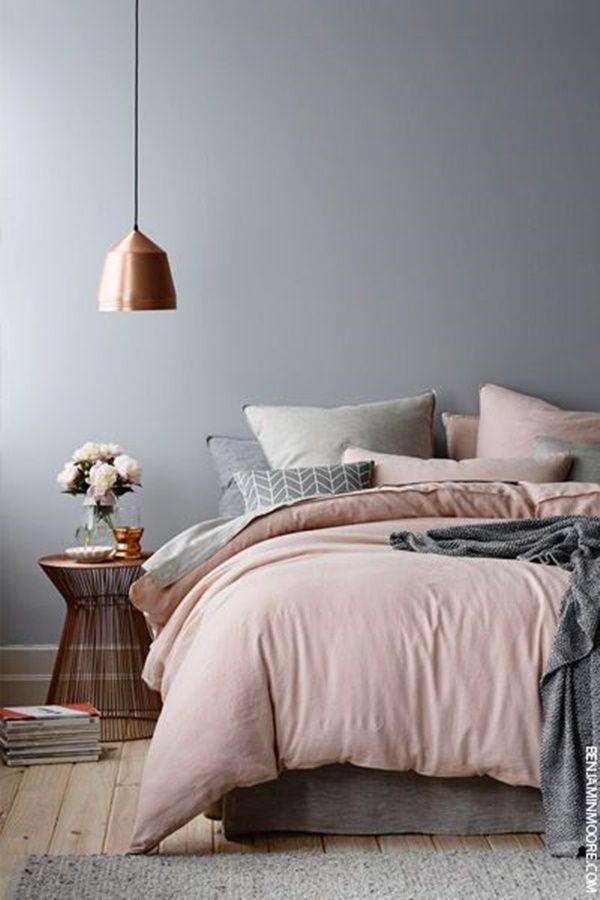
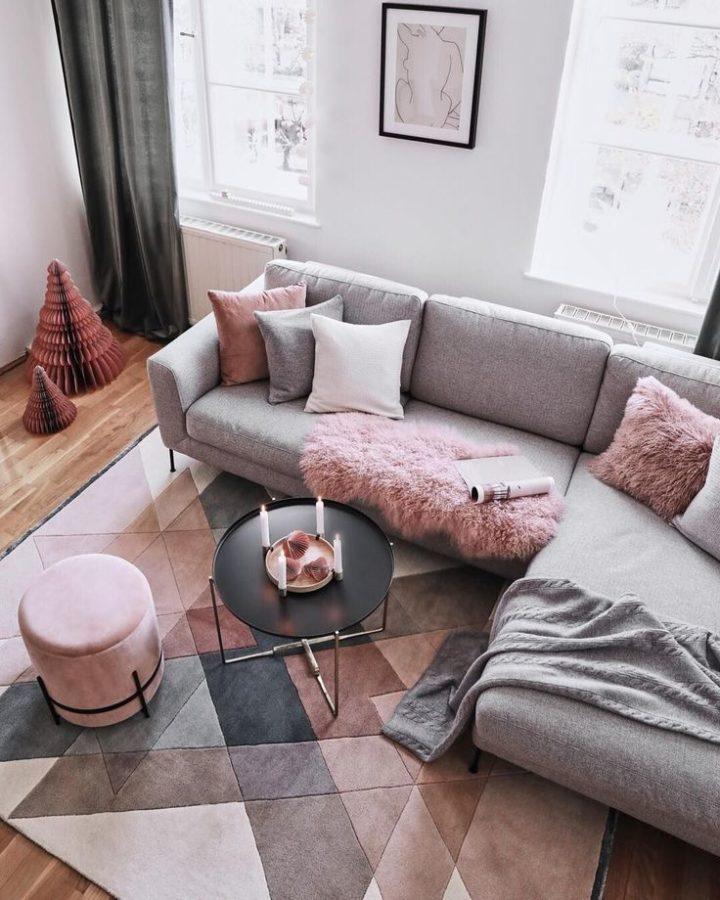
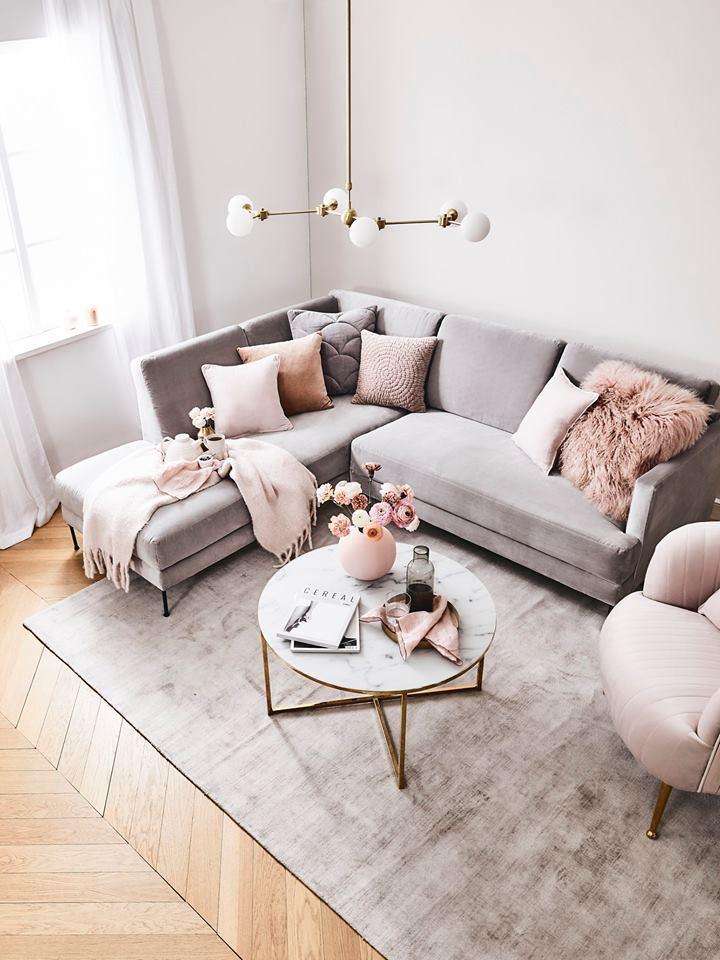
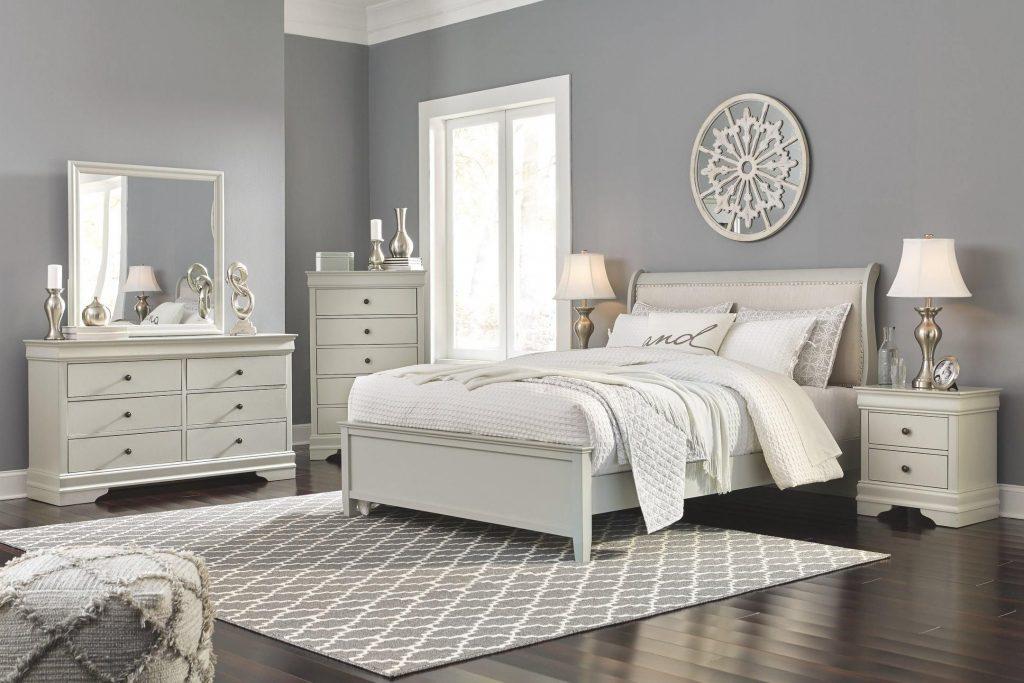
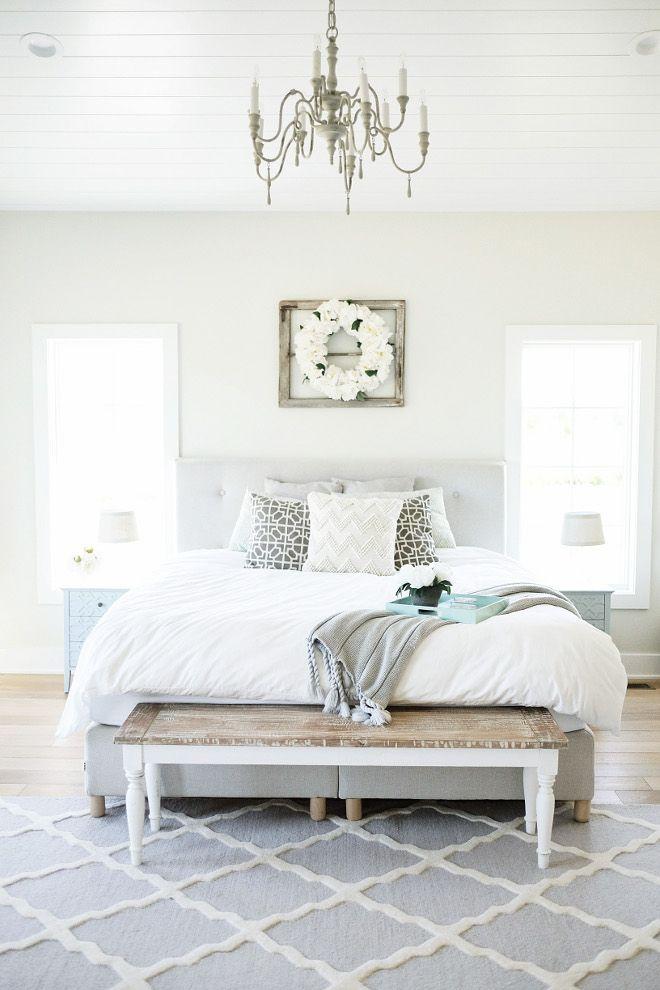
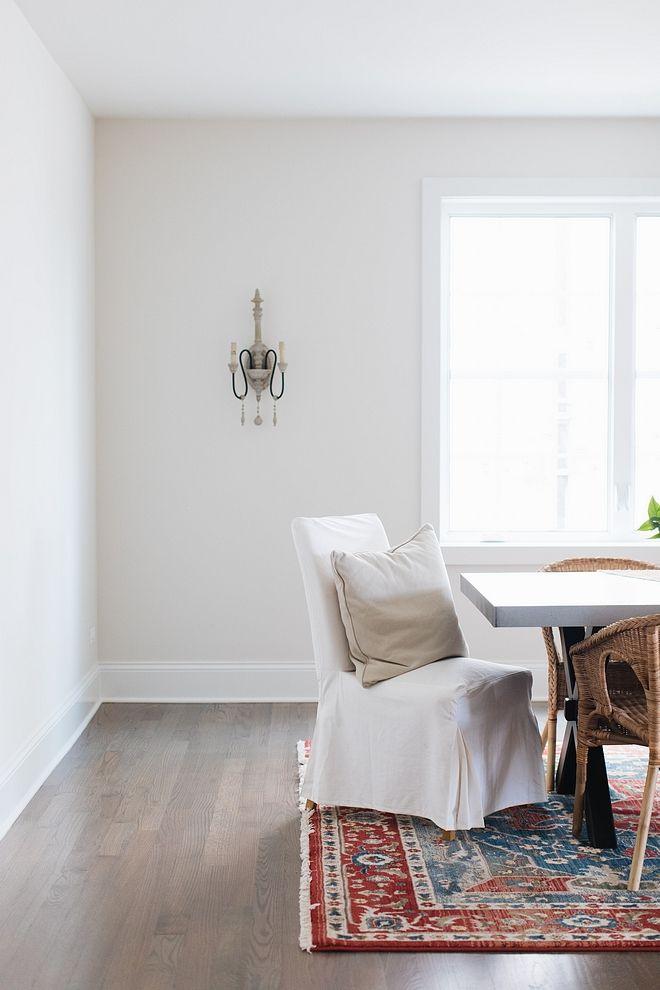
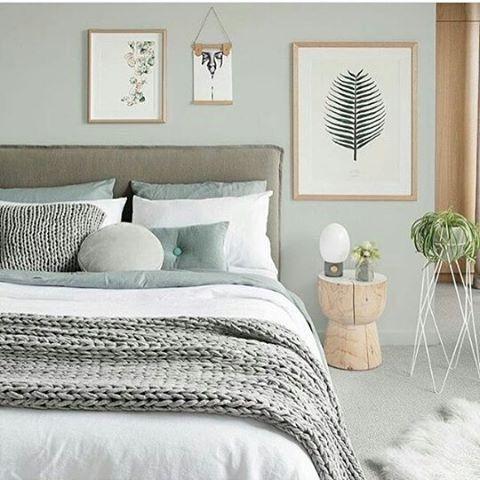
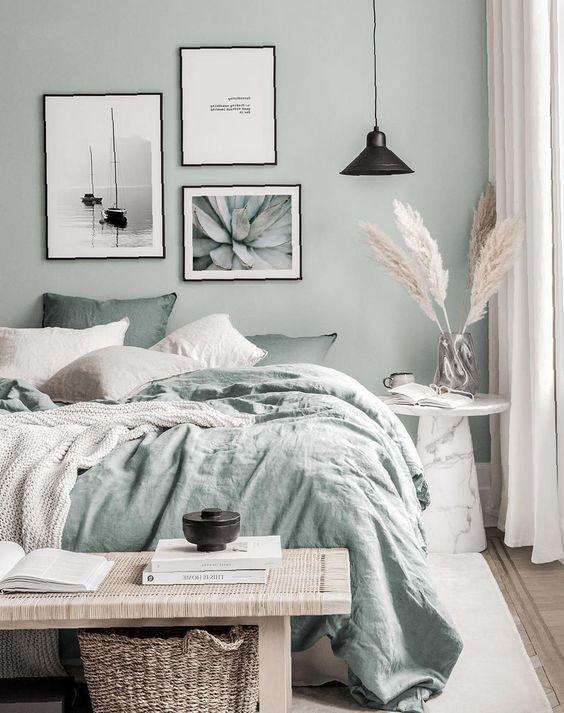
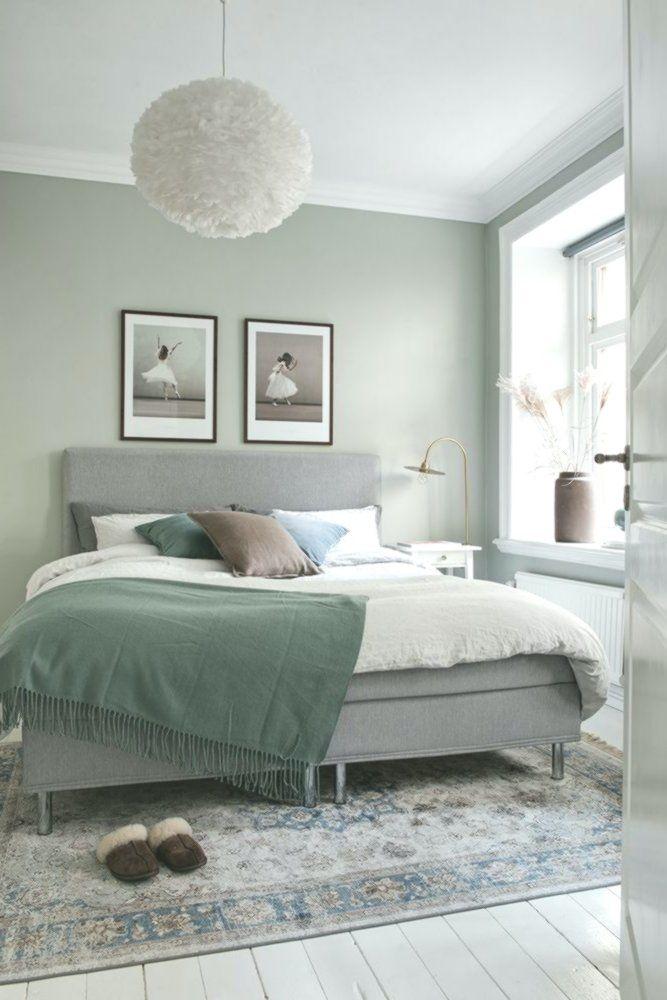
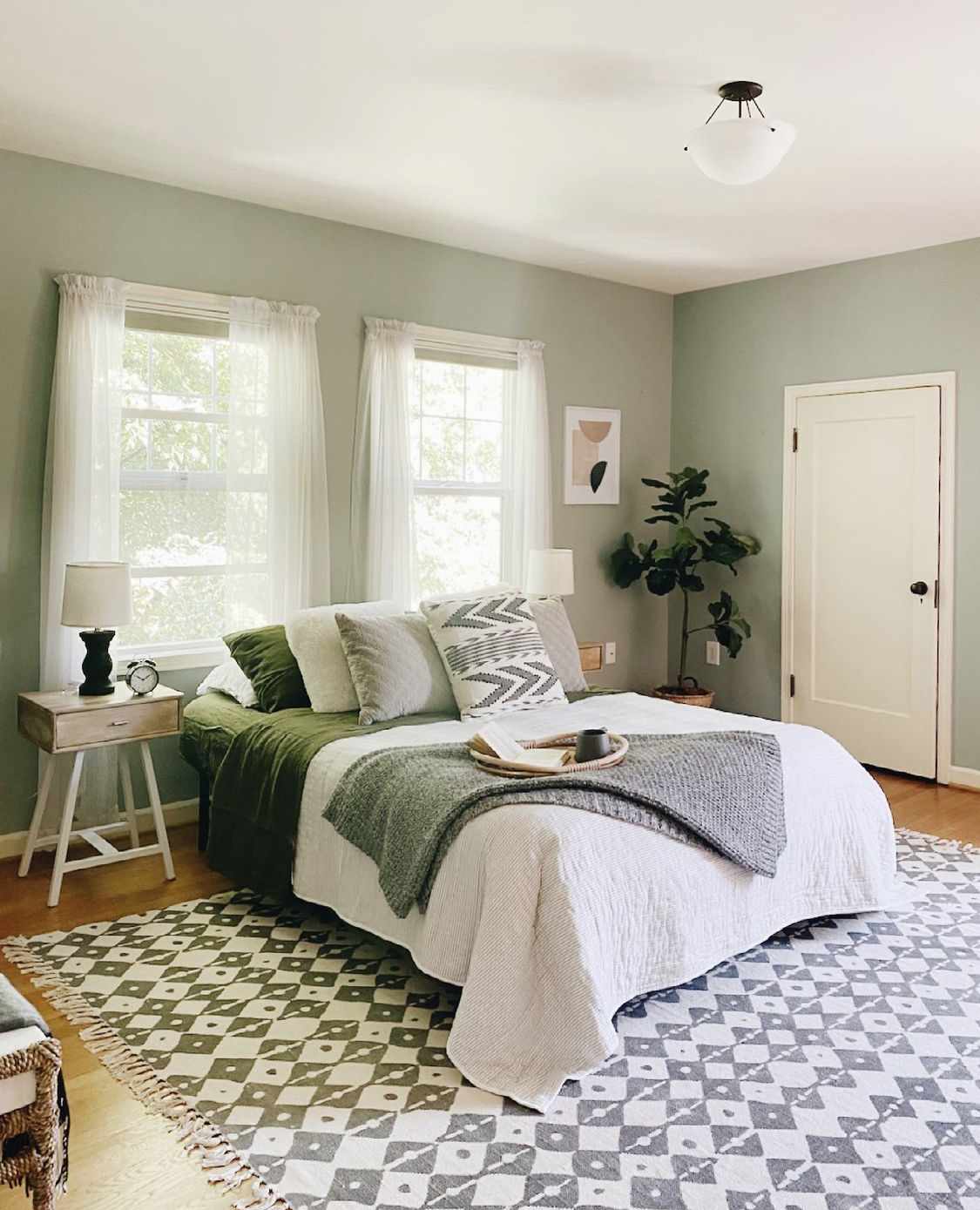

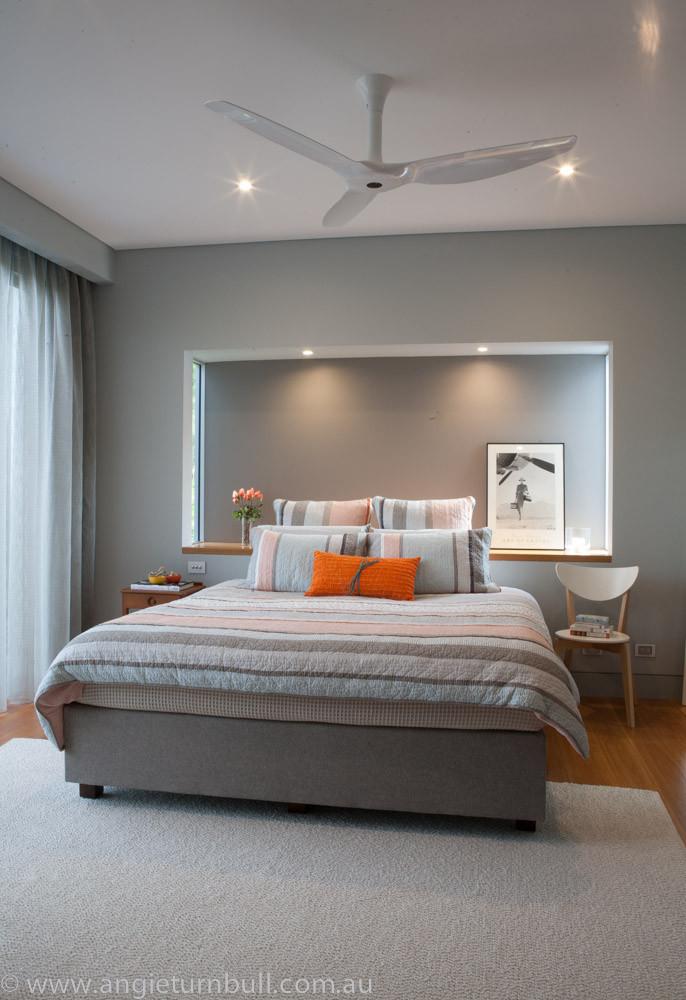
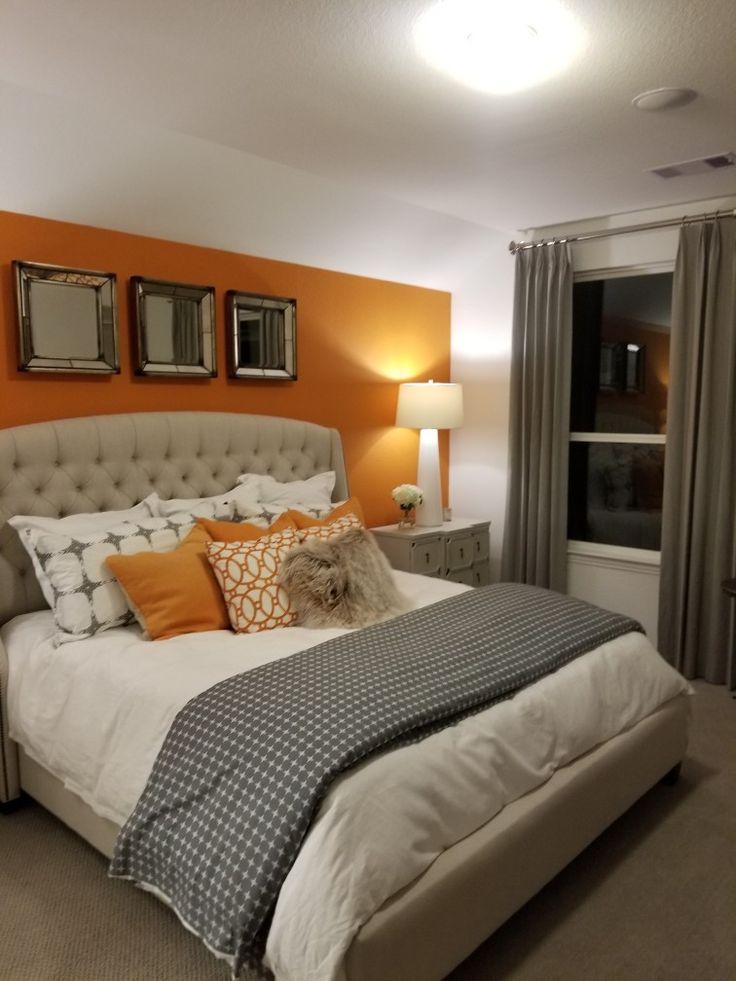
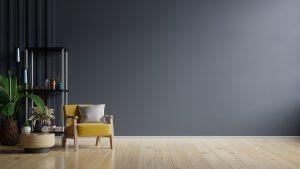
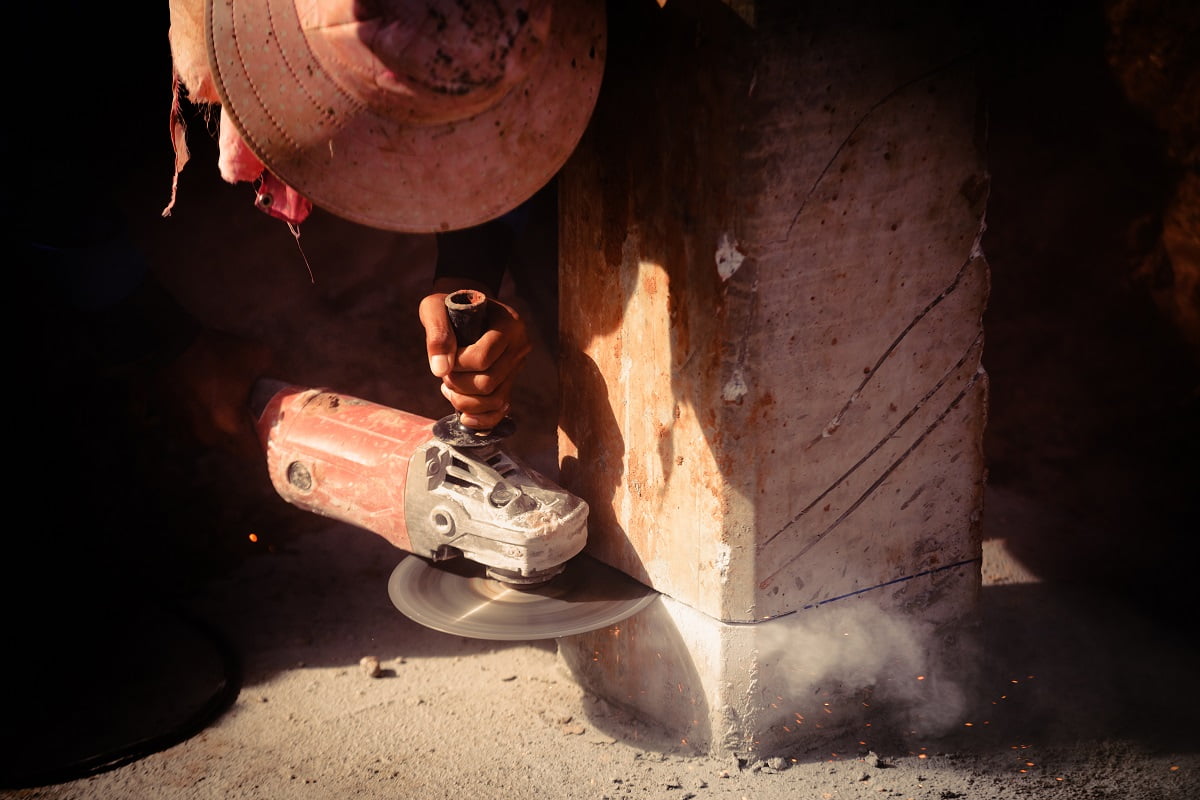
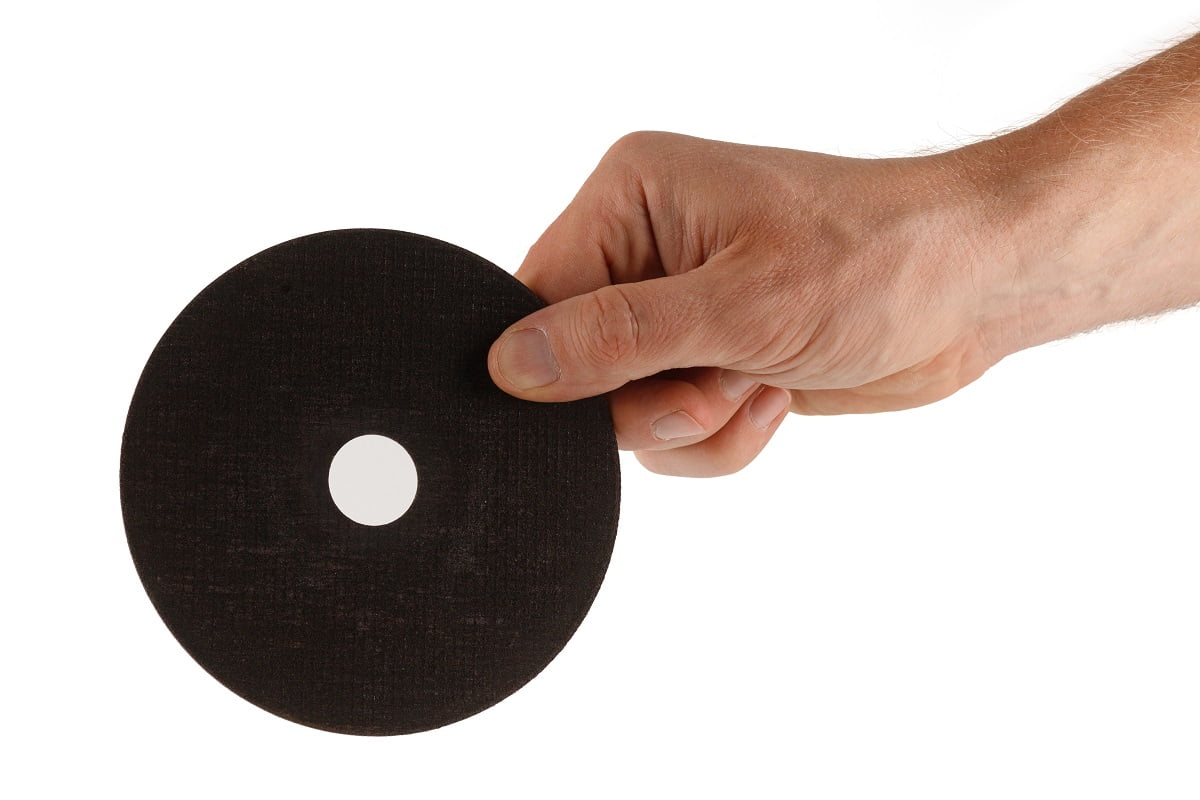
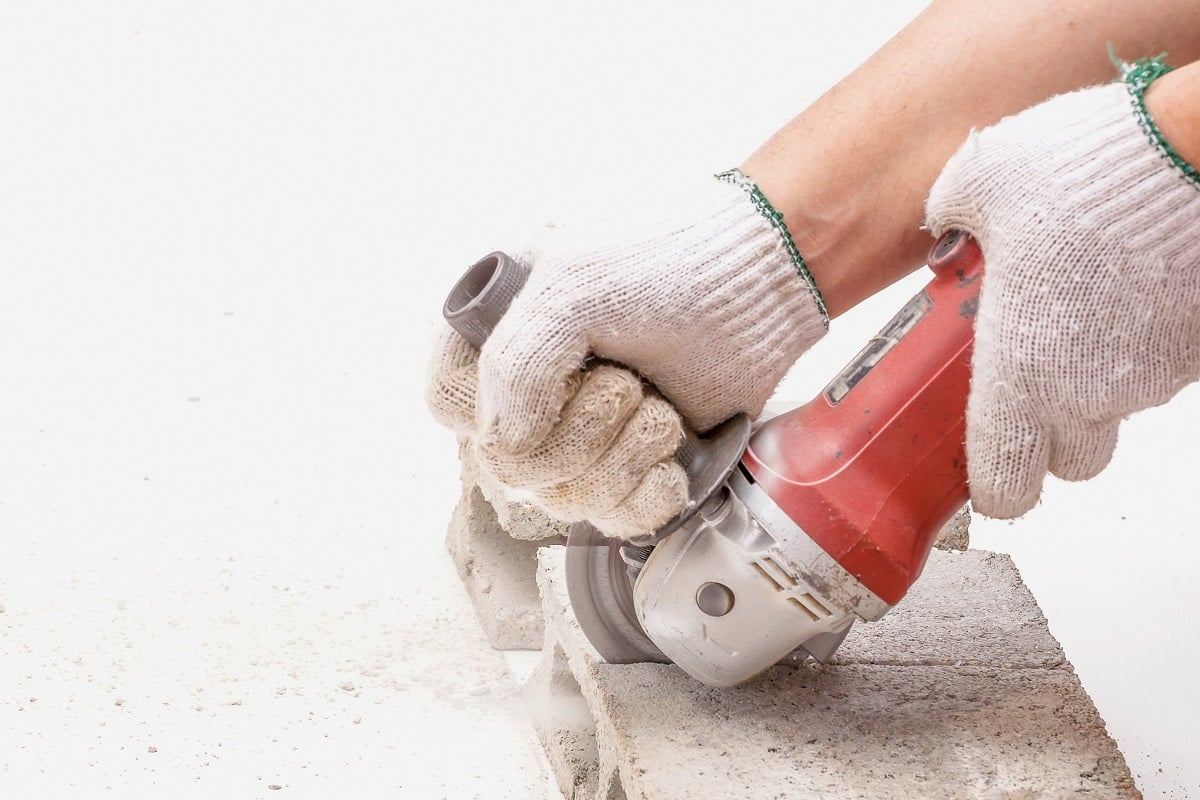
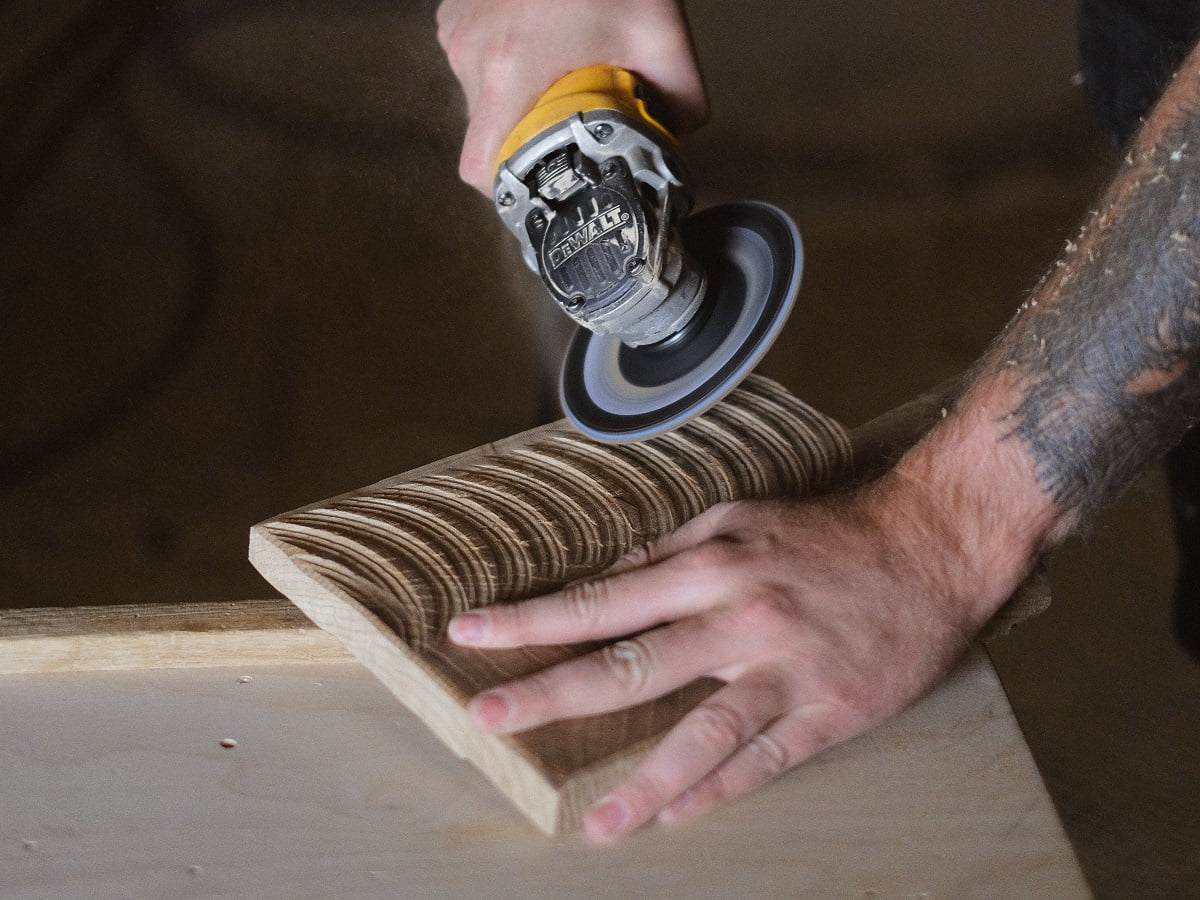
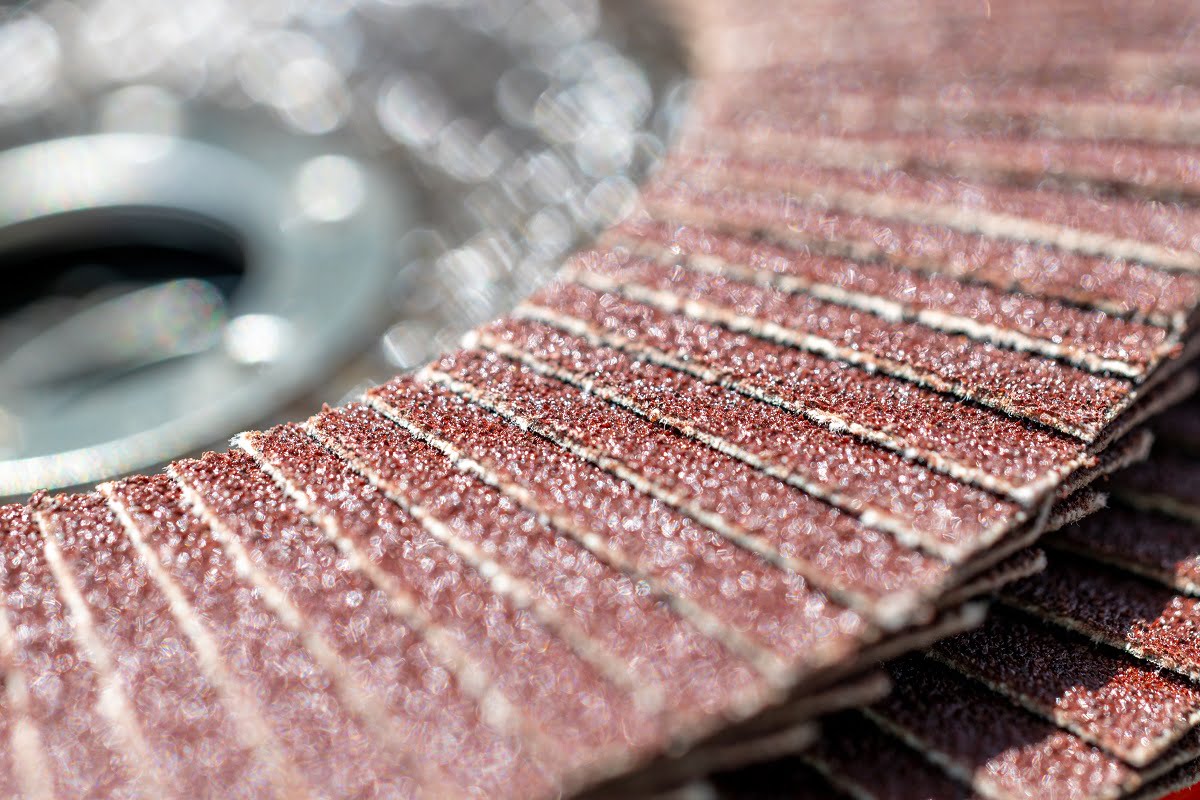
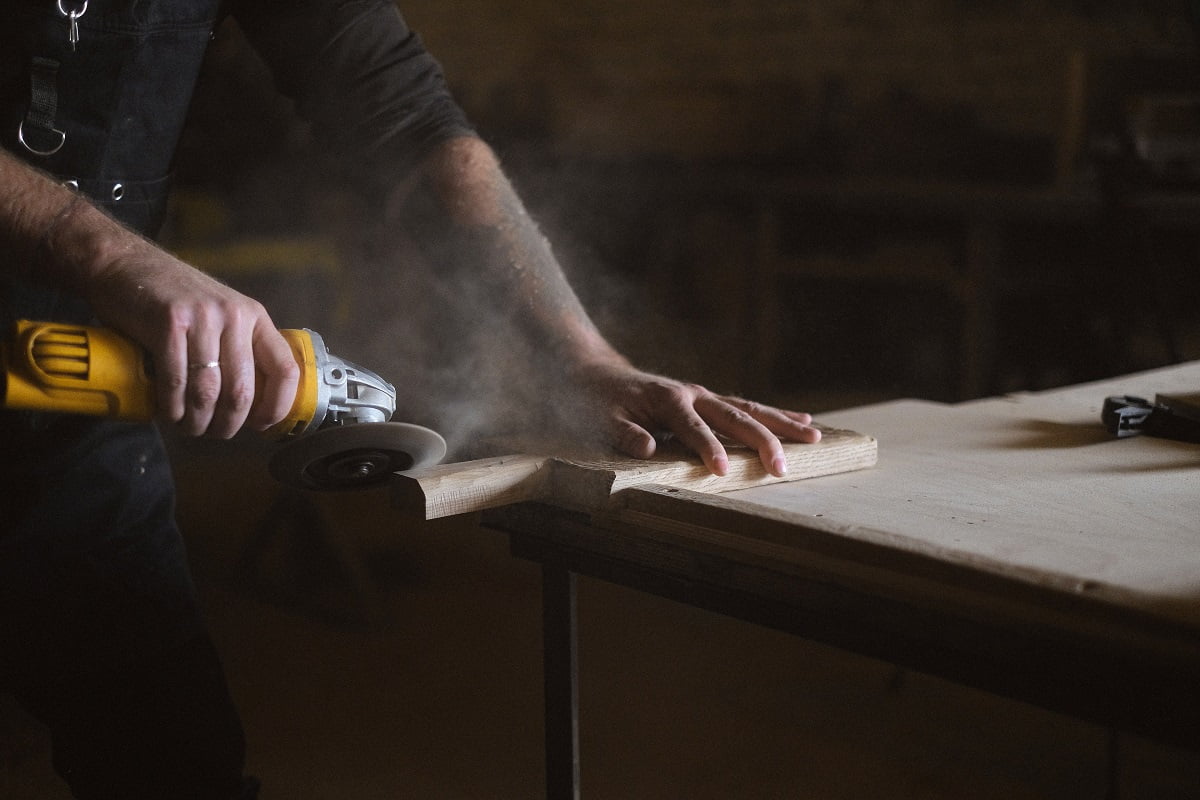
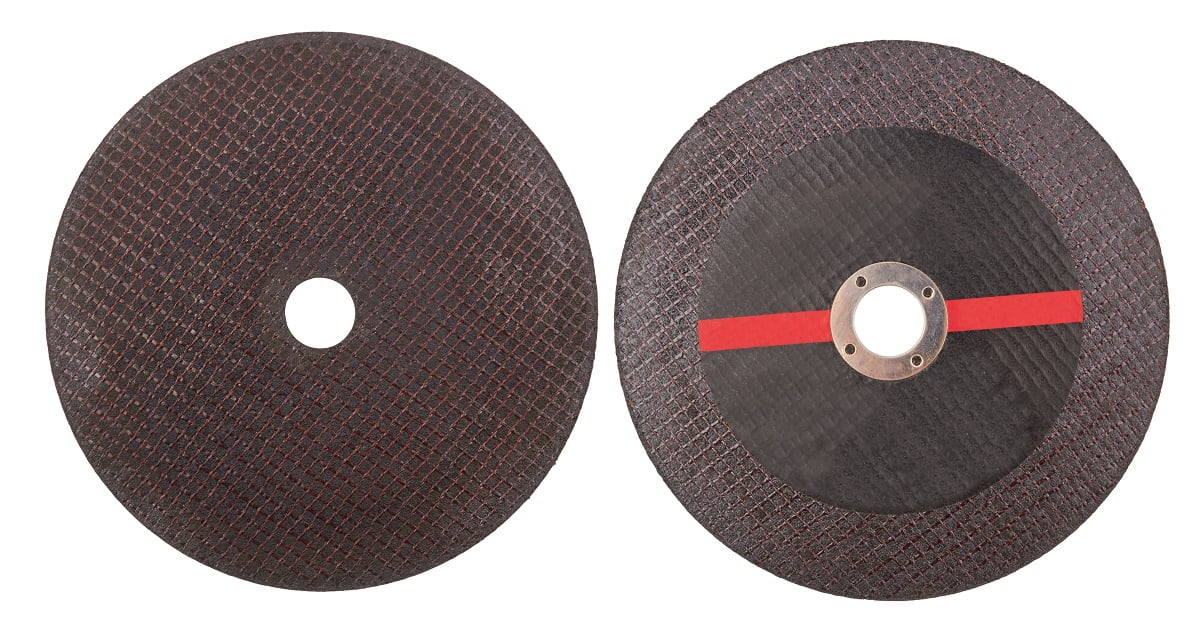
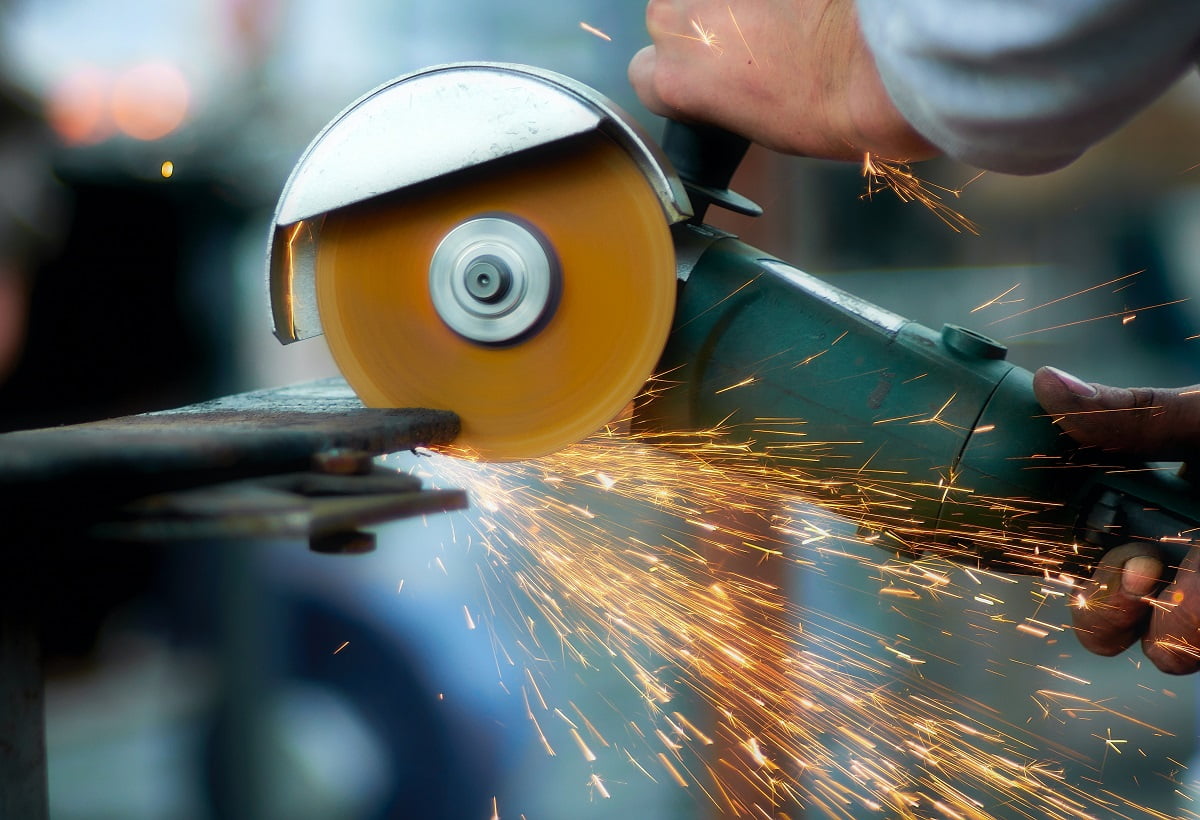
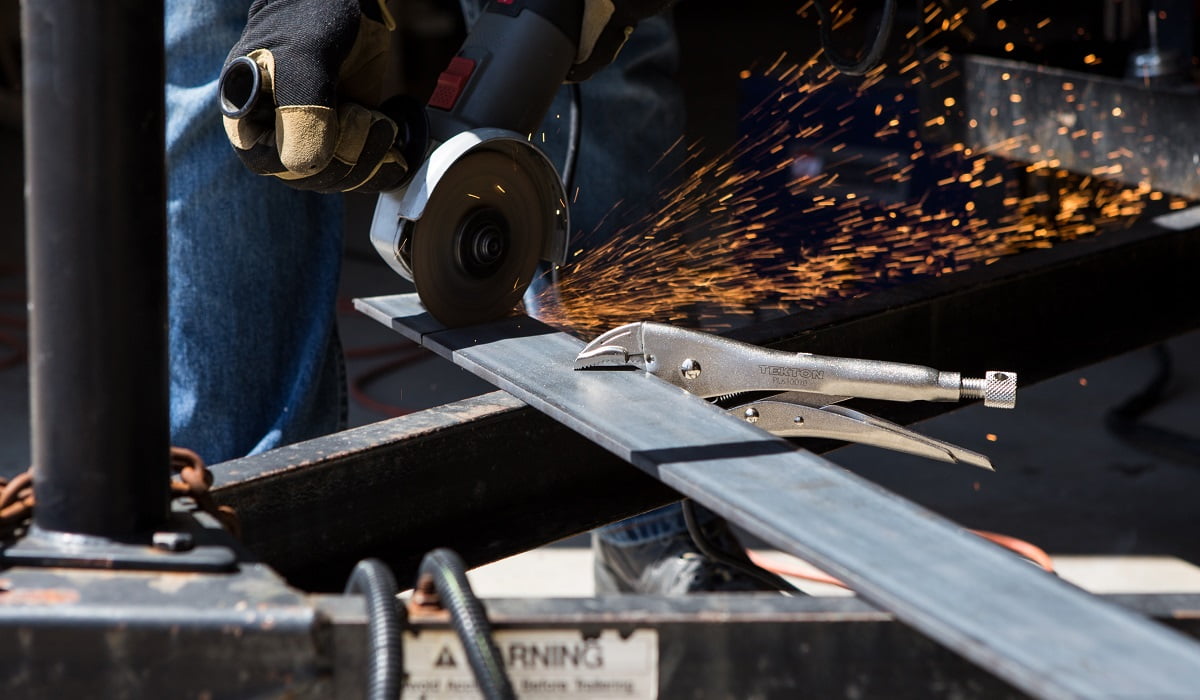
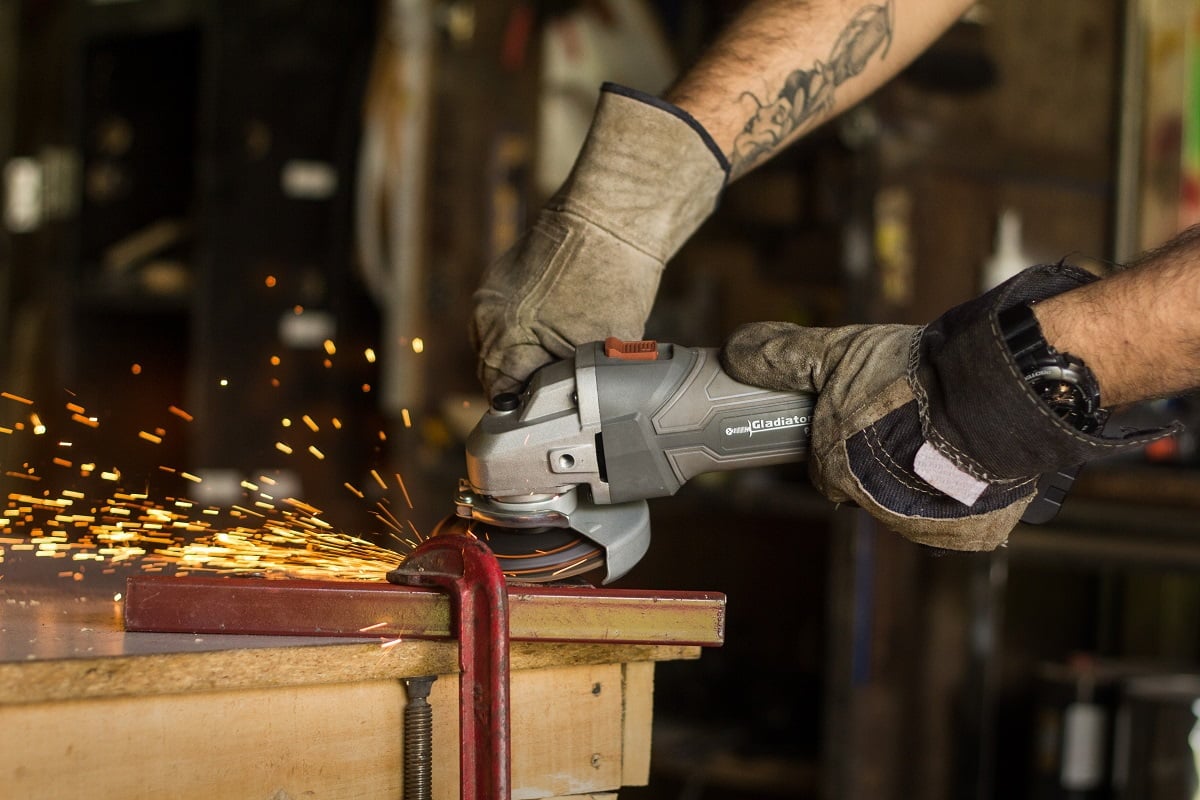
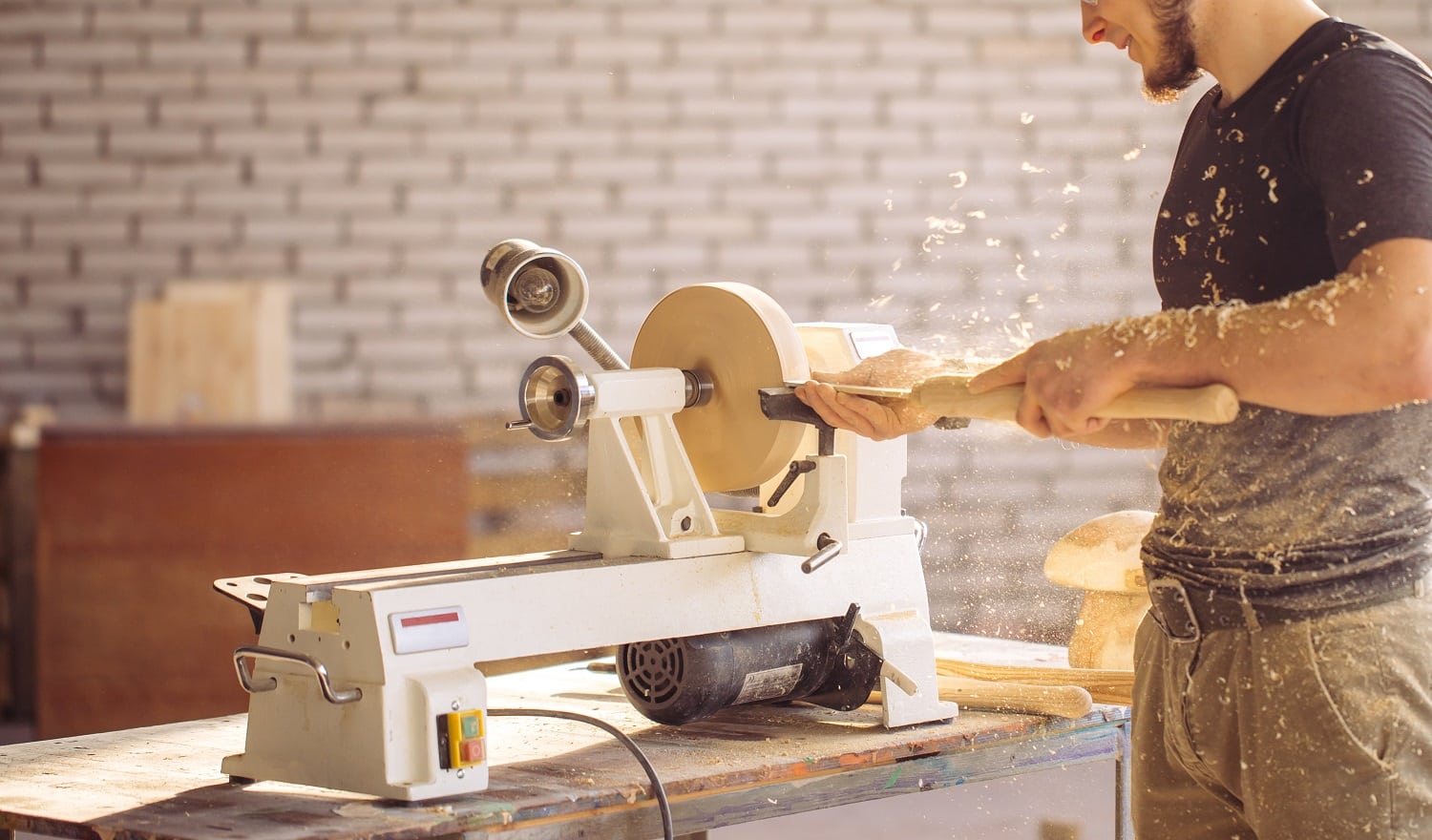
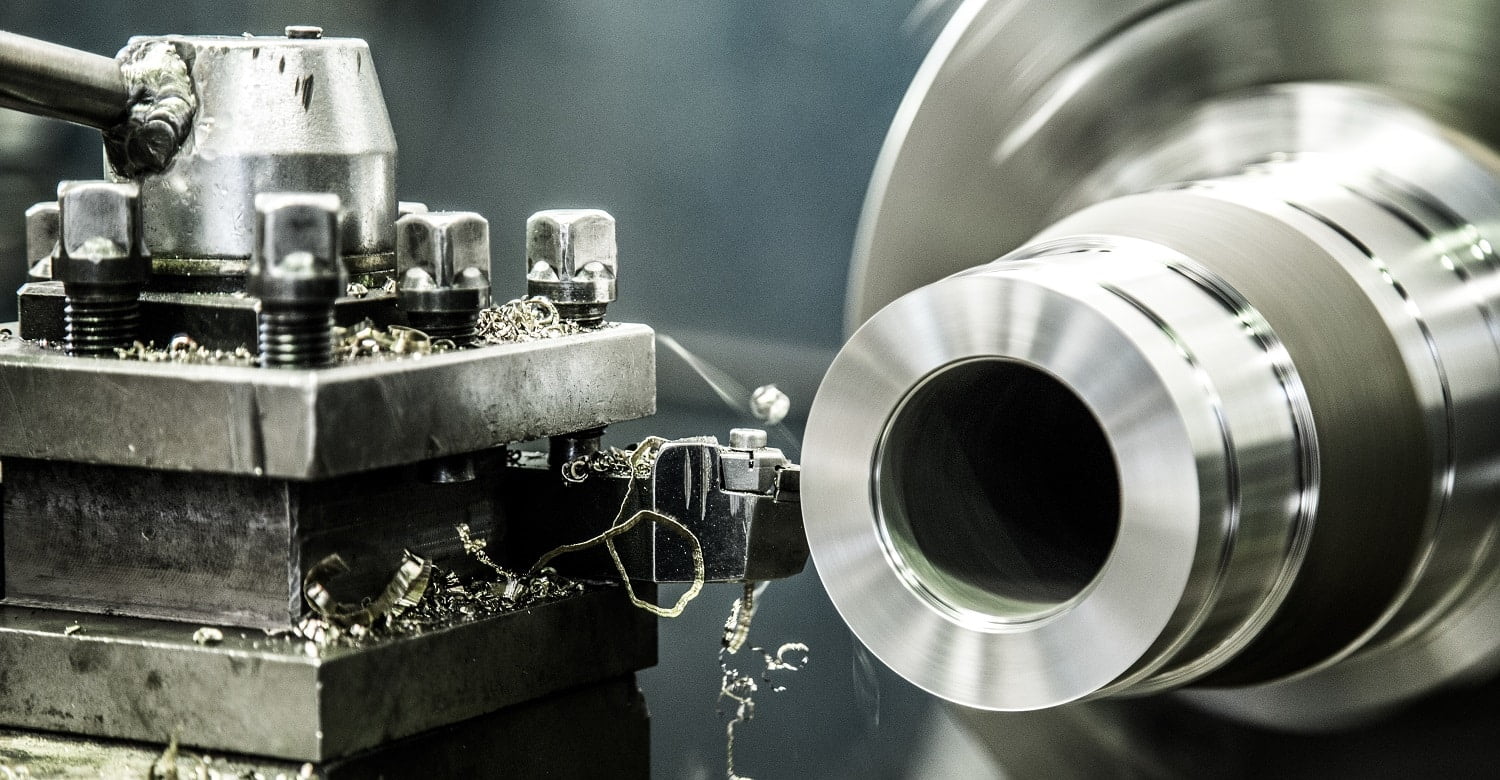
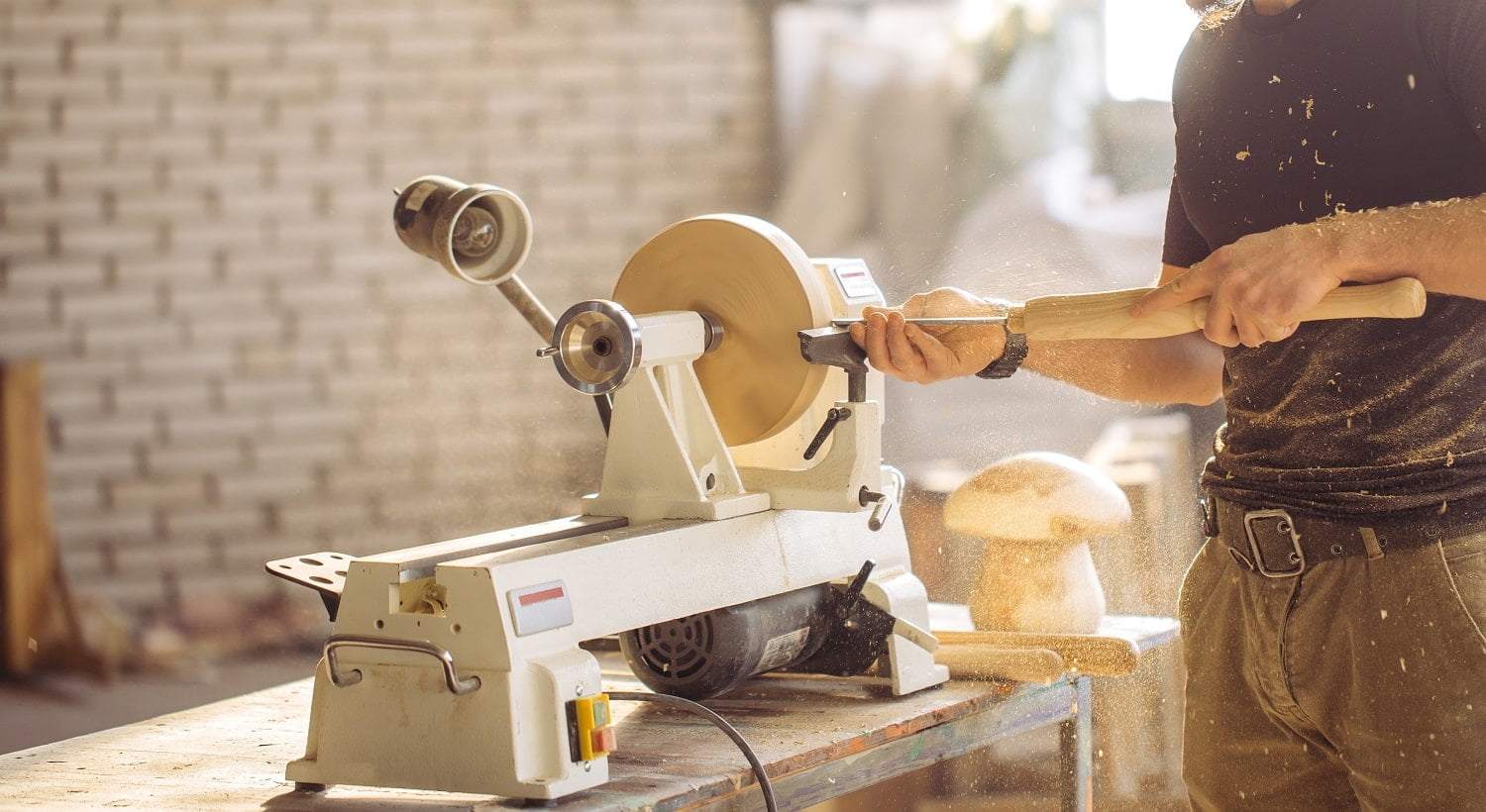



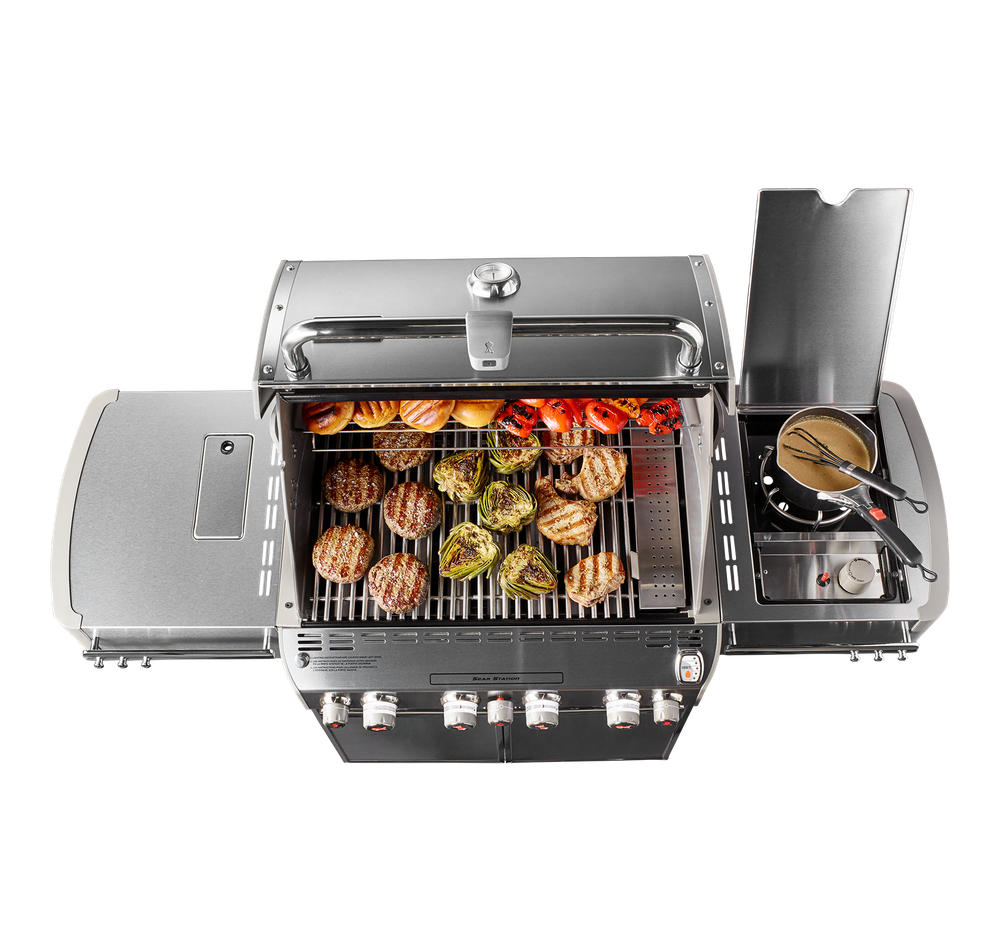
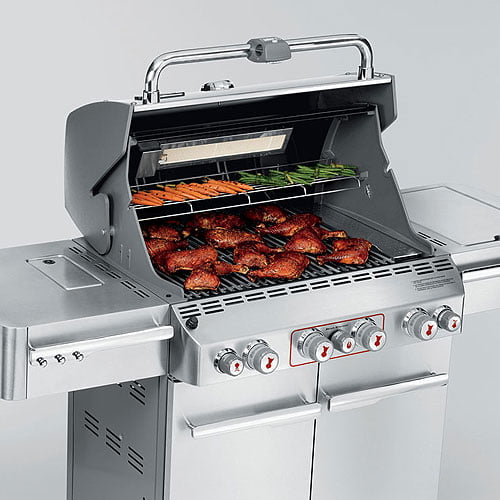
![Weber Spirit vs. Spirit II [All You Need to Know] Weber Spirit vs. Spirit II [All You Need to Know]](https://homesthetics.net/wp-content/uploads/2021/07/Weber-Spirit-II-E-210-And-Weber-Spirit-E-210.jpg)
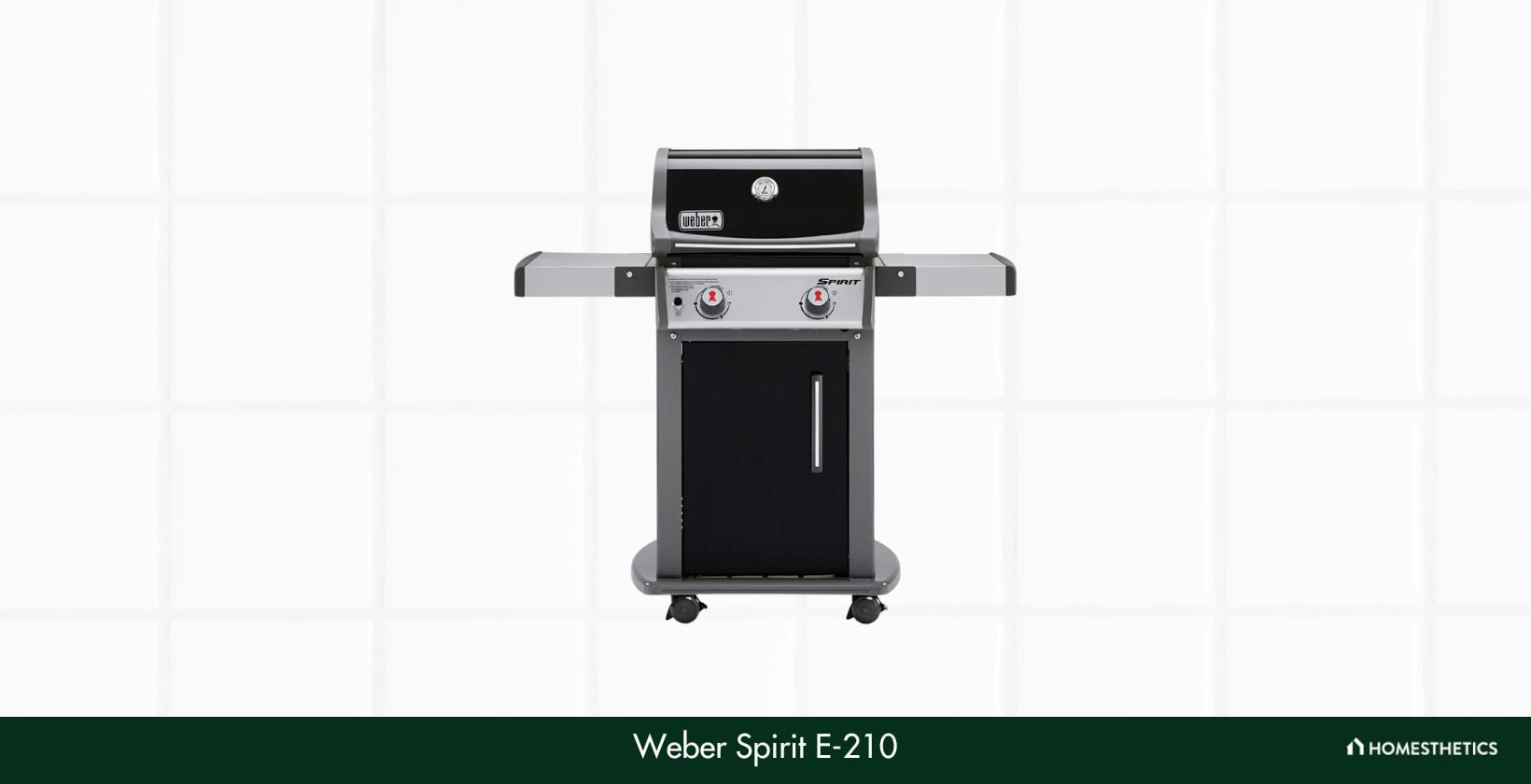
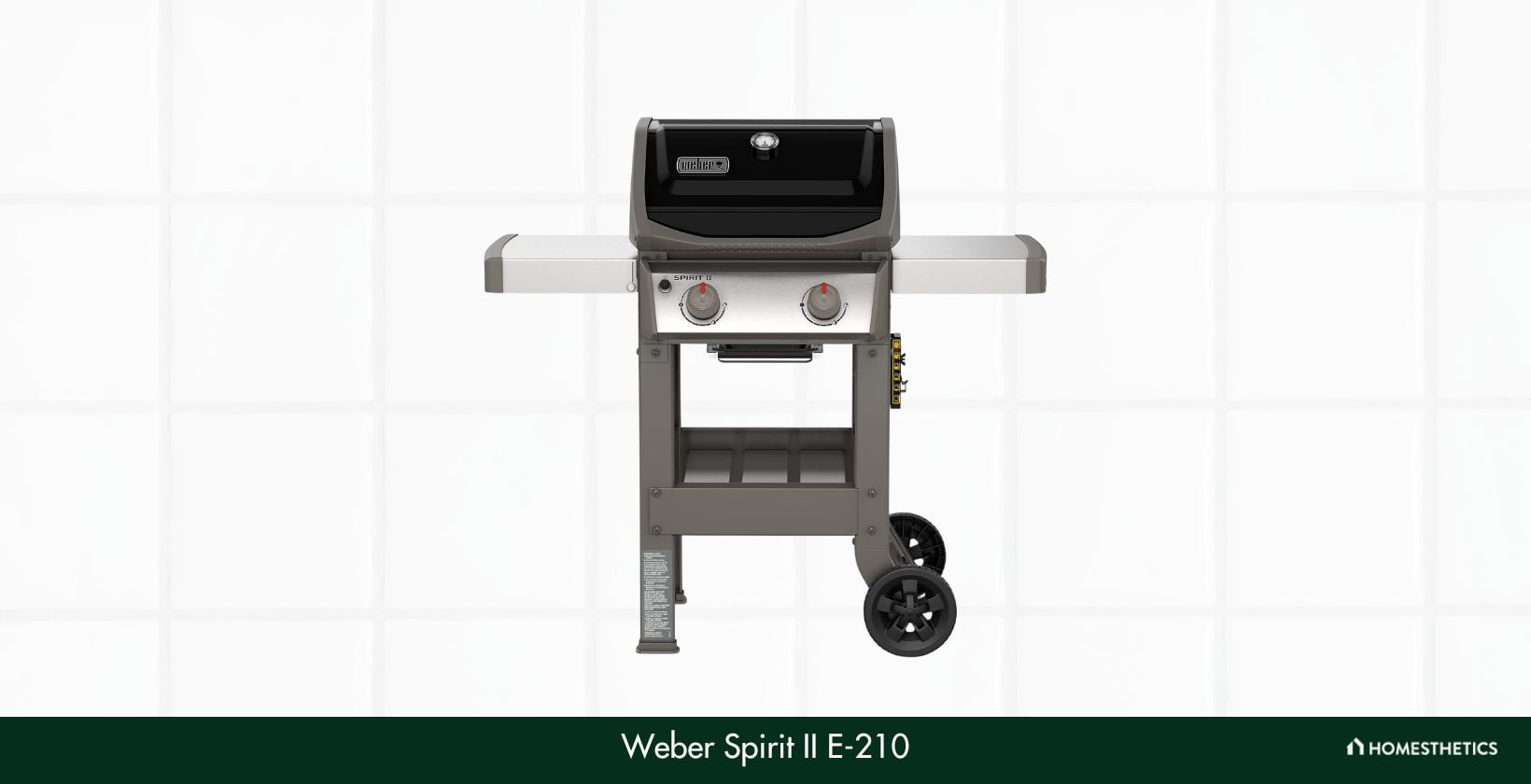
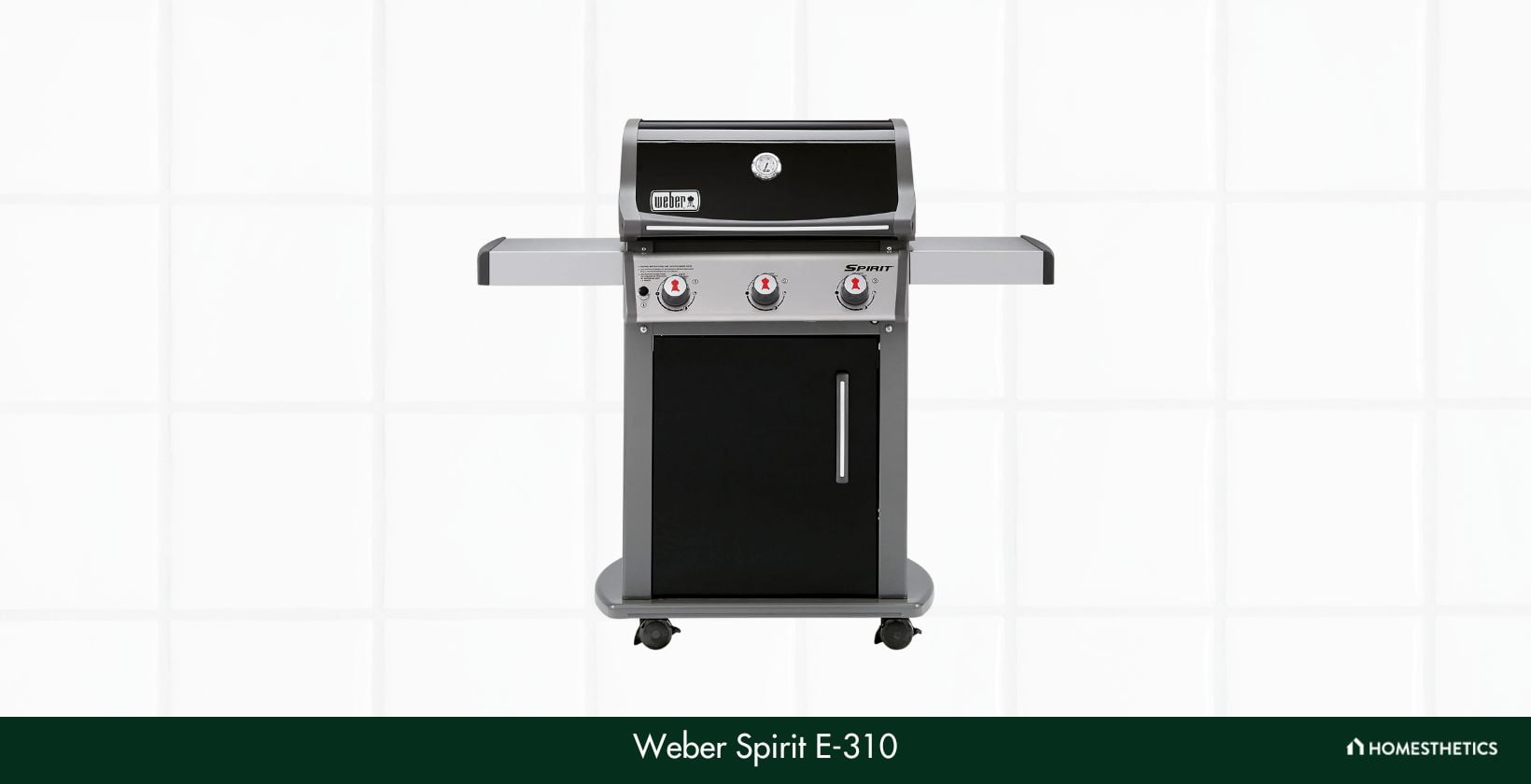
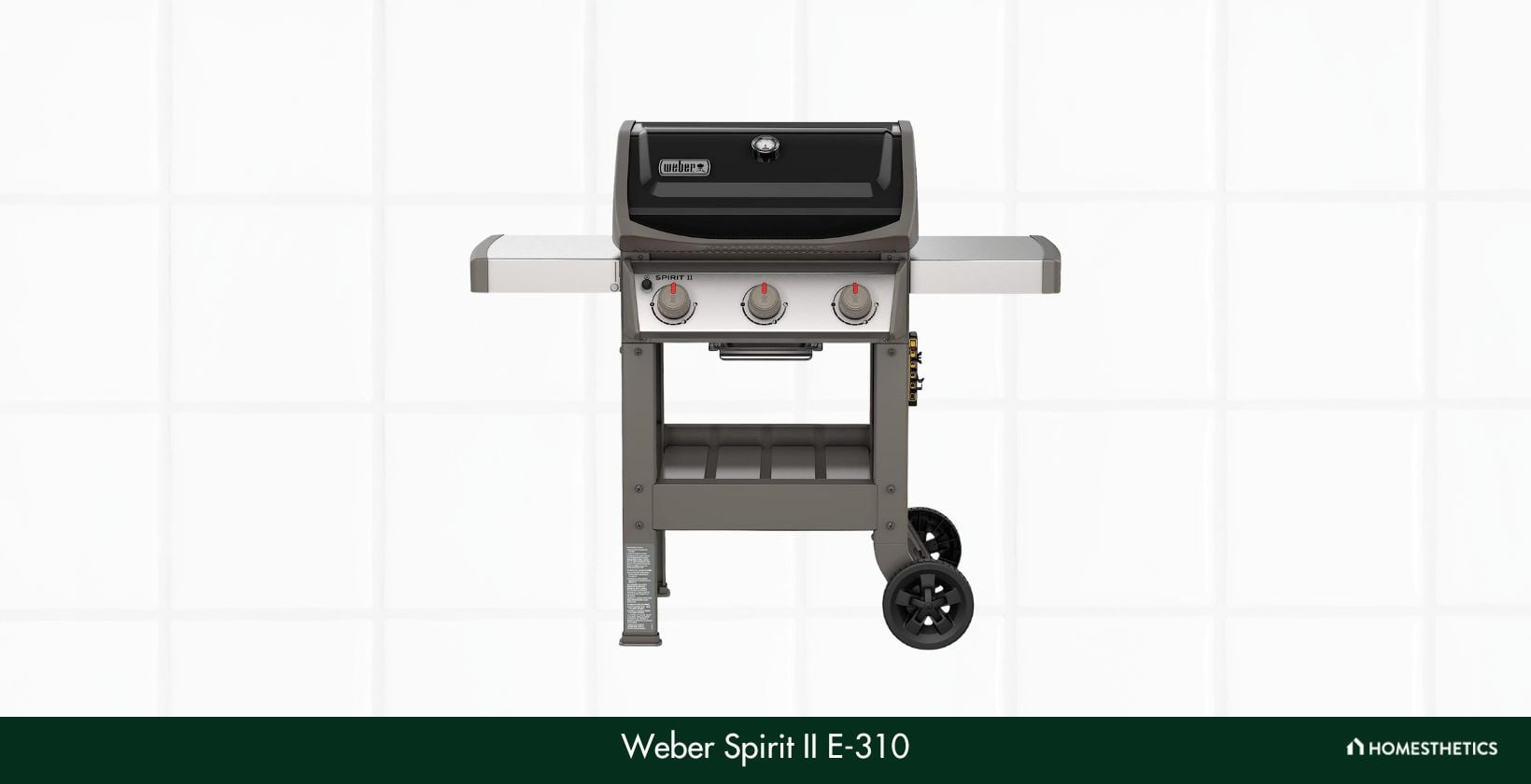
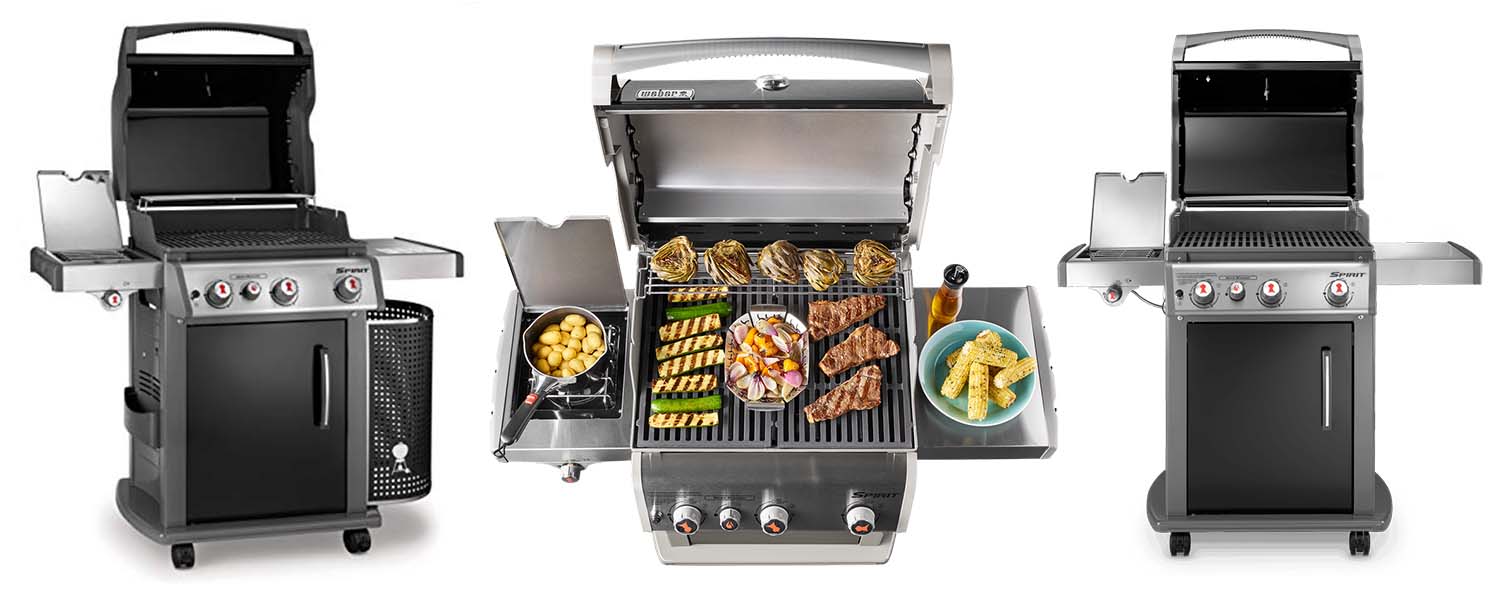









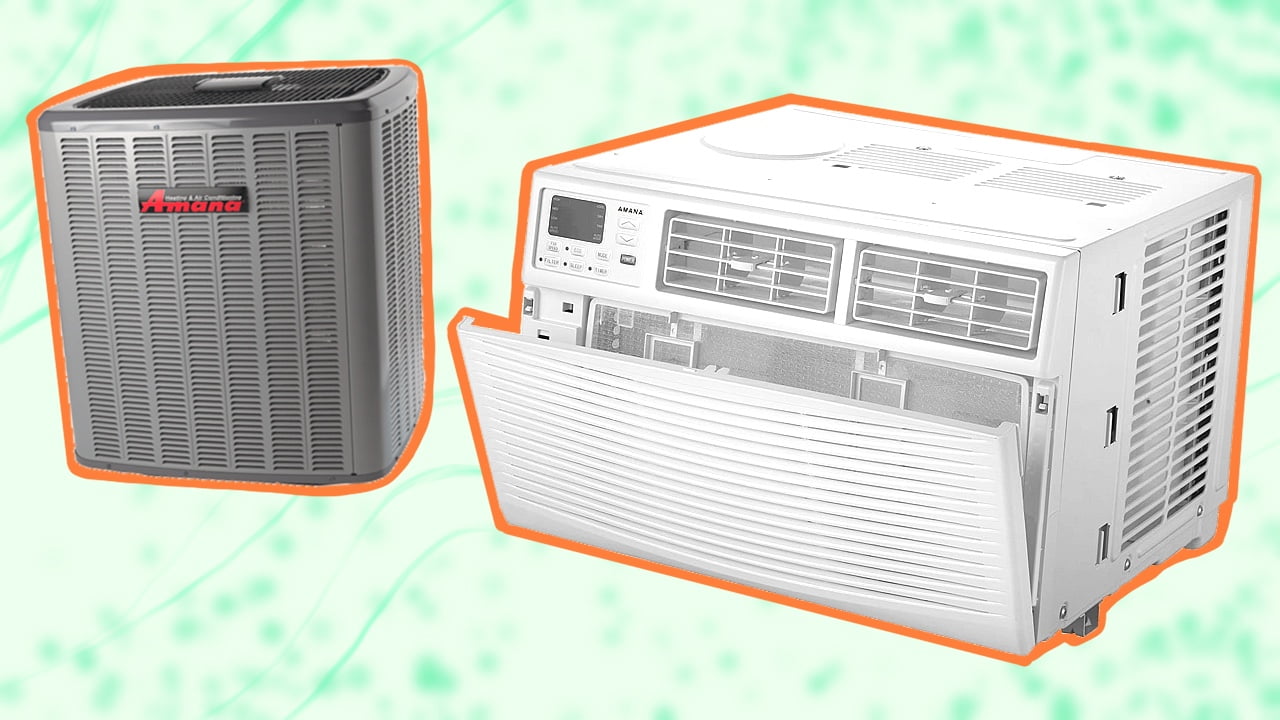
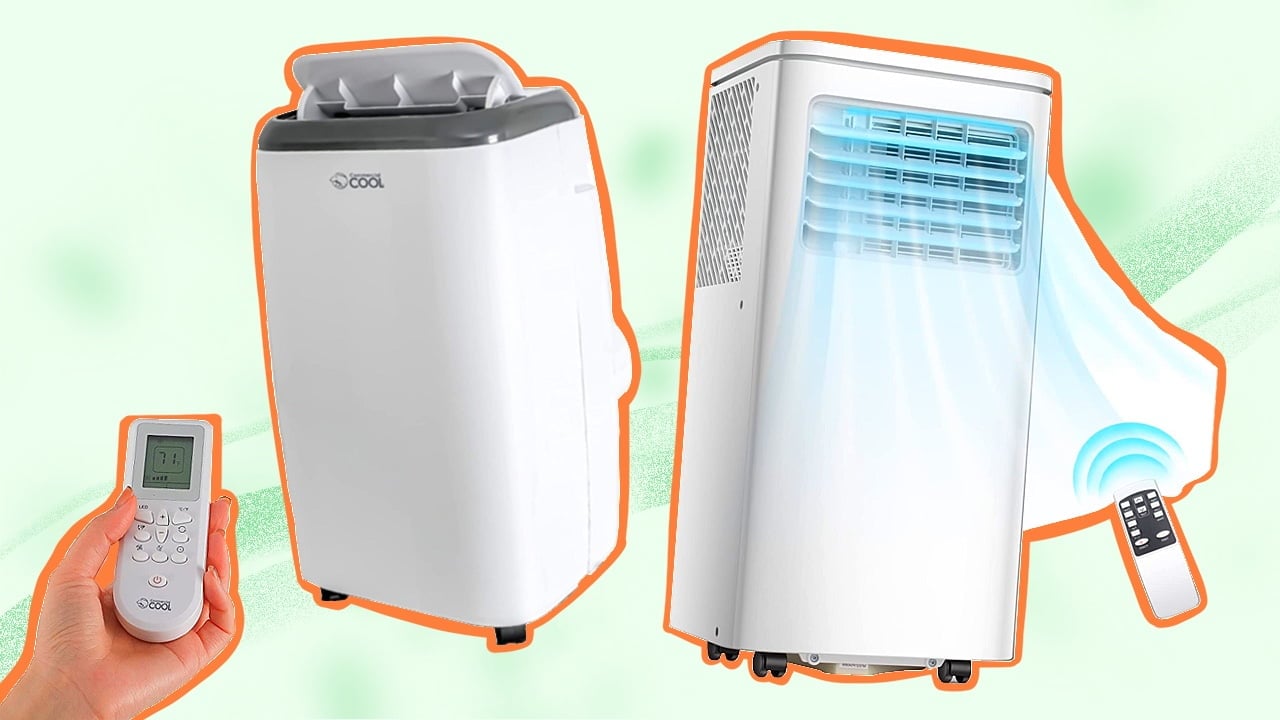
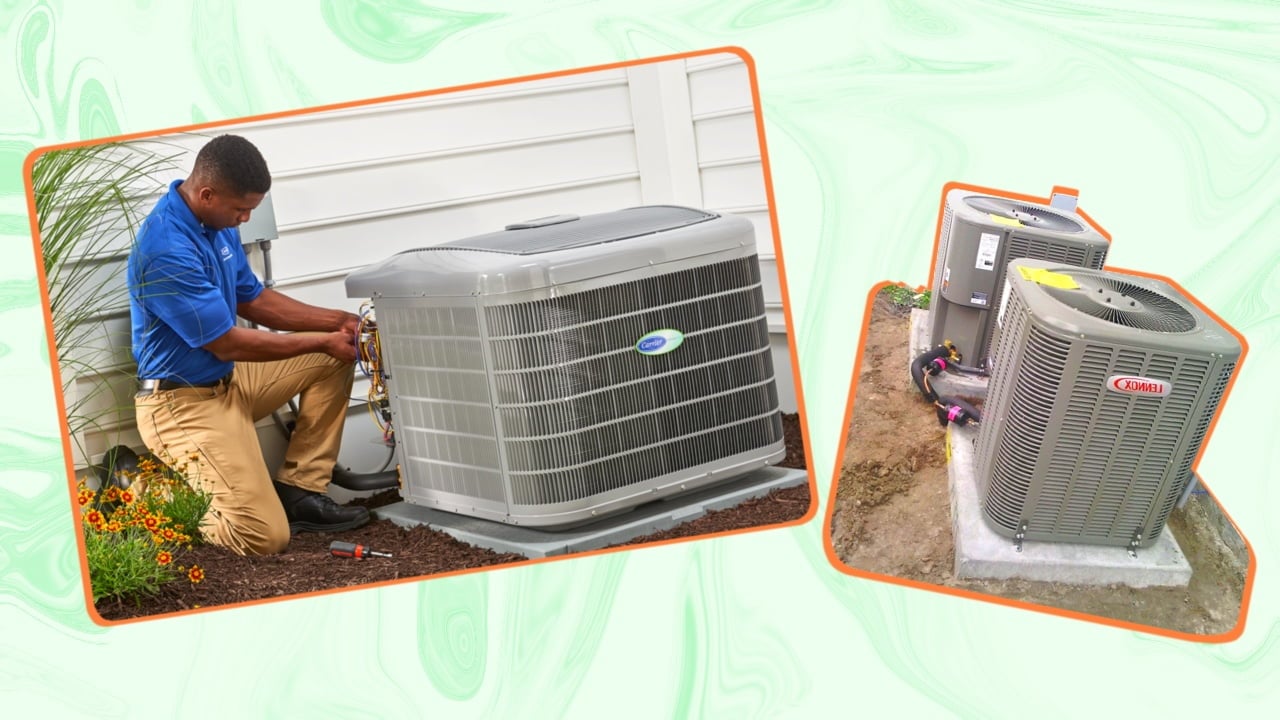
![Waterproof Epoxy 101 [Is Epoxy Waterproof?] Waterproof Epoxy 101 [Is Epoxy Waterproof?]](https://homesthetics.net/wp-content/uploads/2021/09/Waterproof-Epoxy-101-01.jpg)
